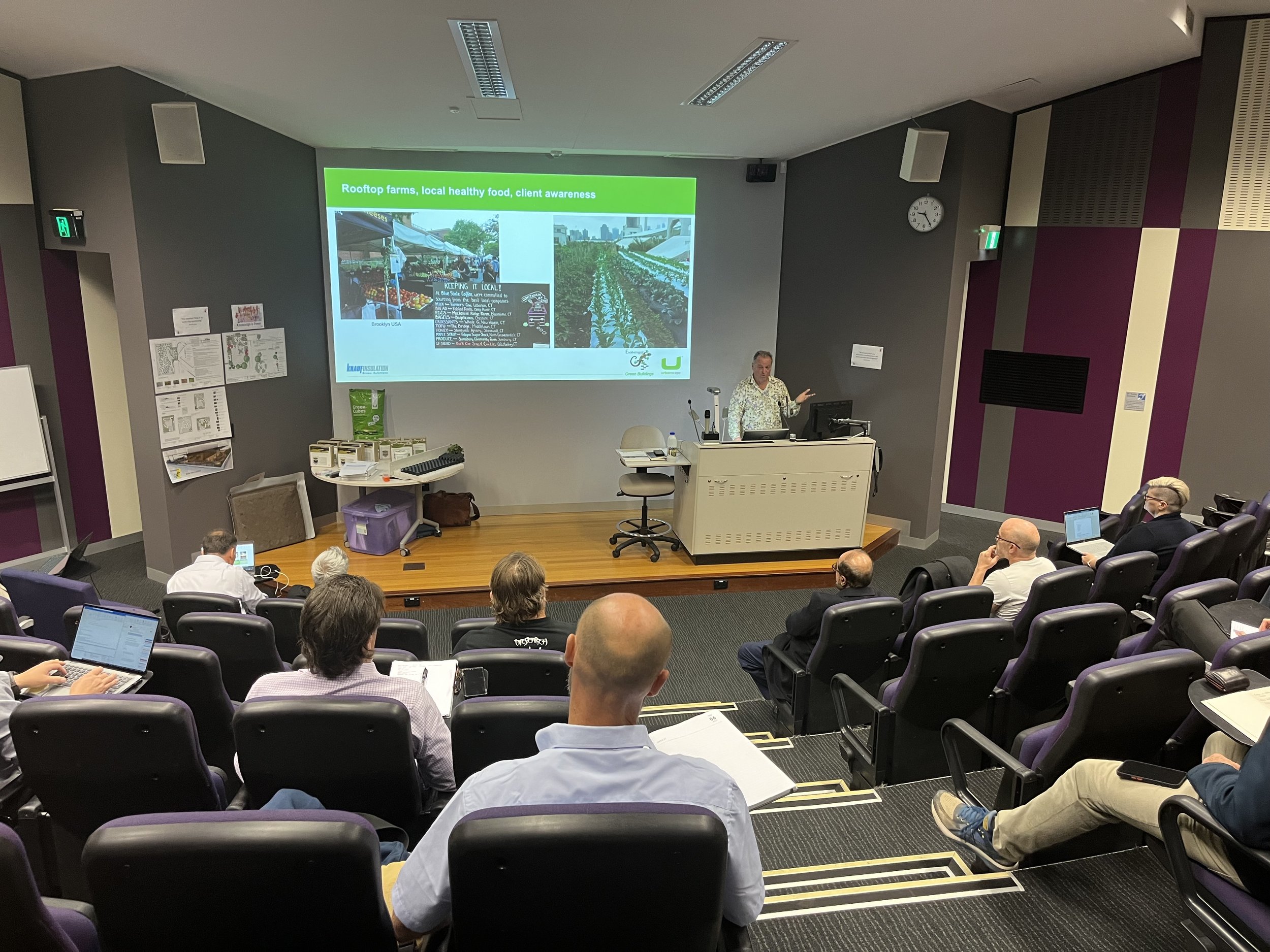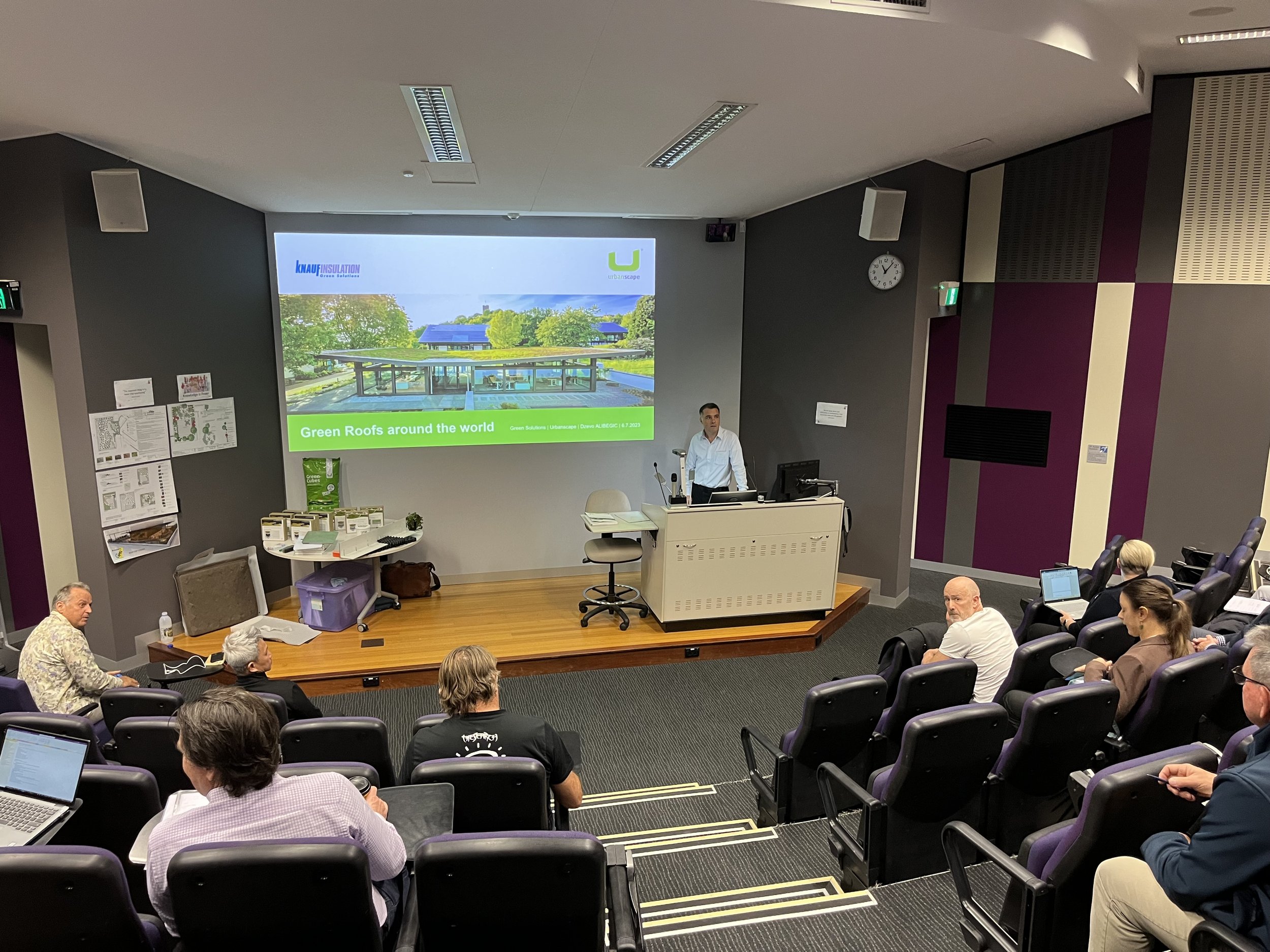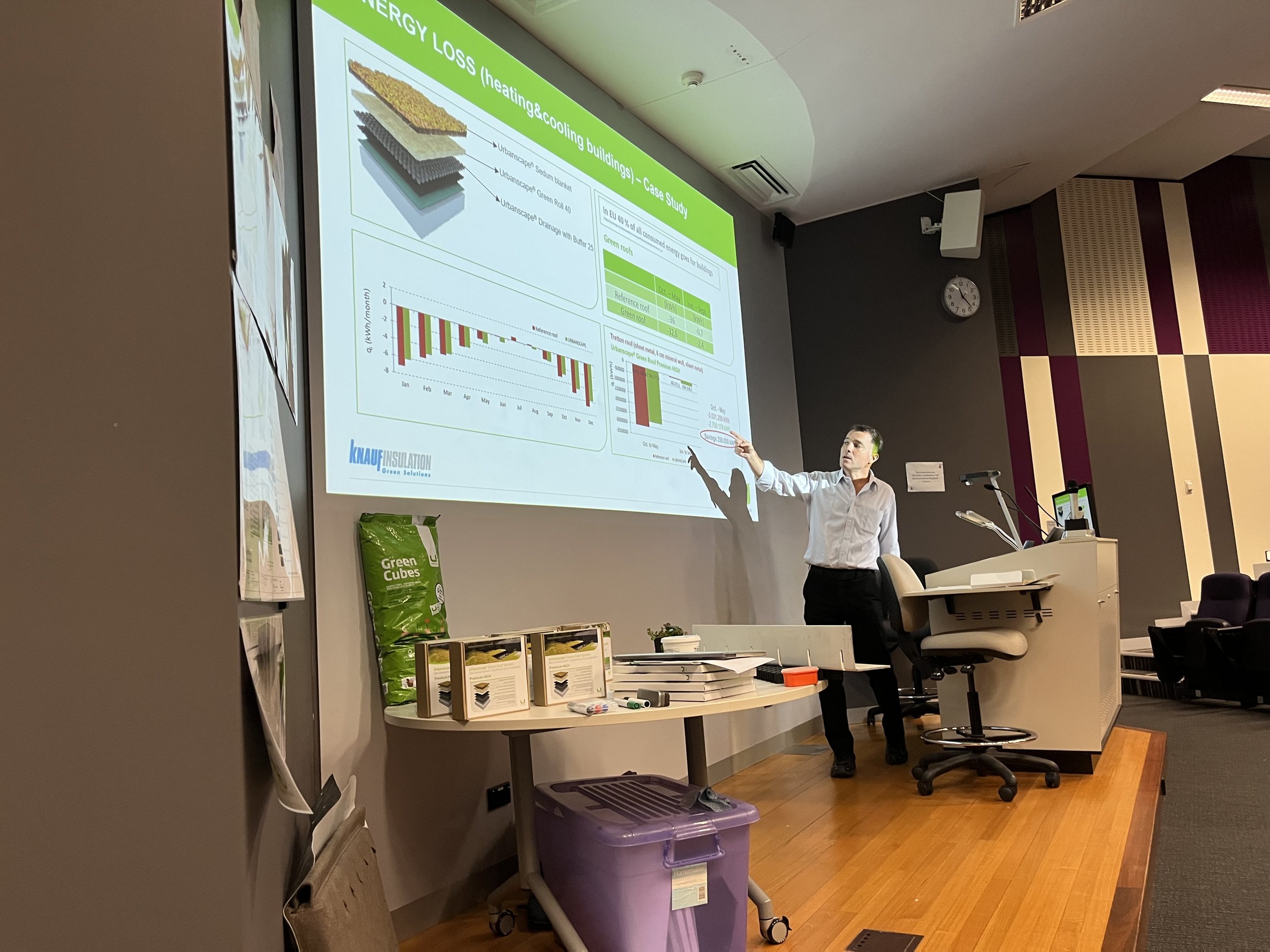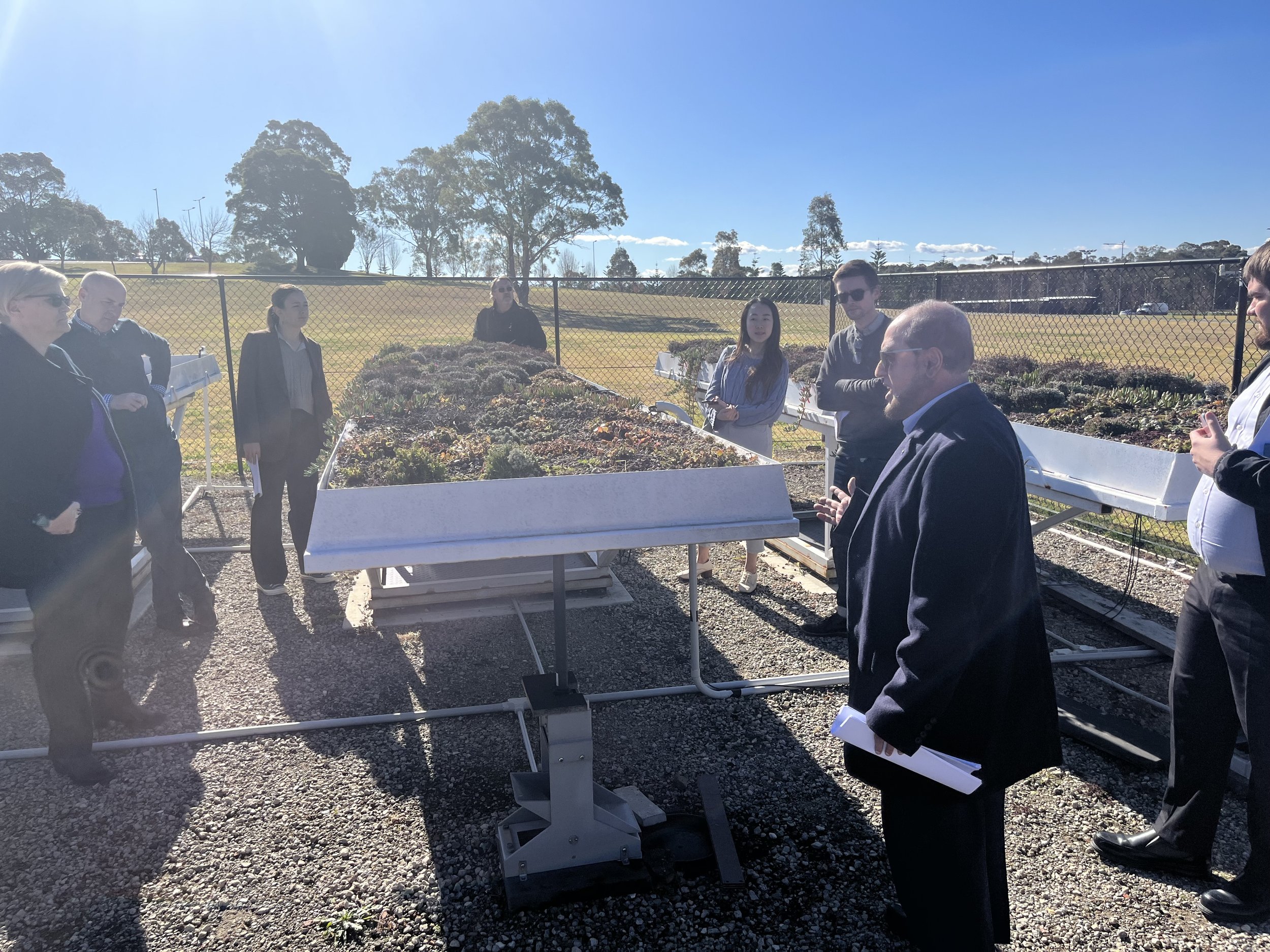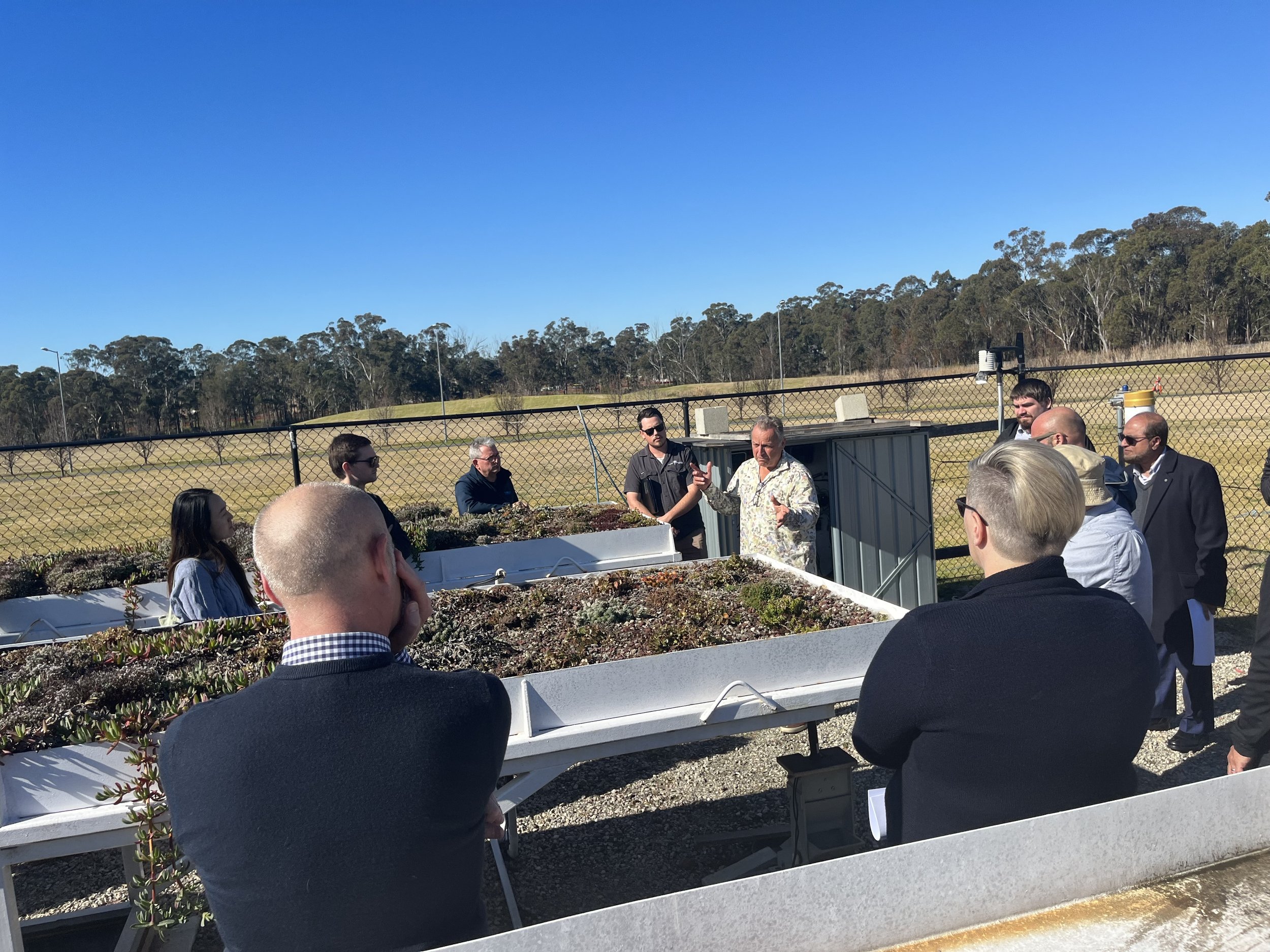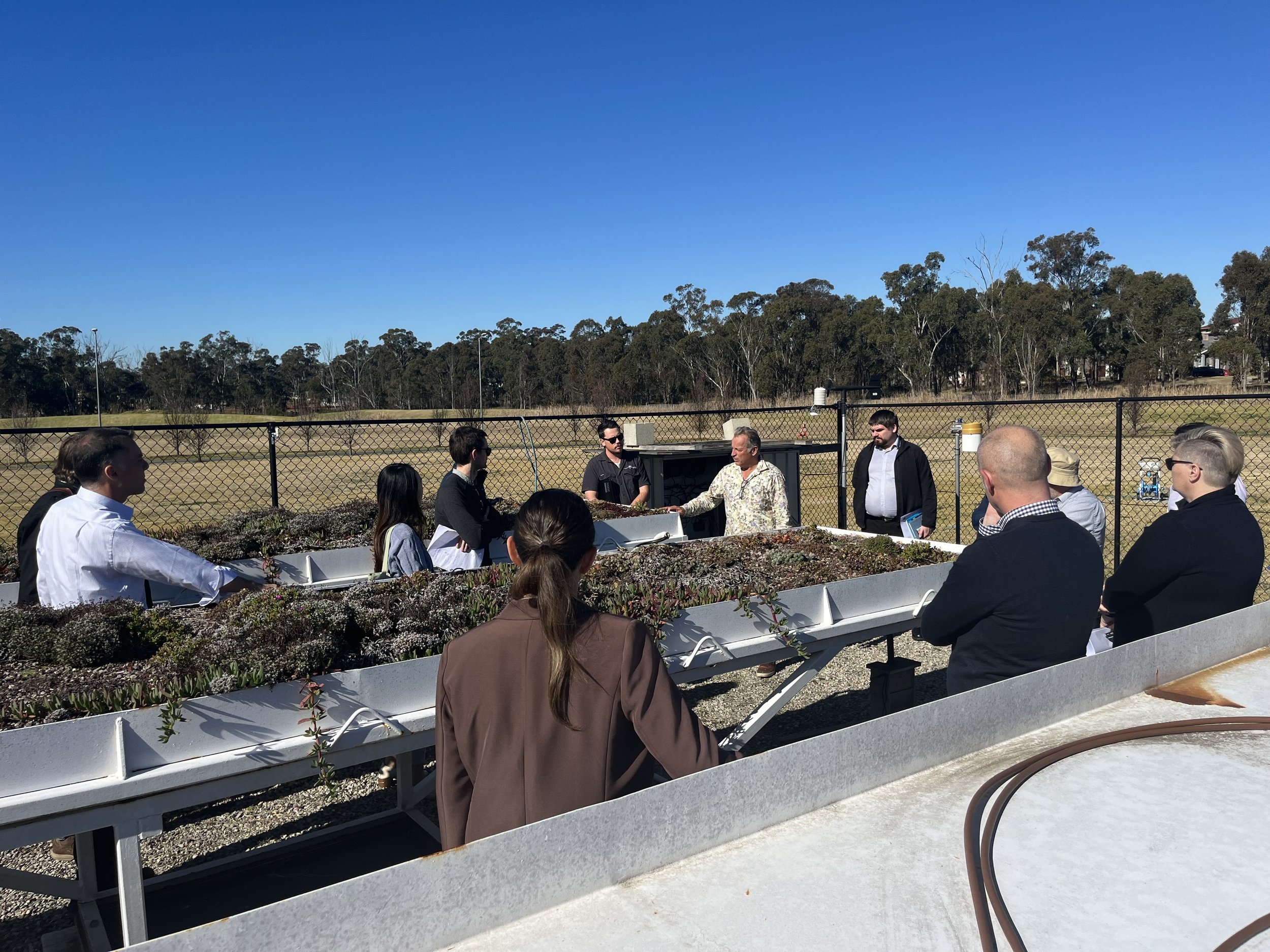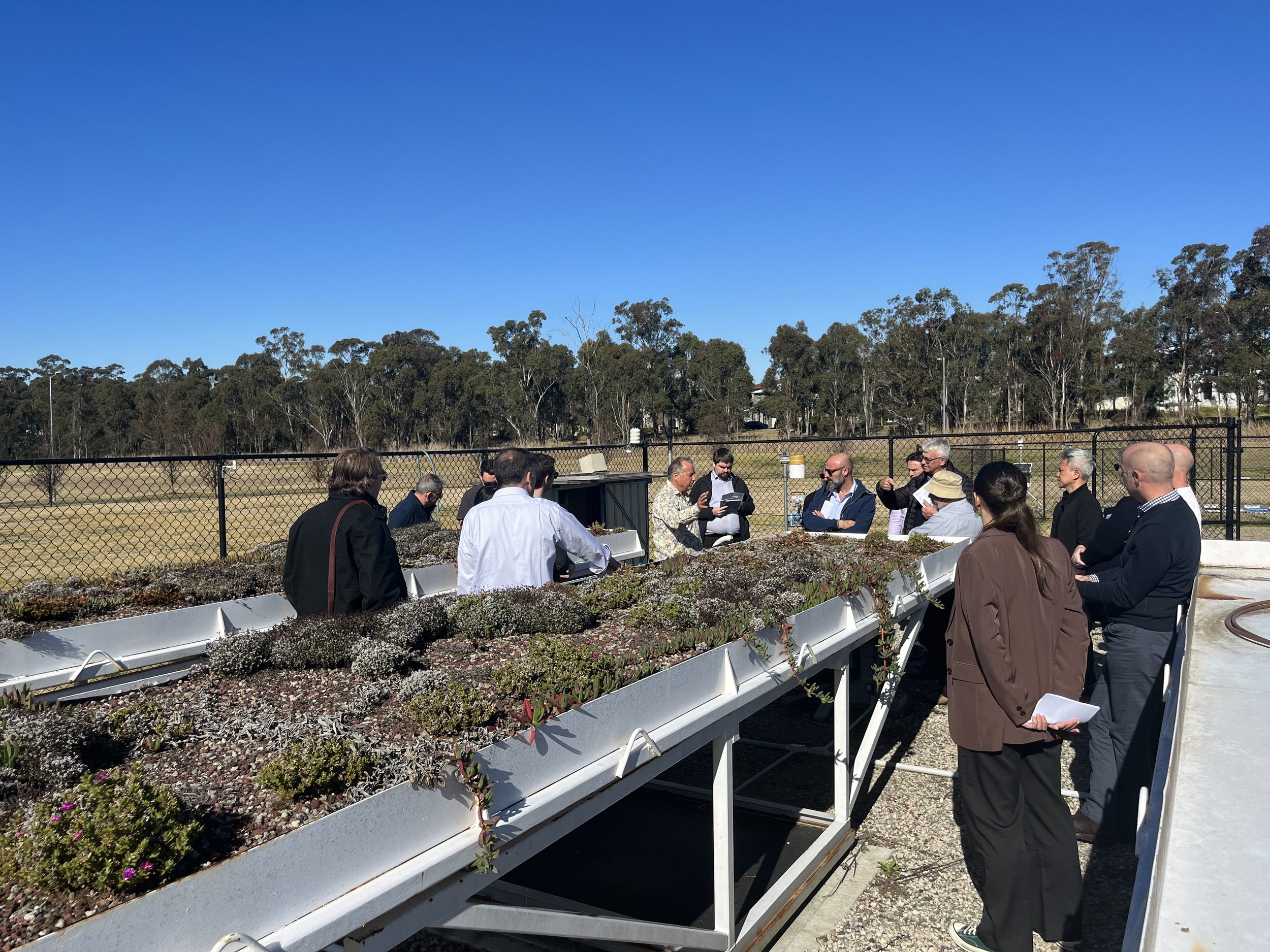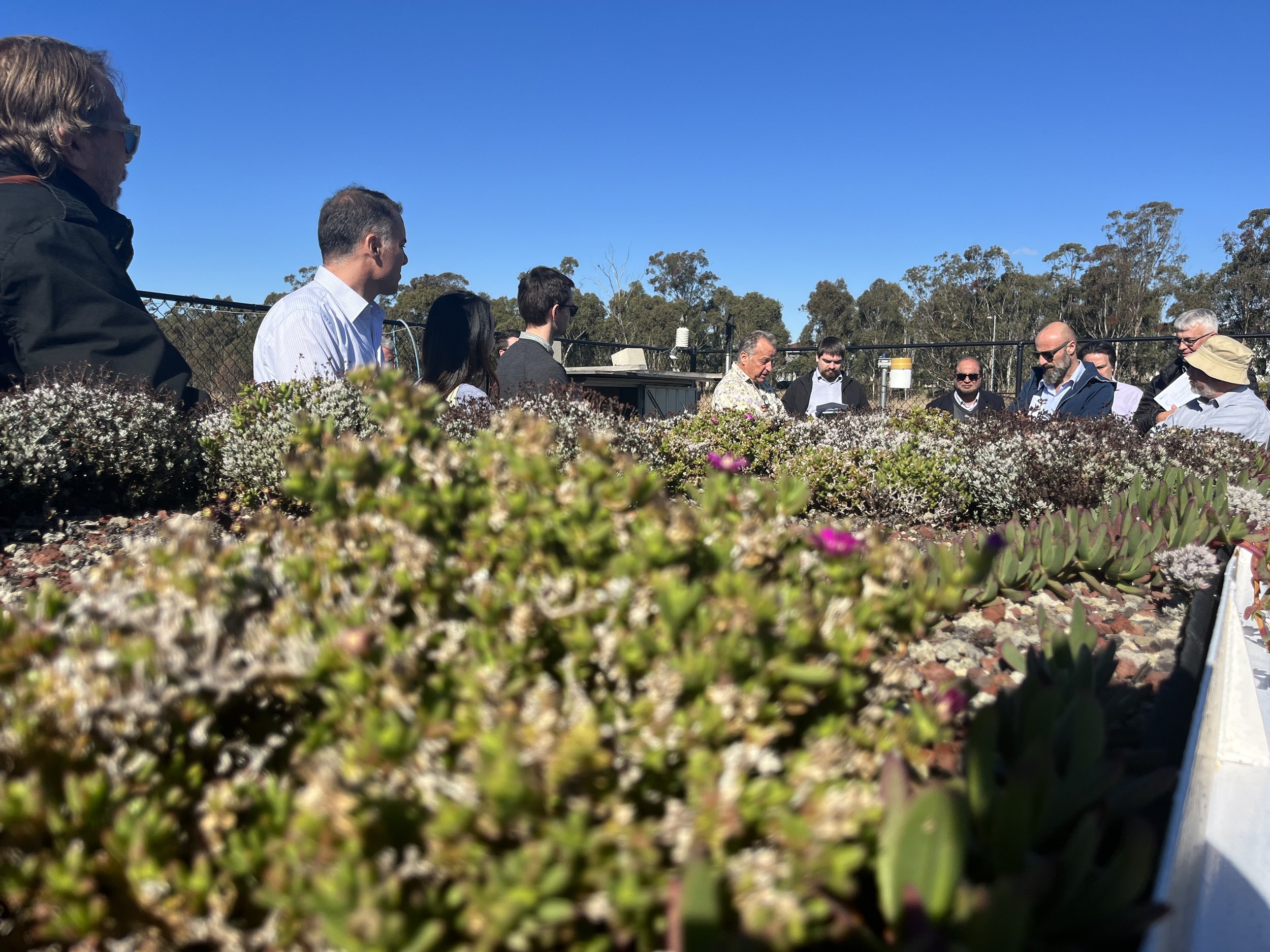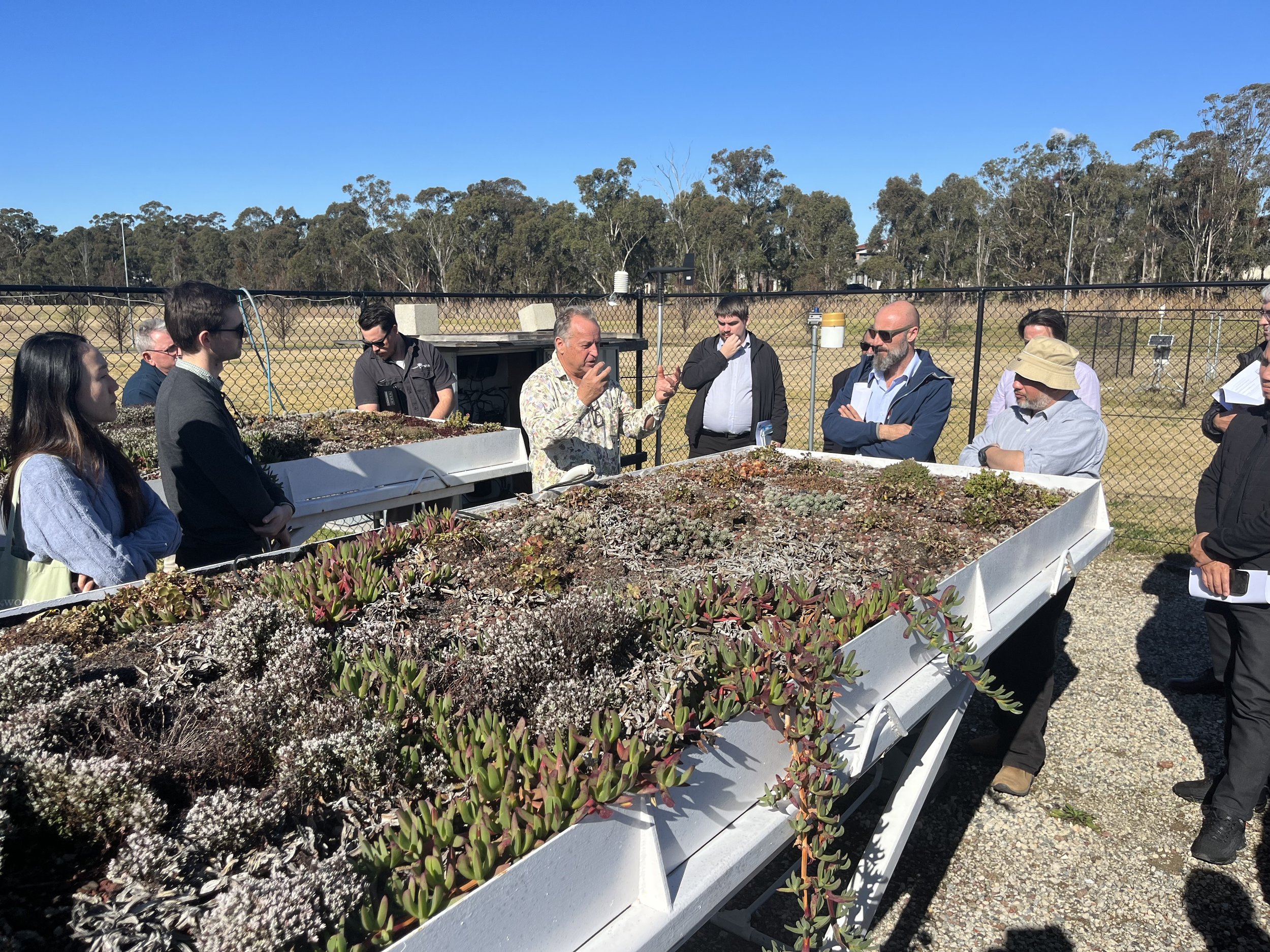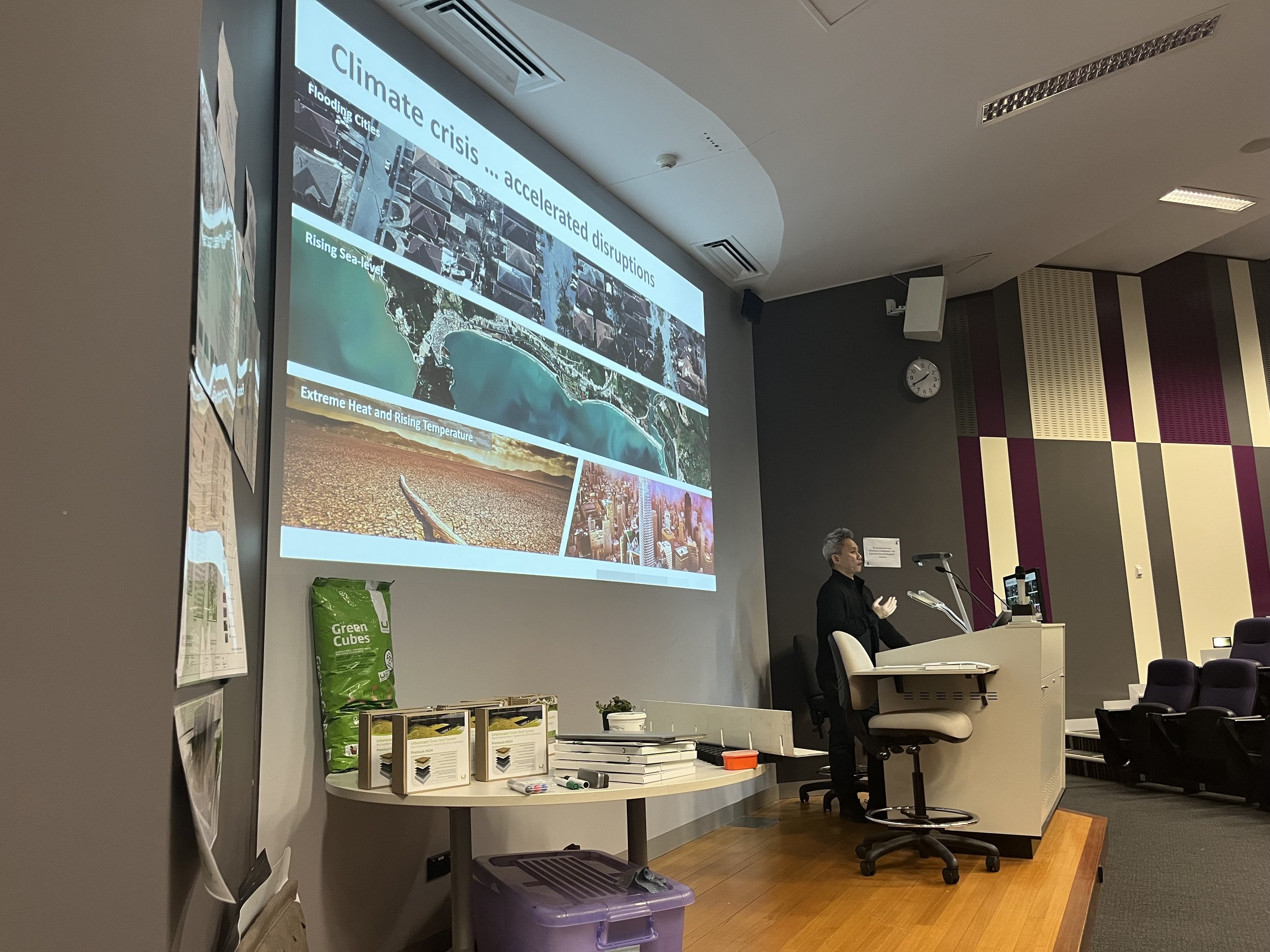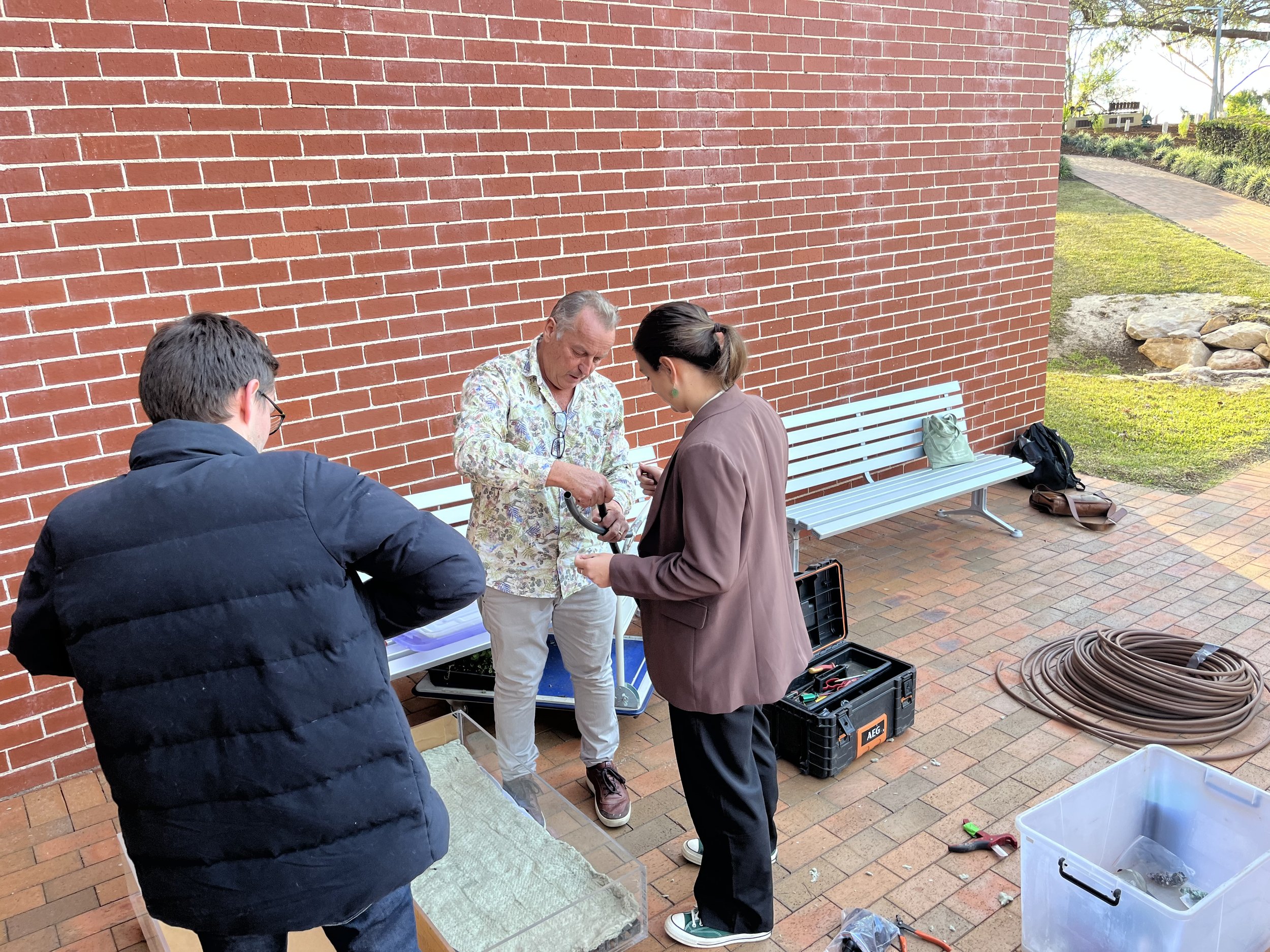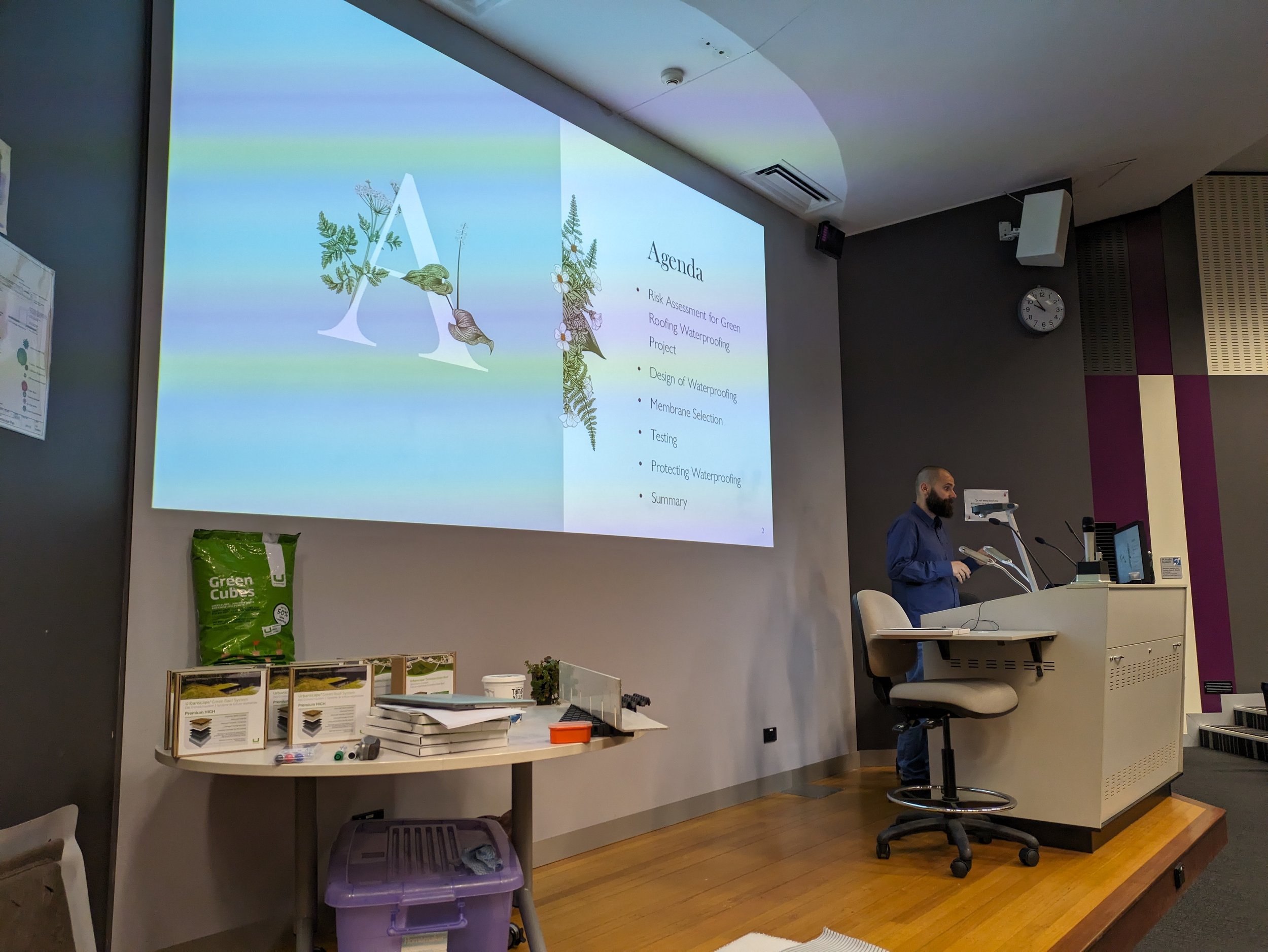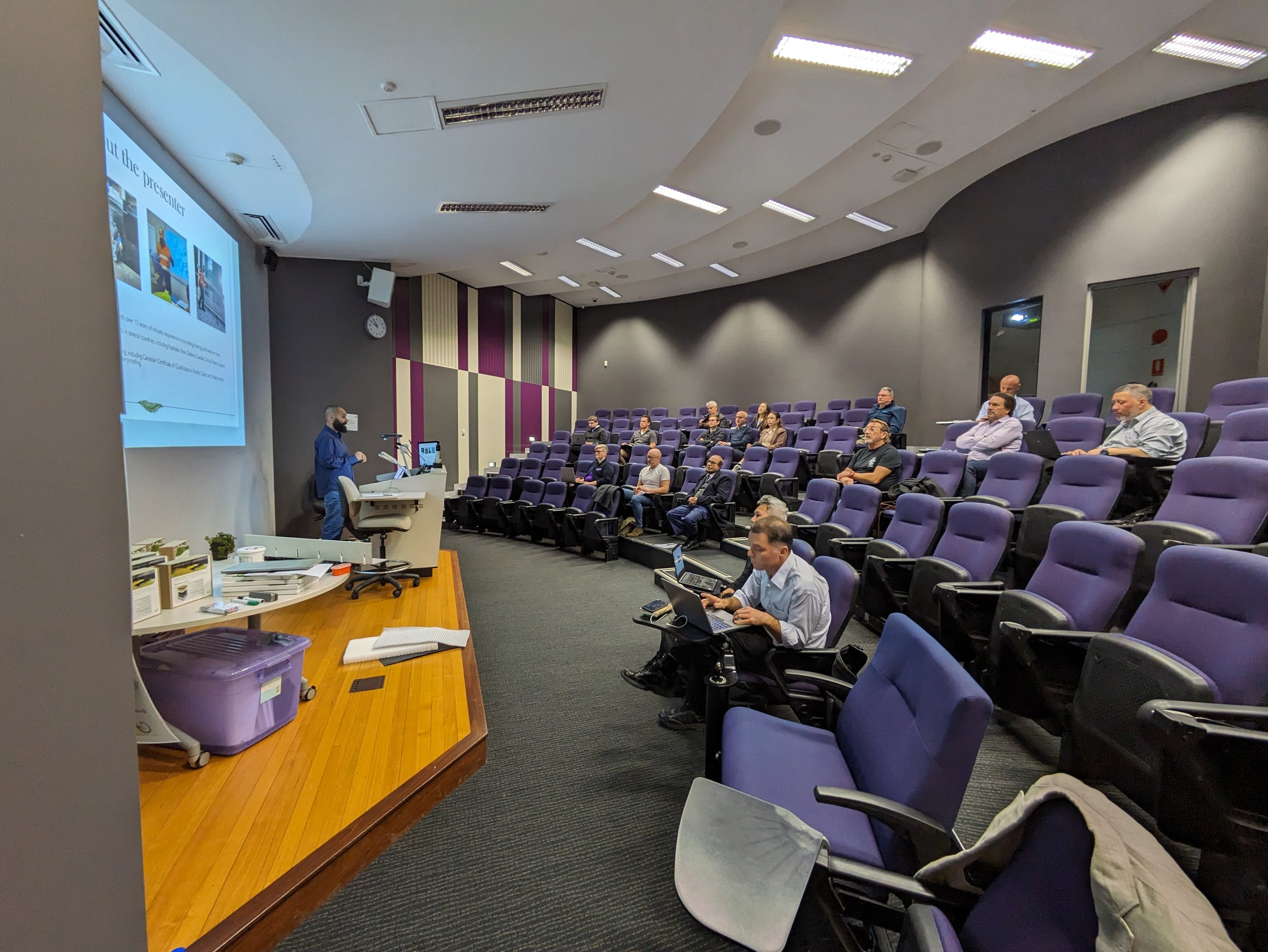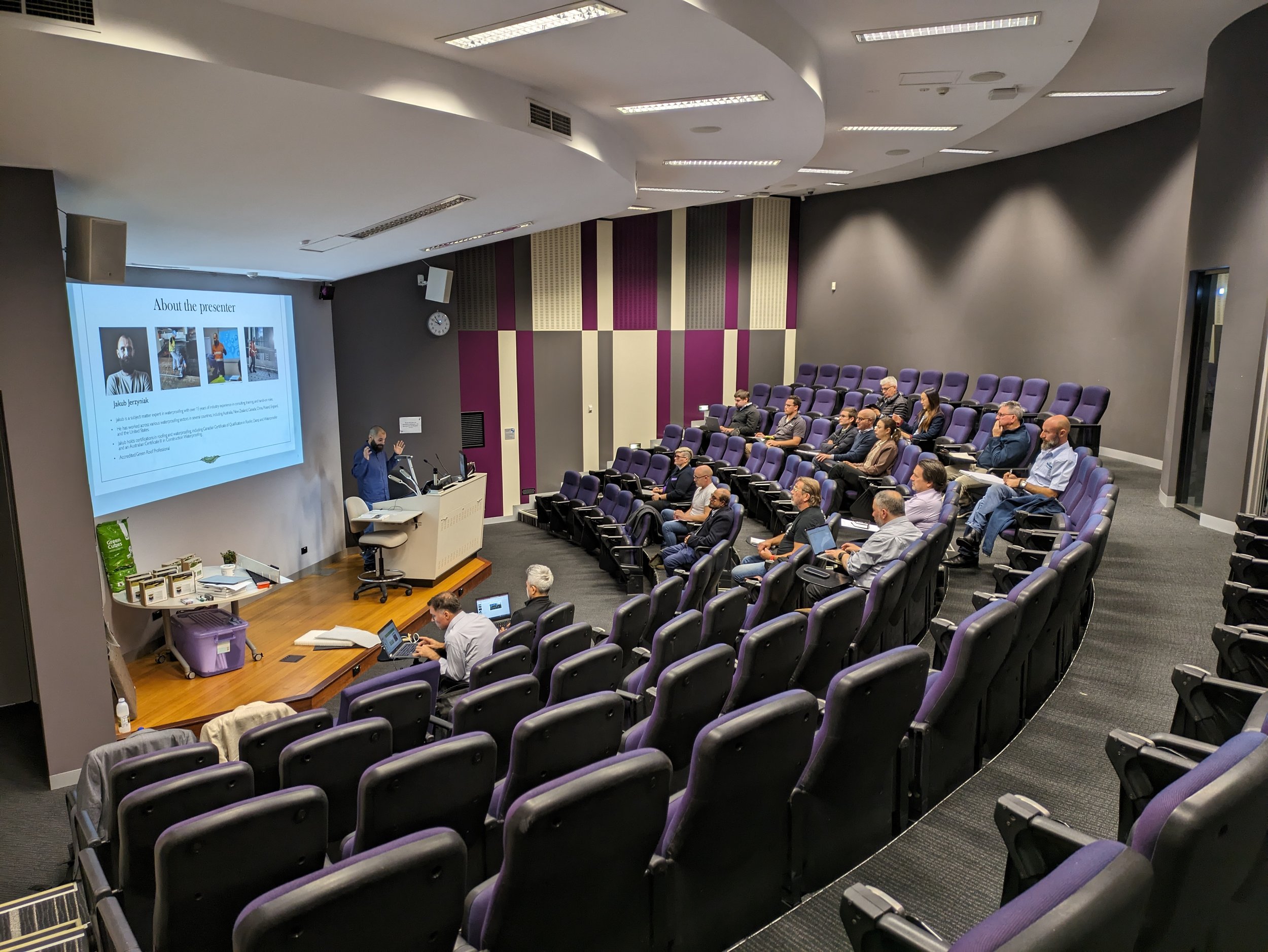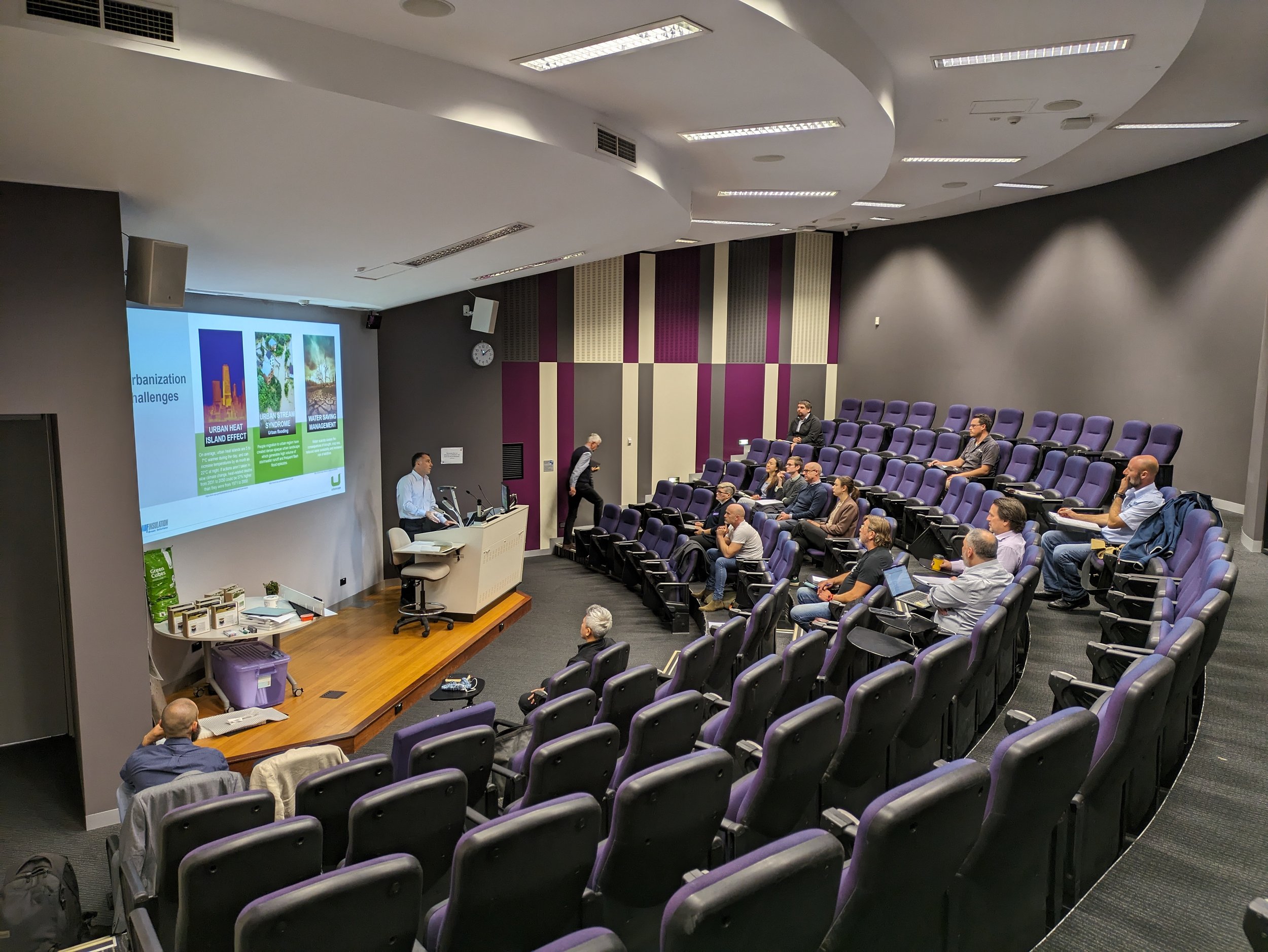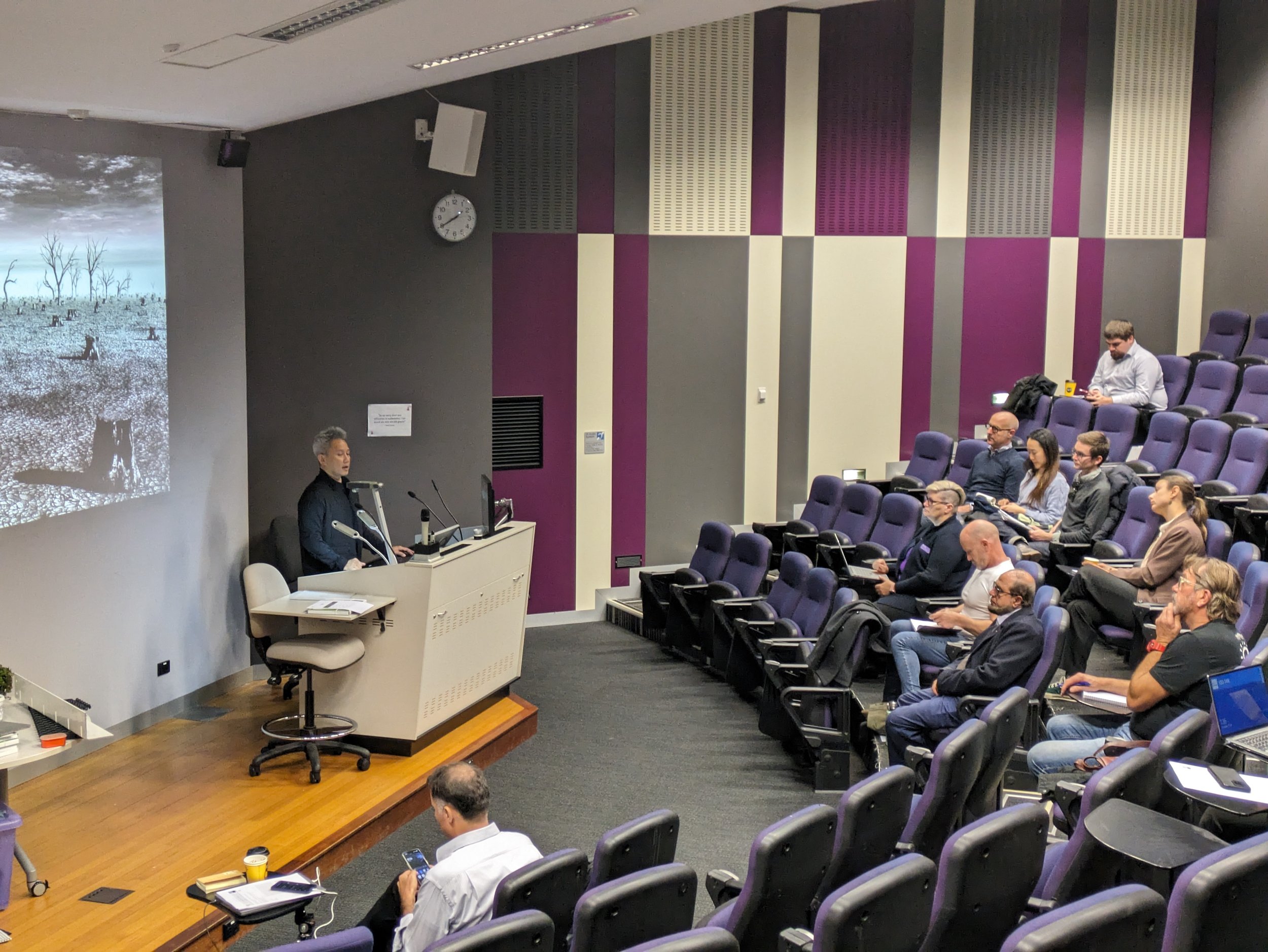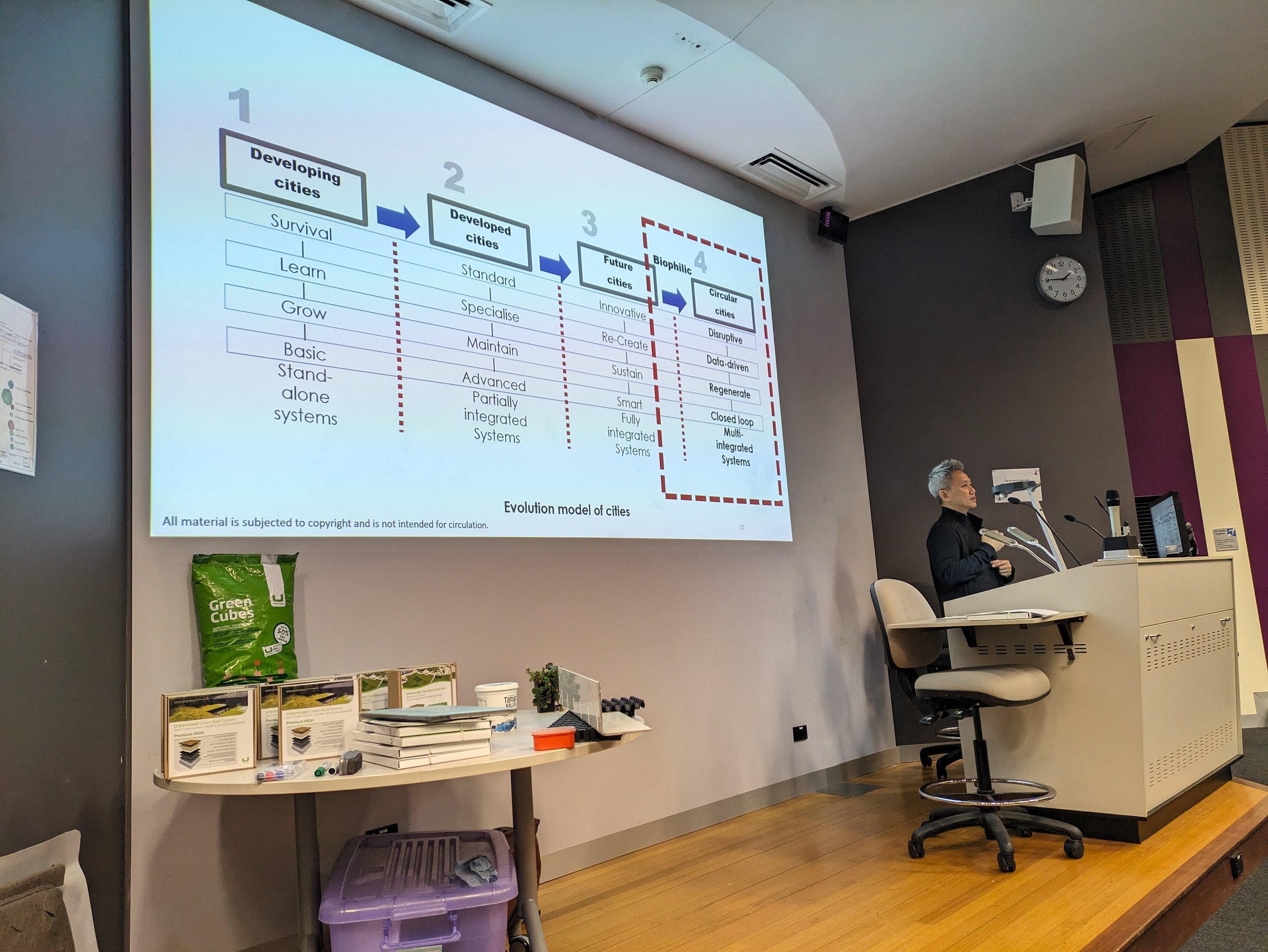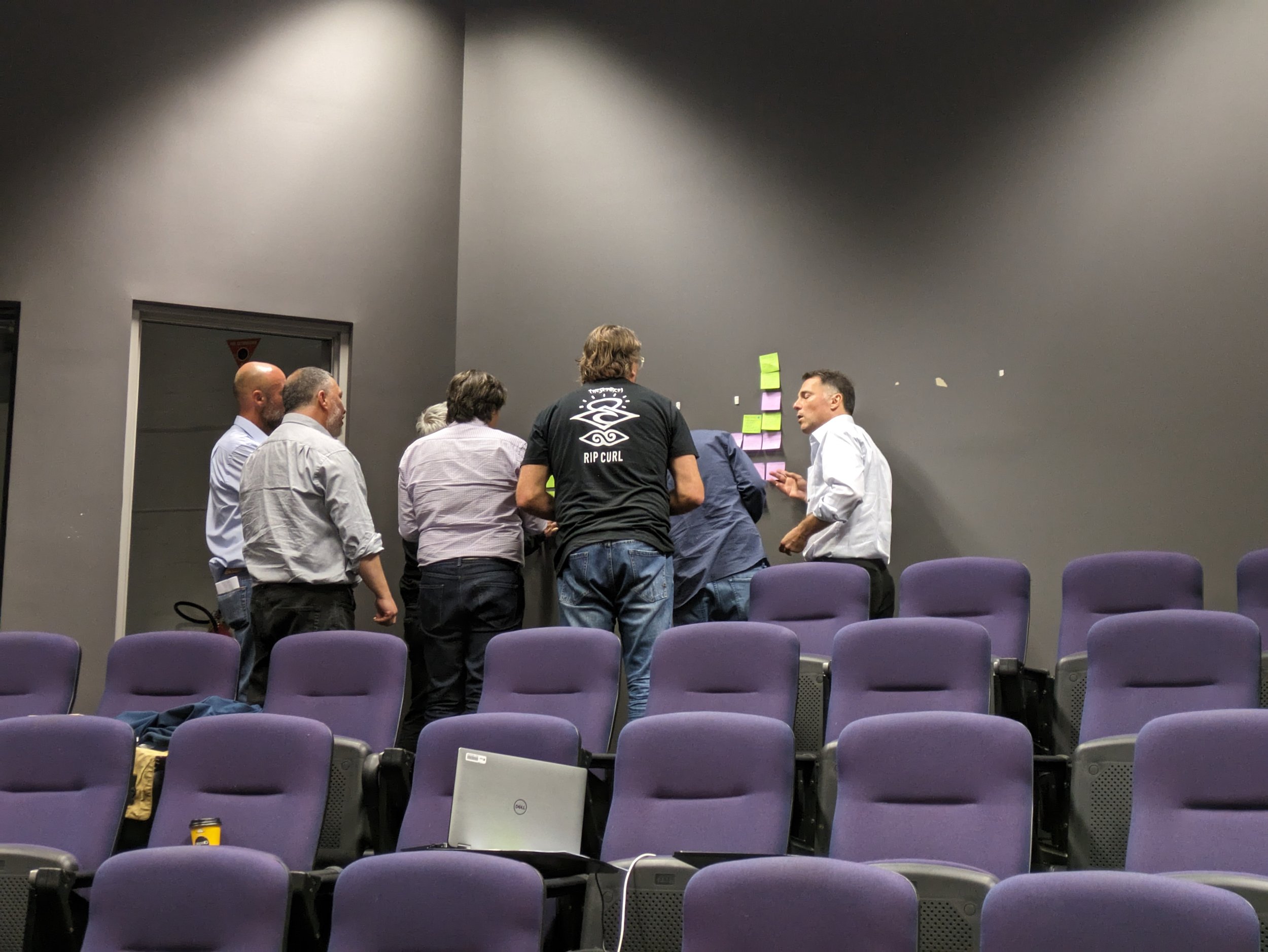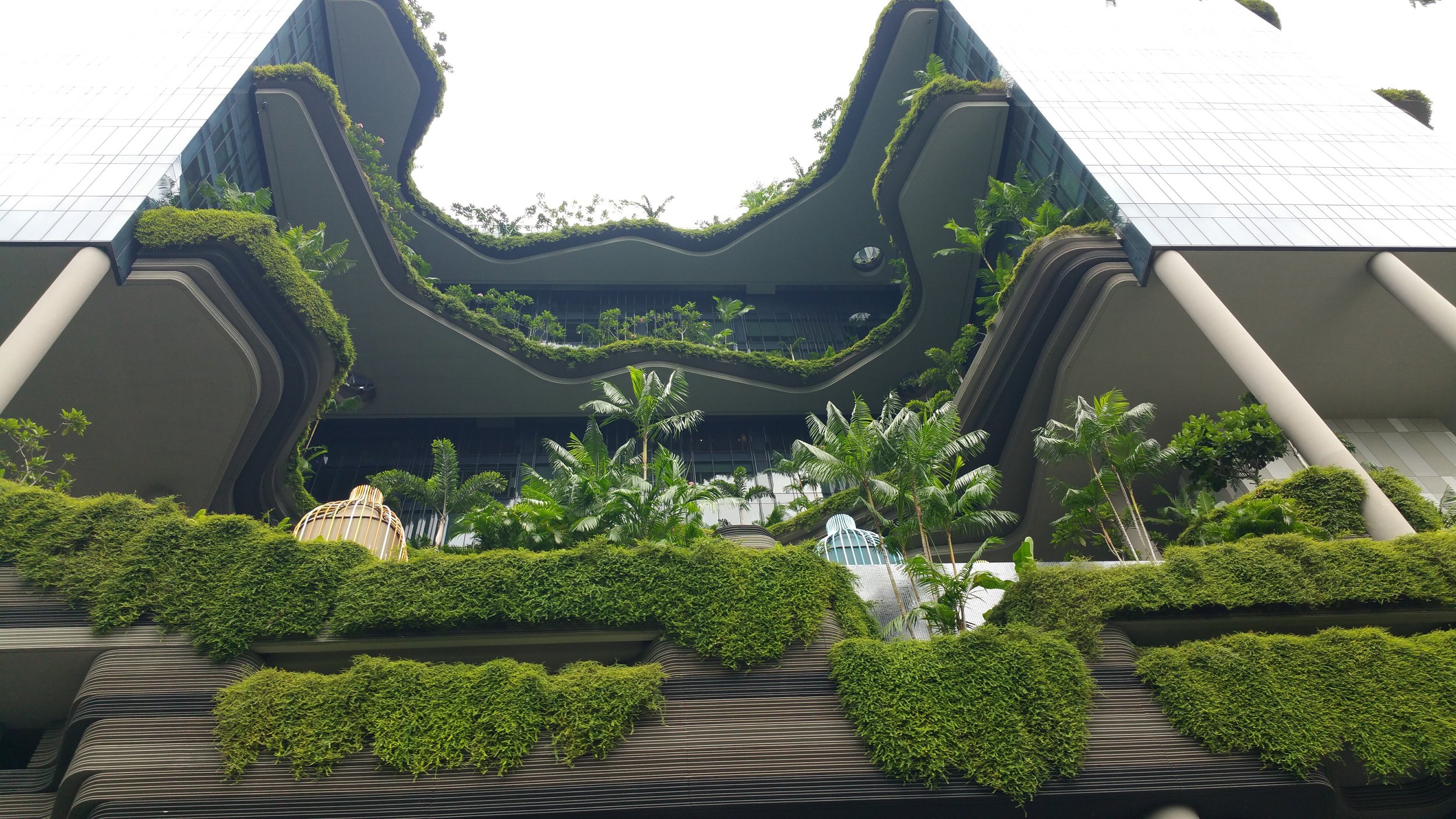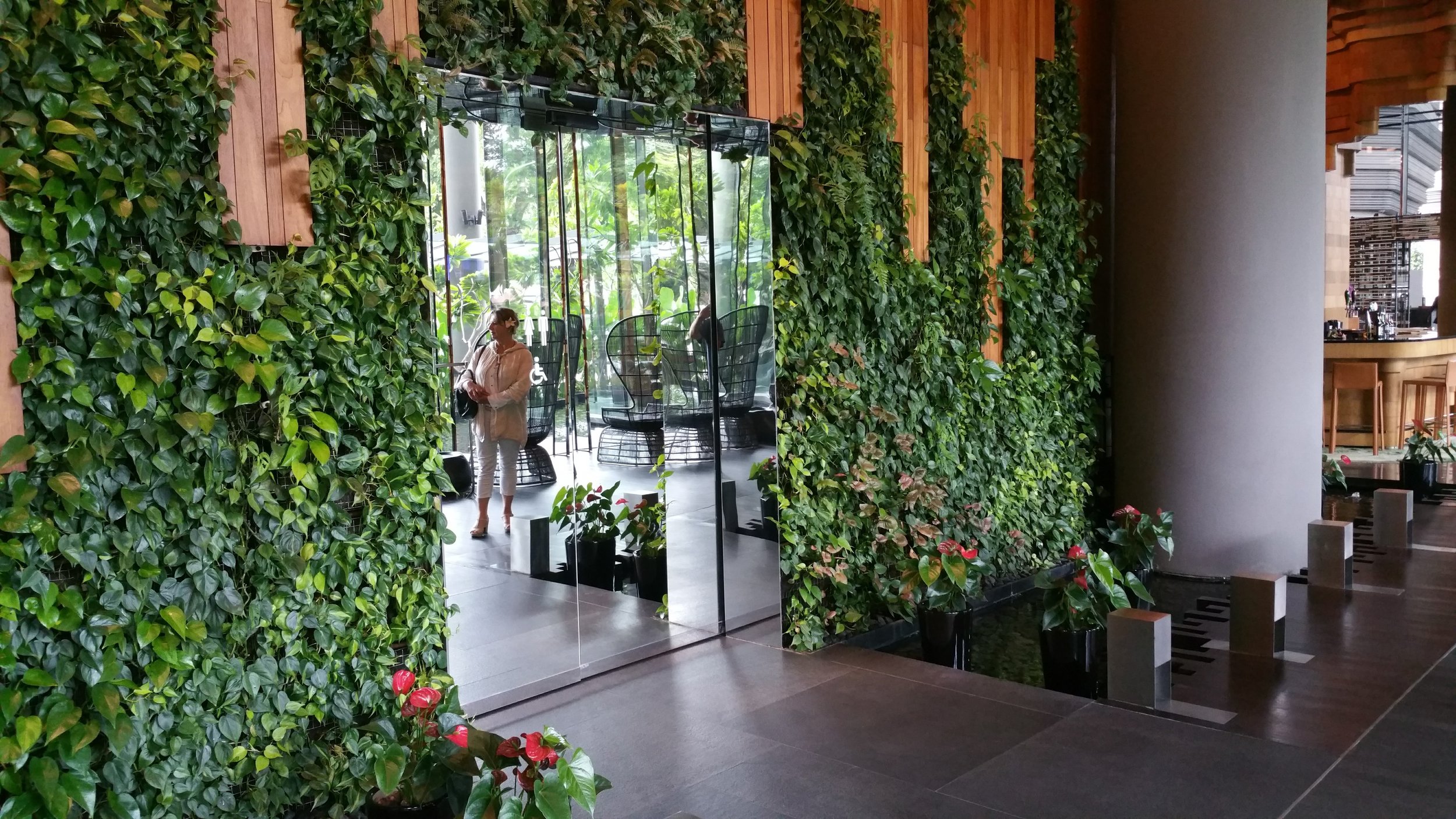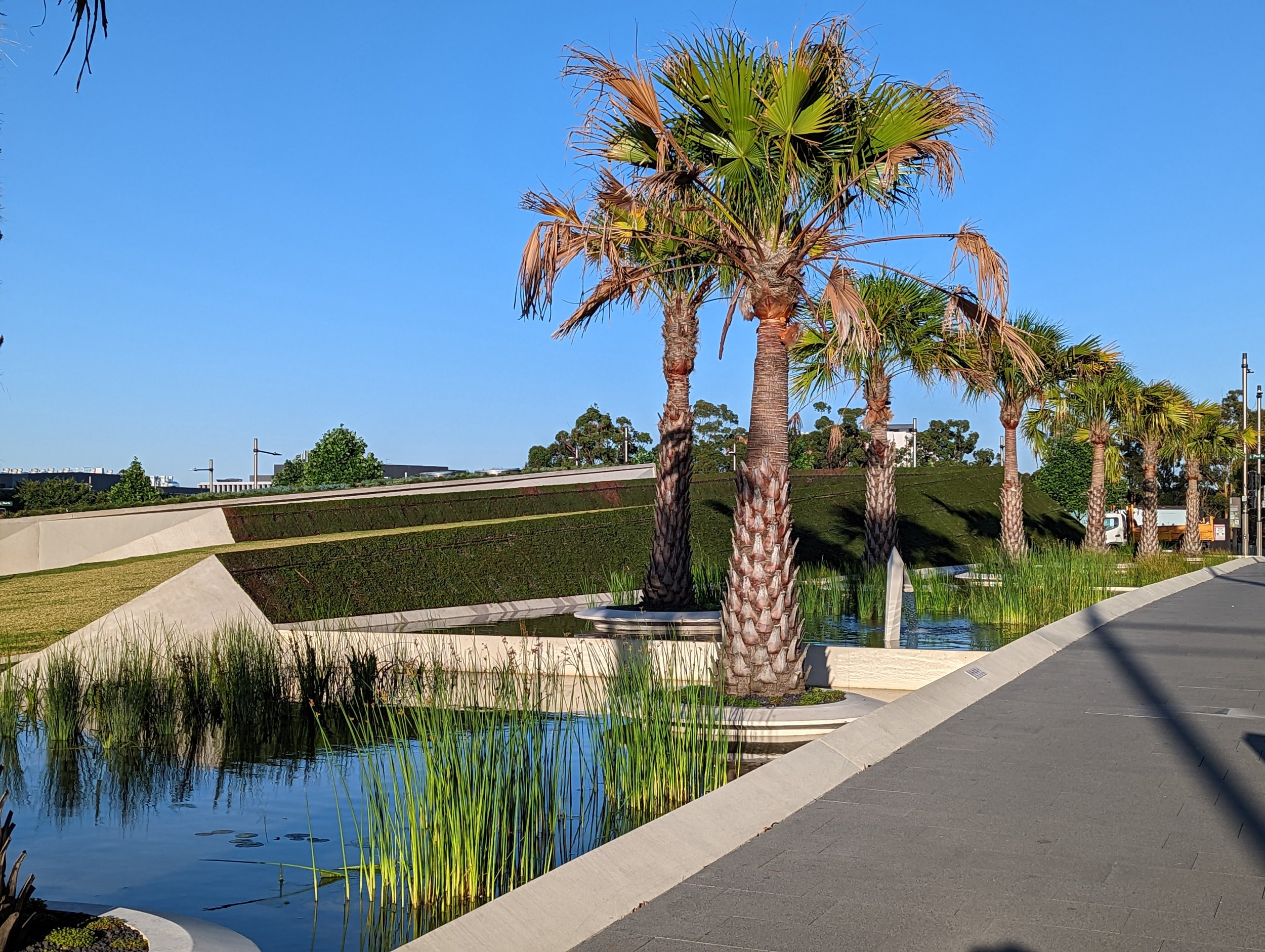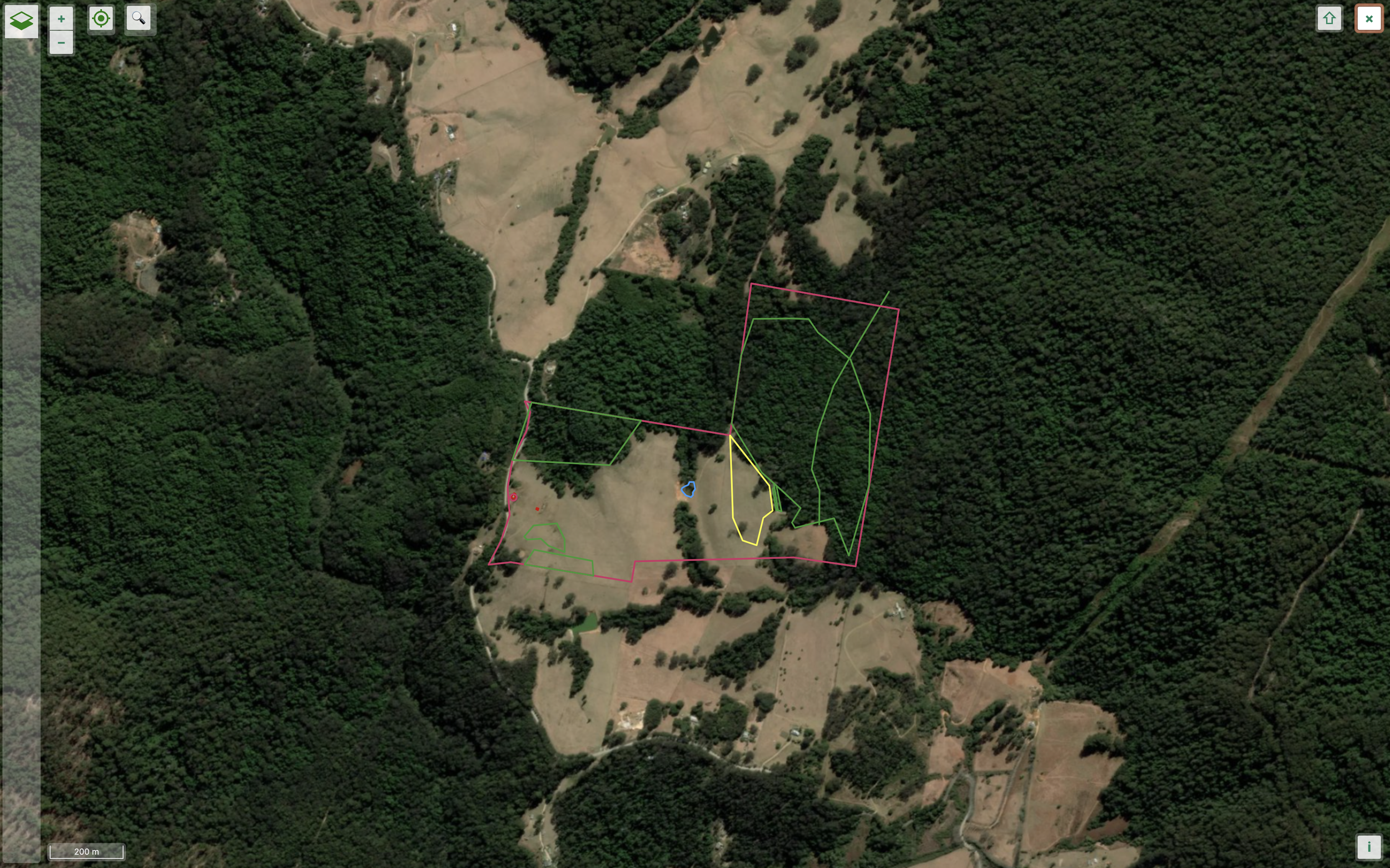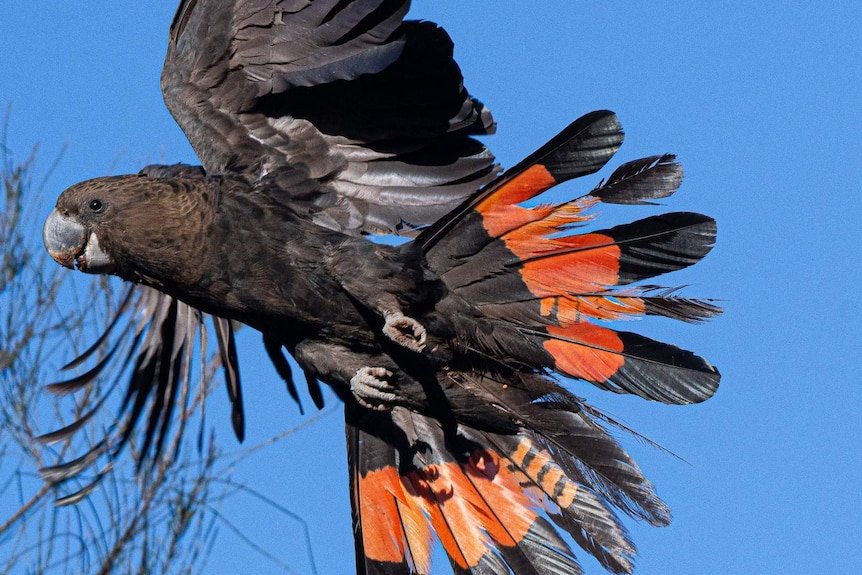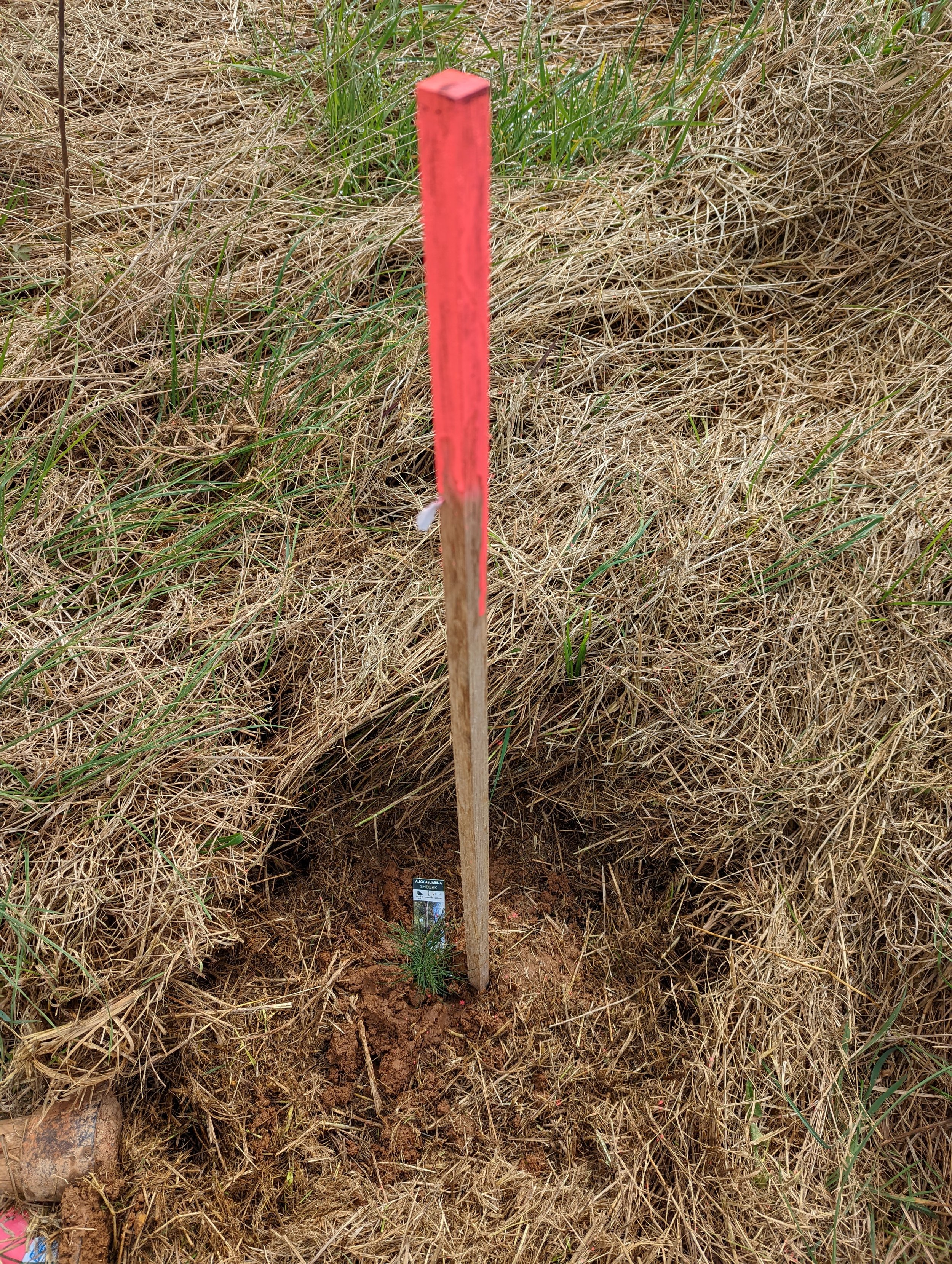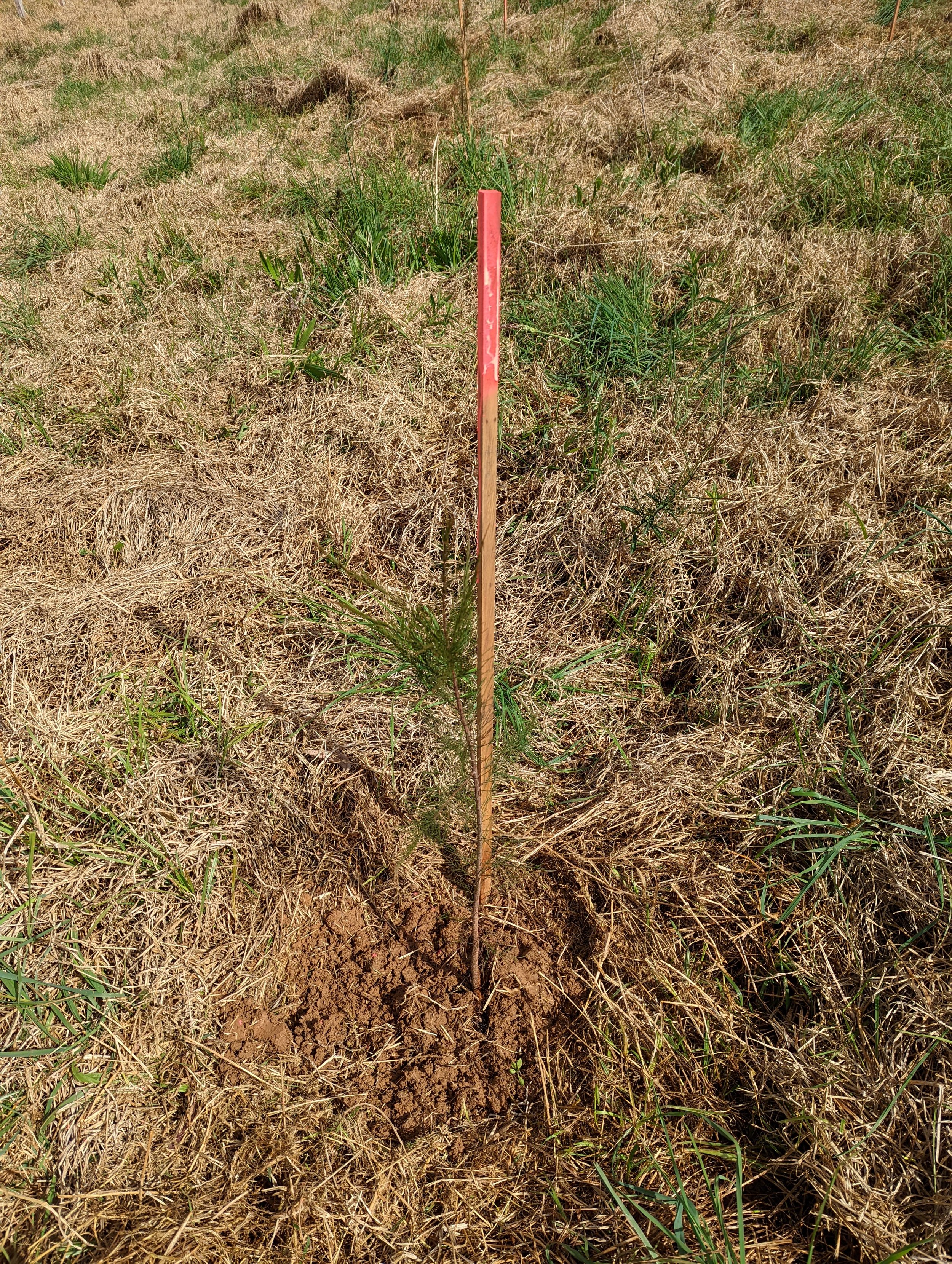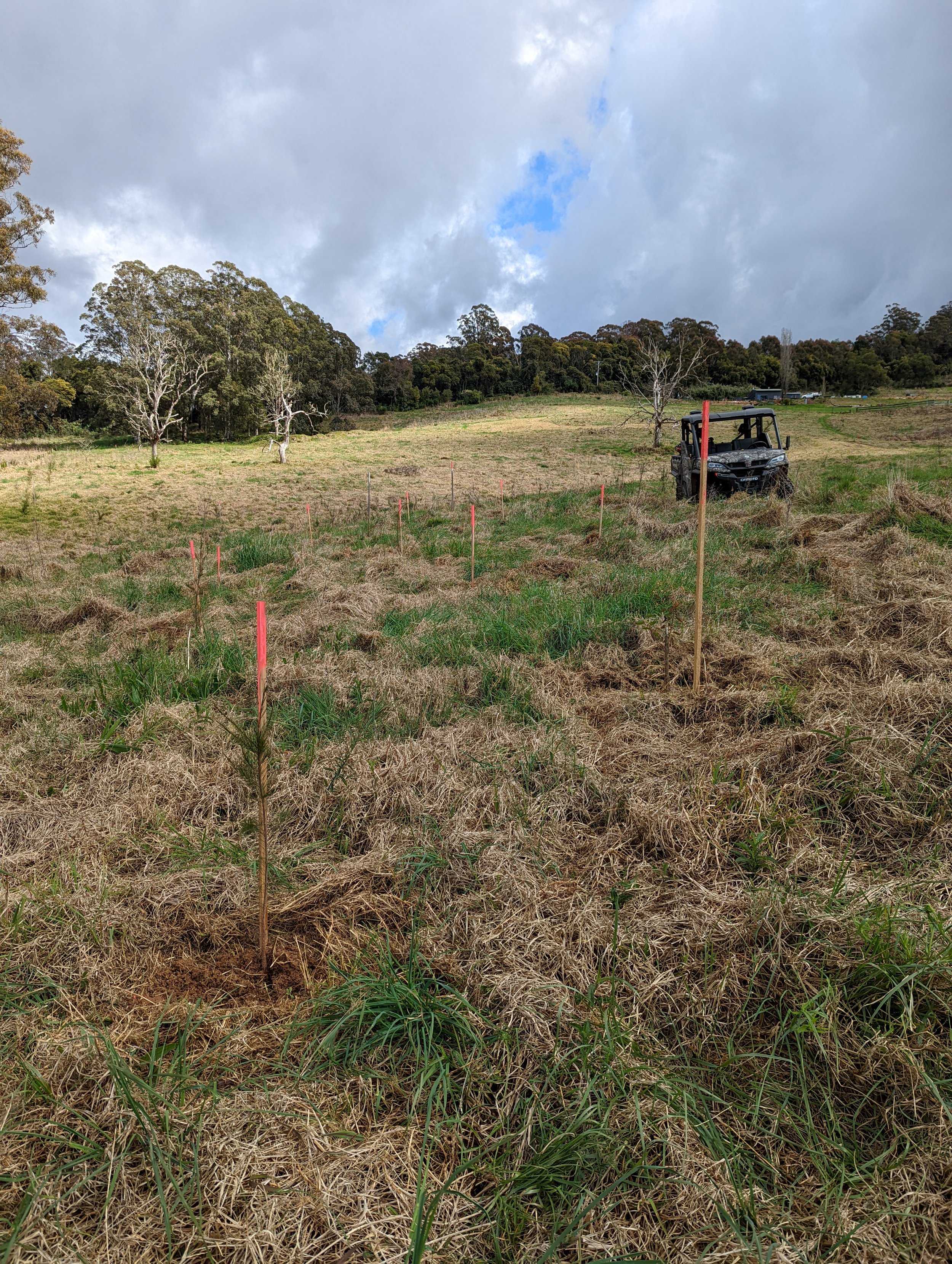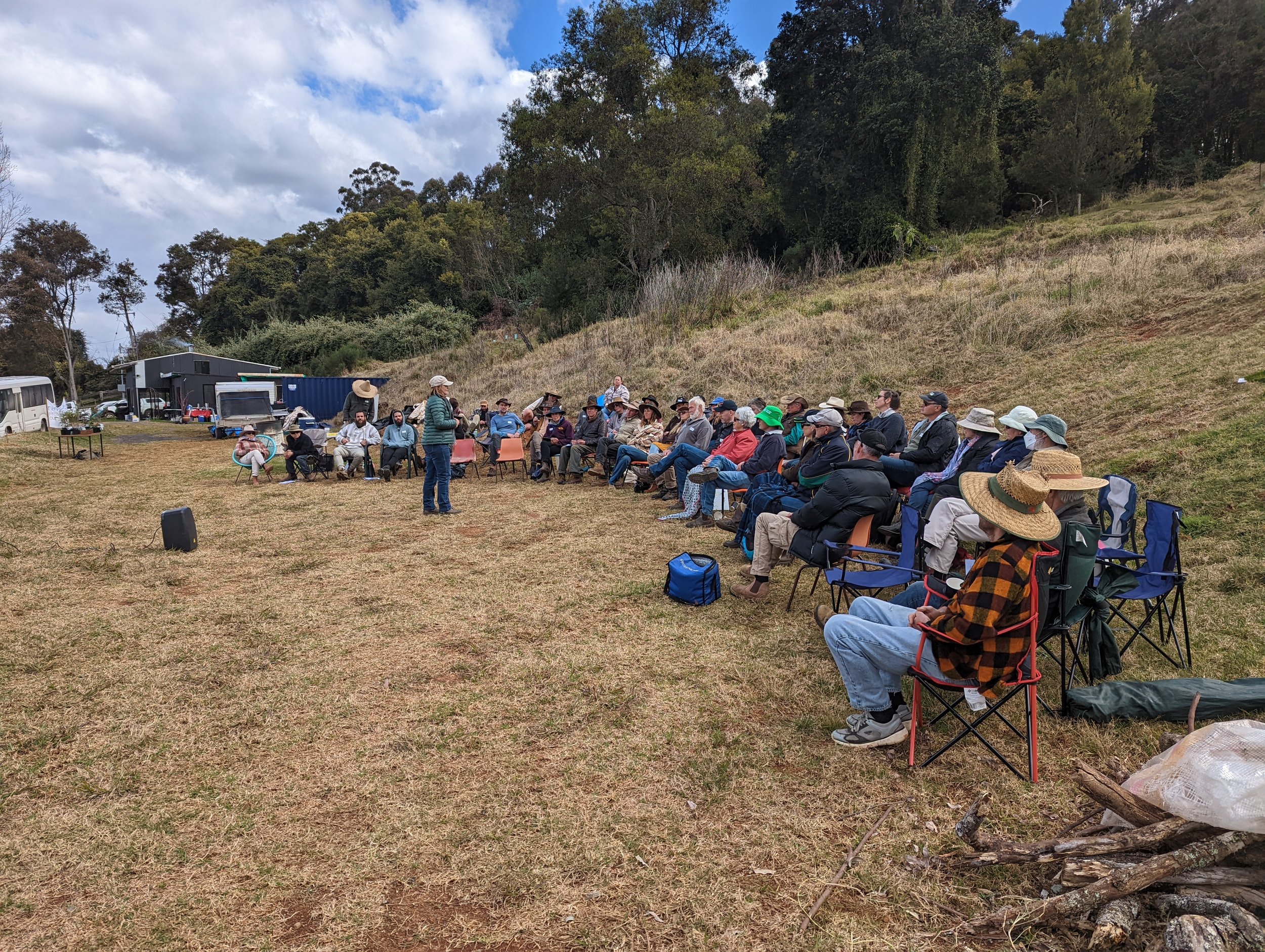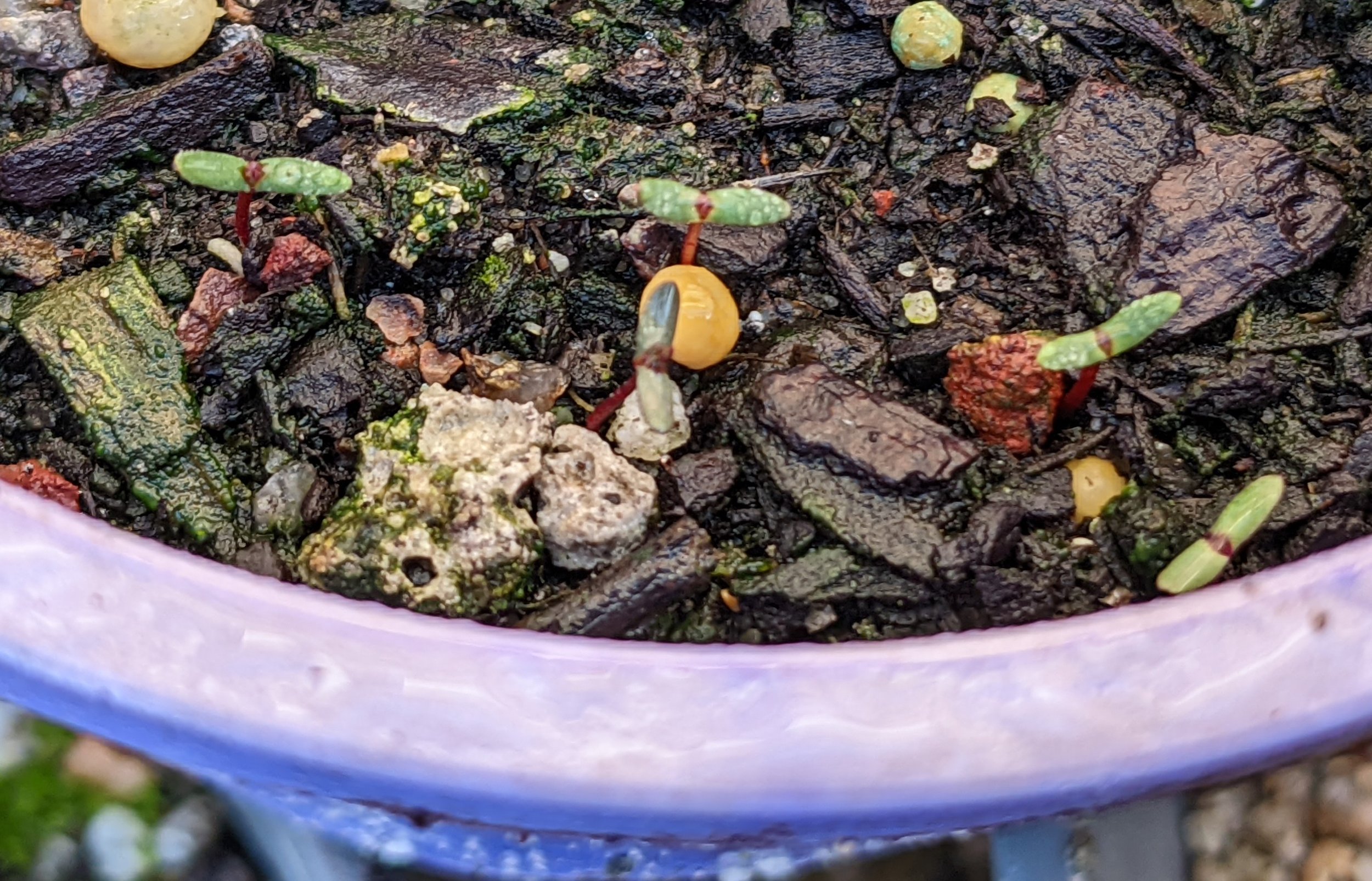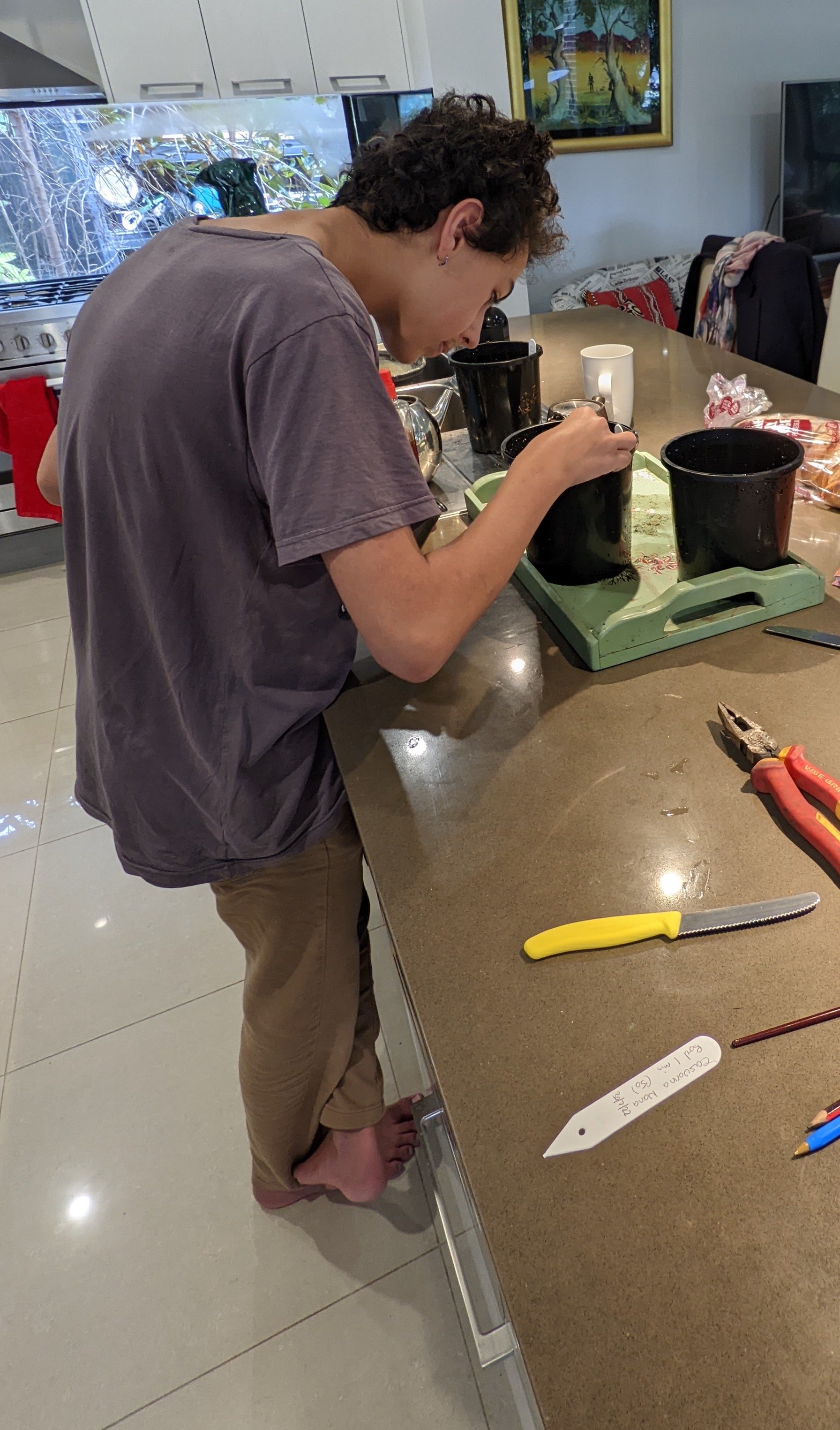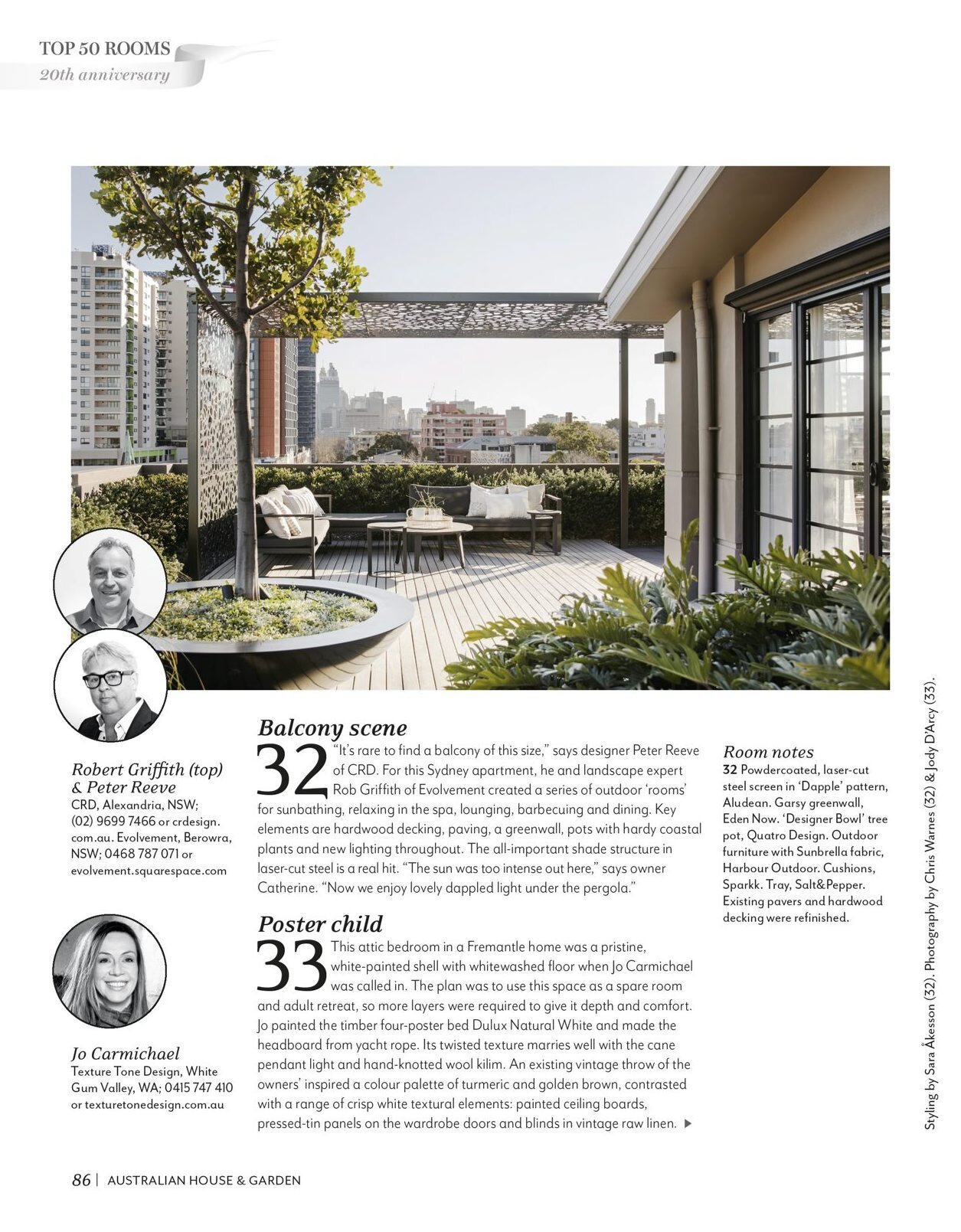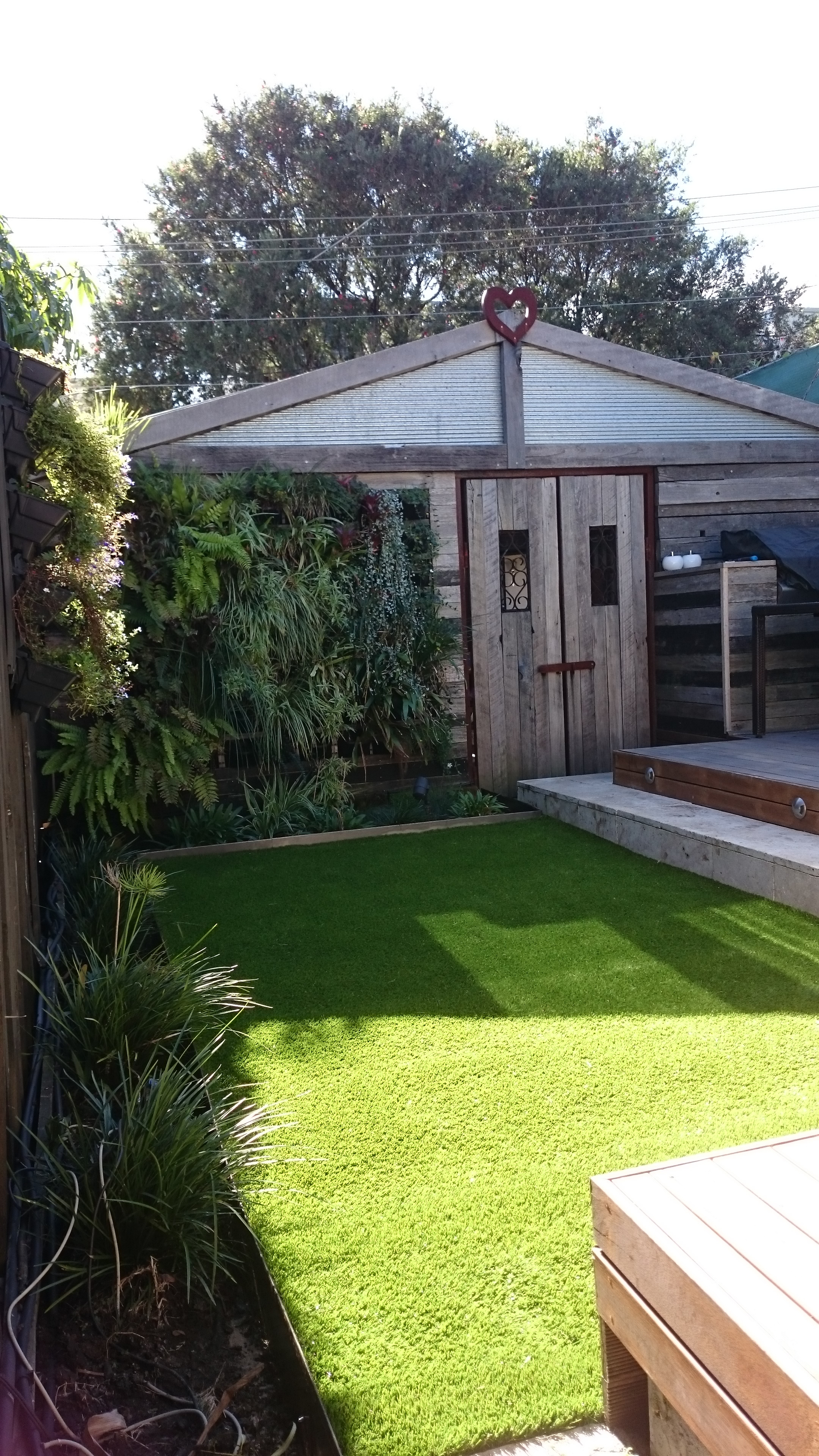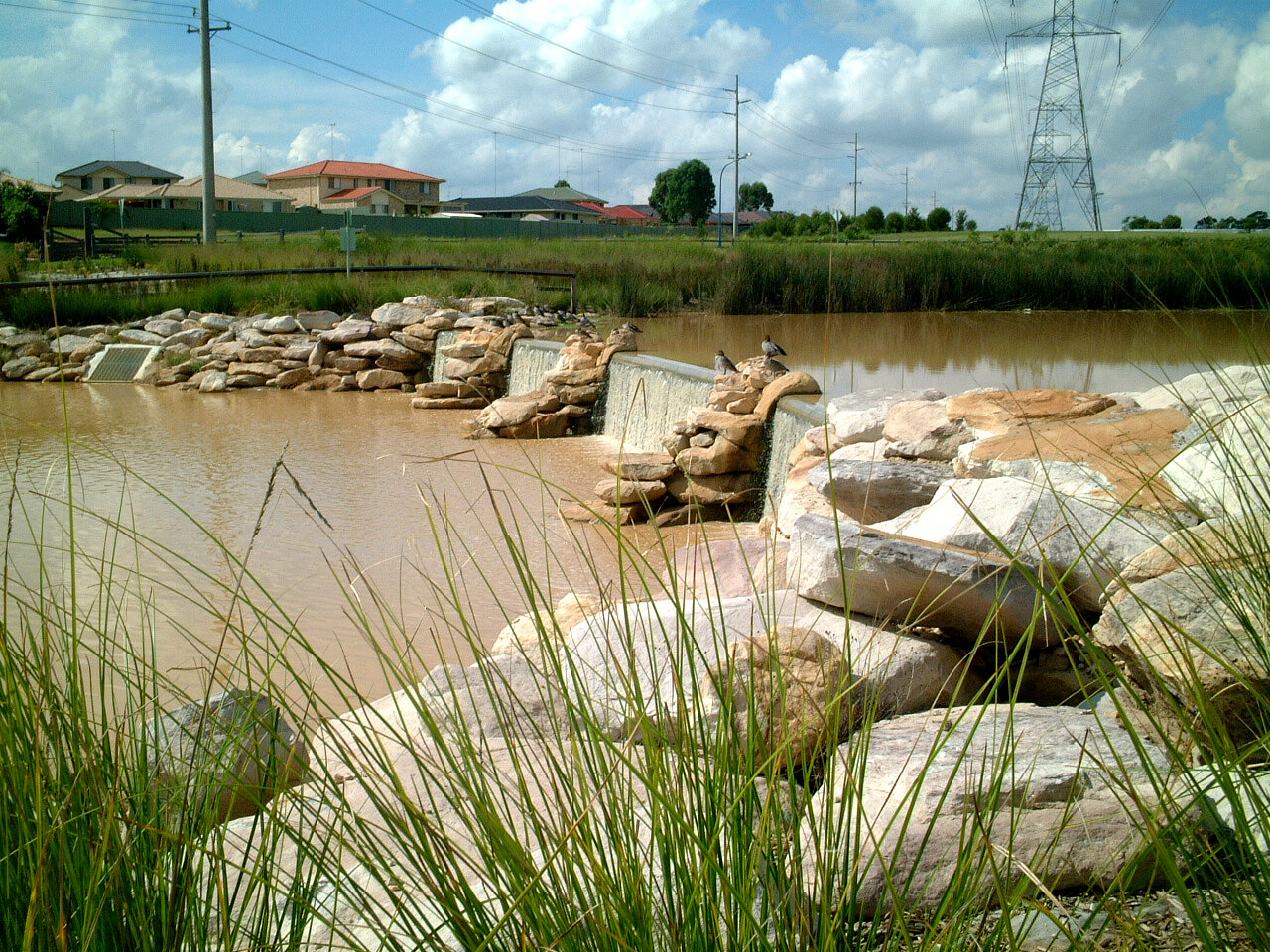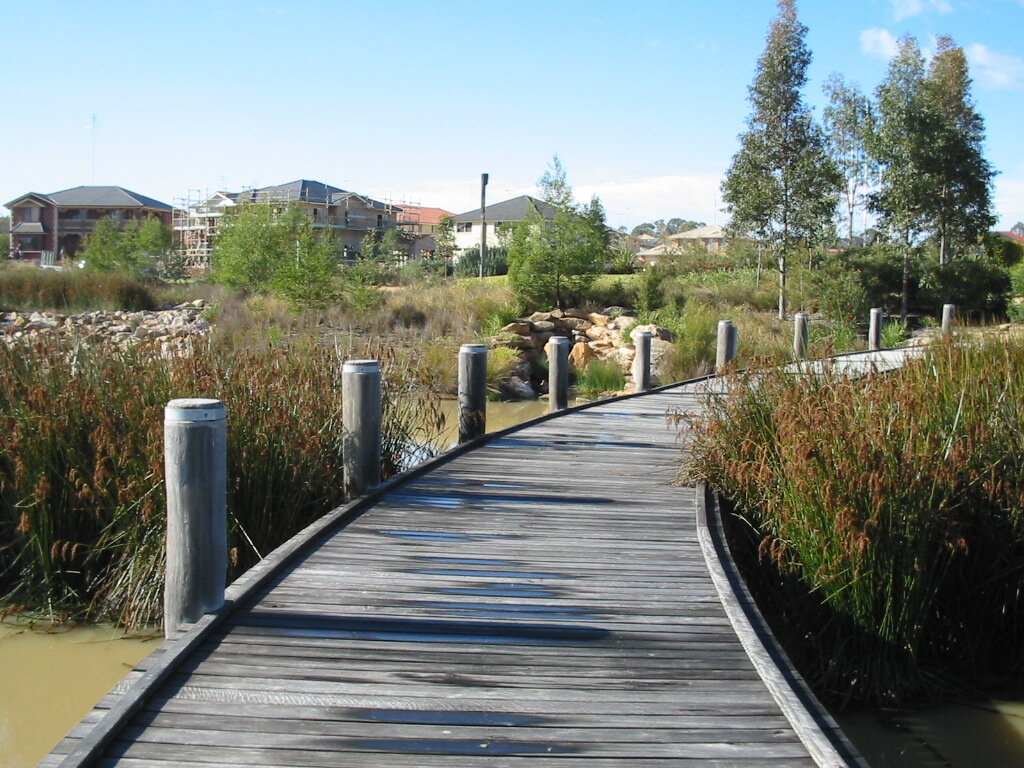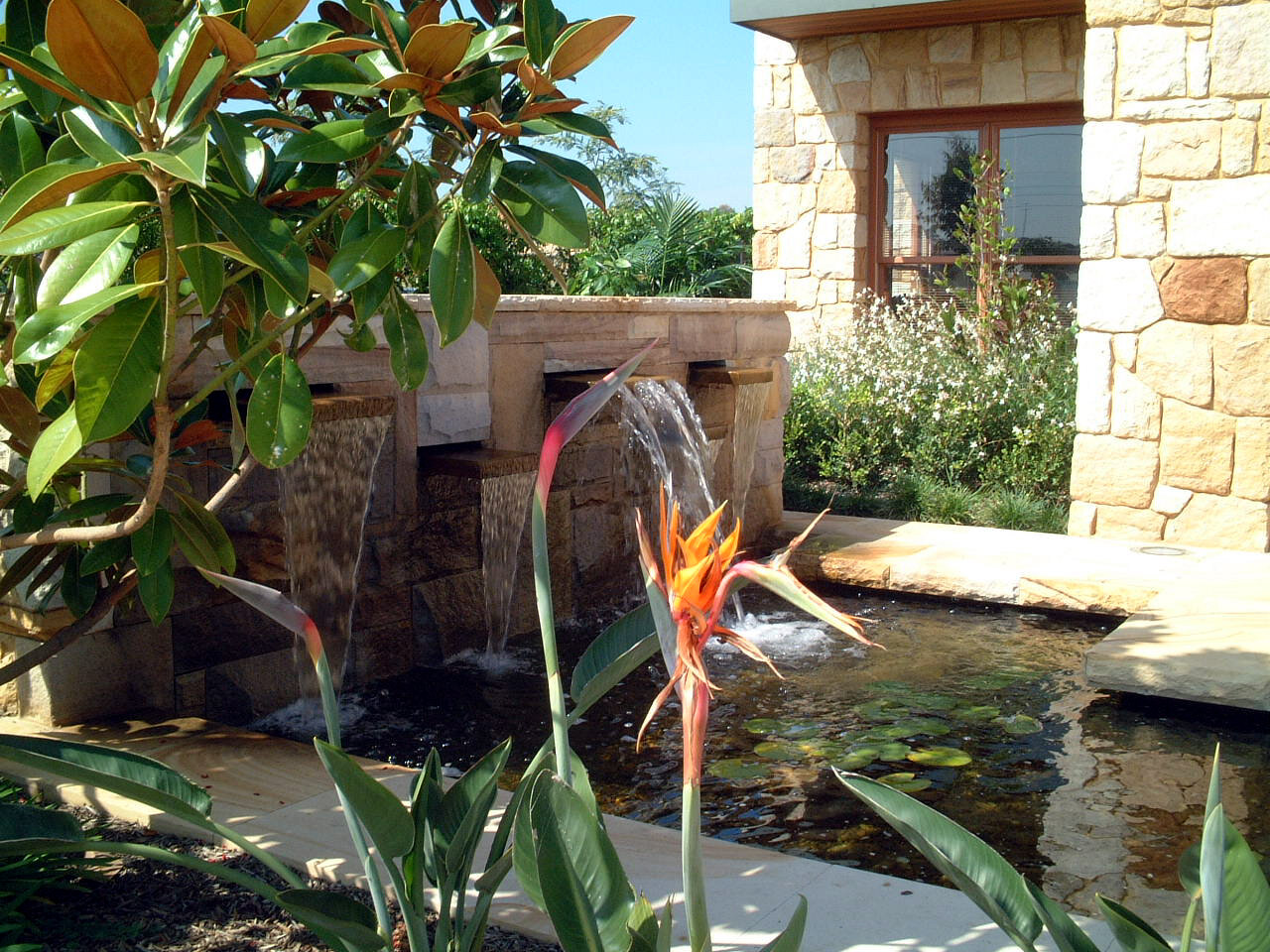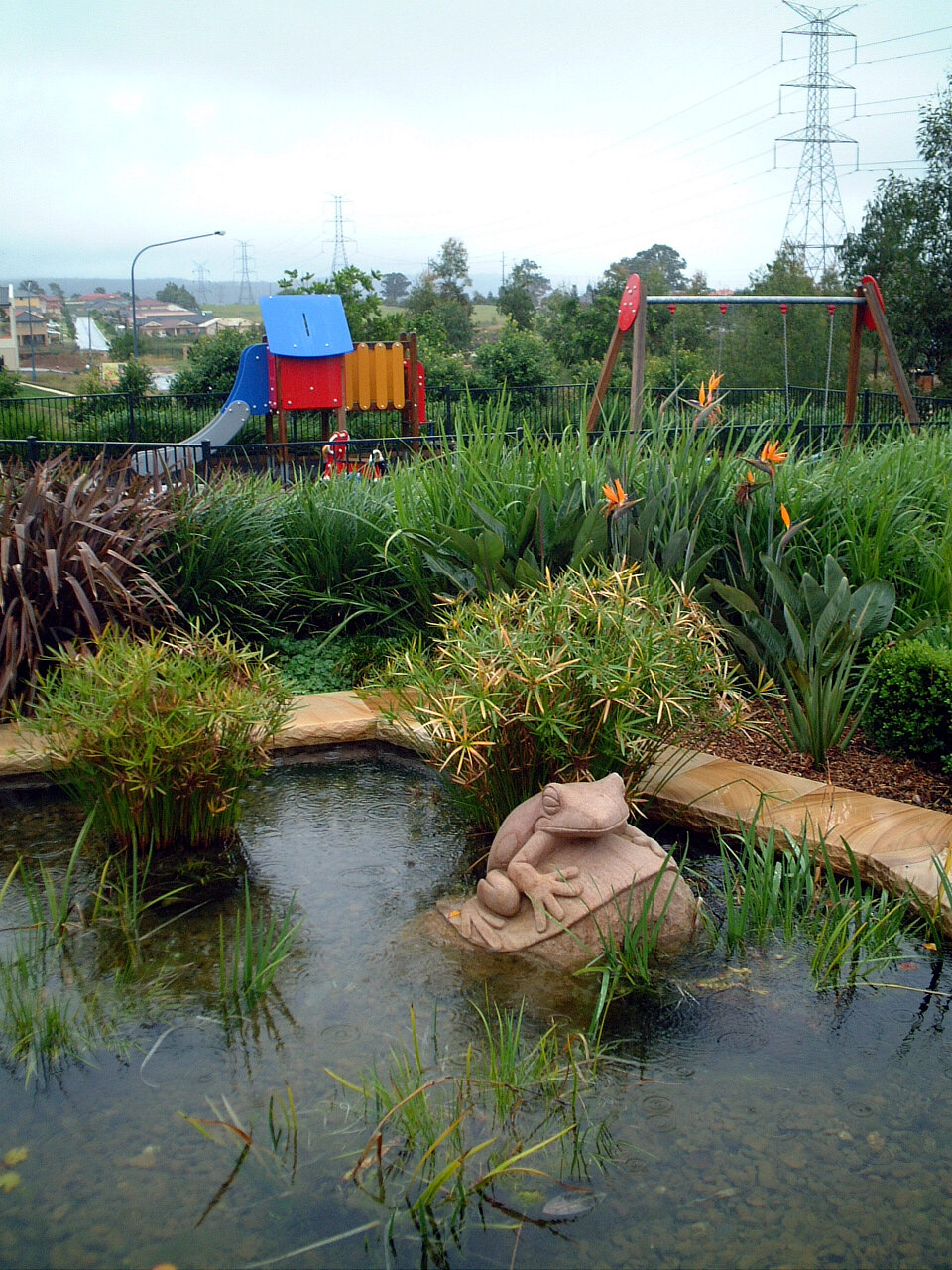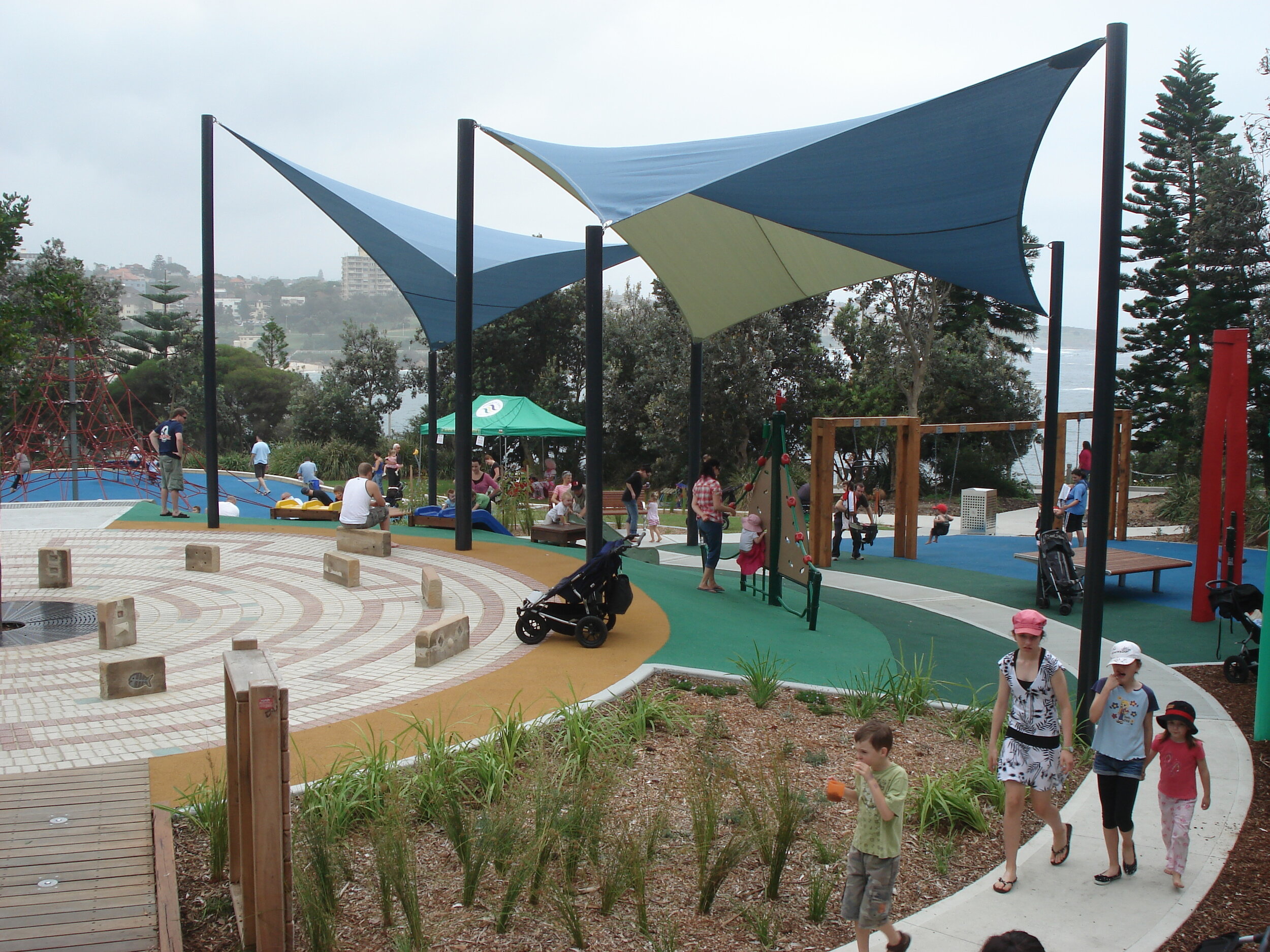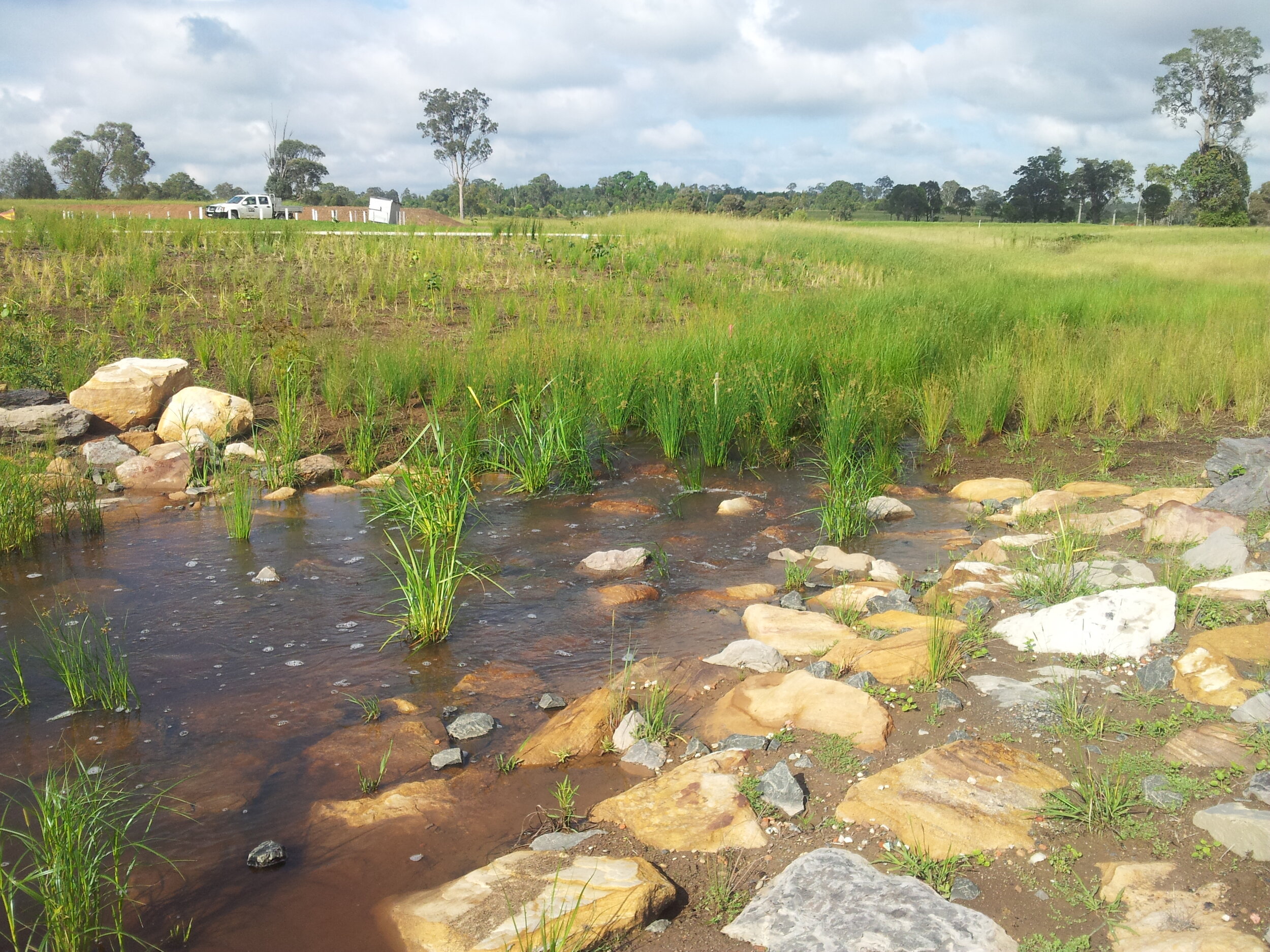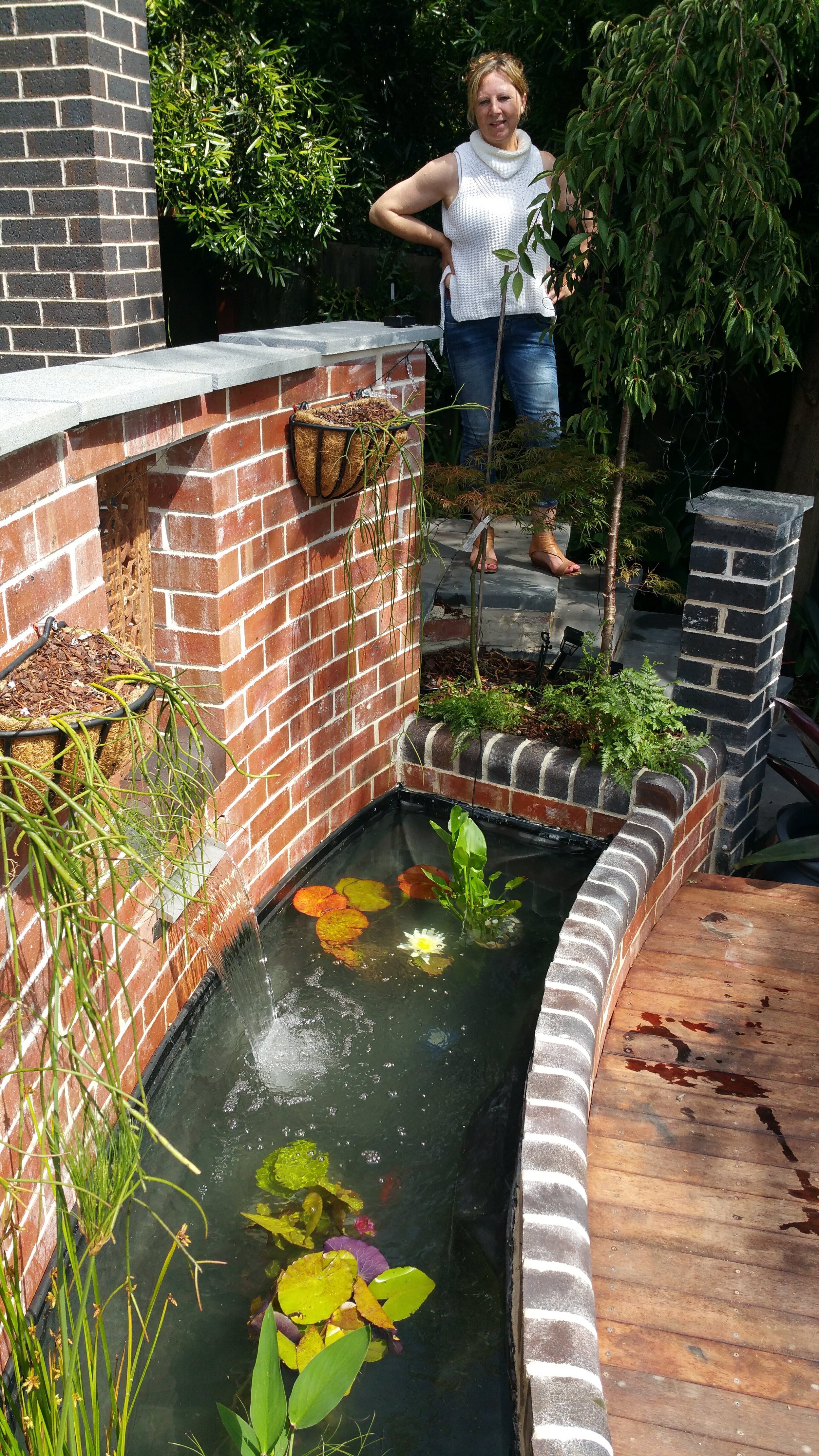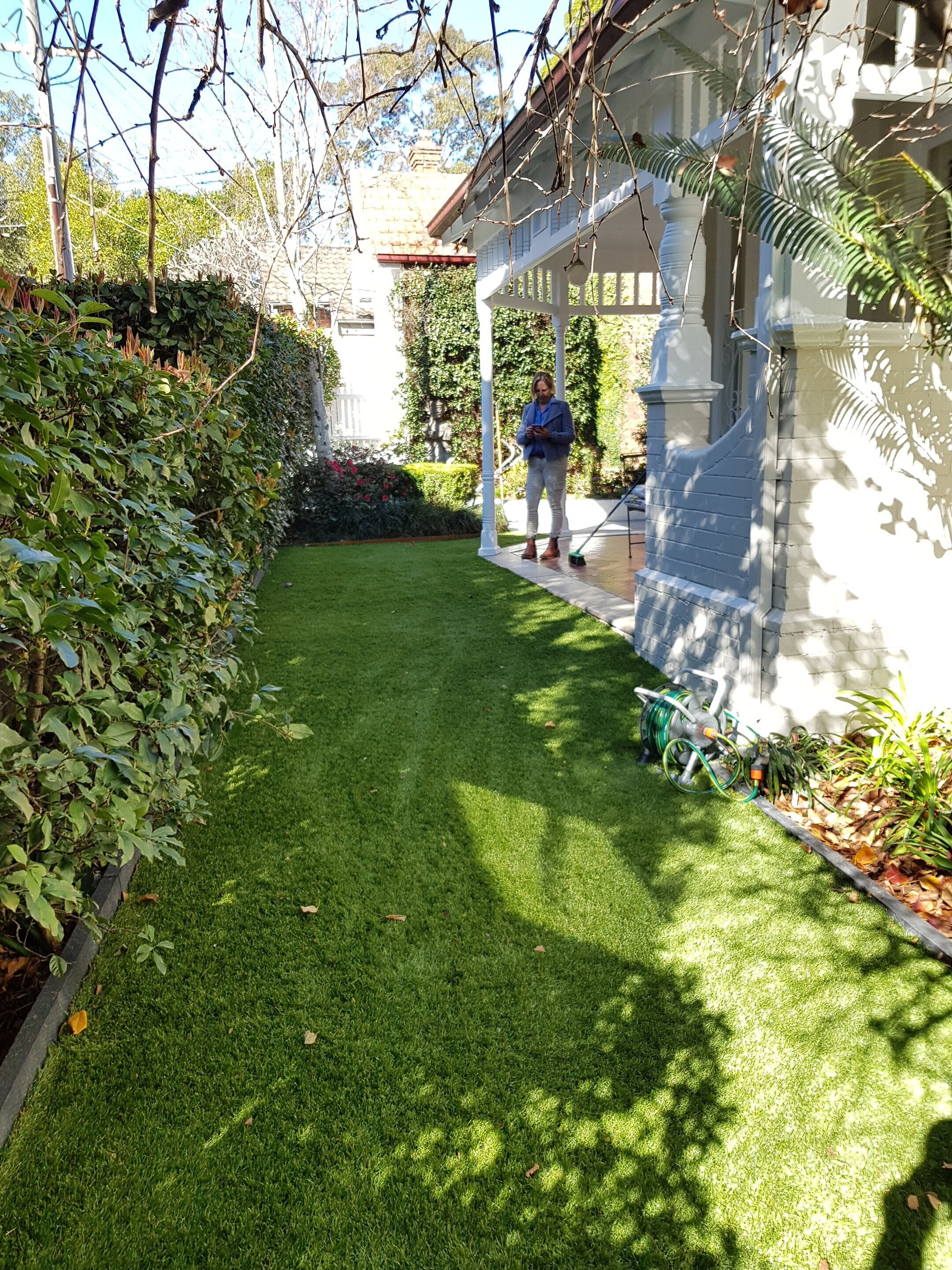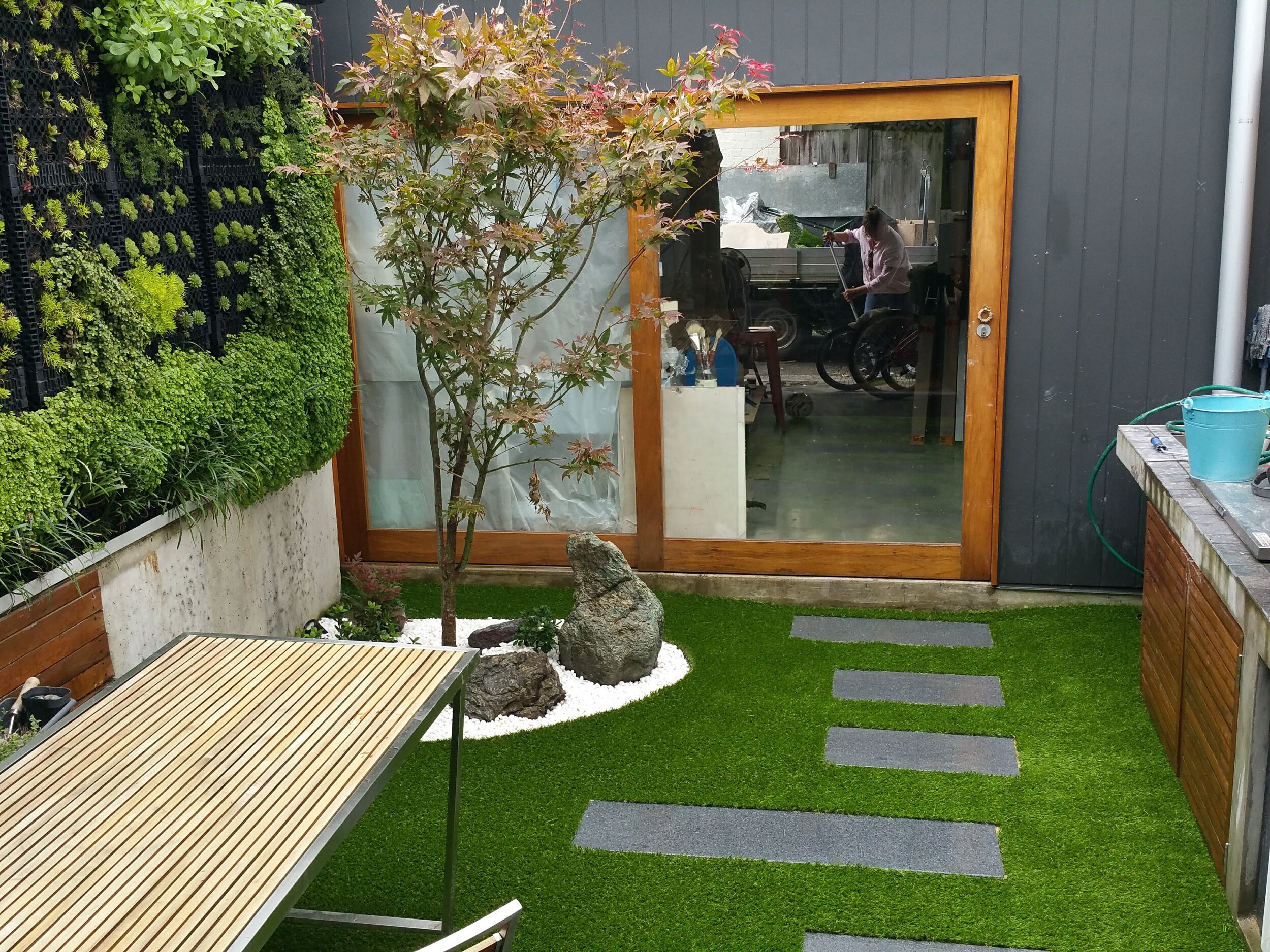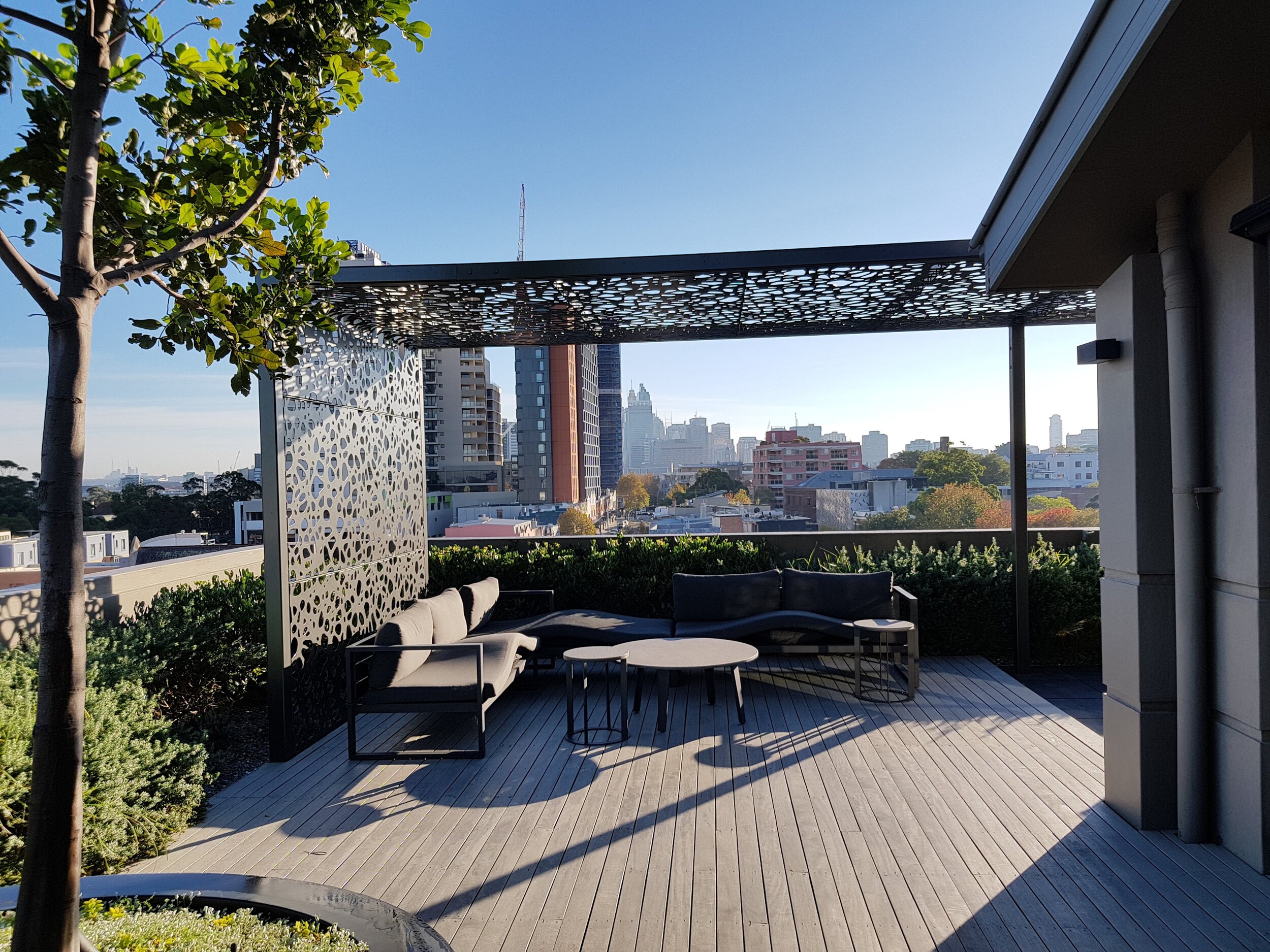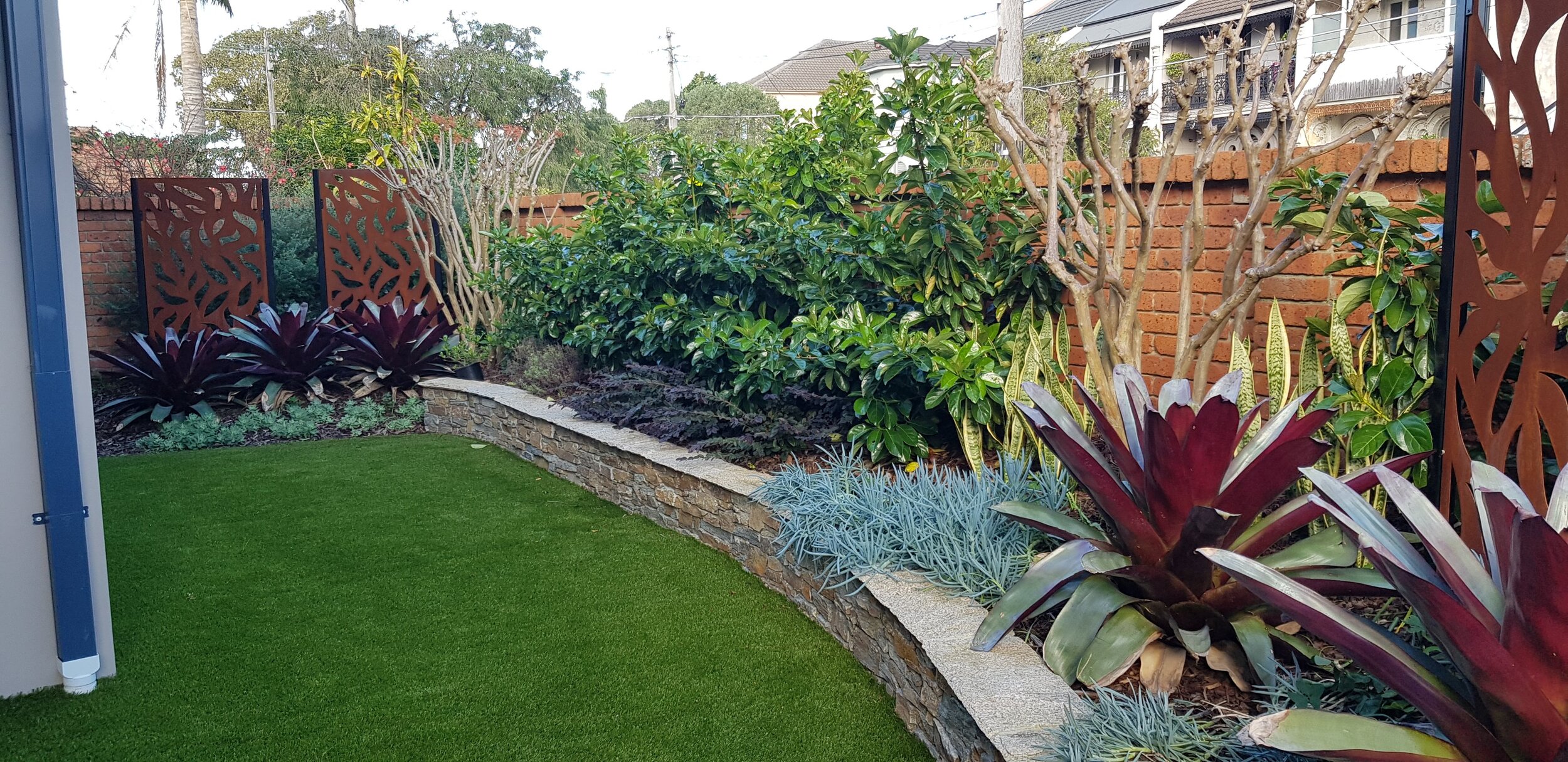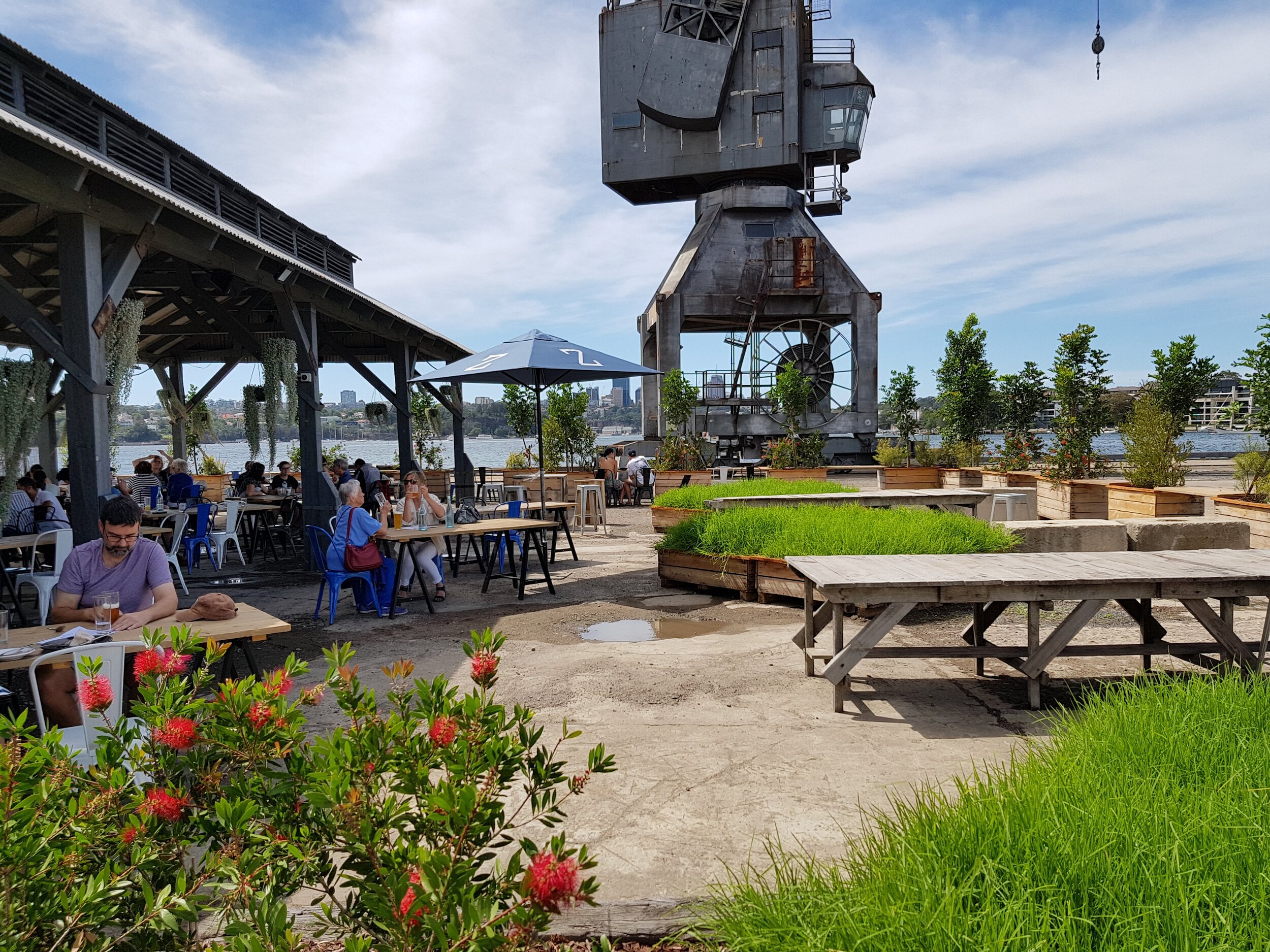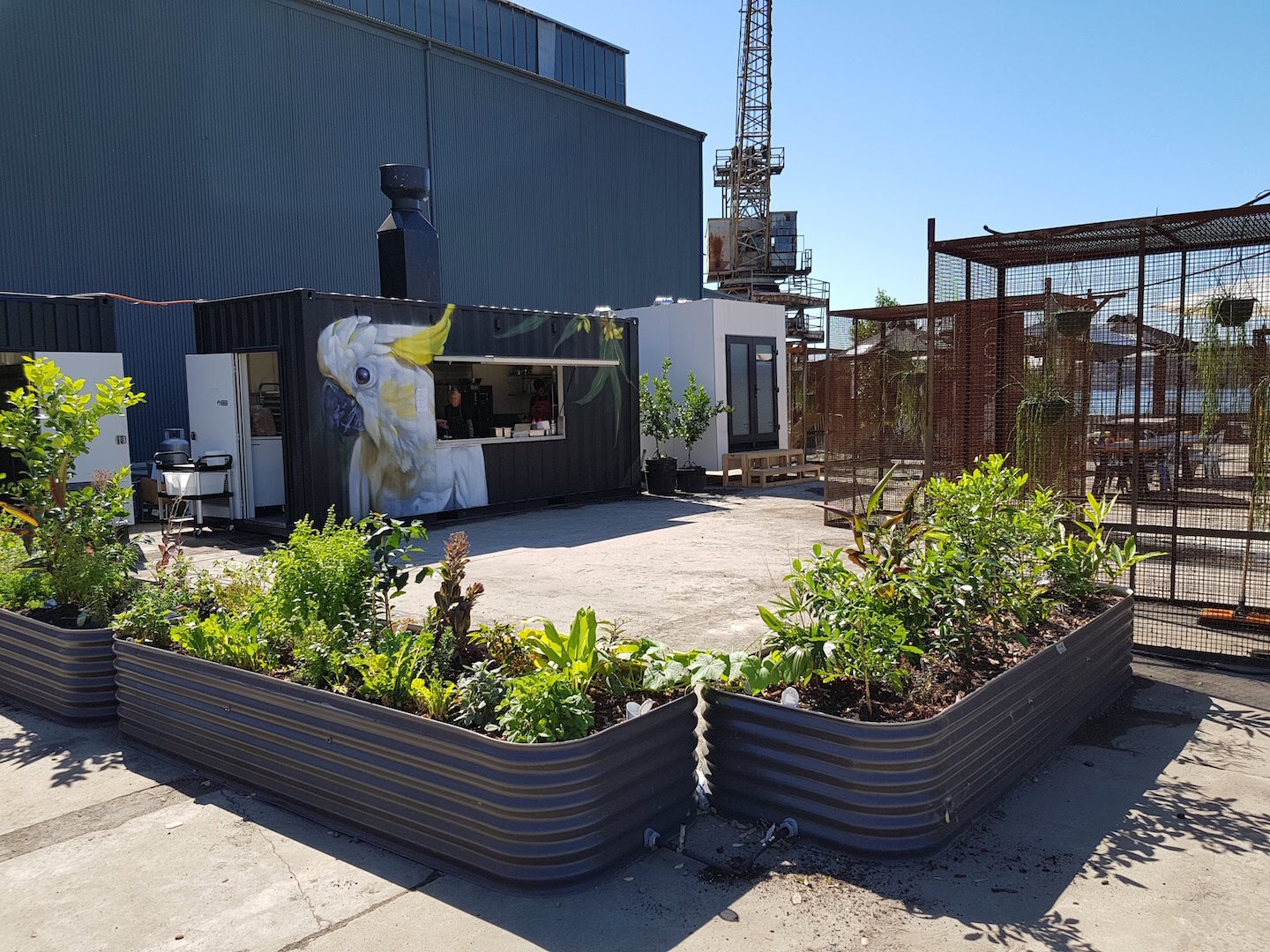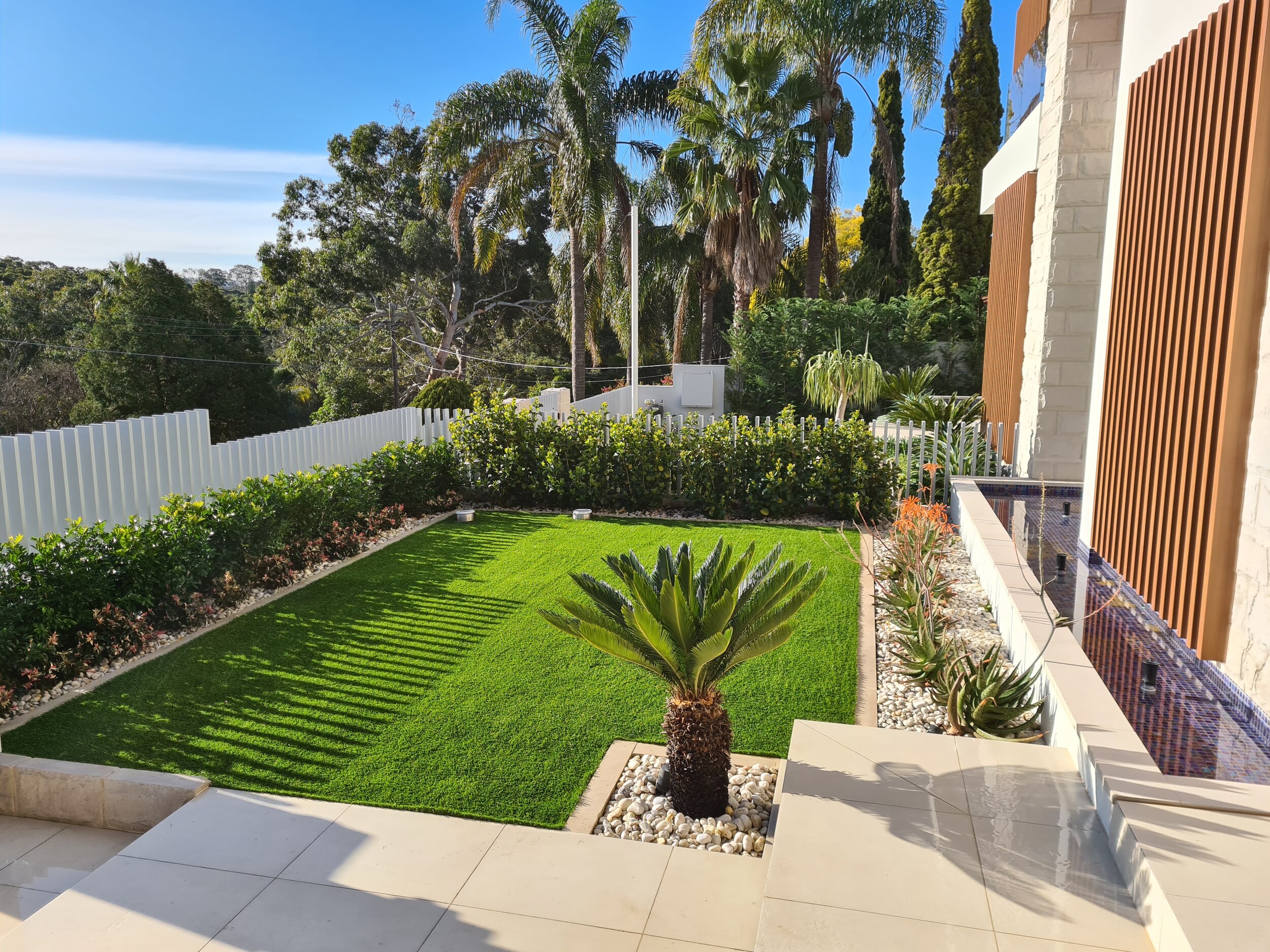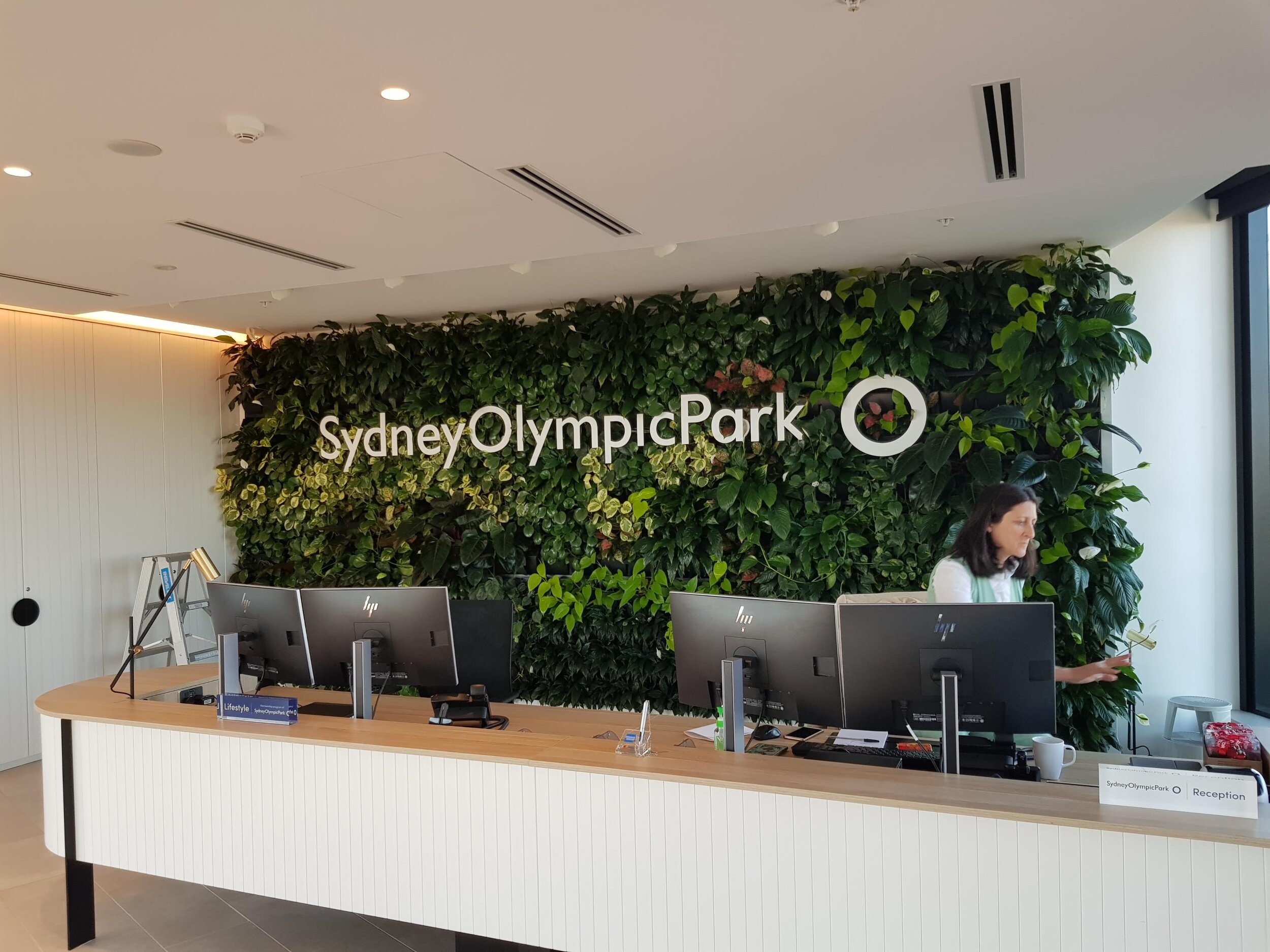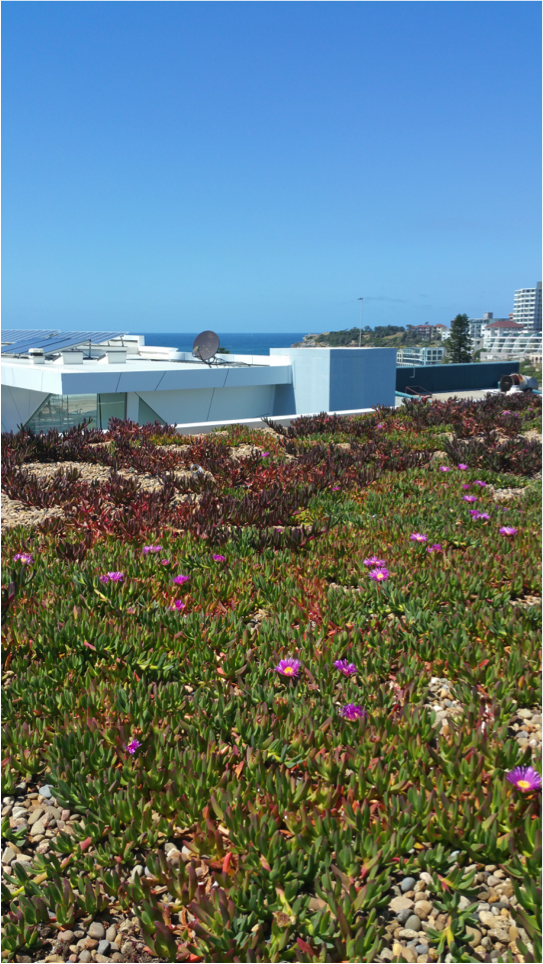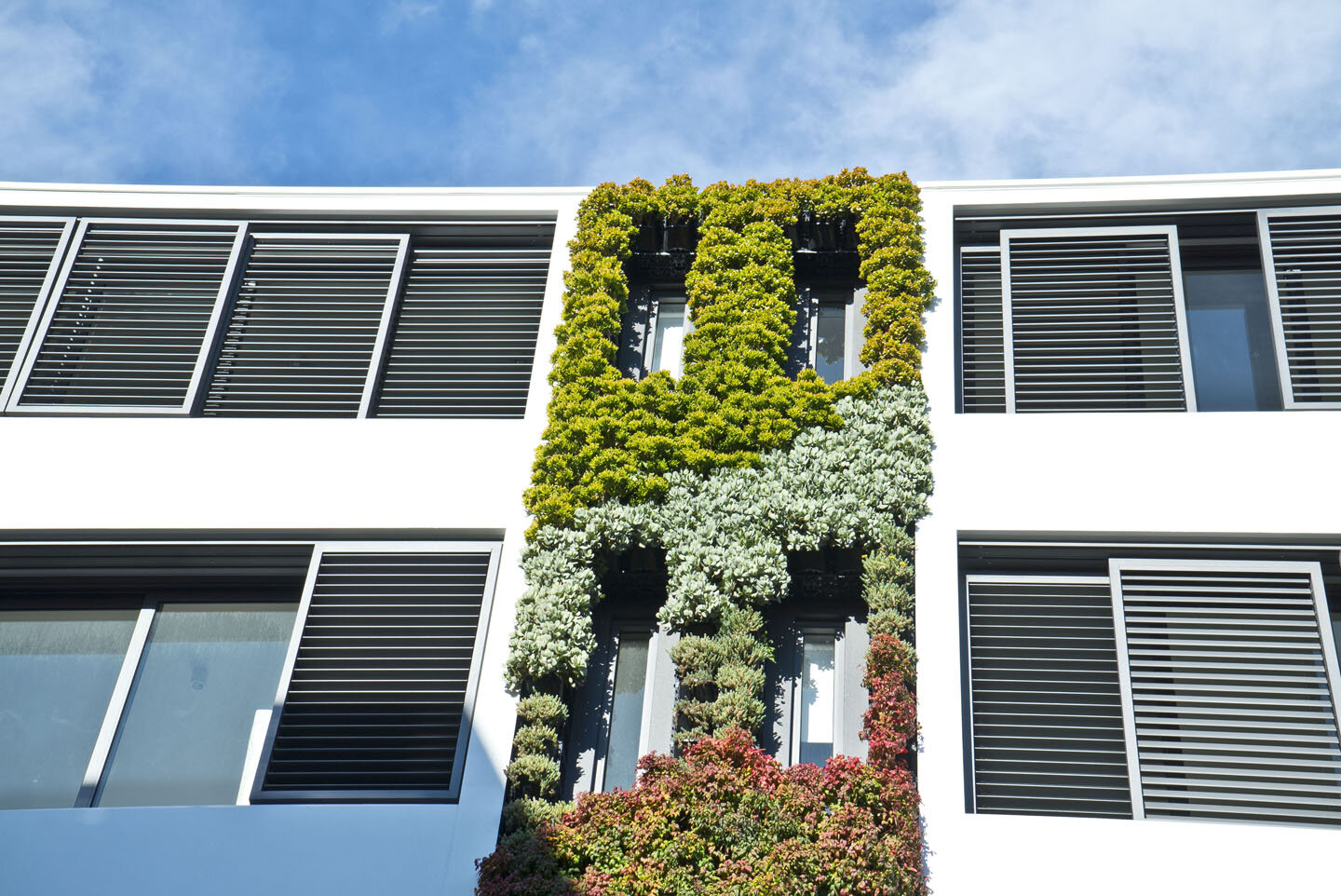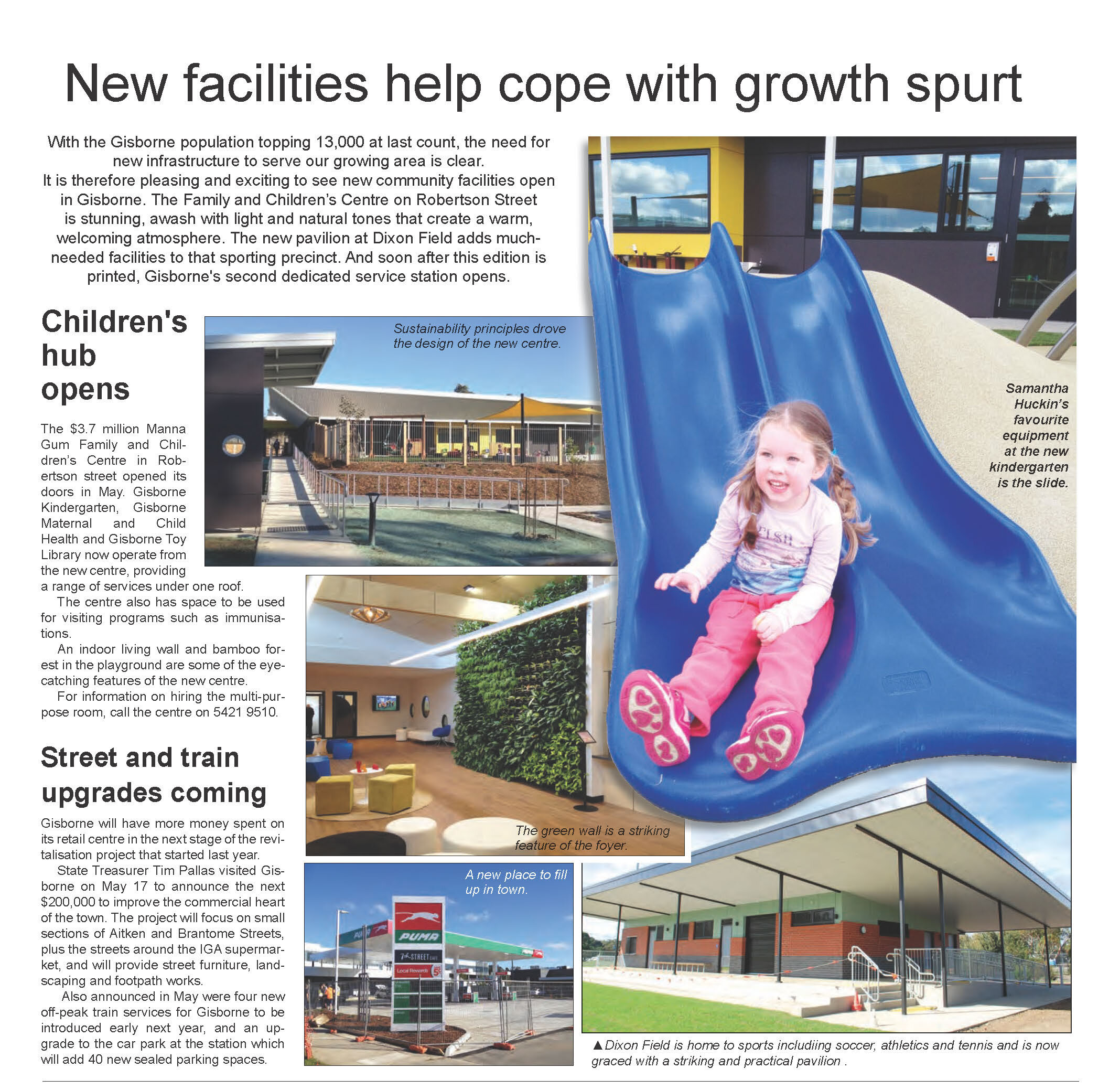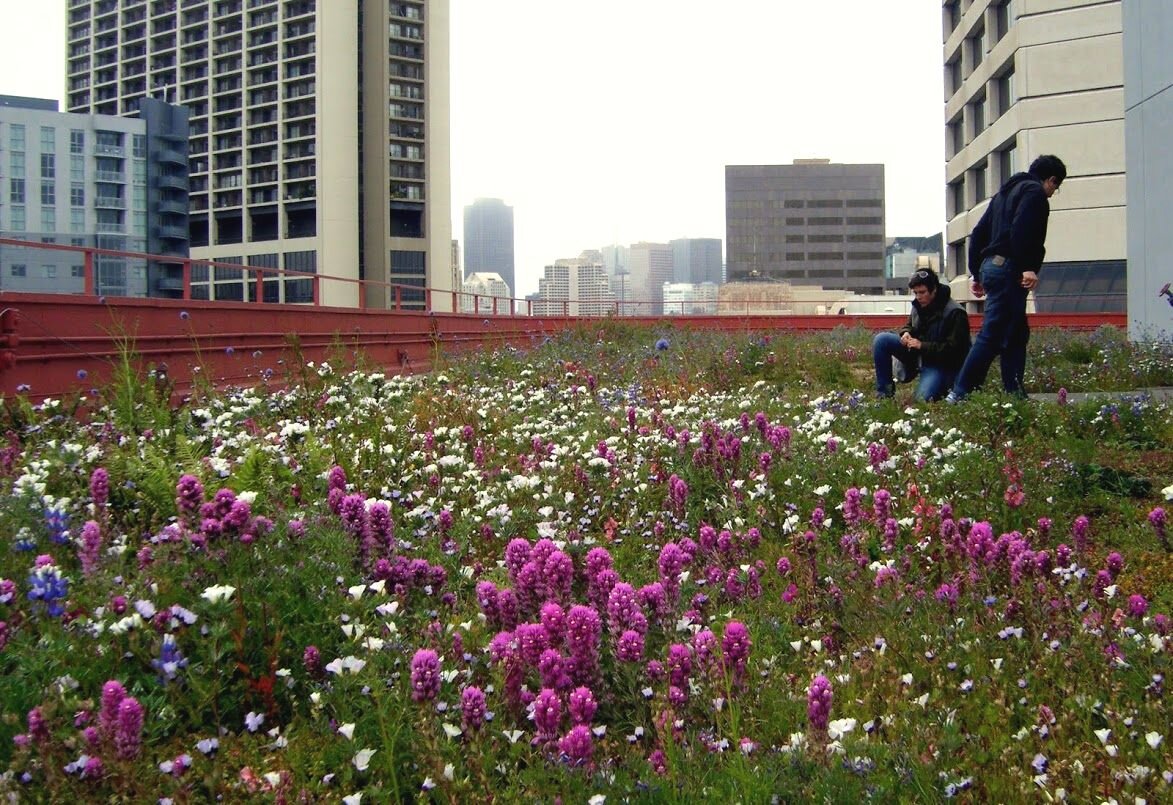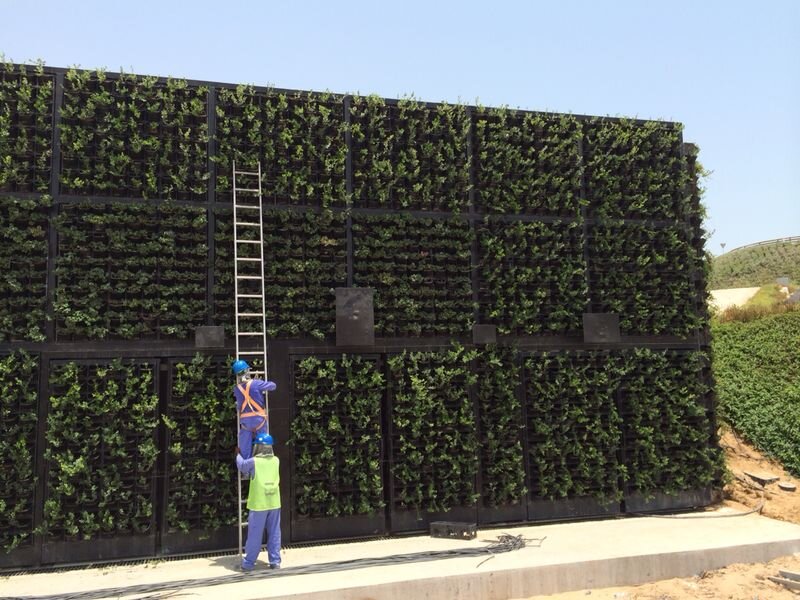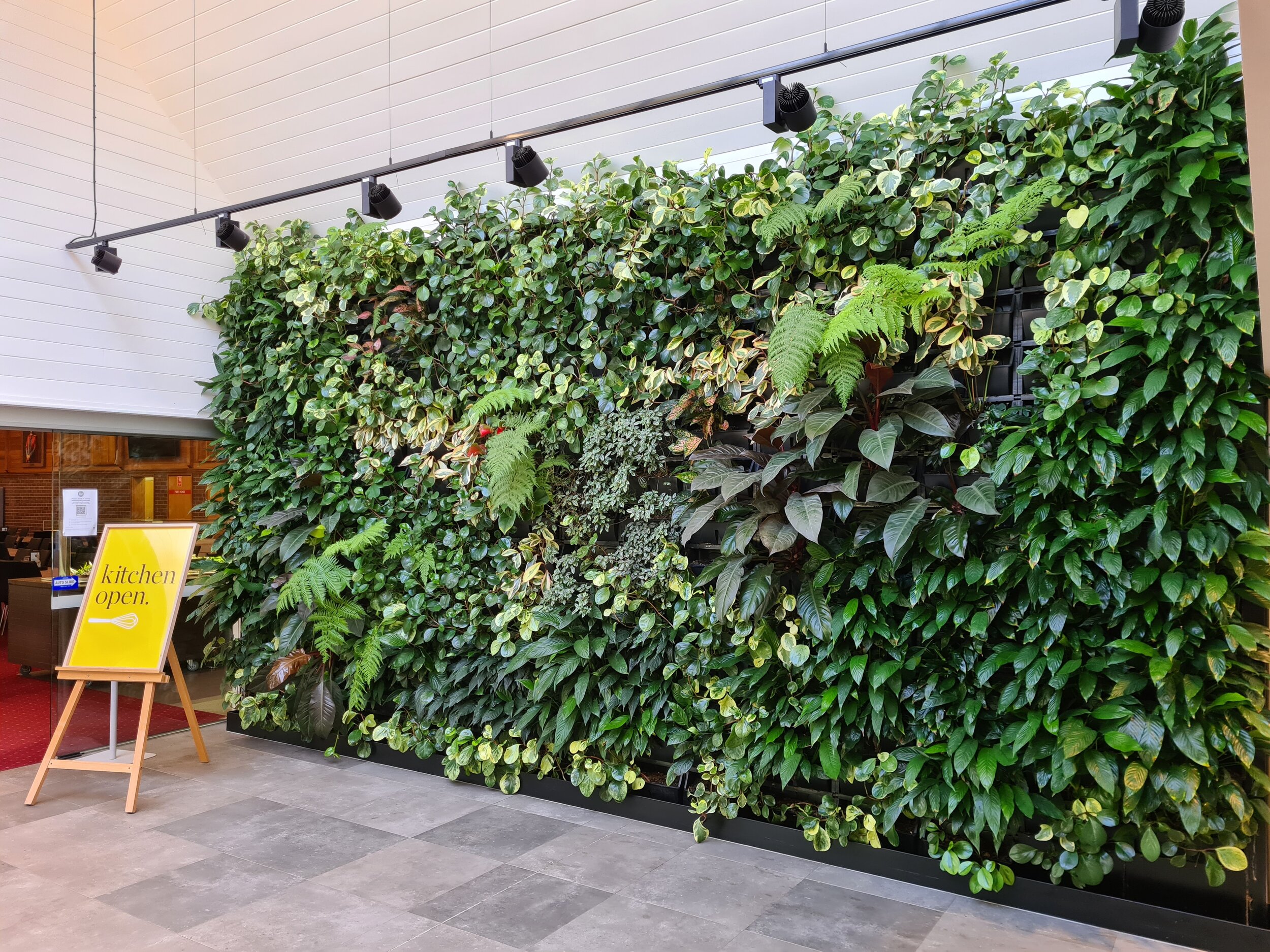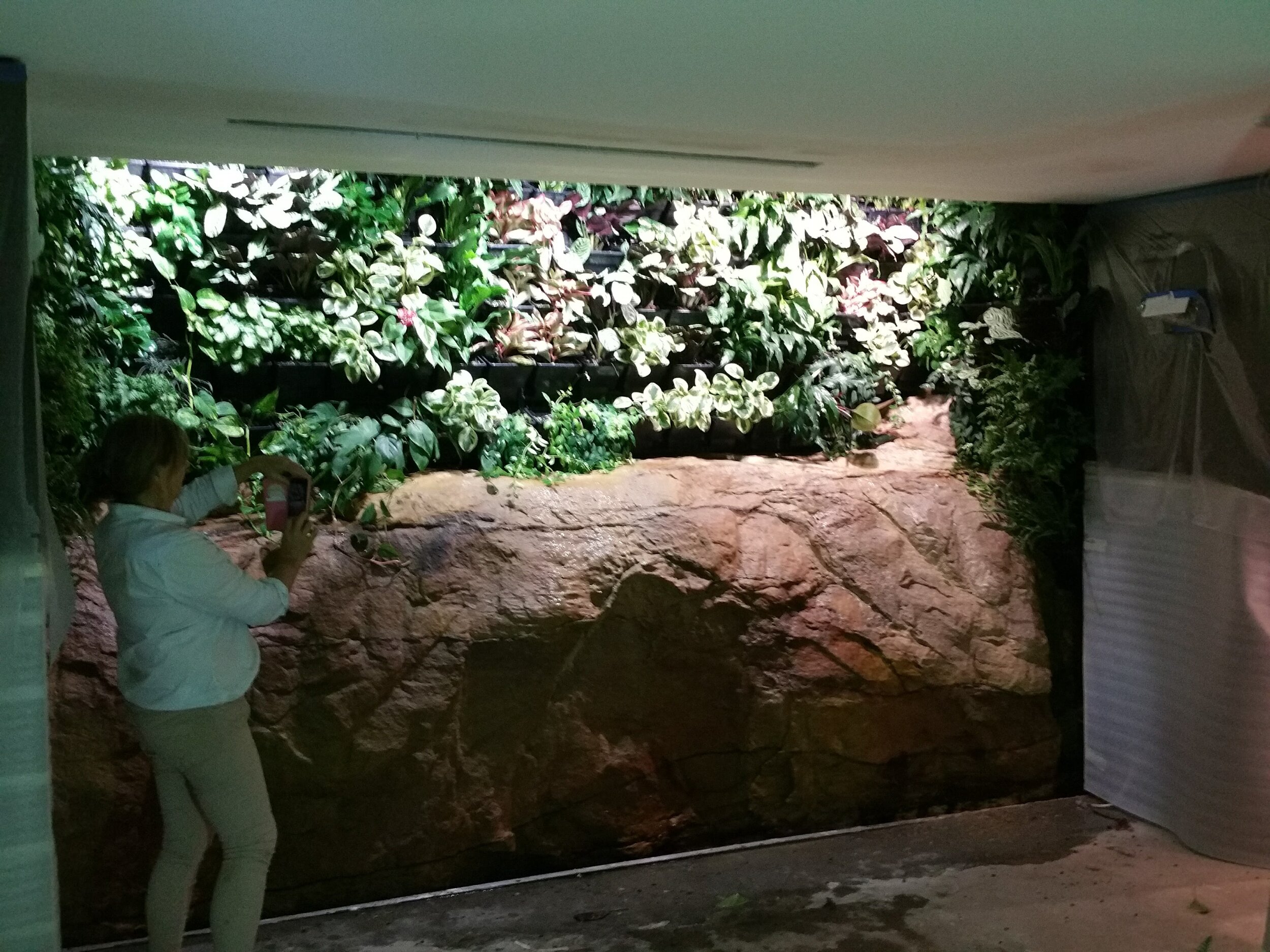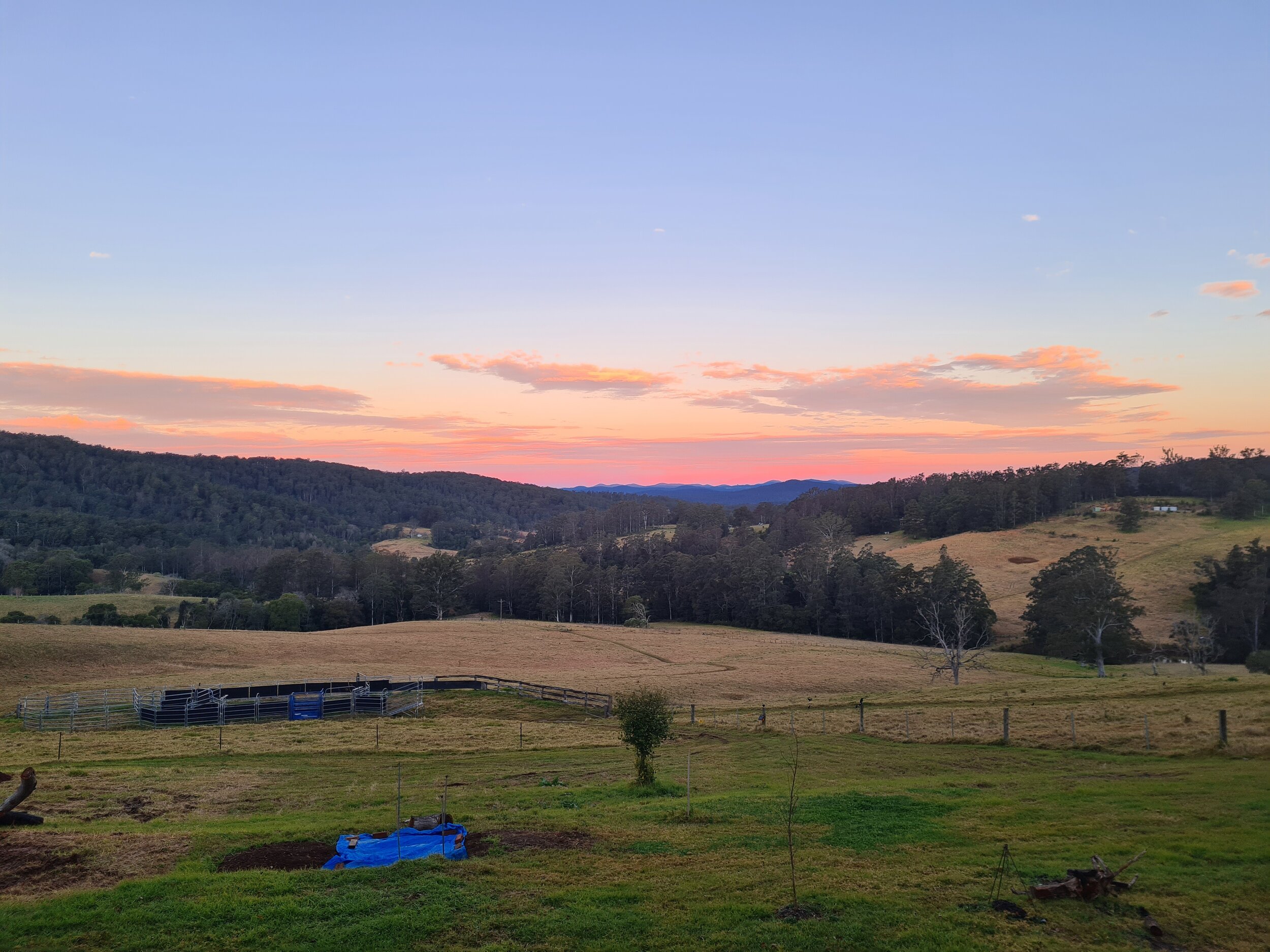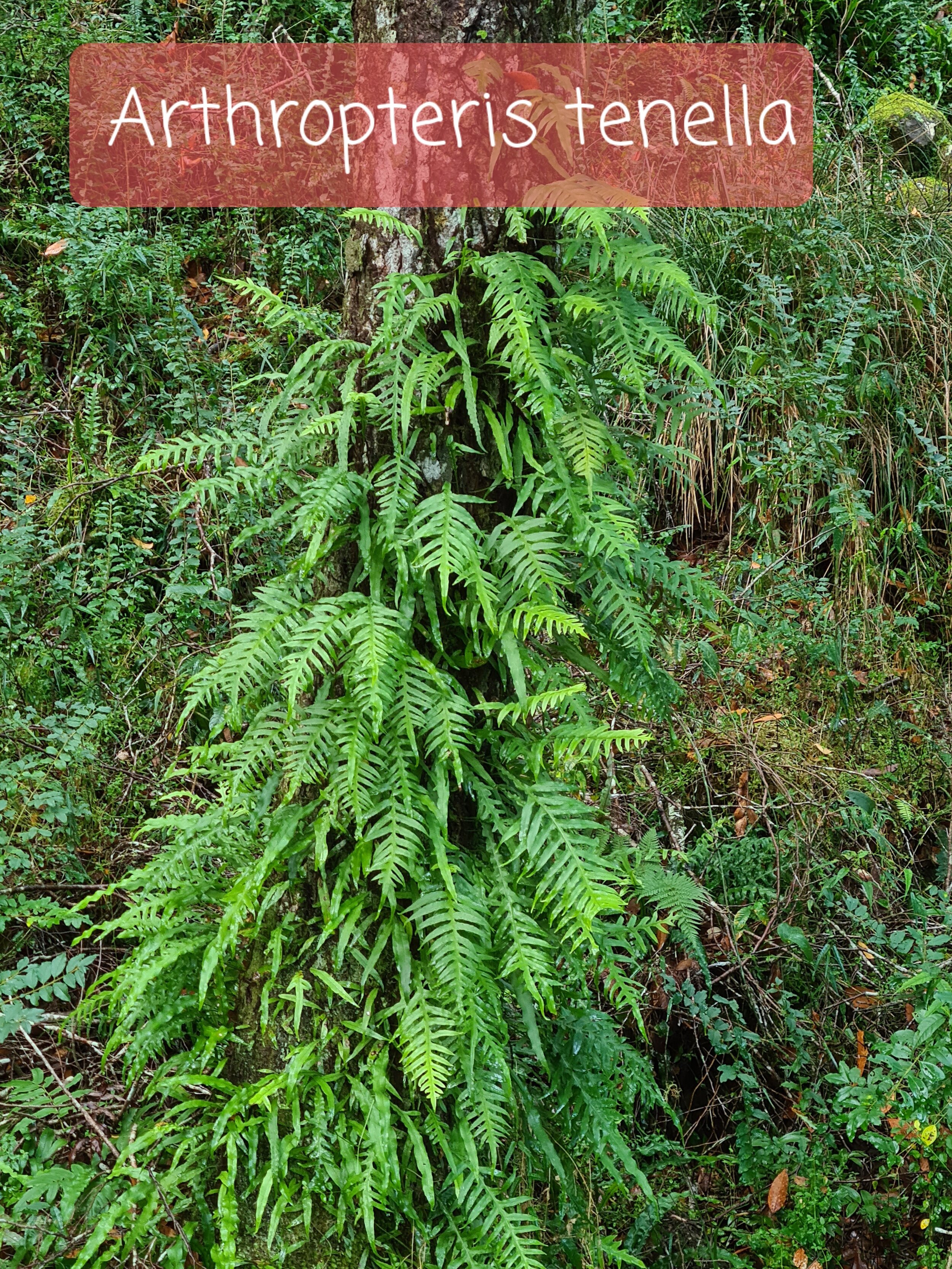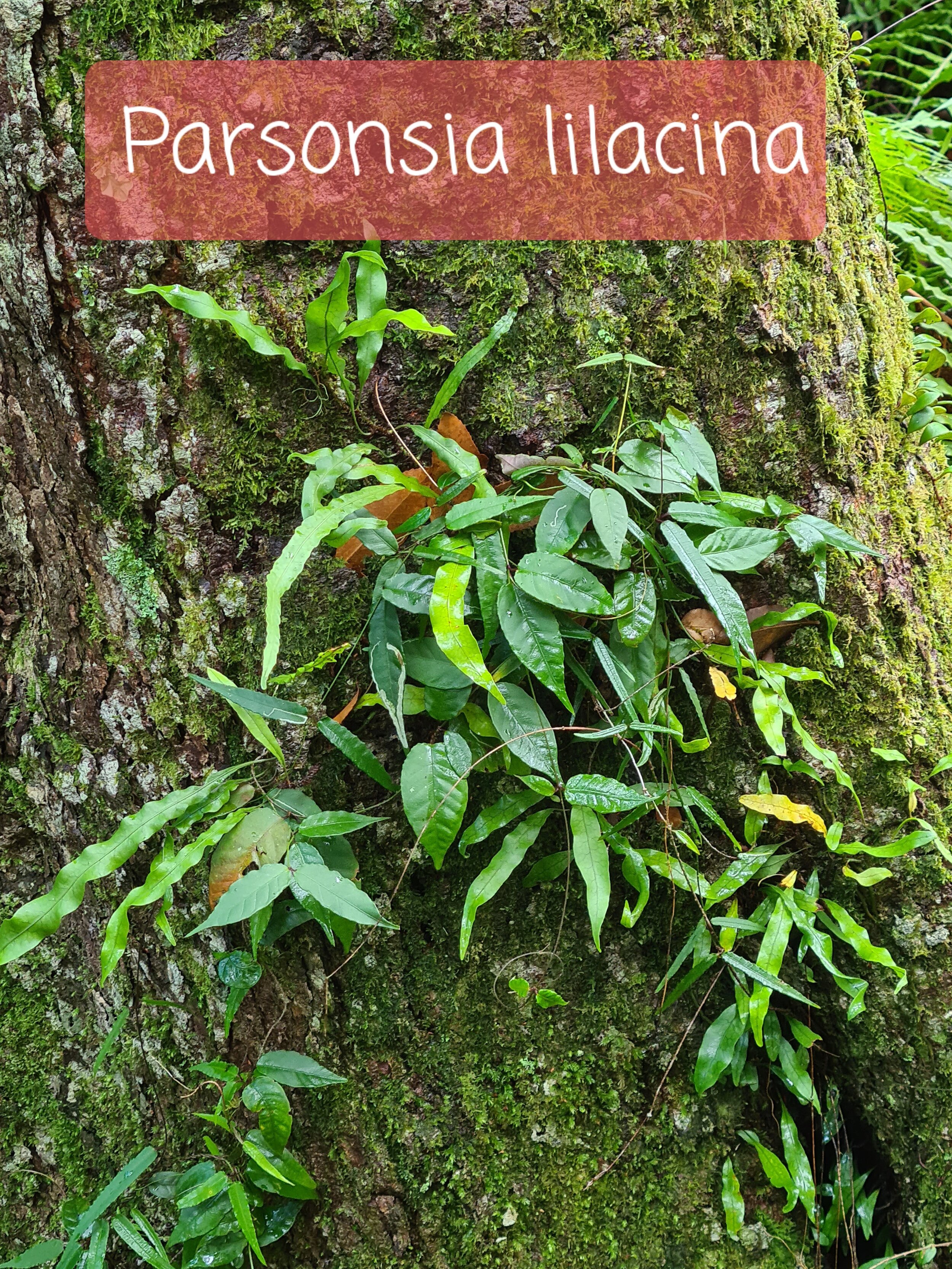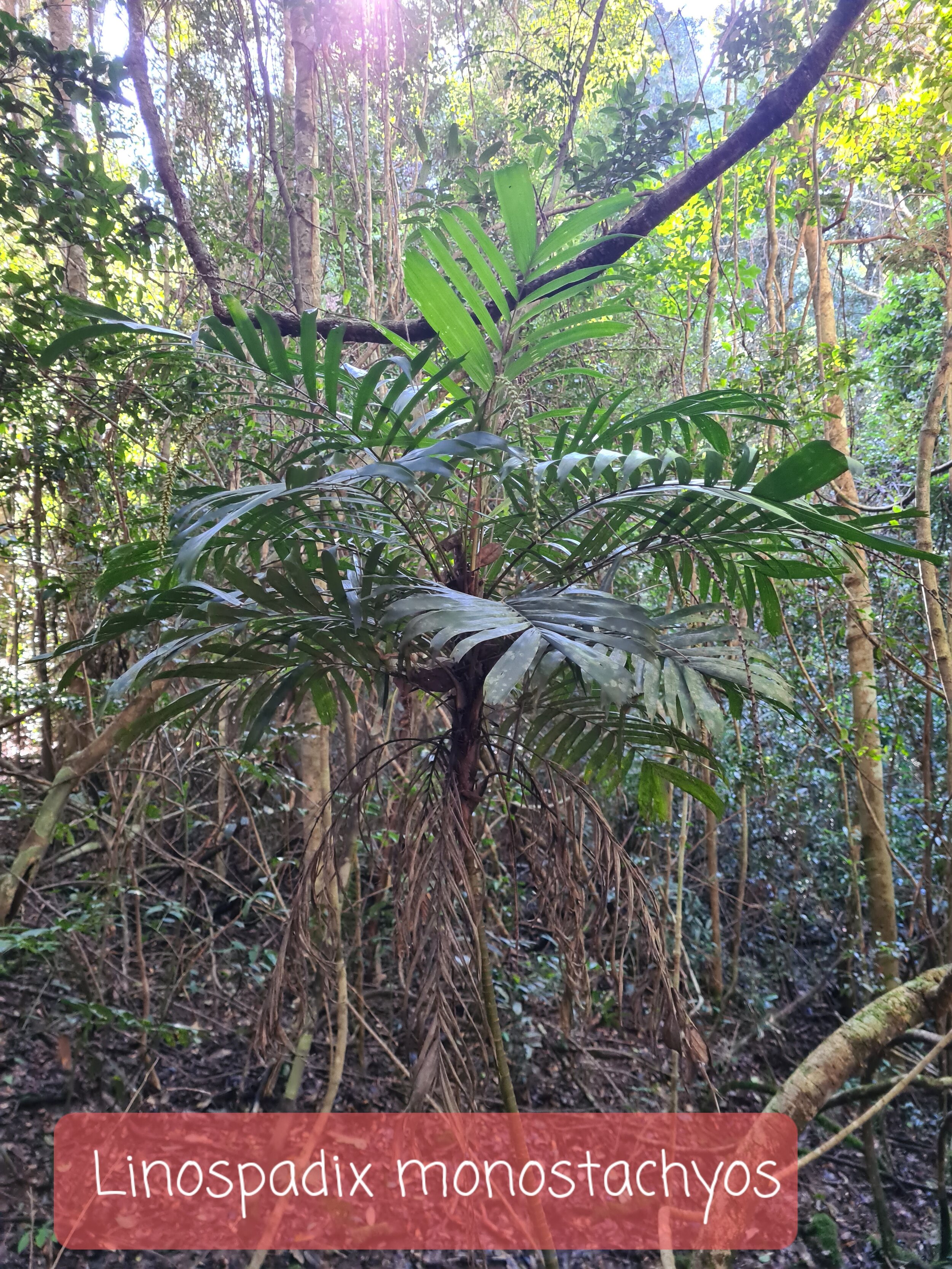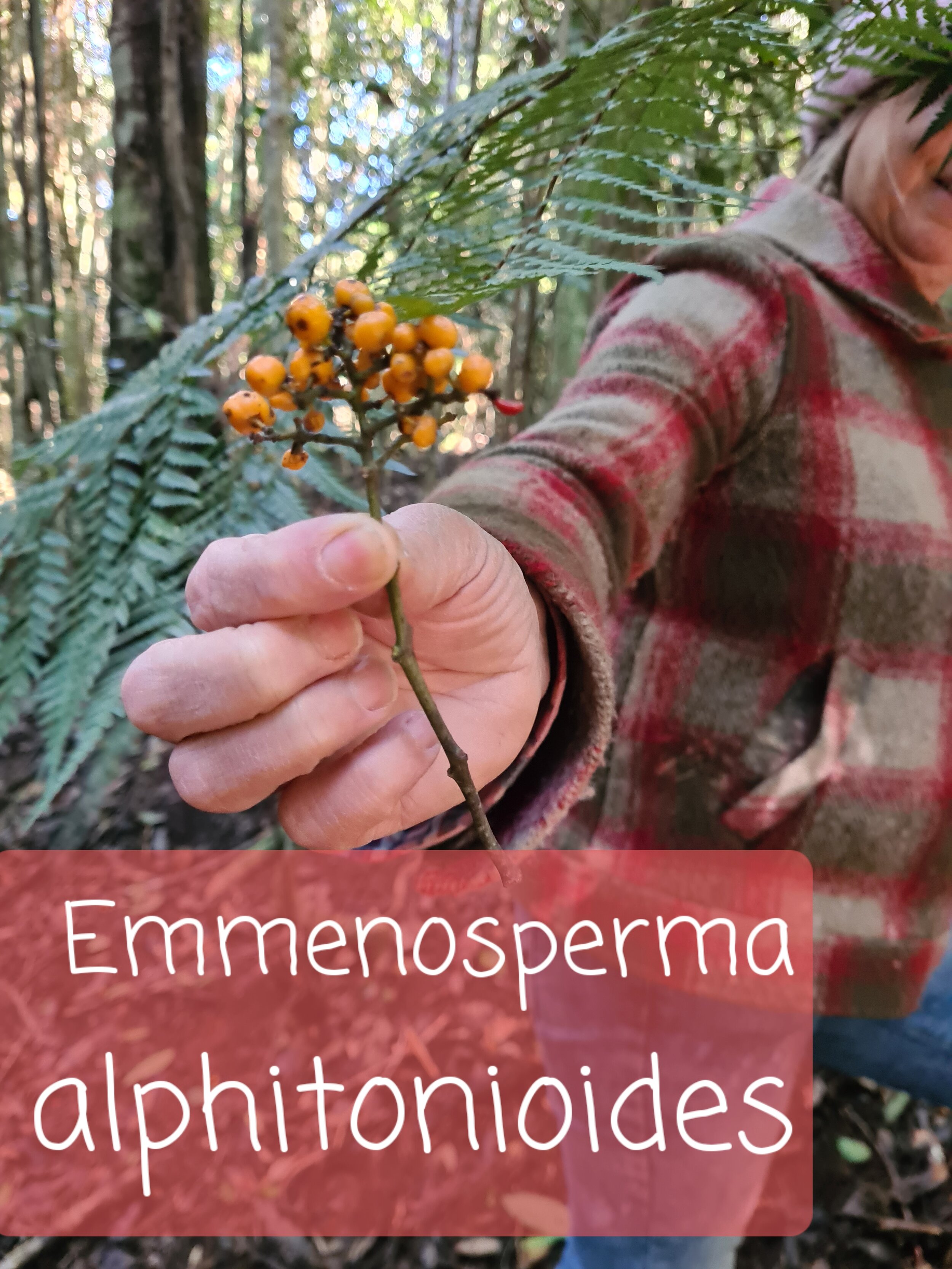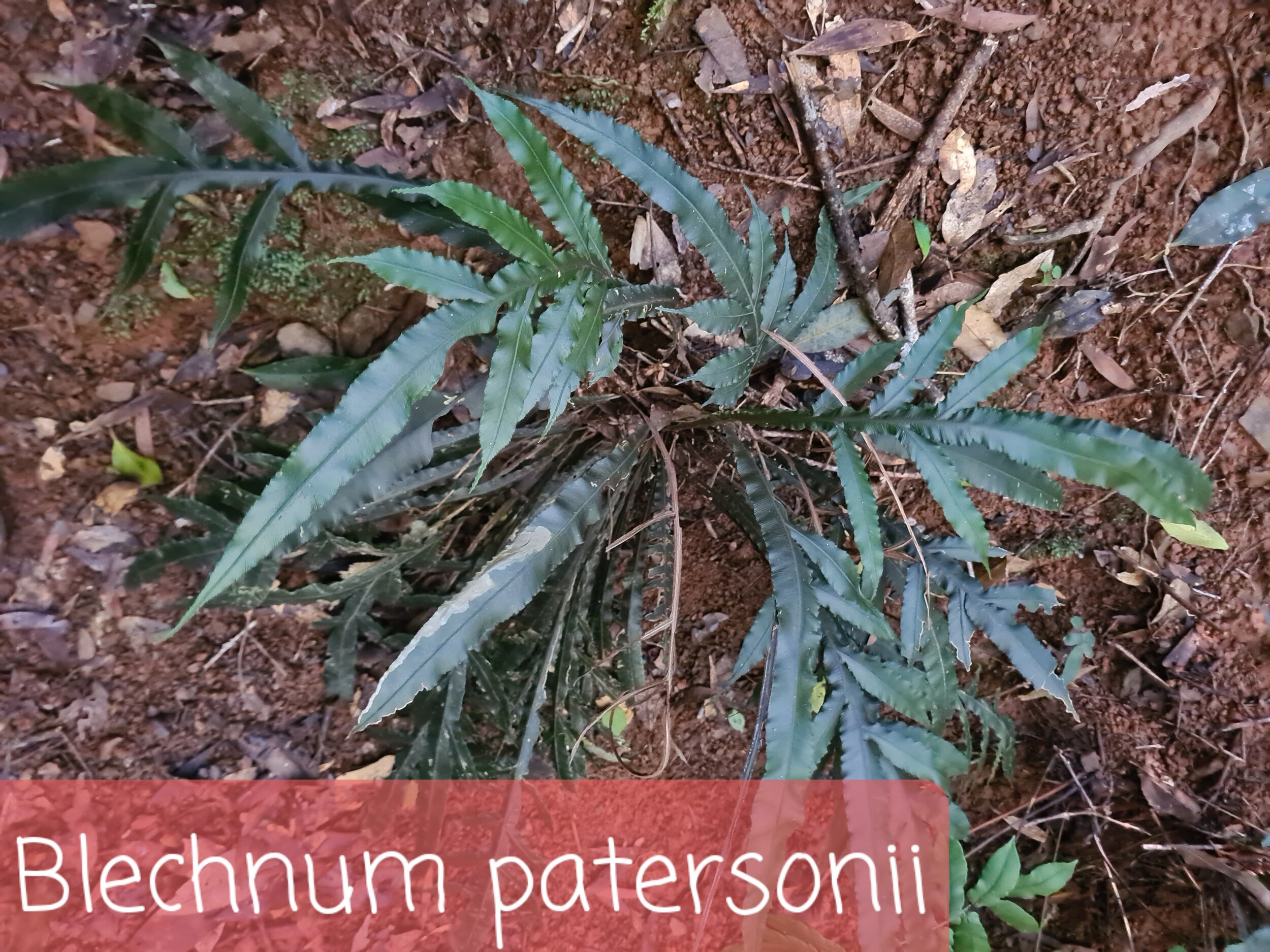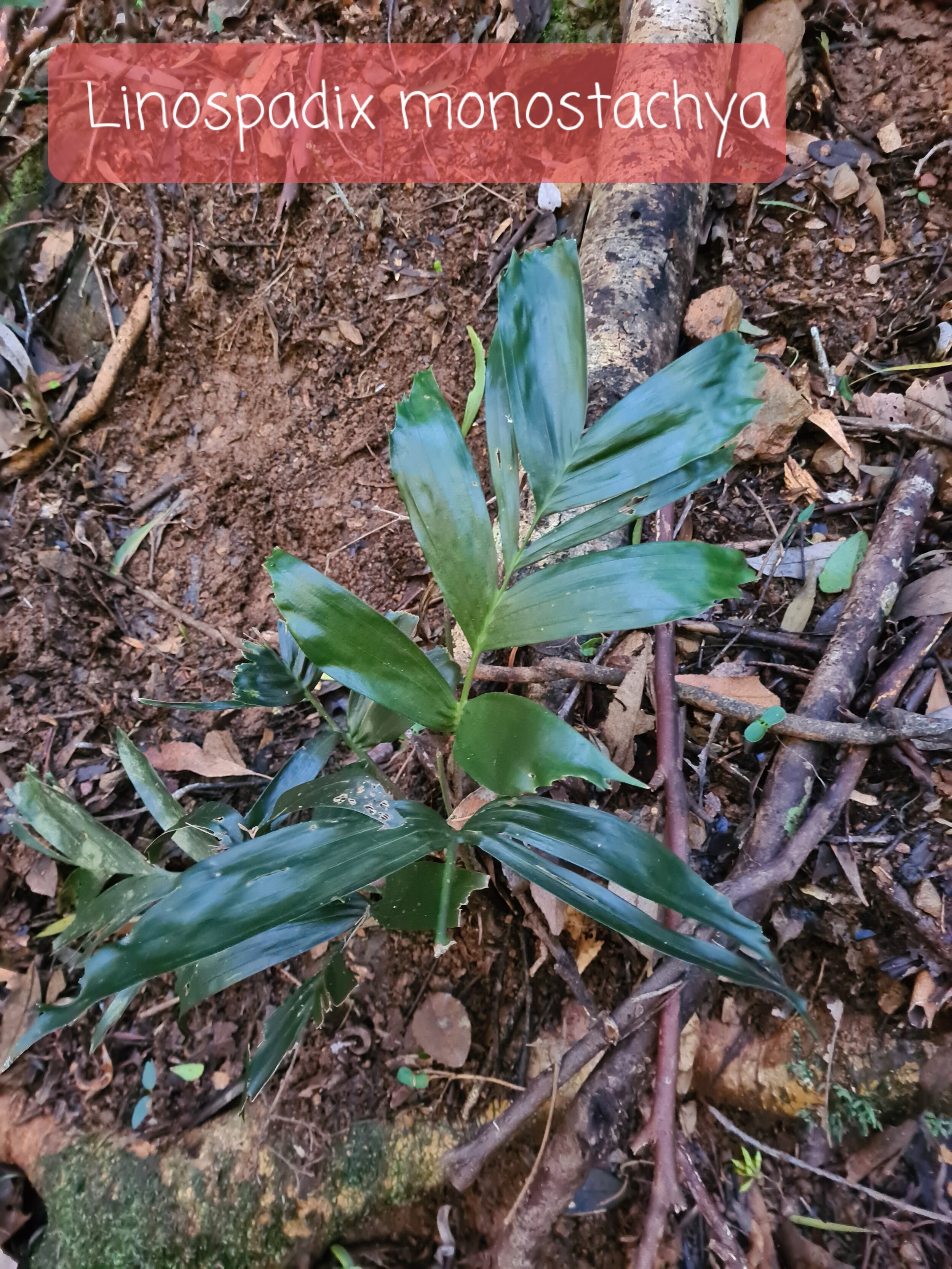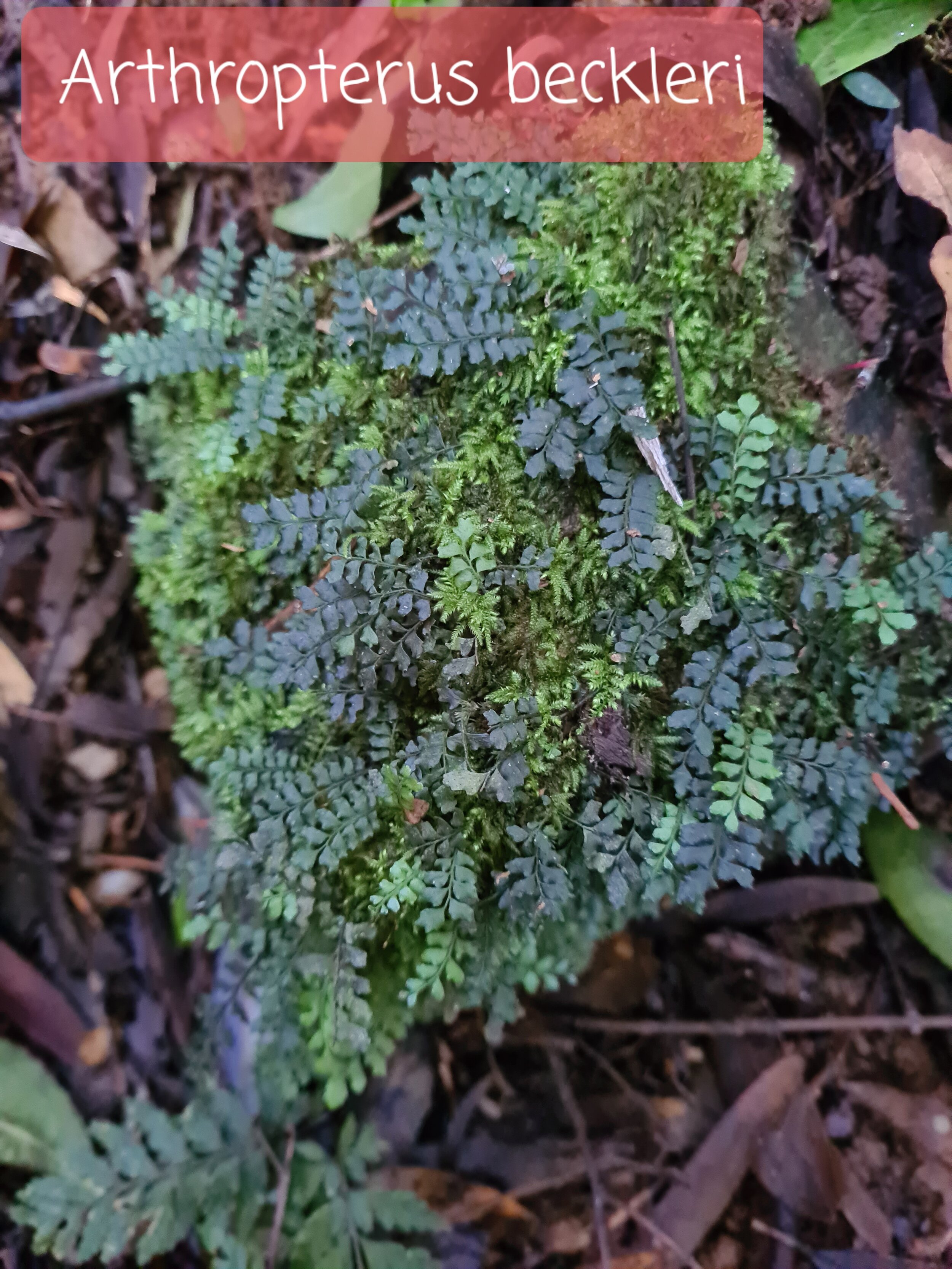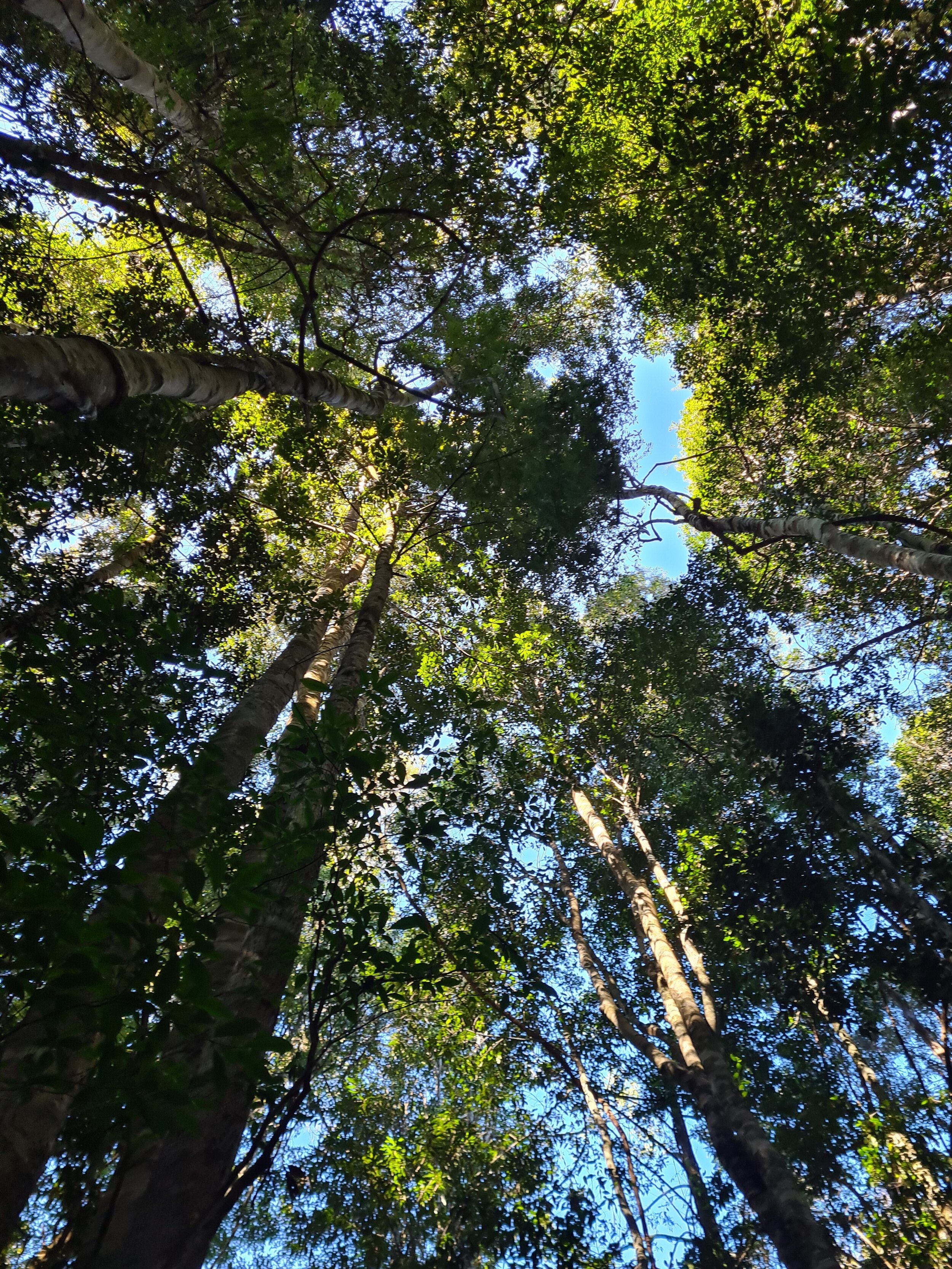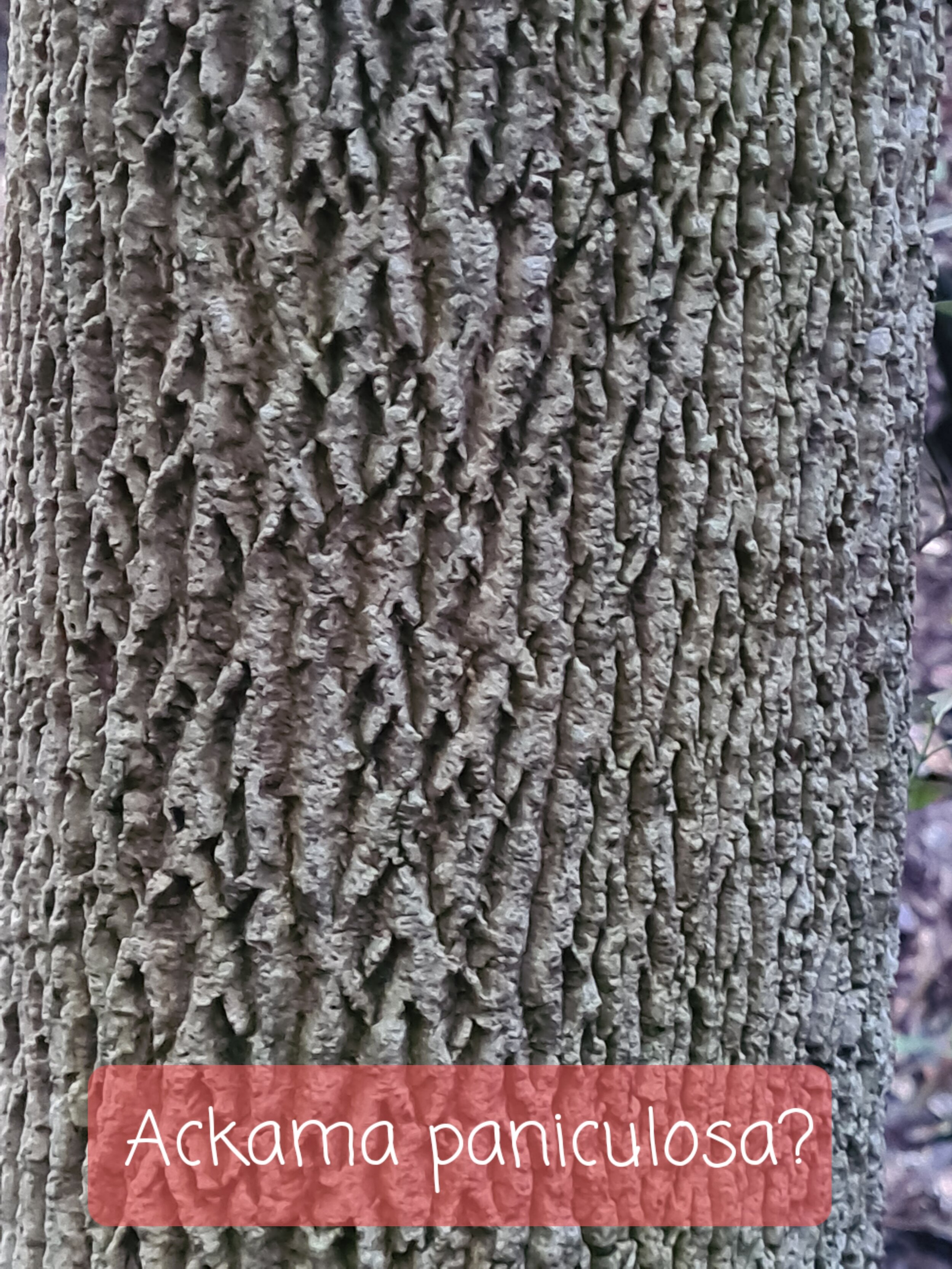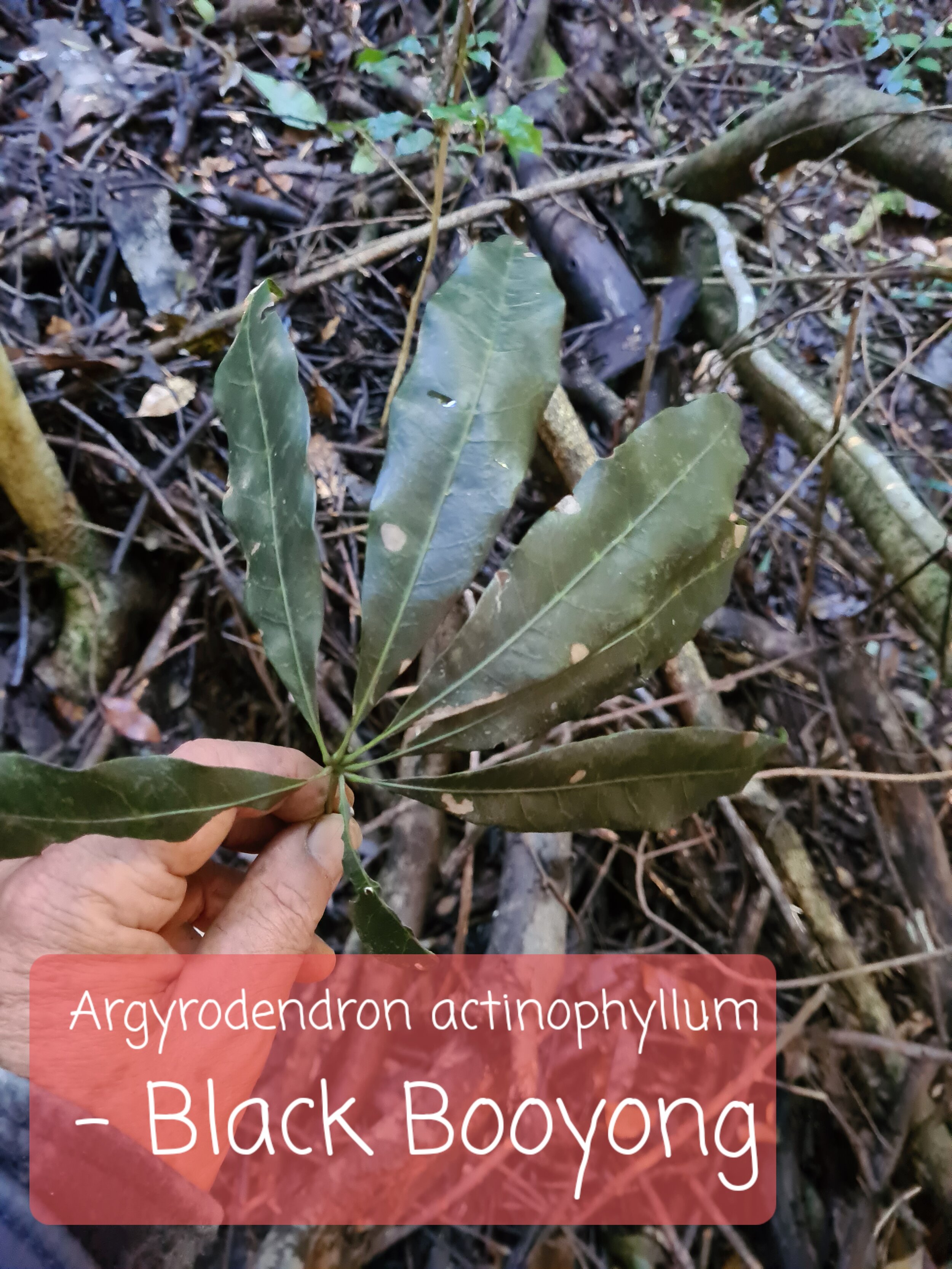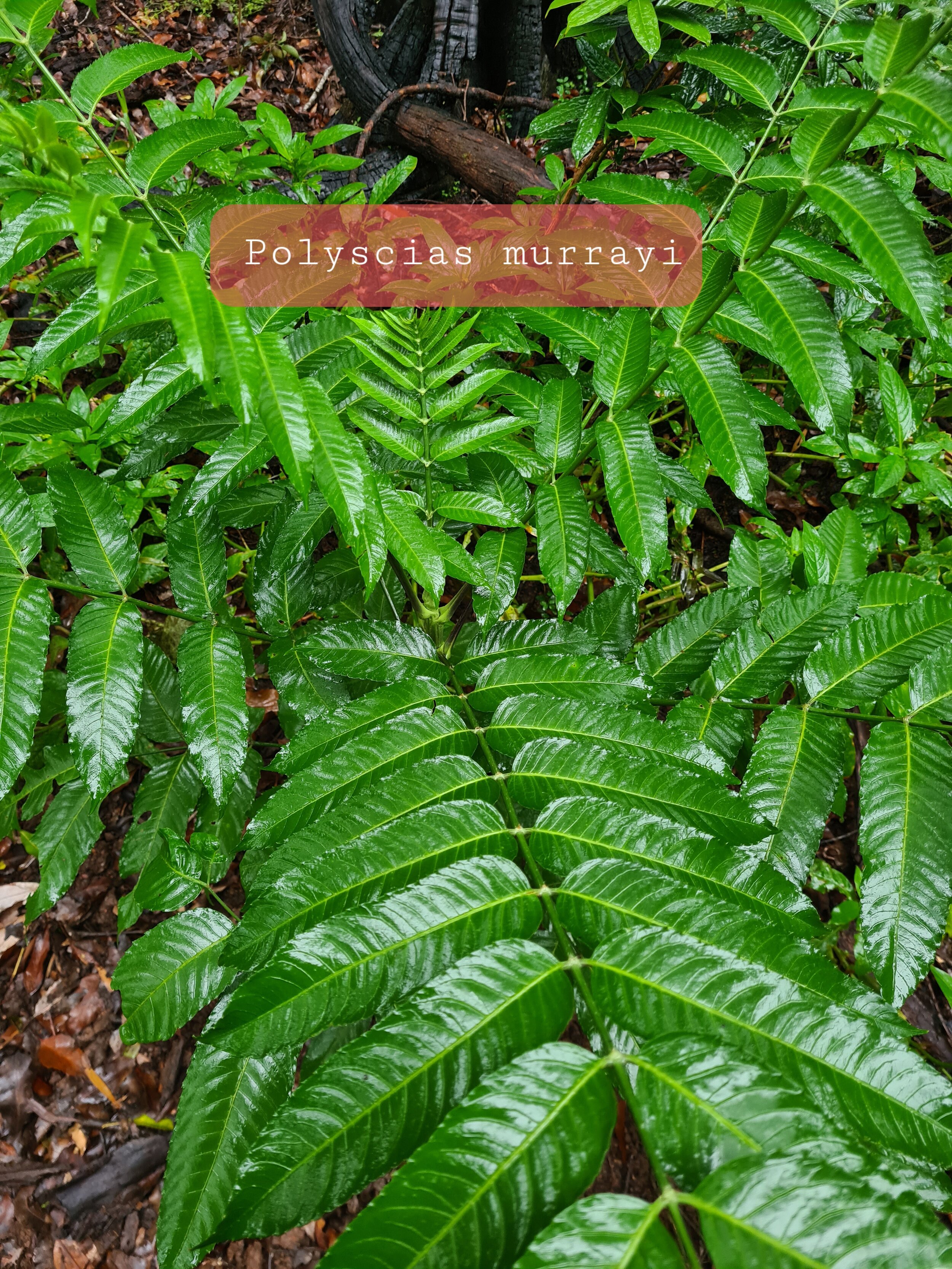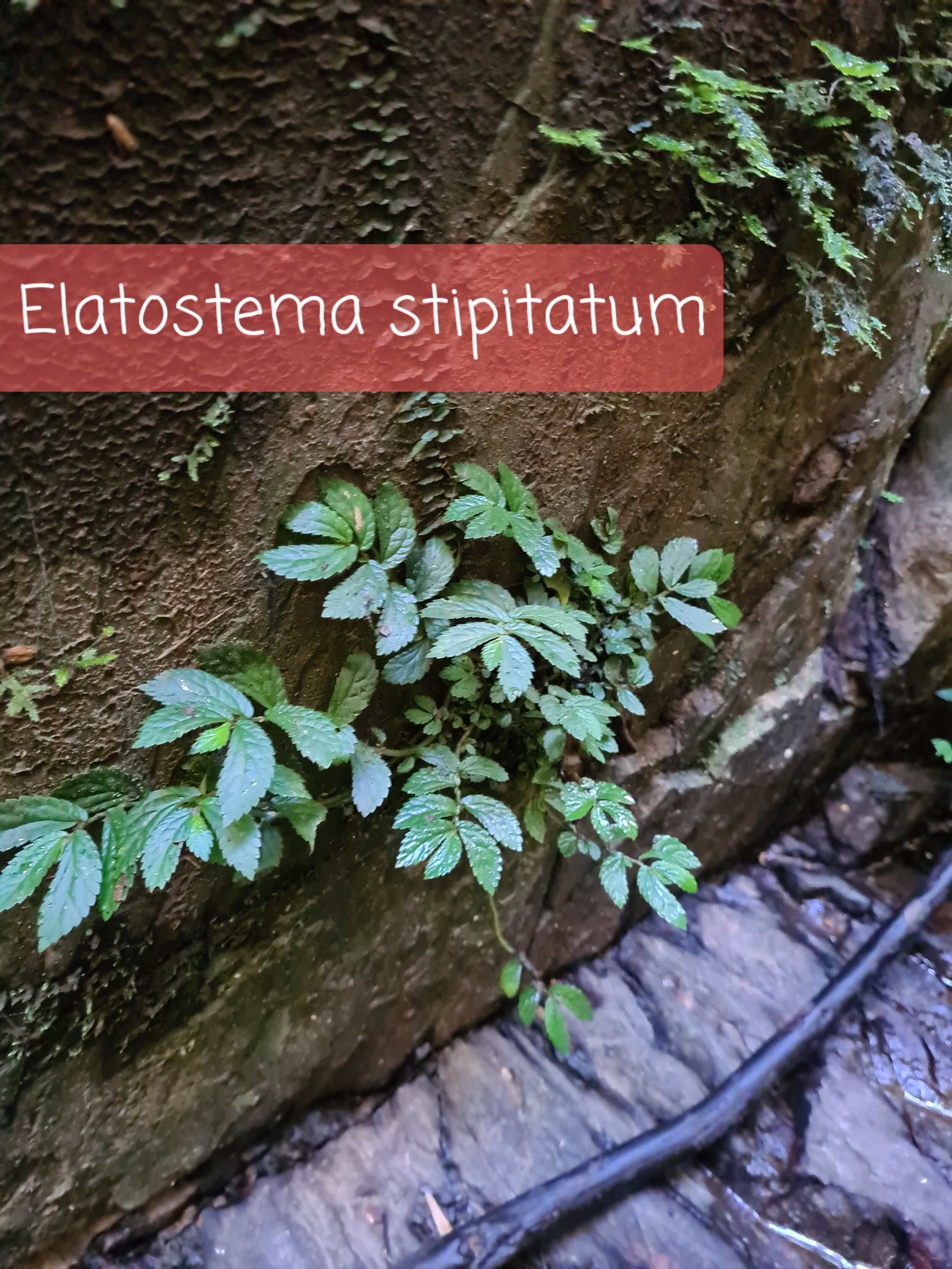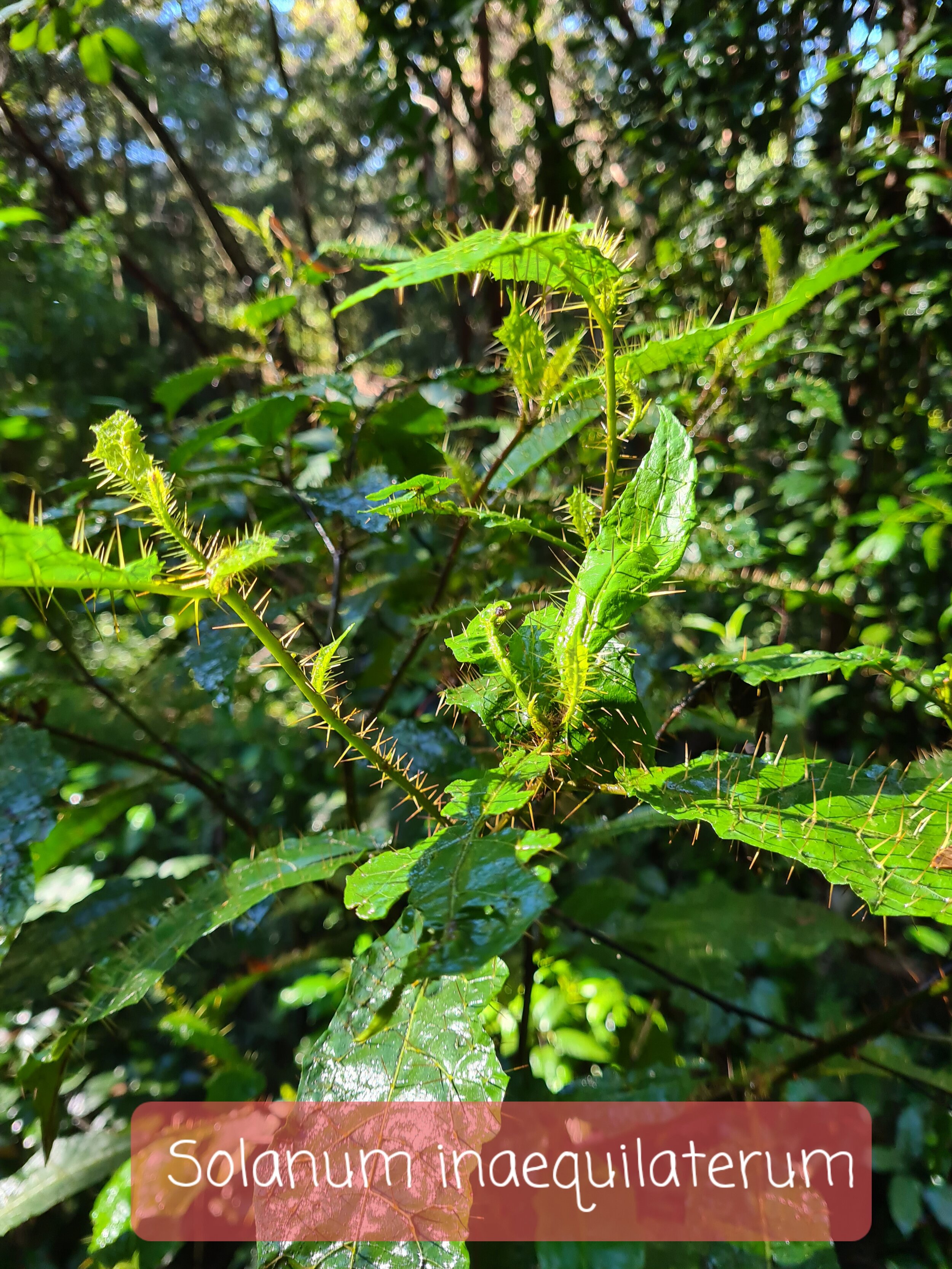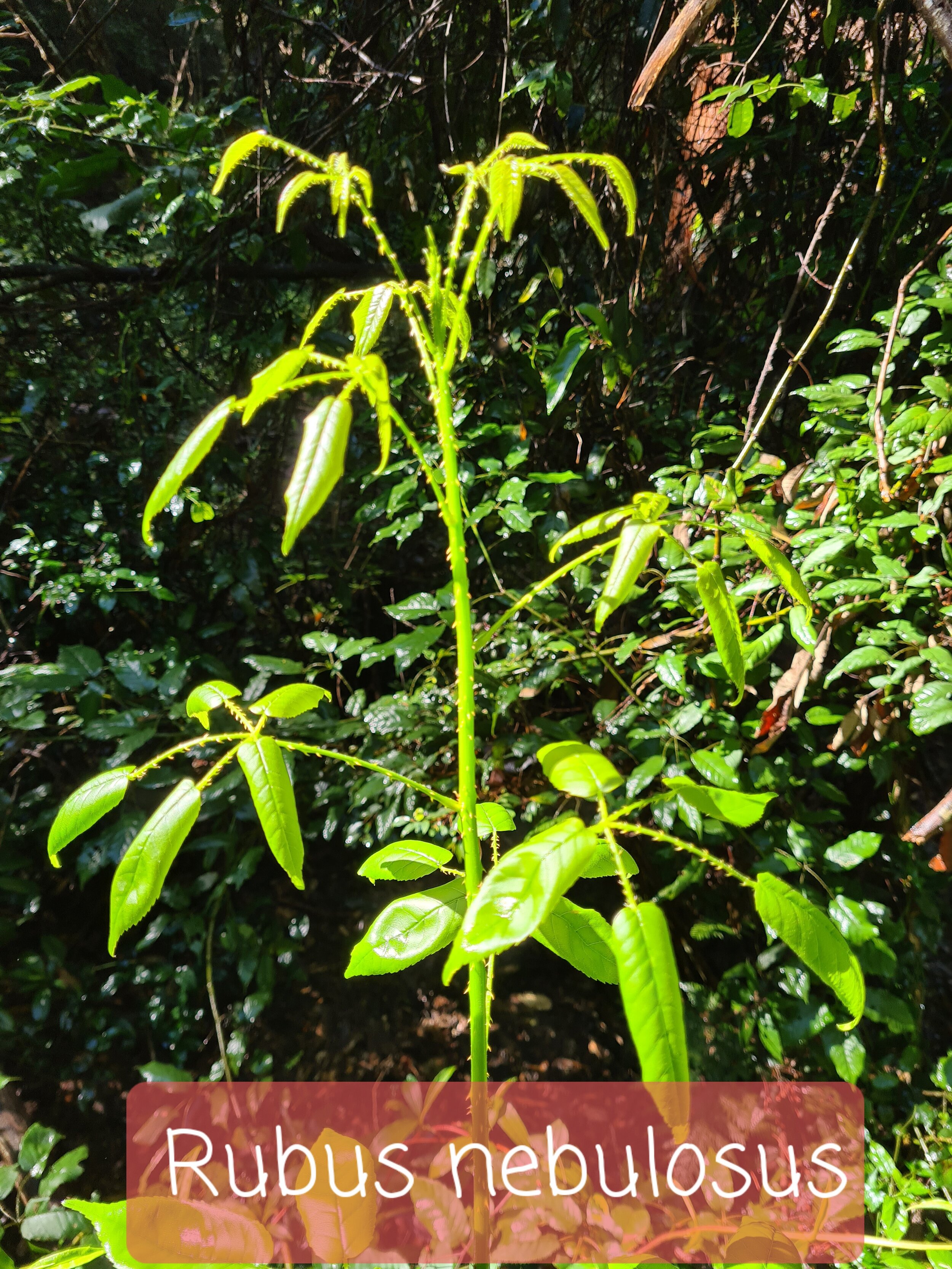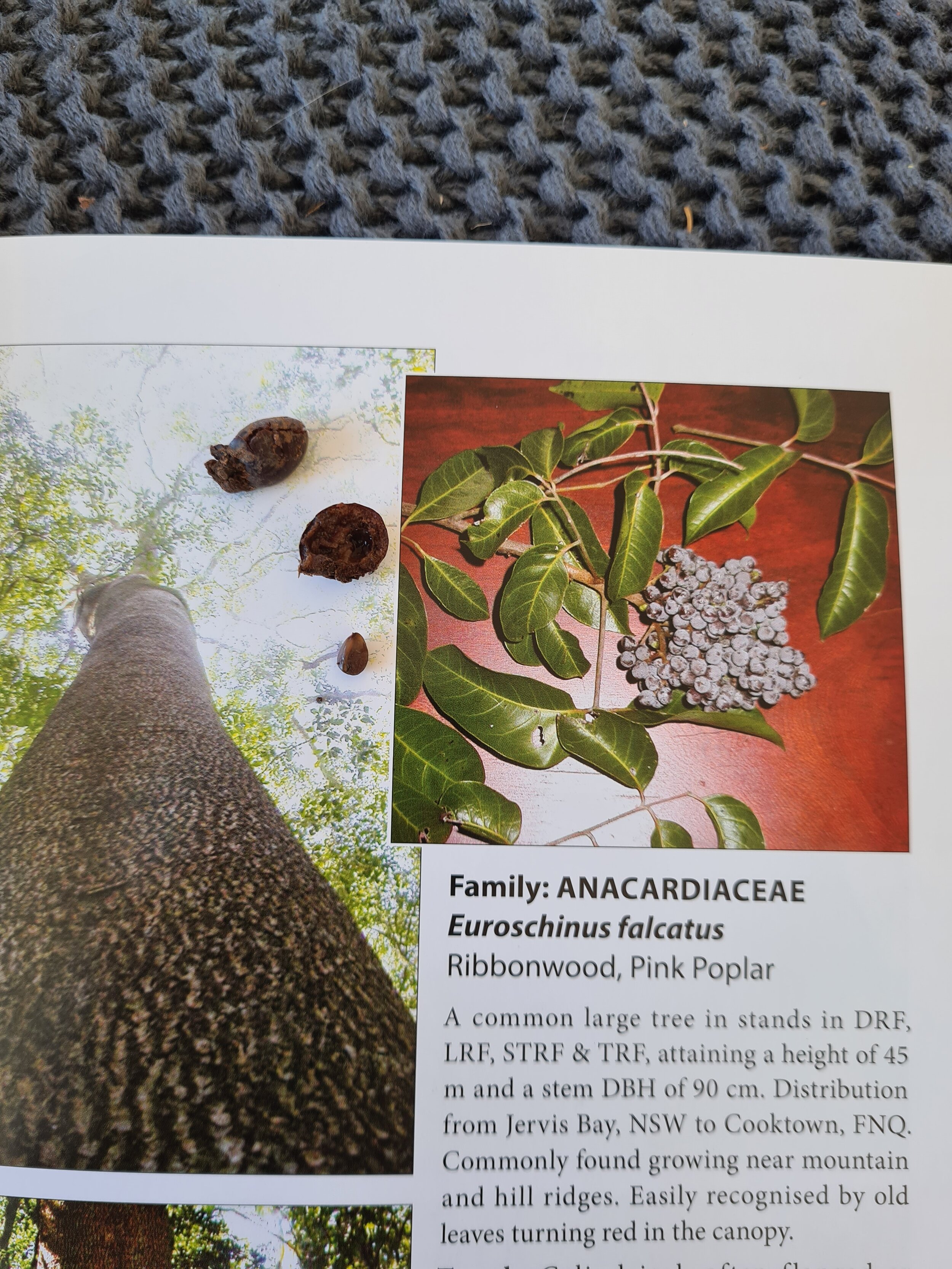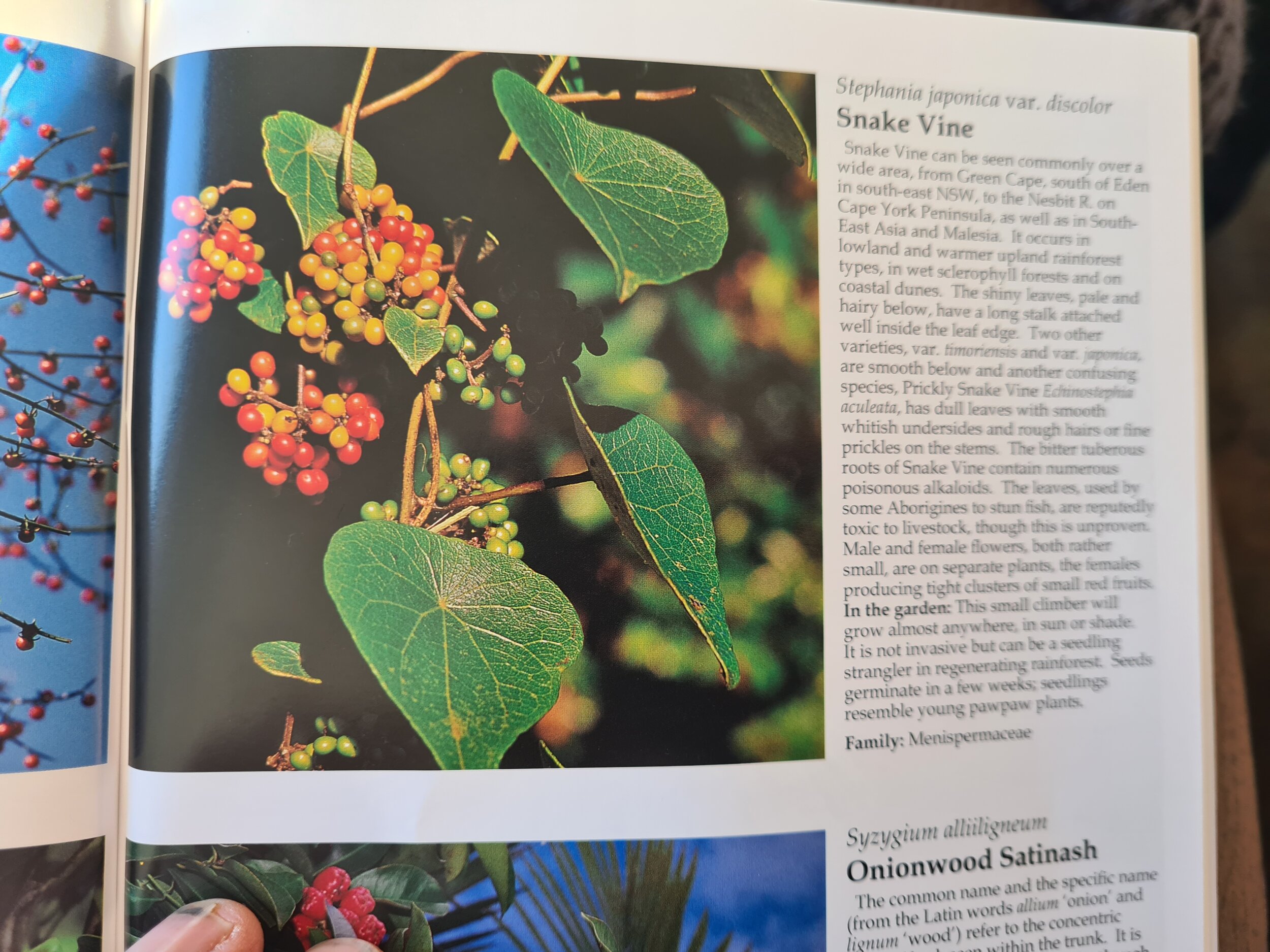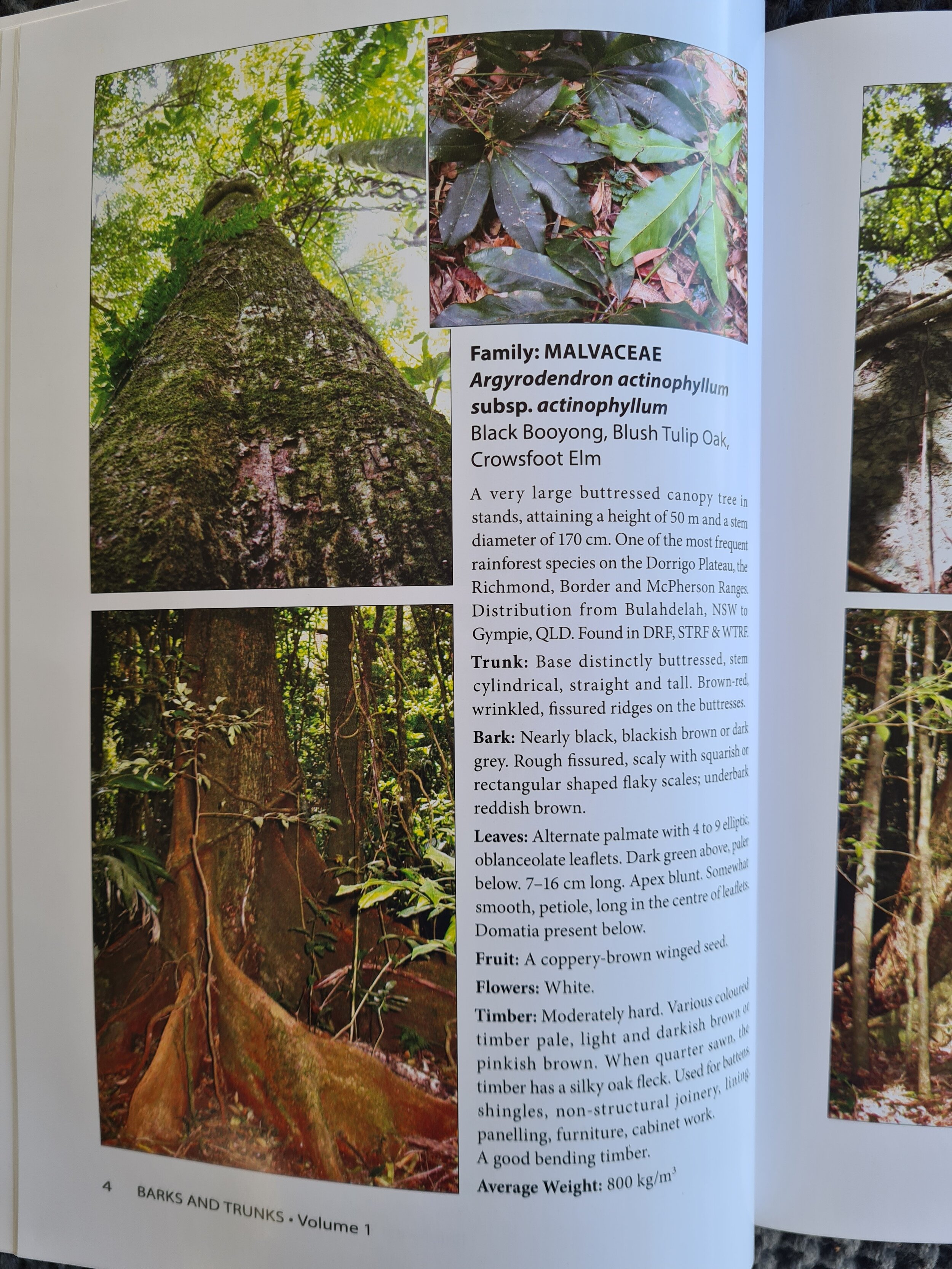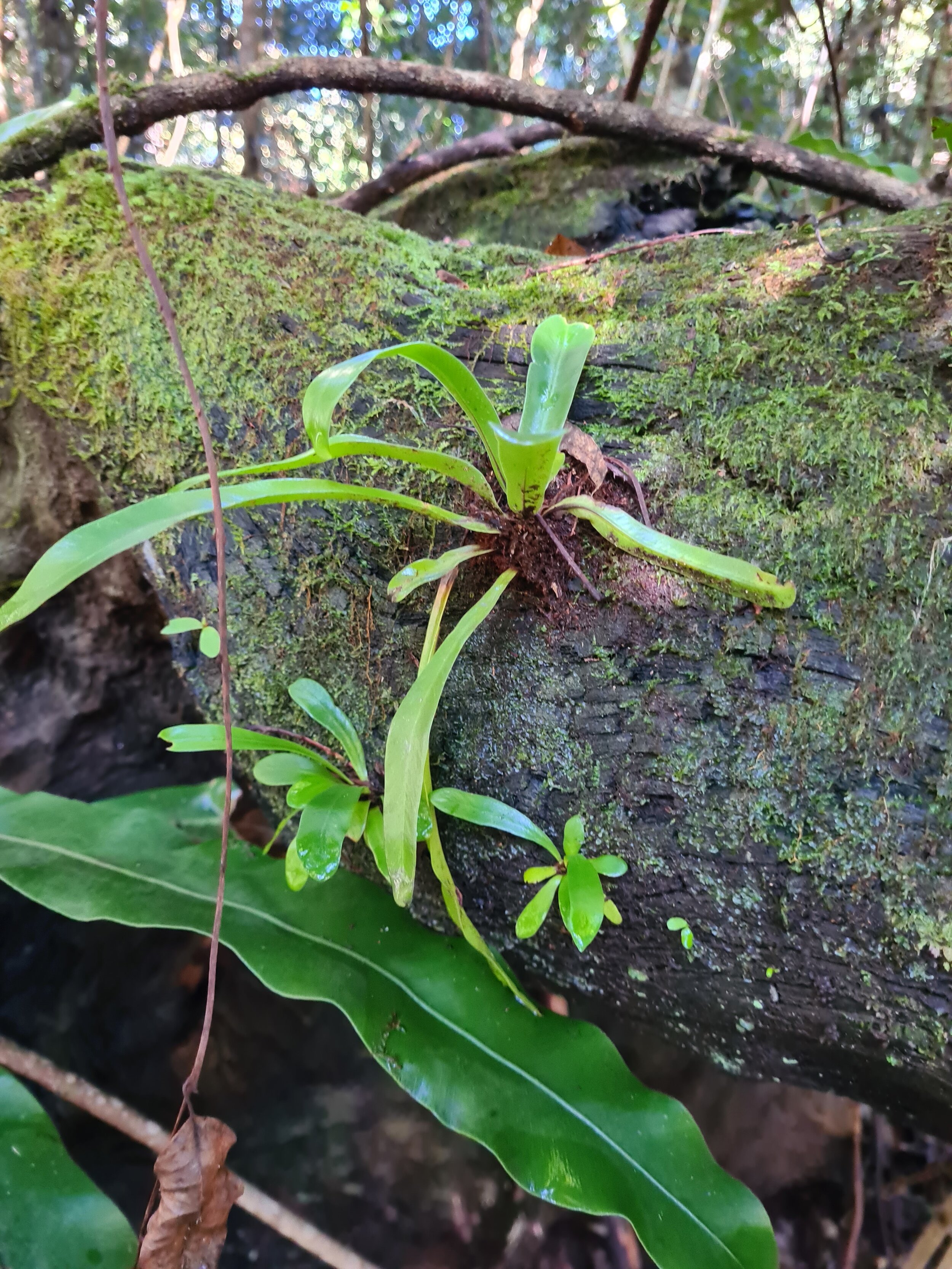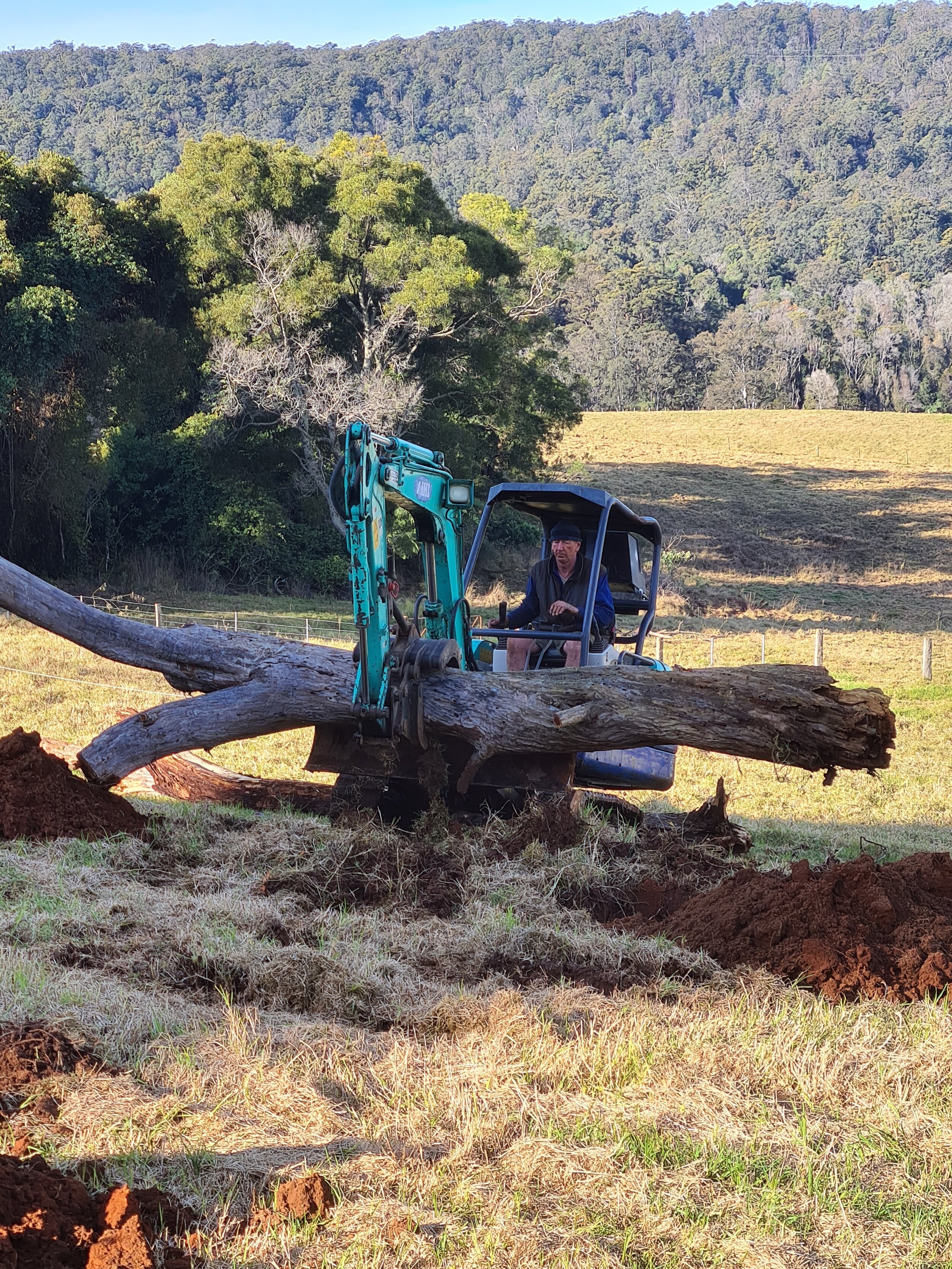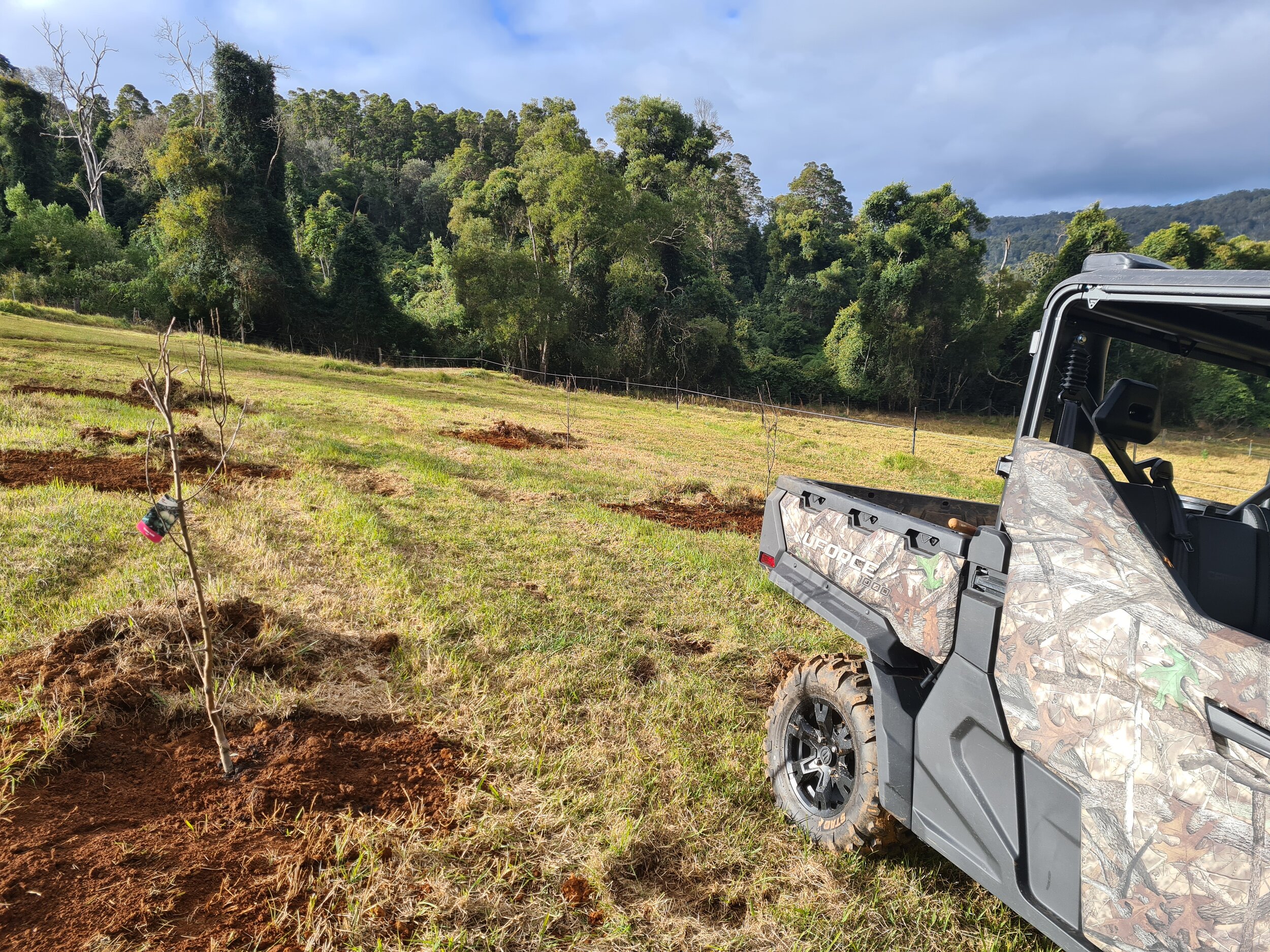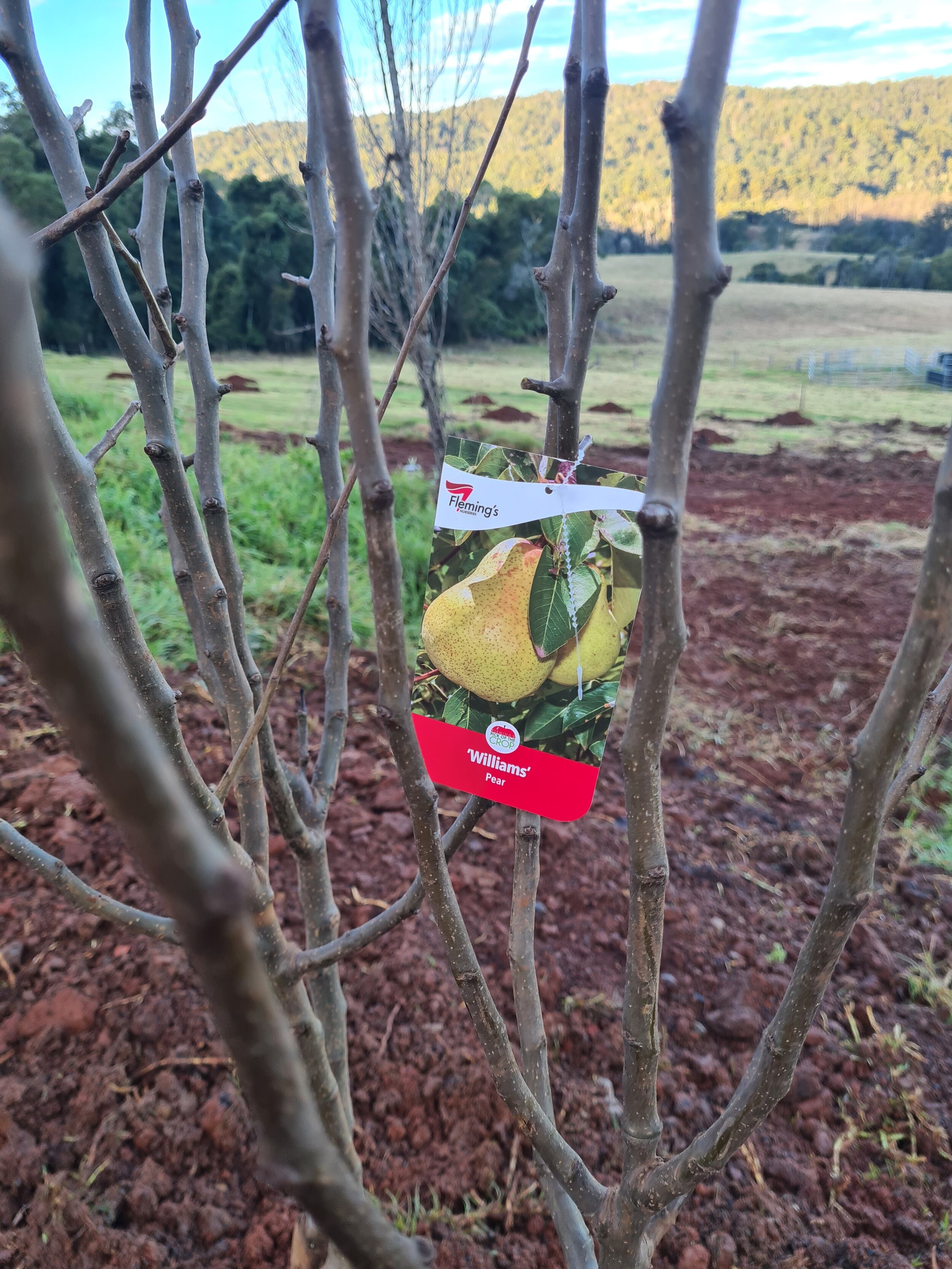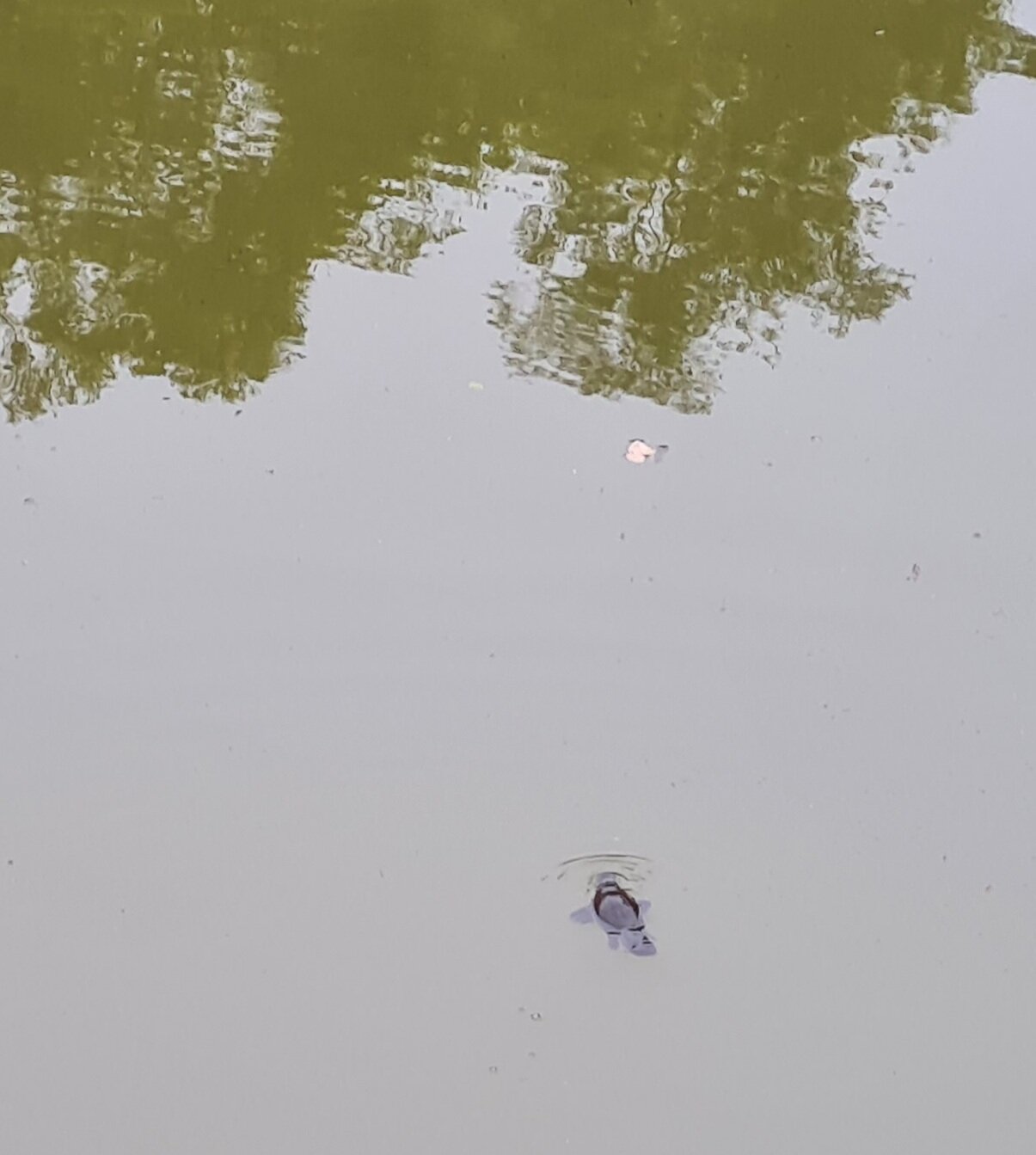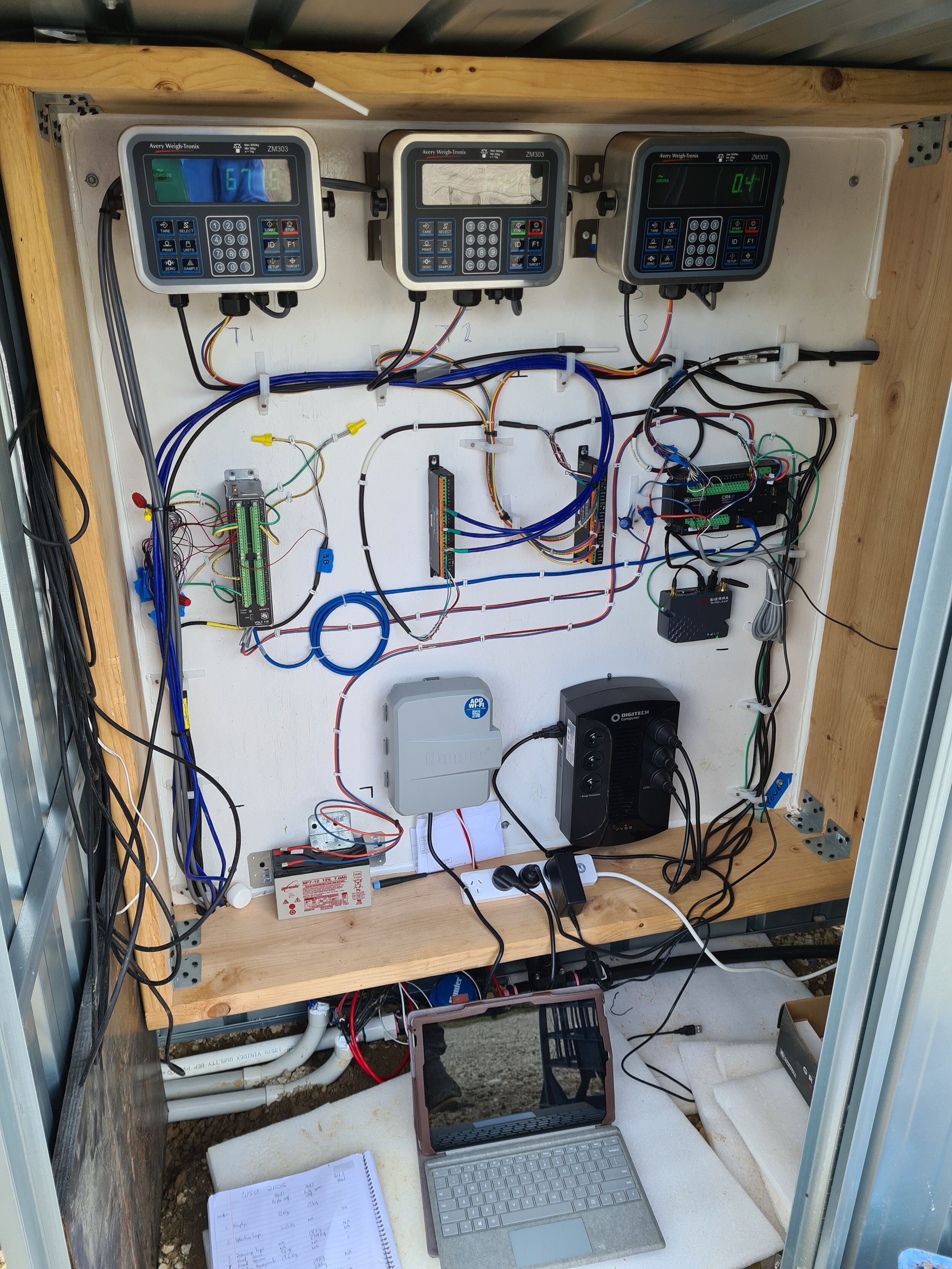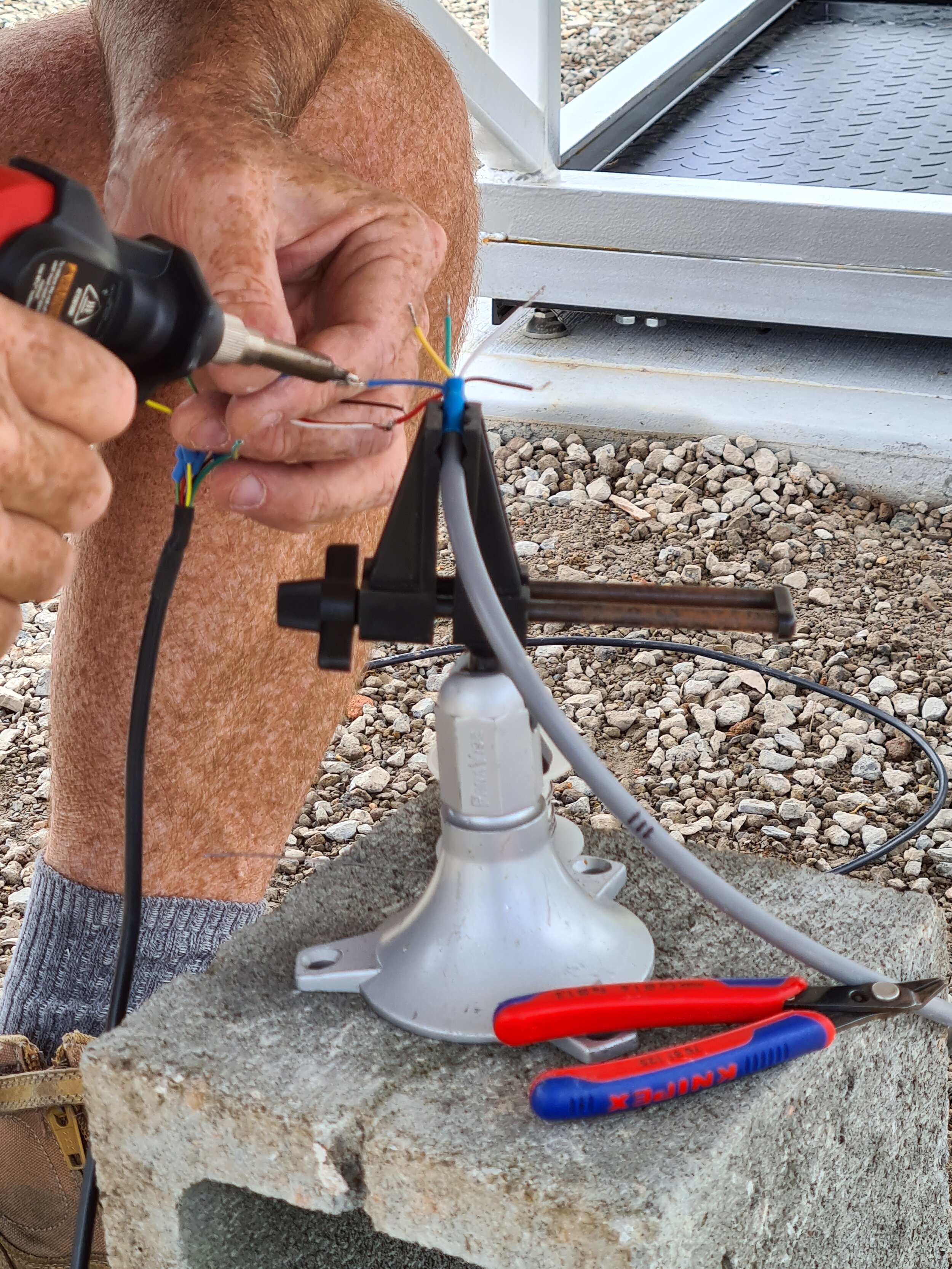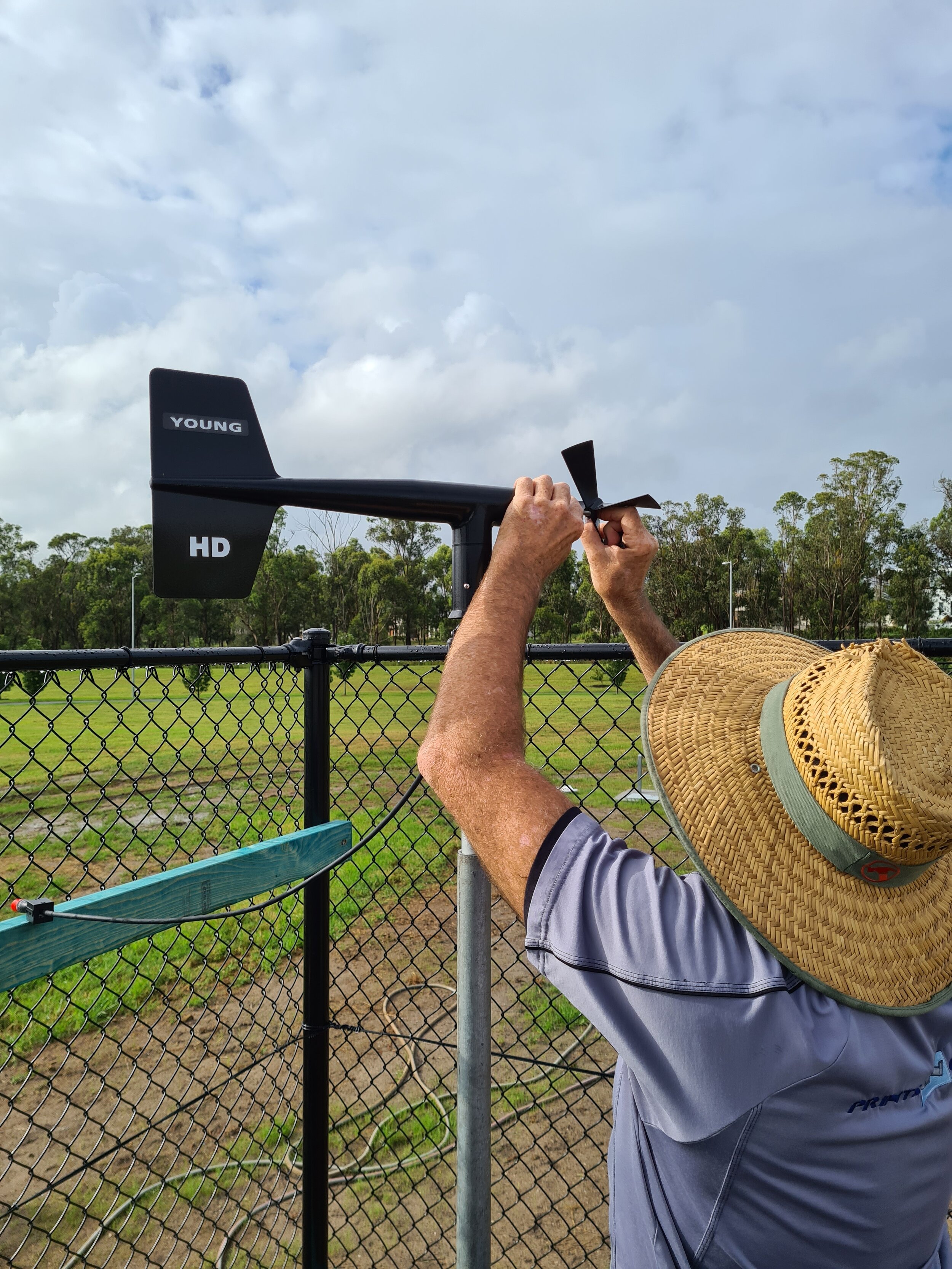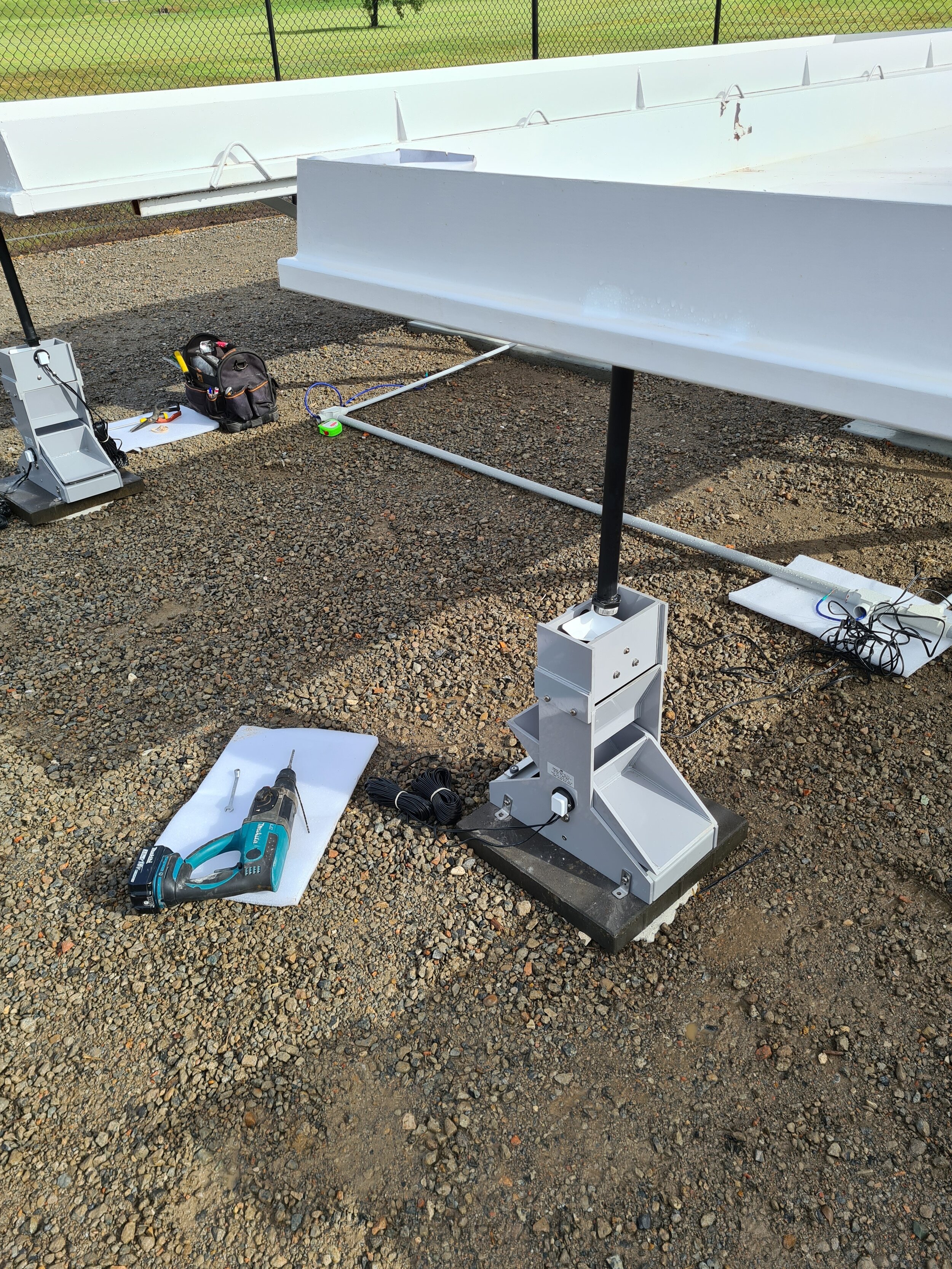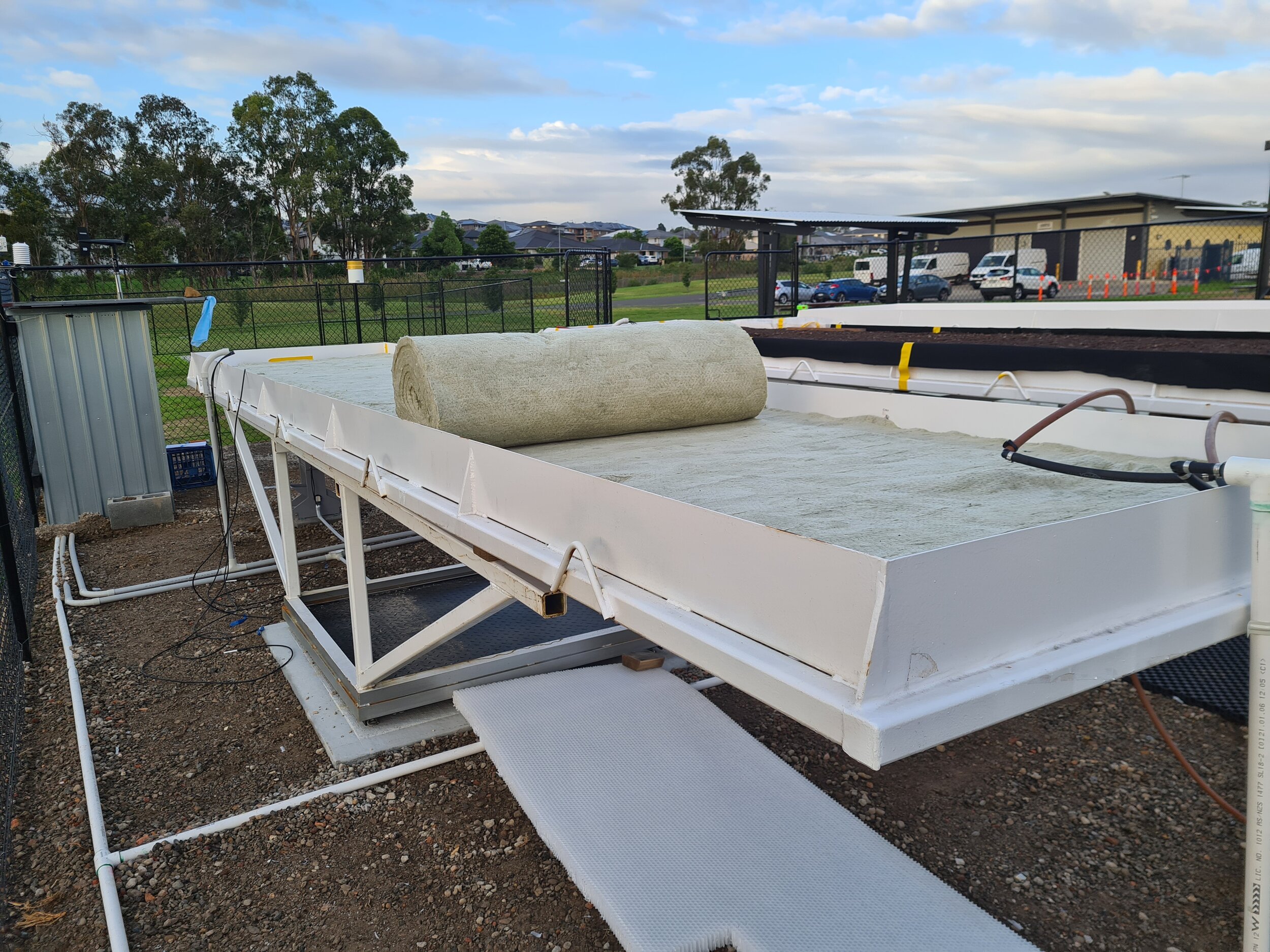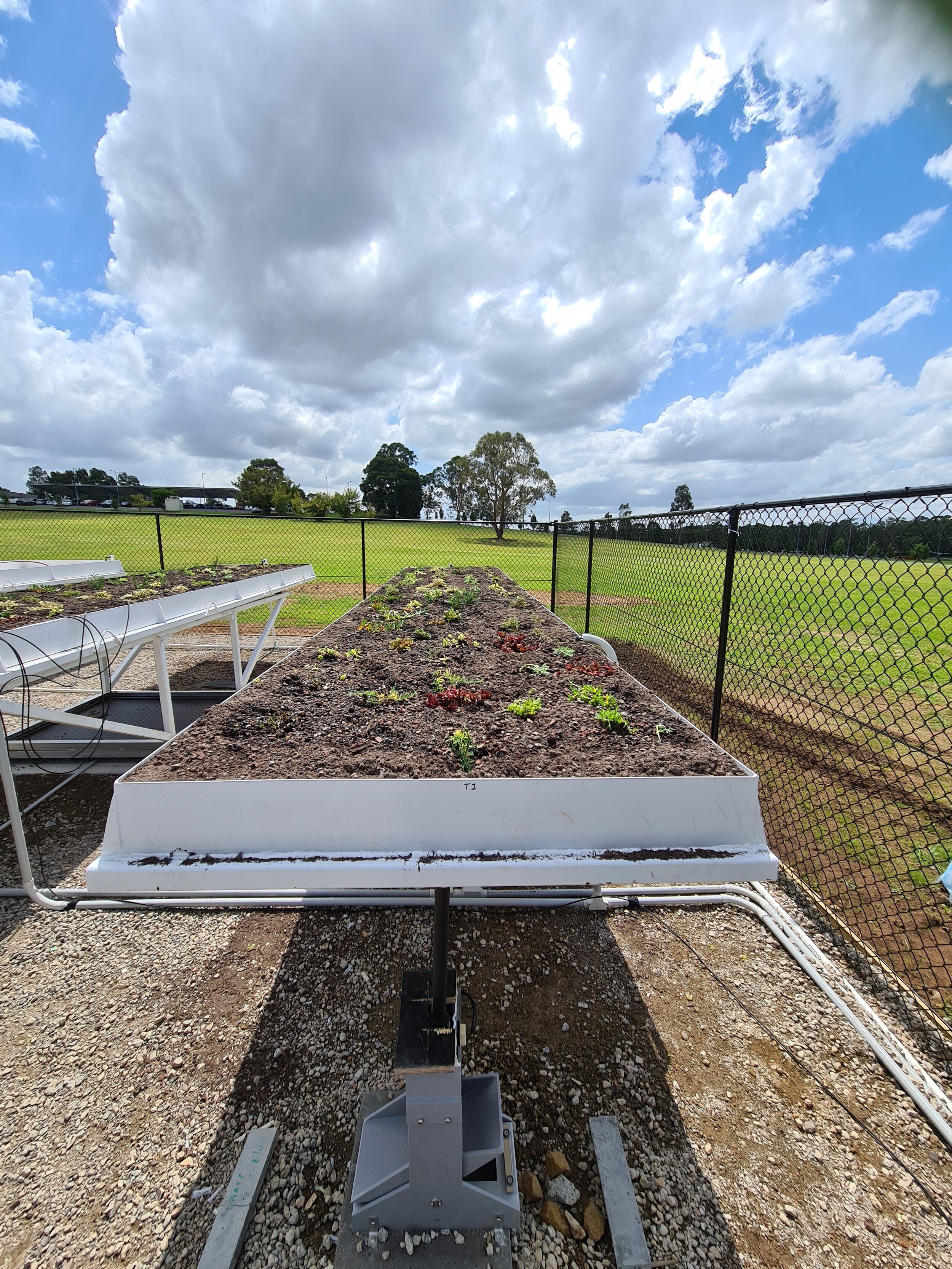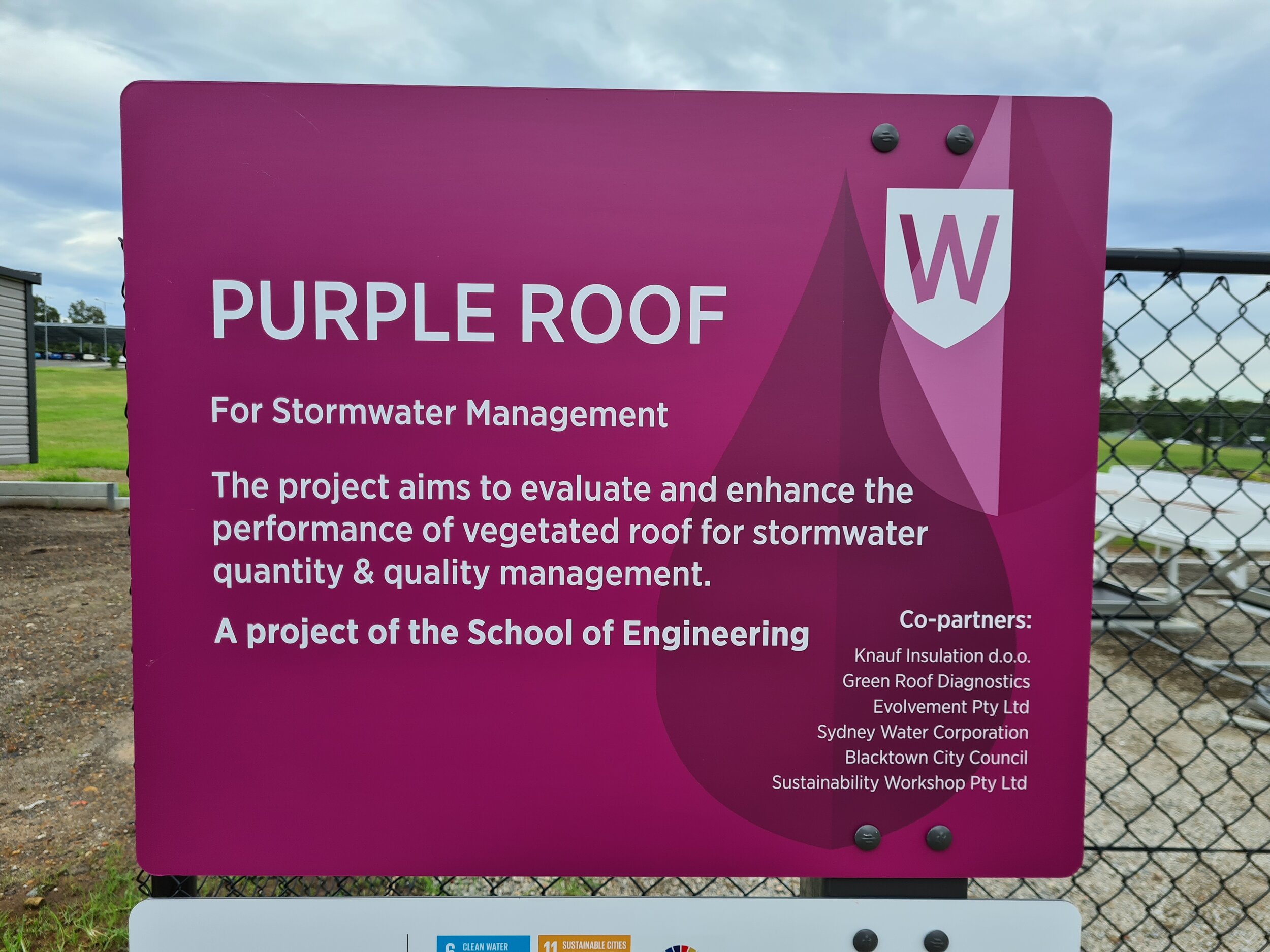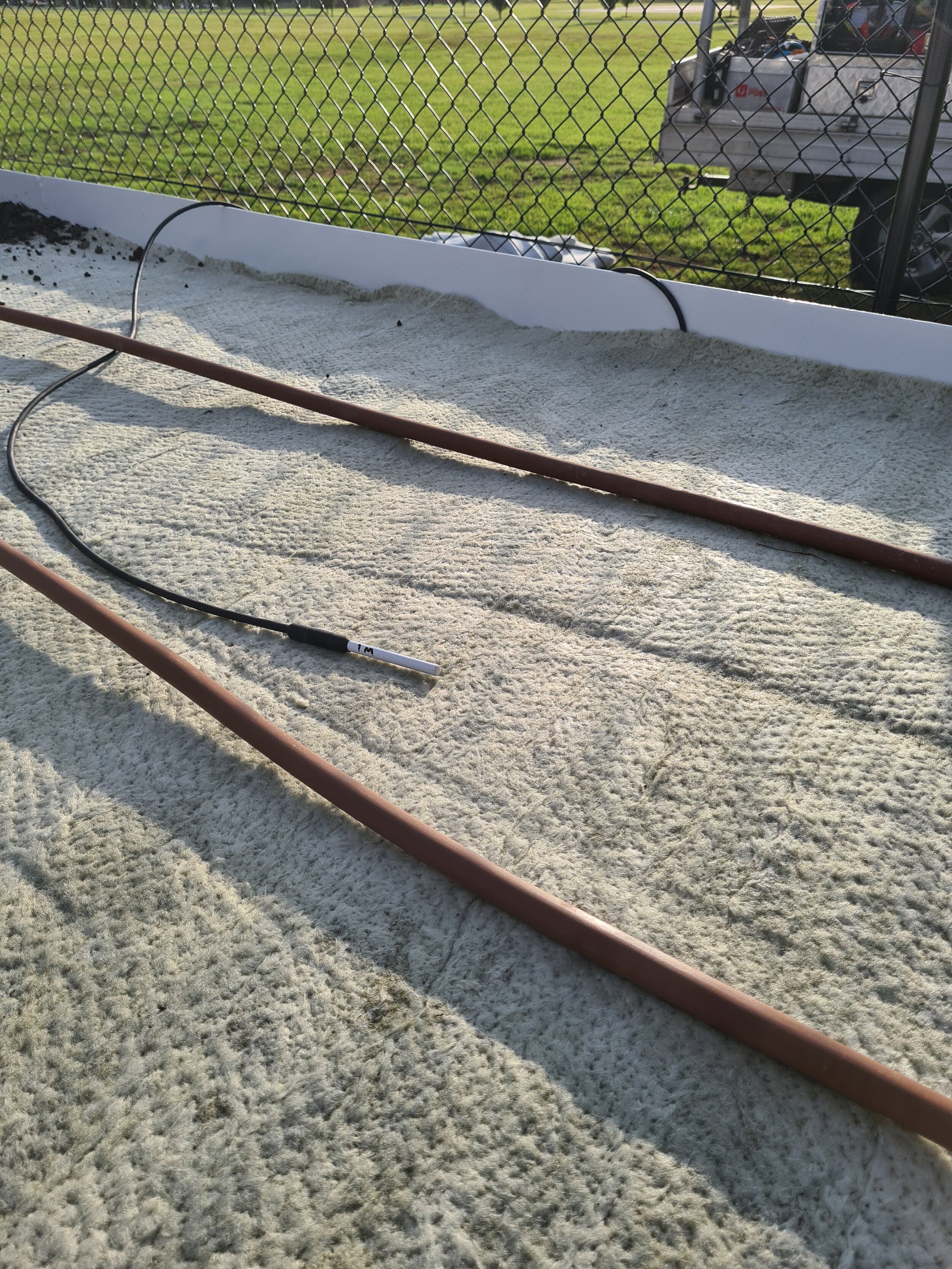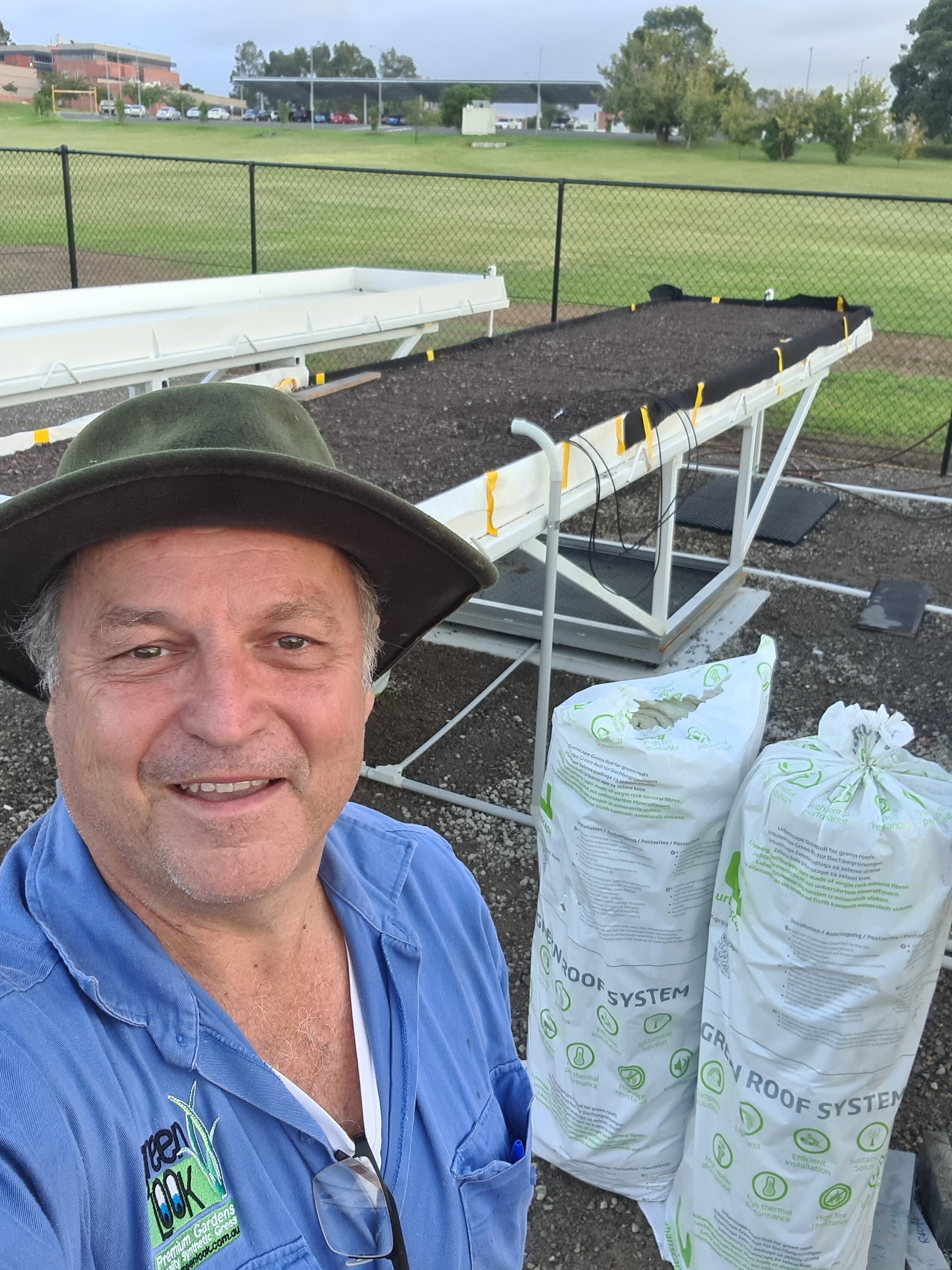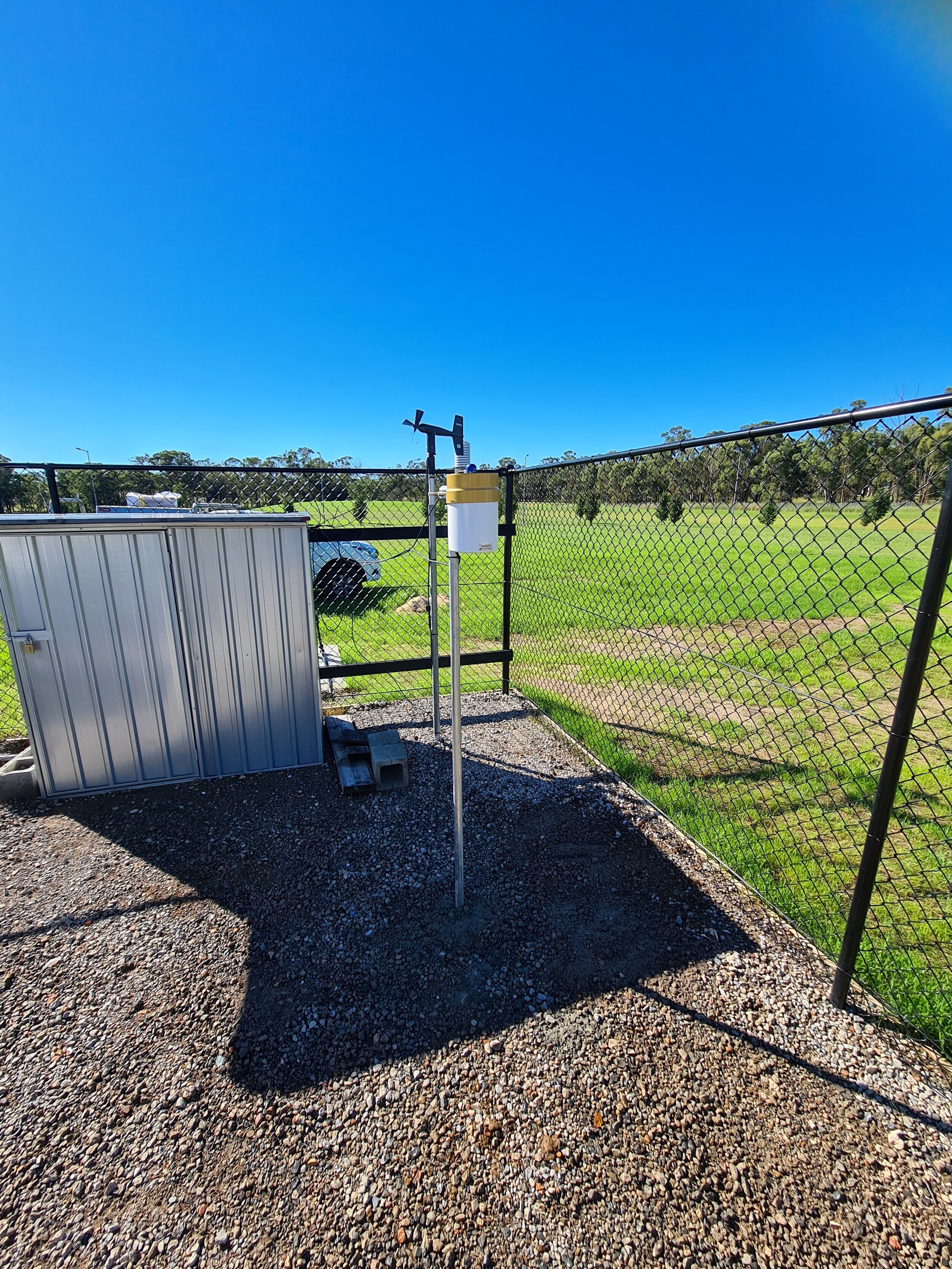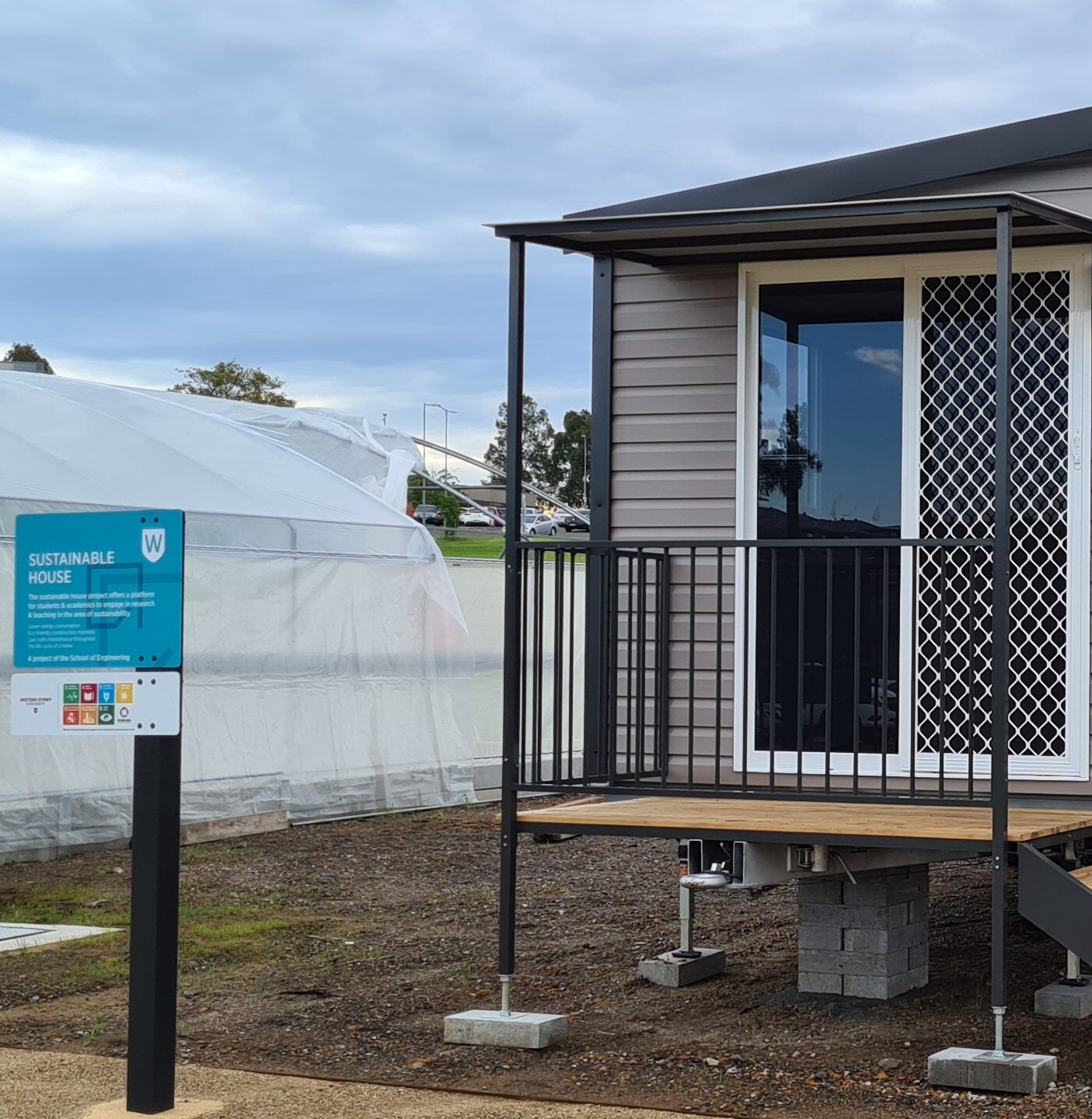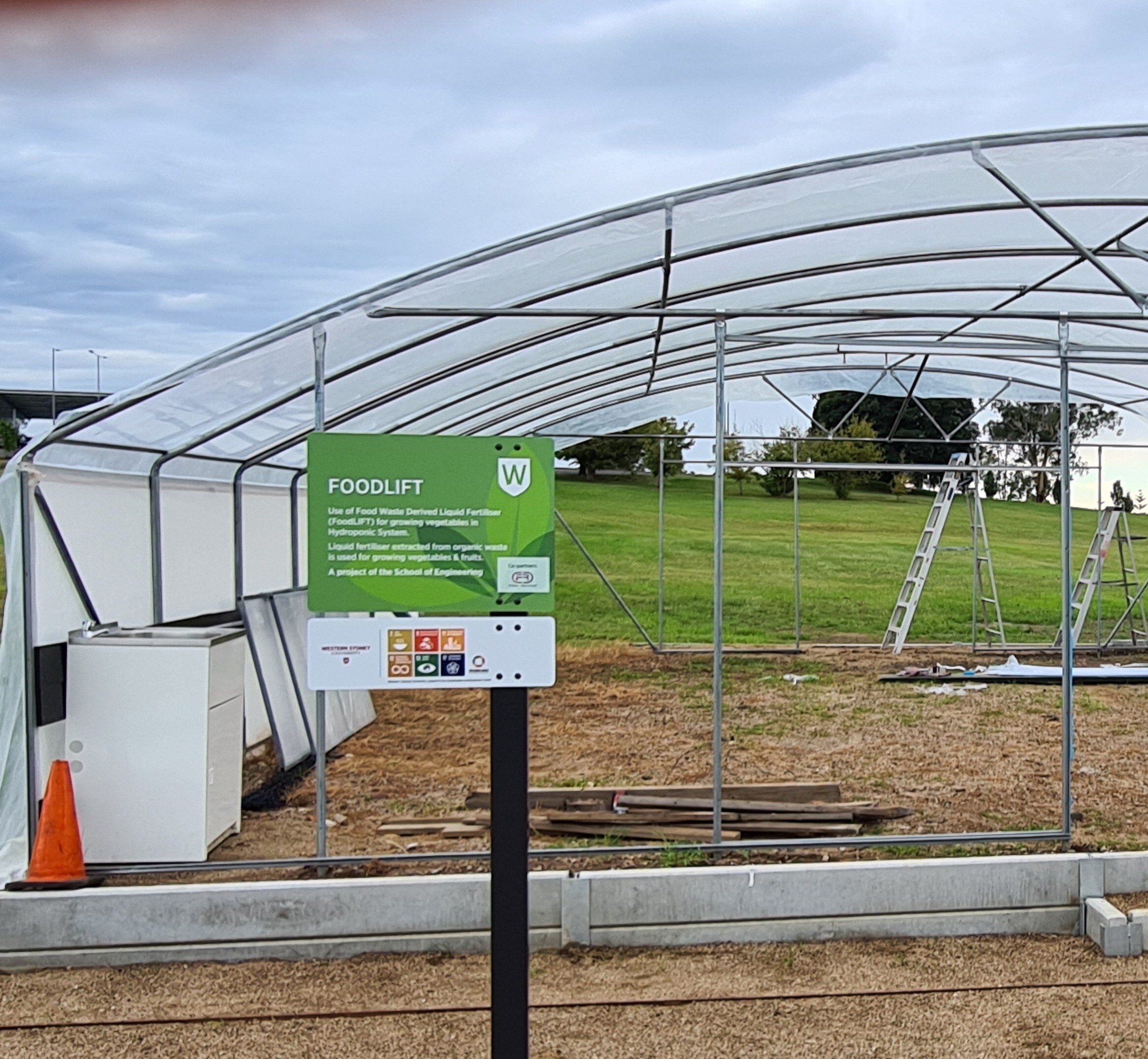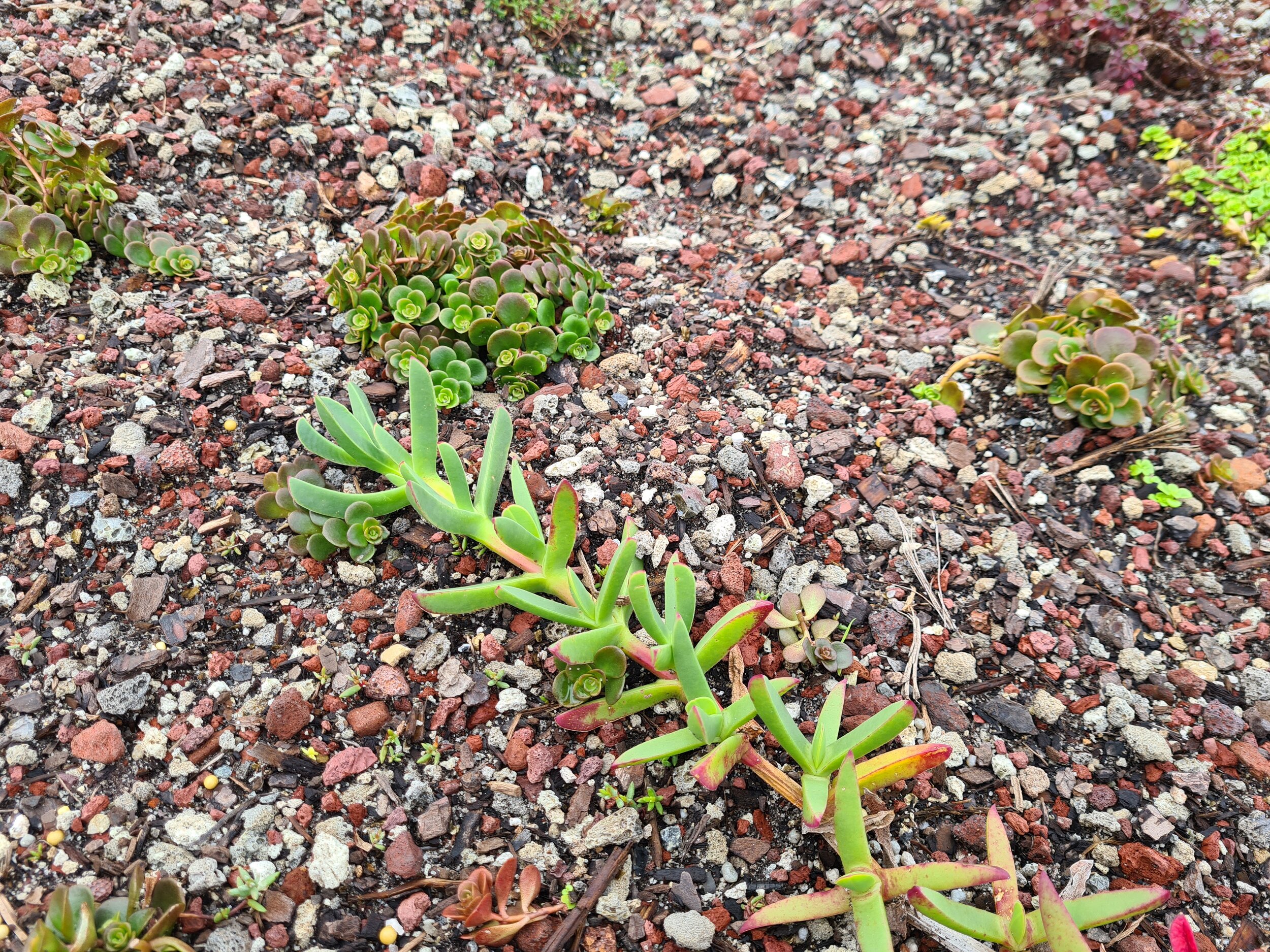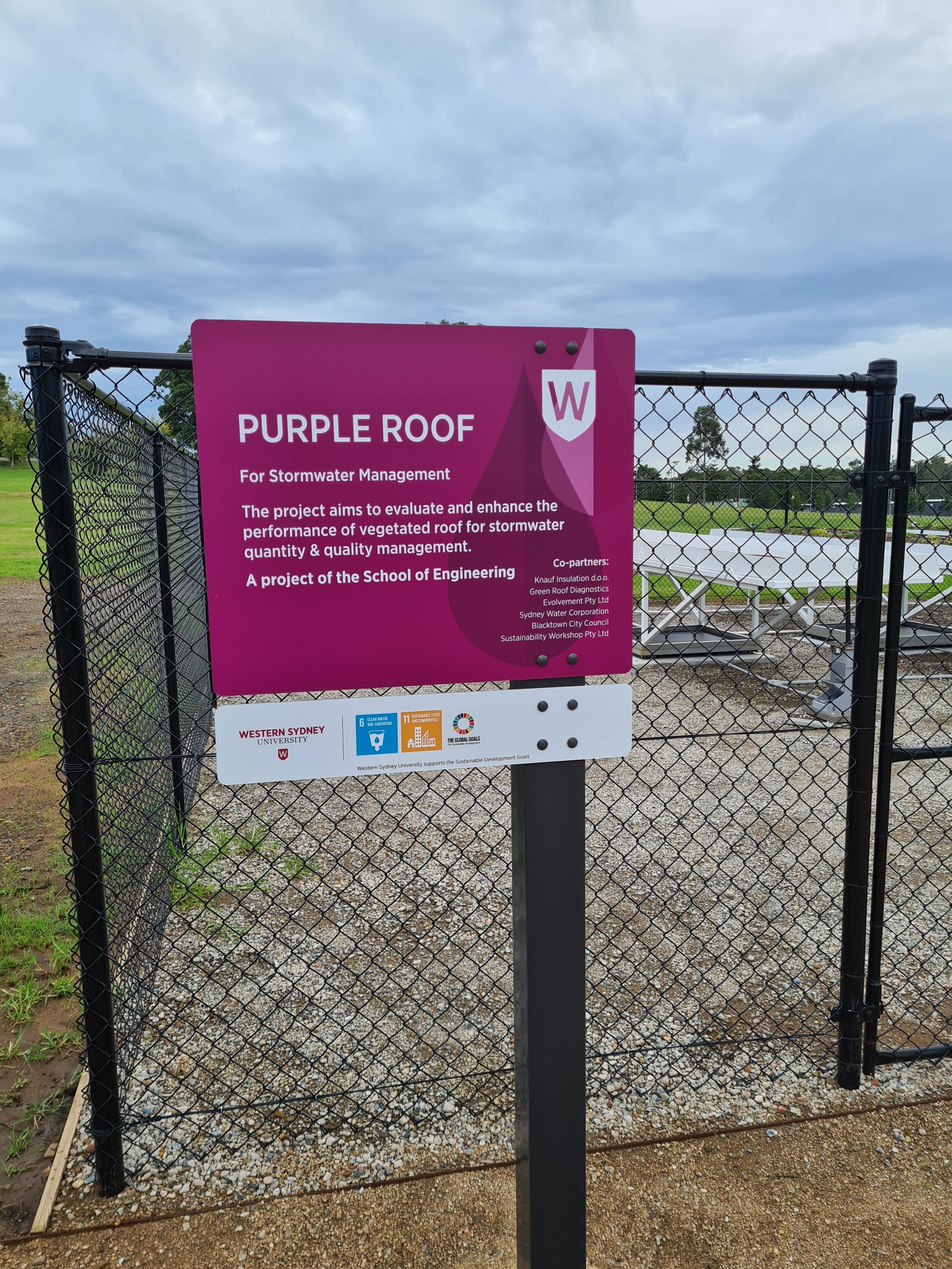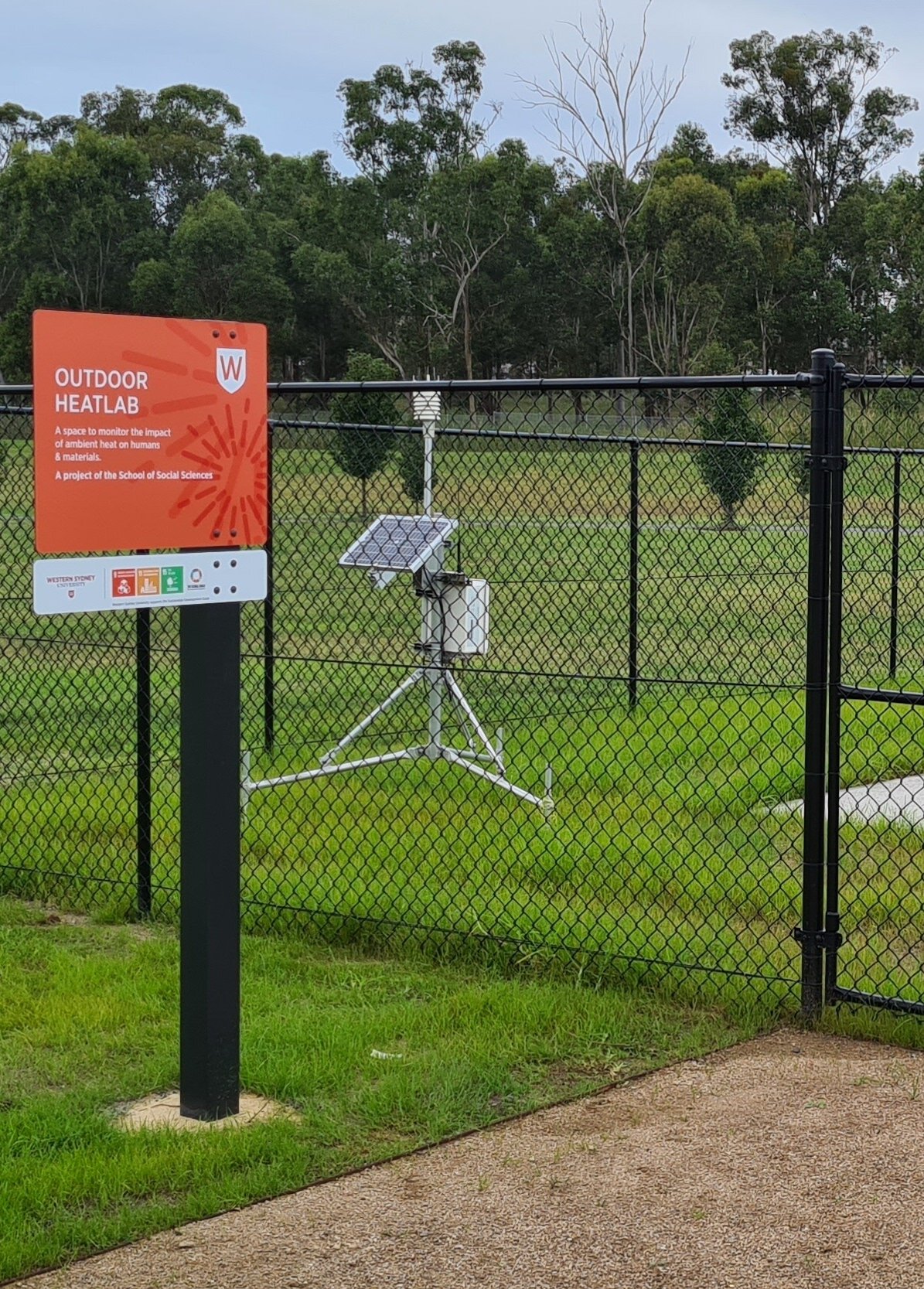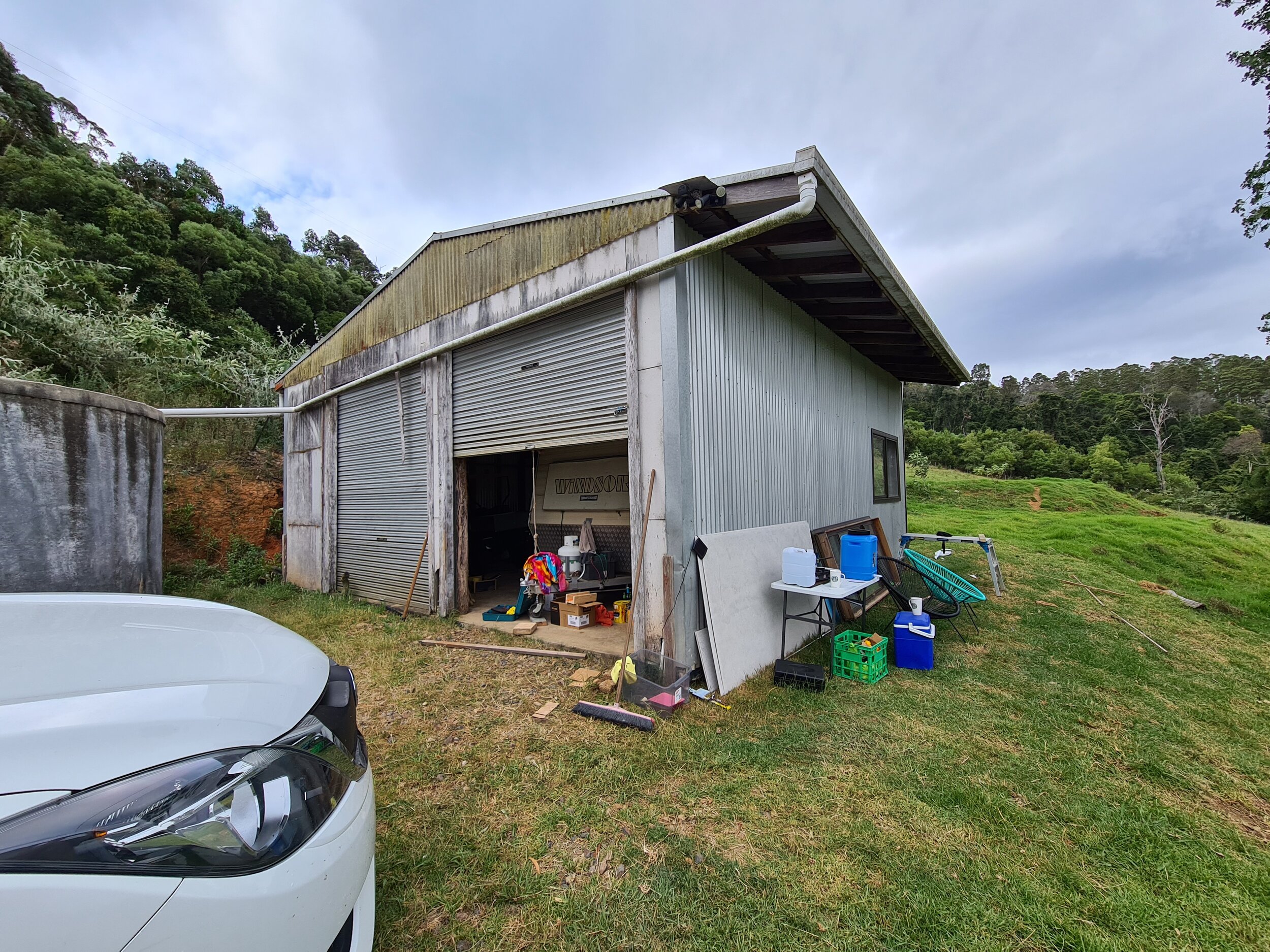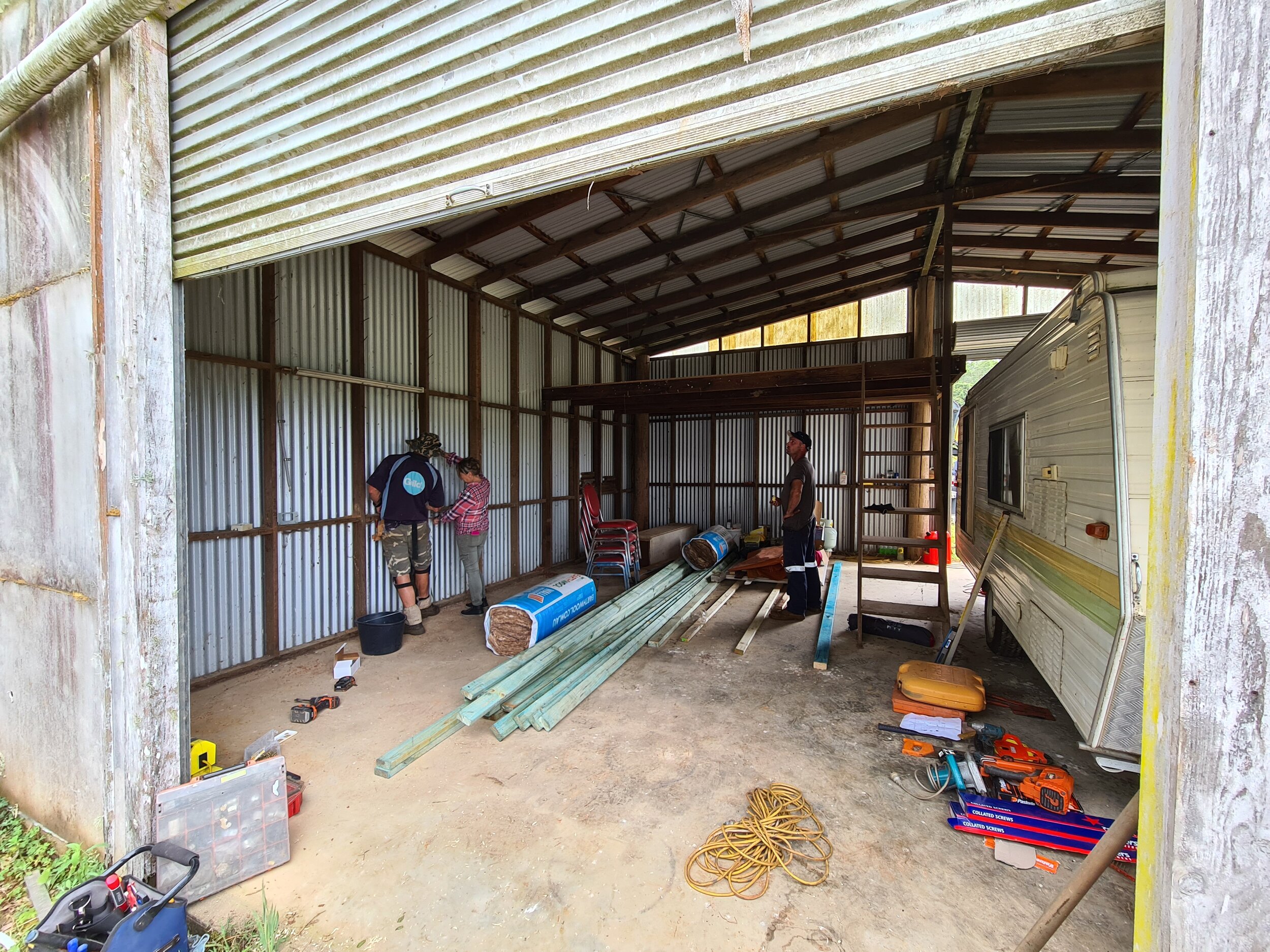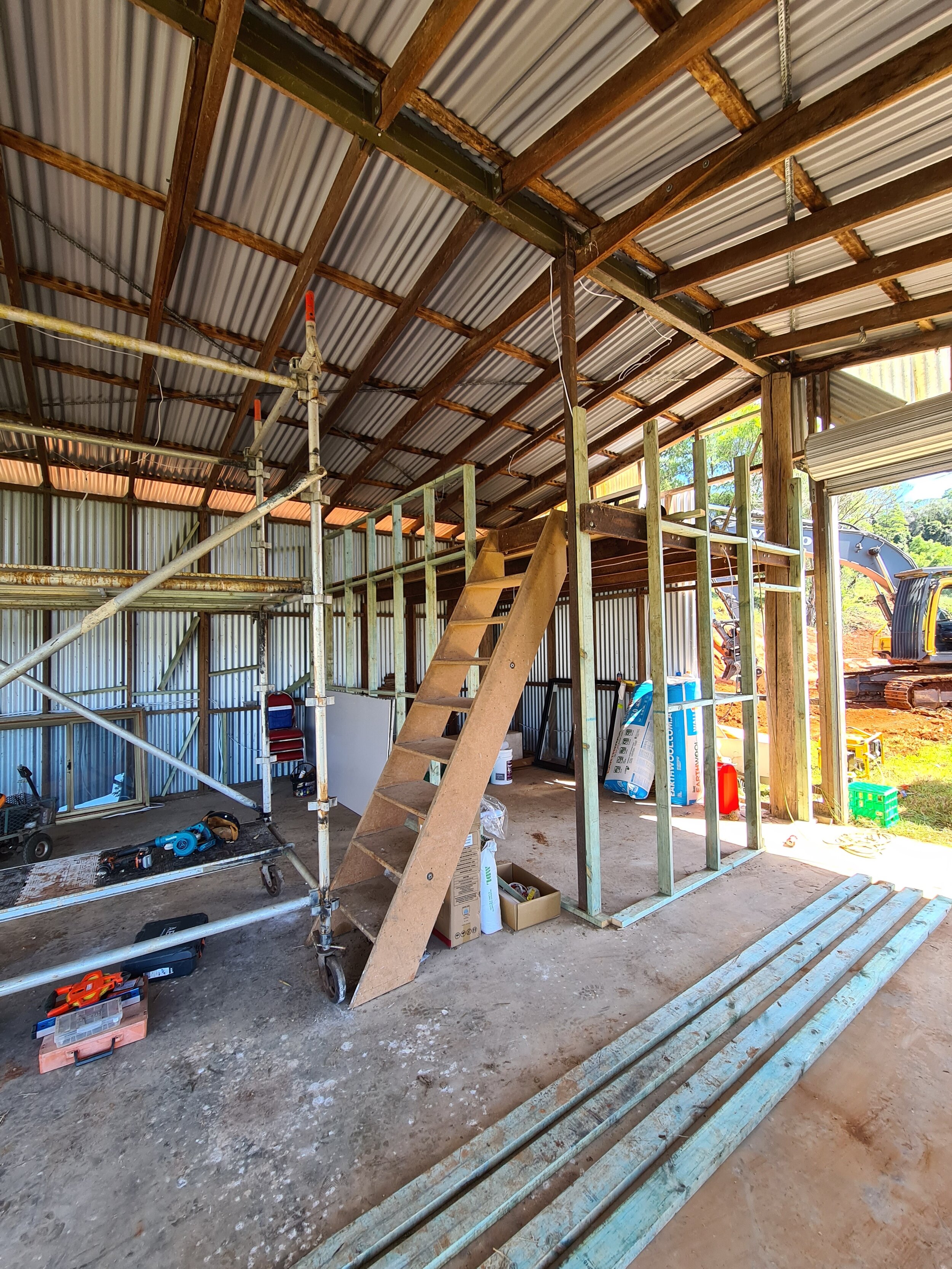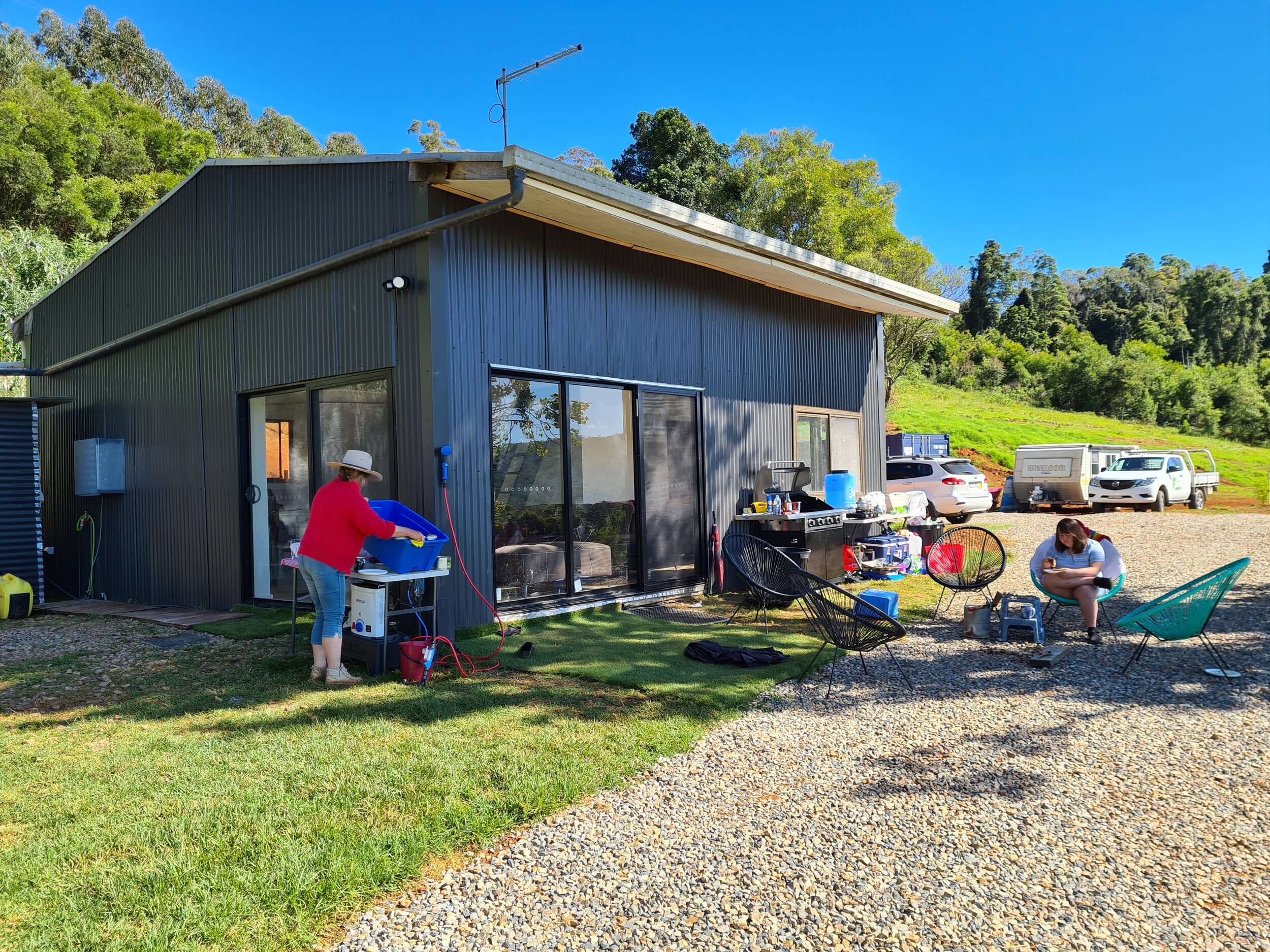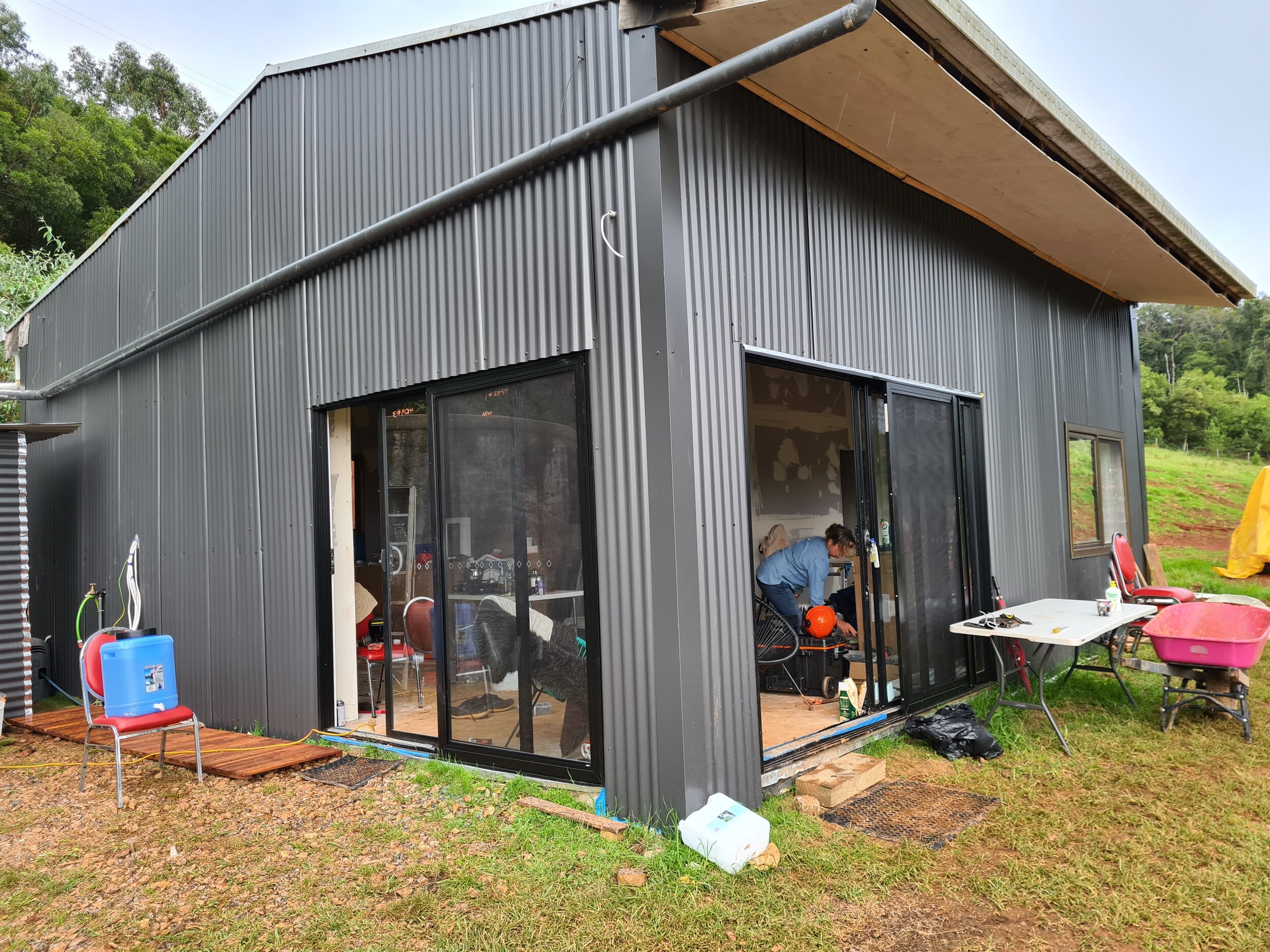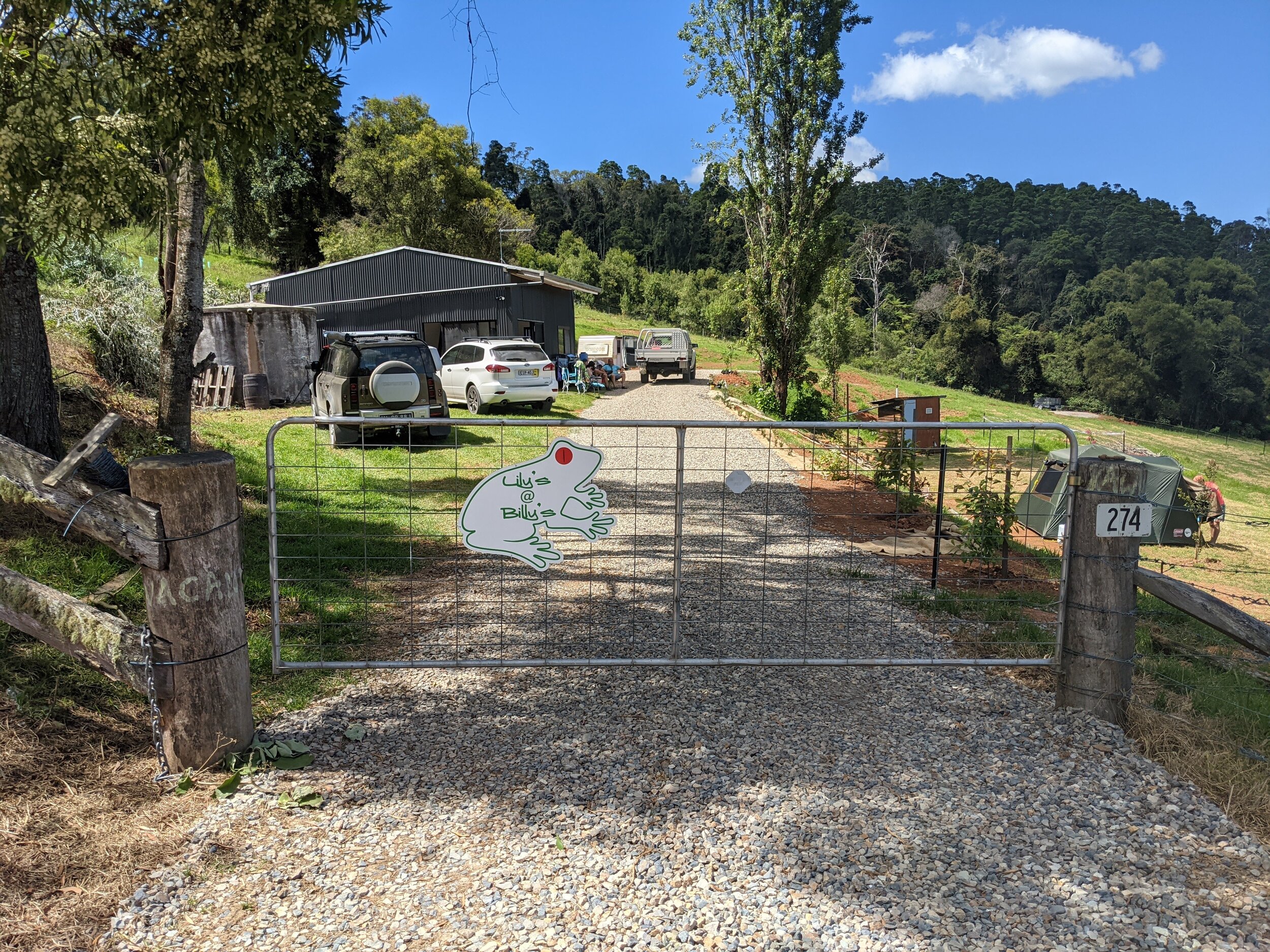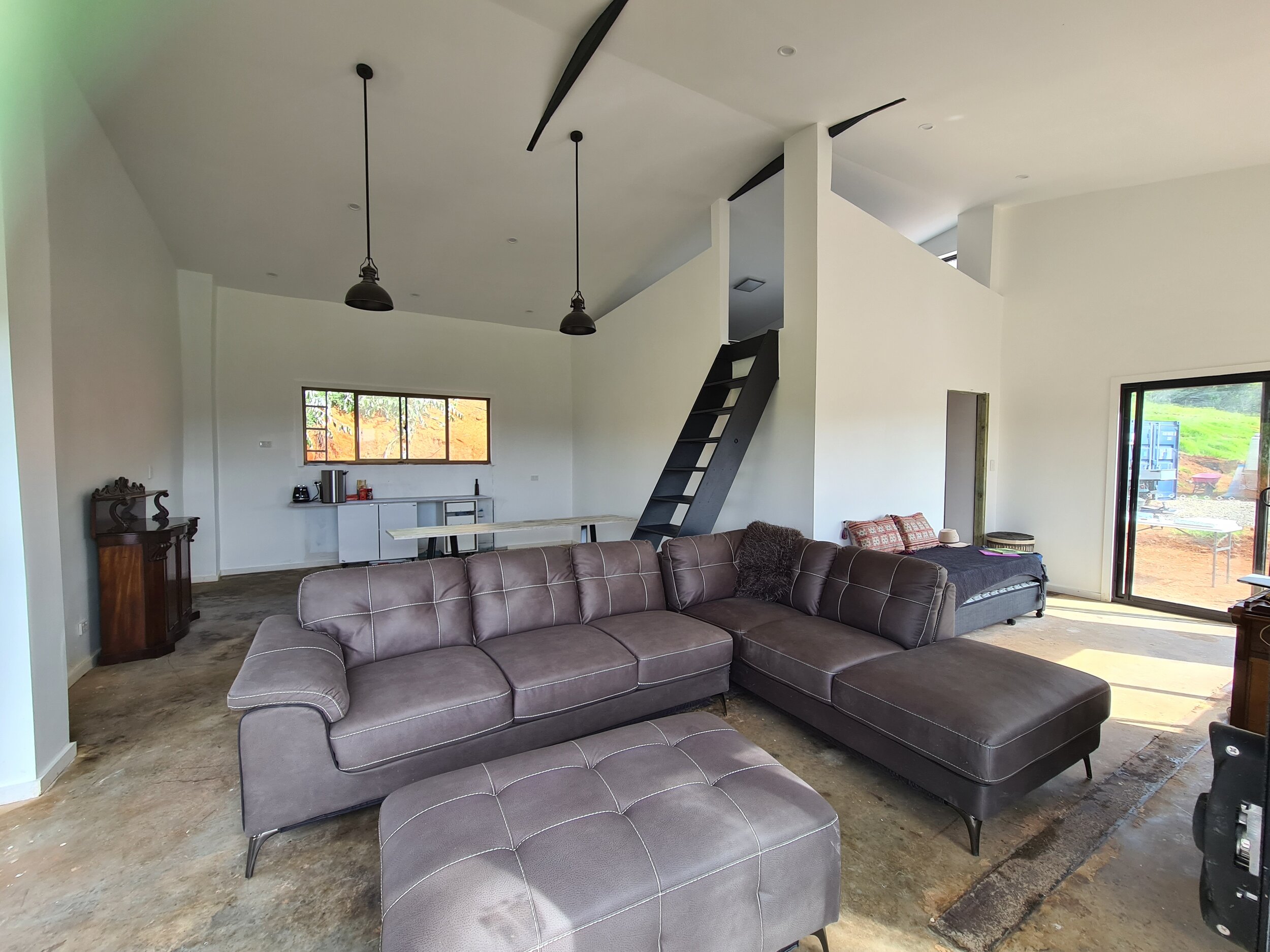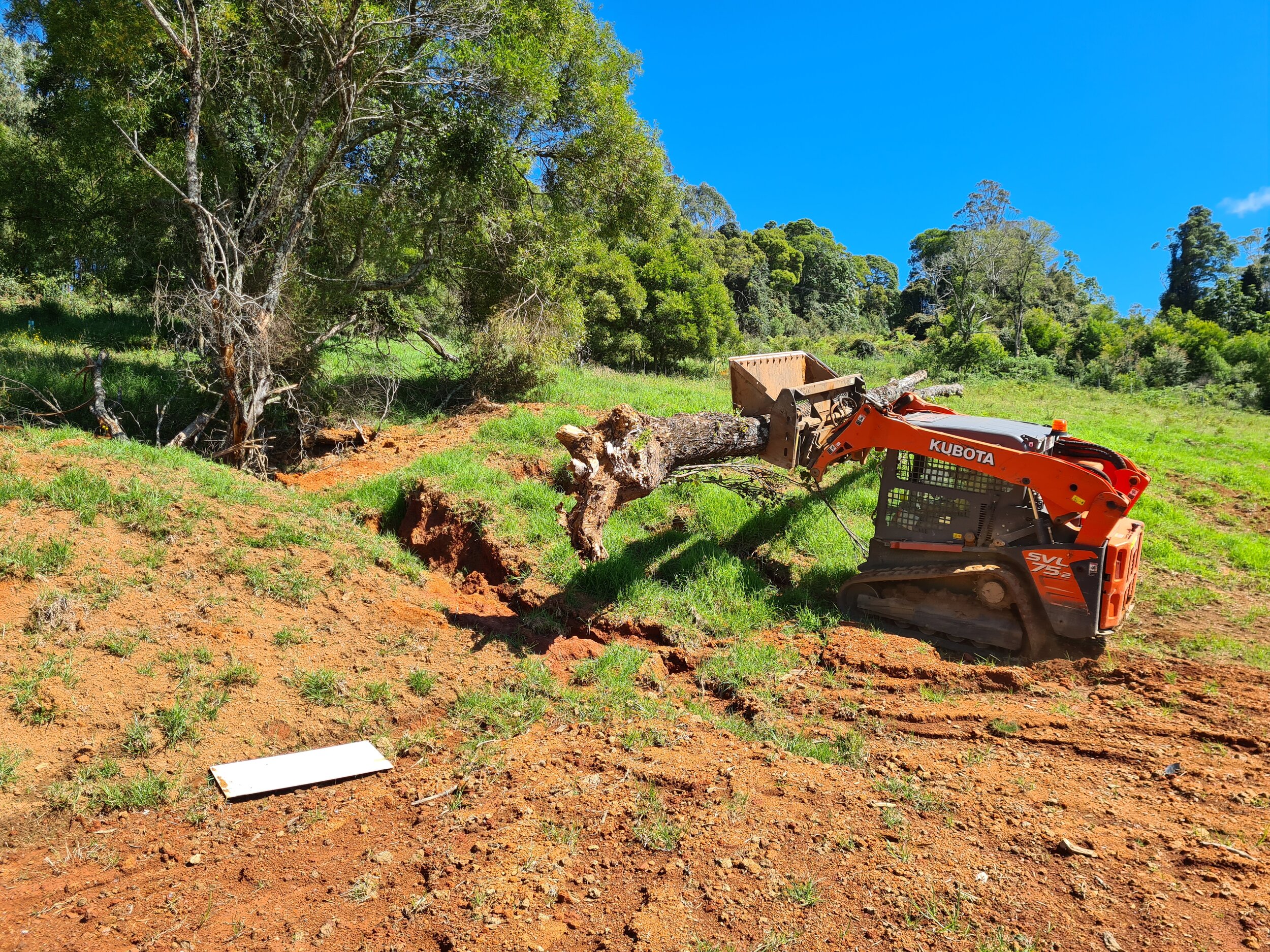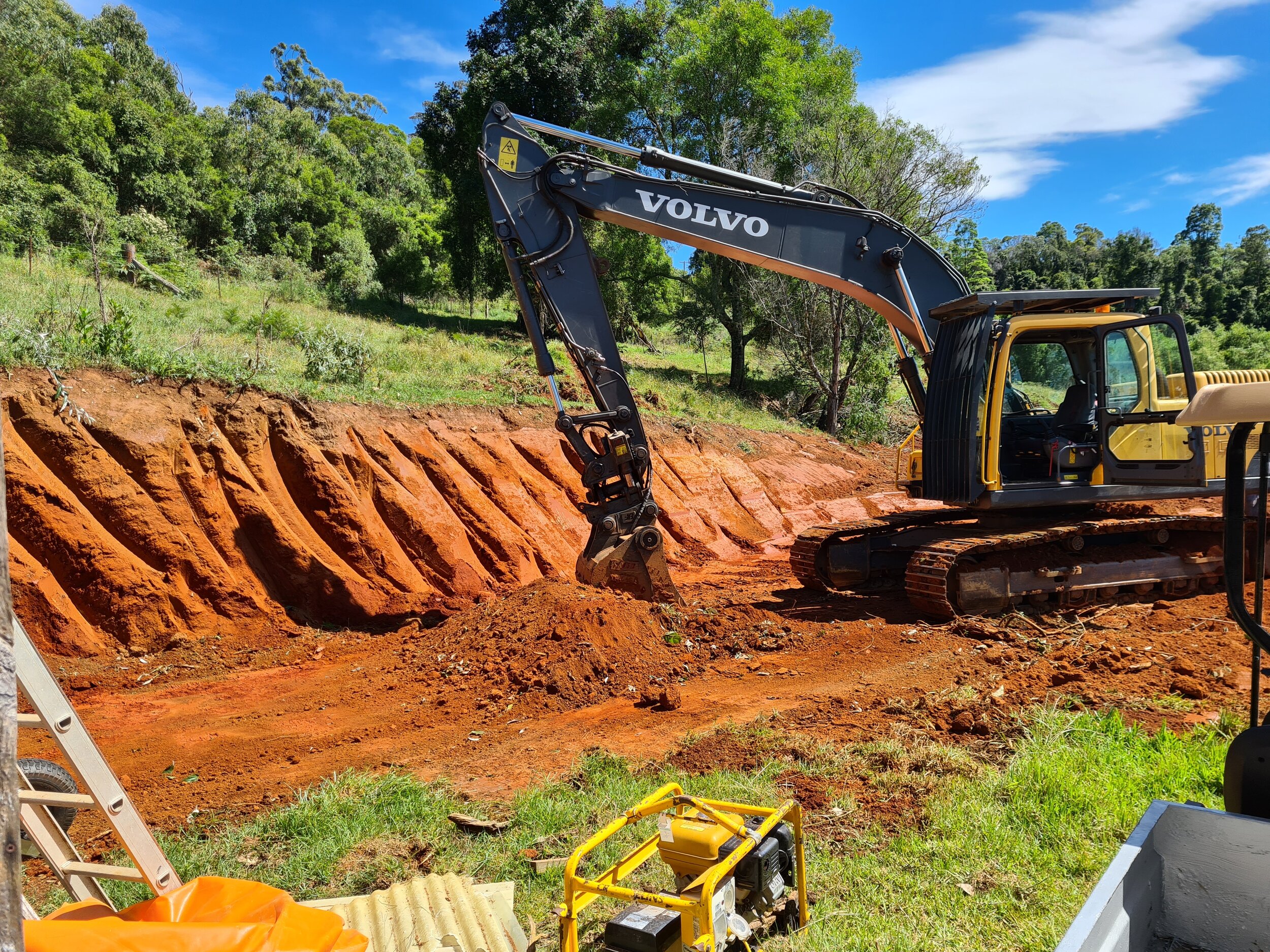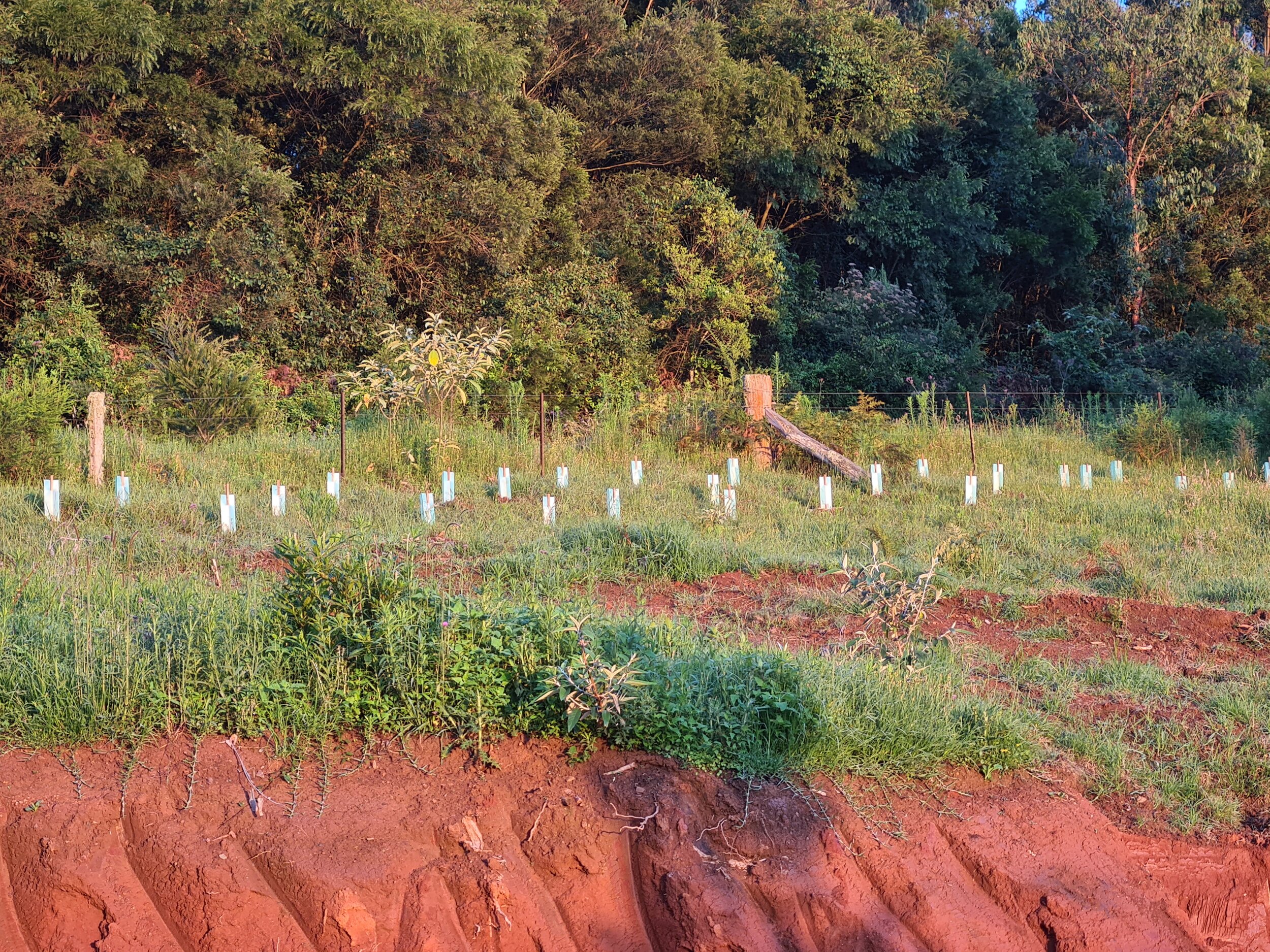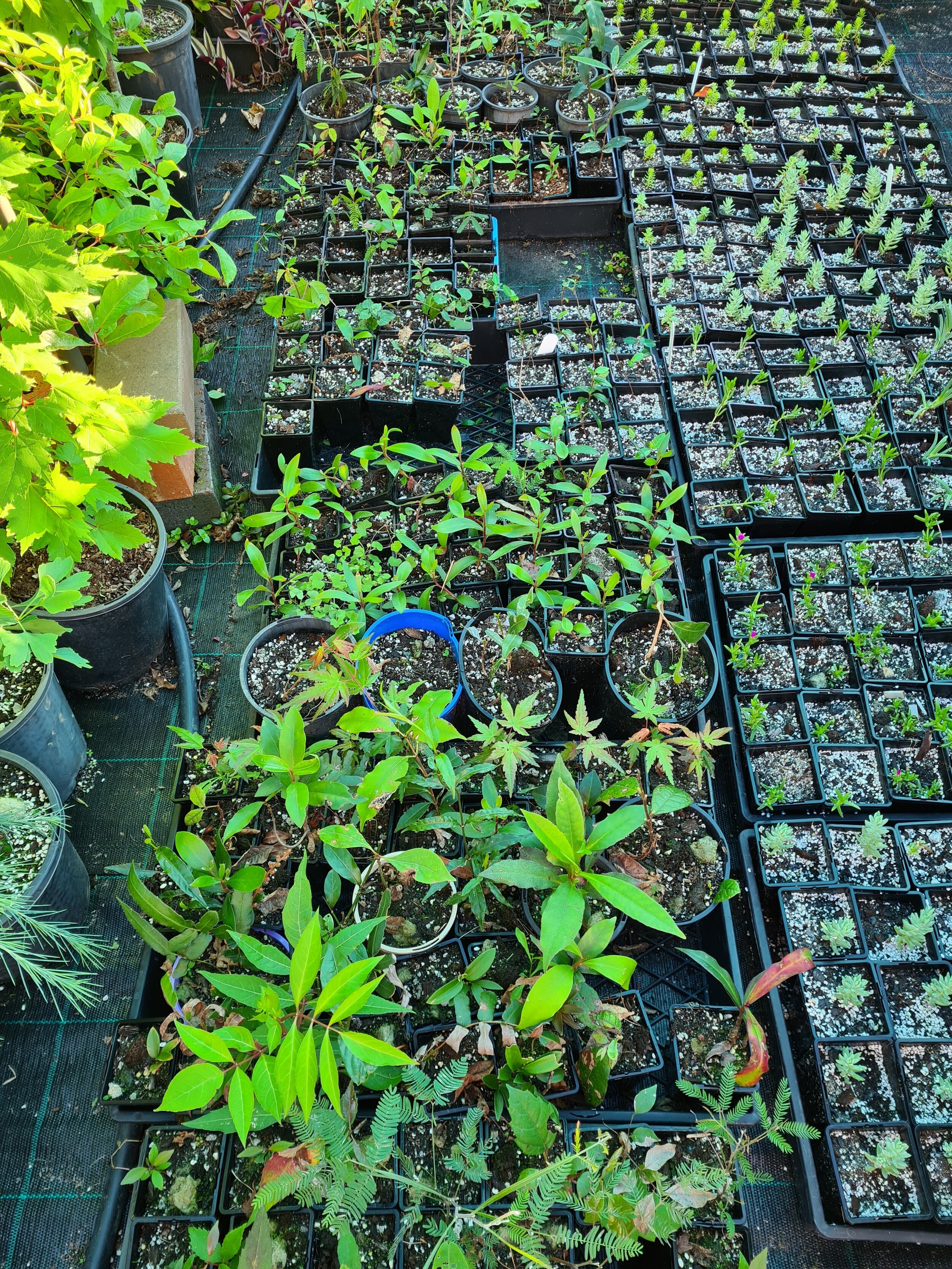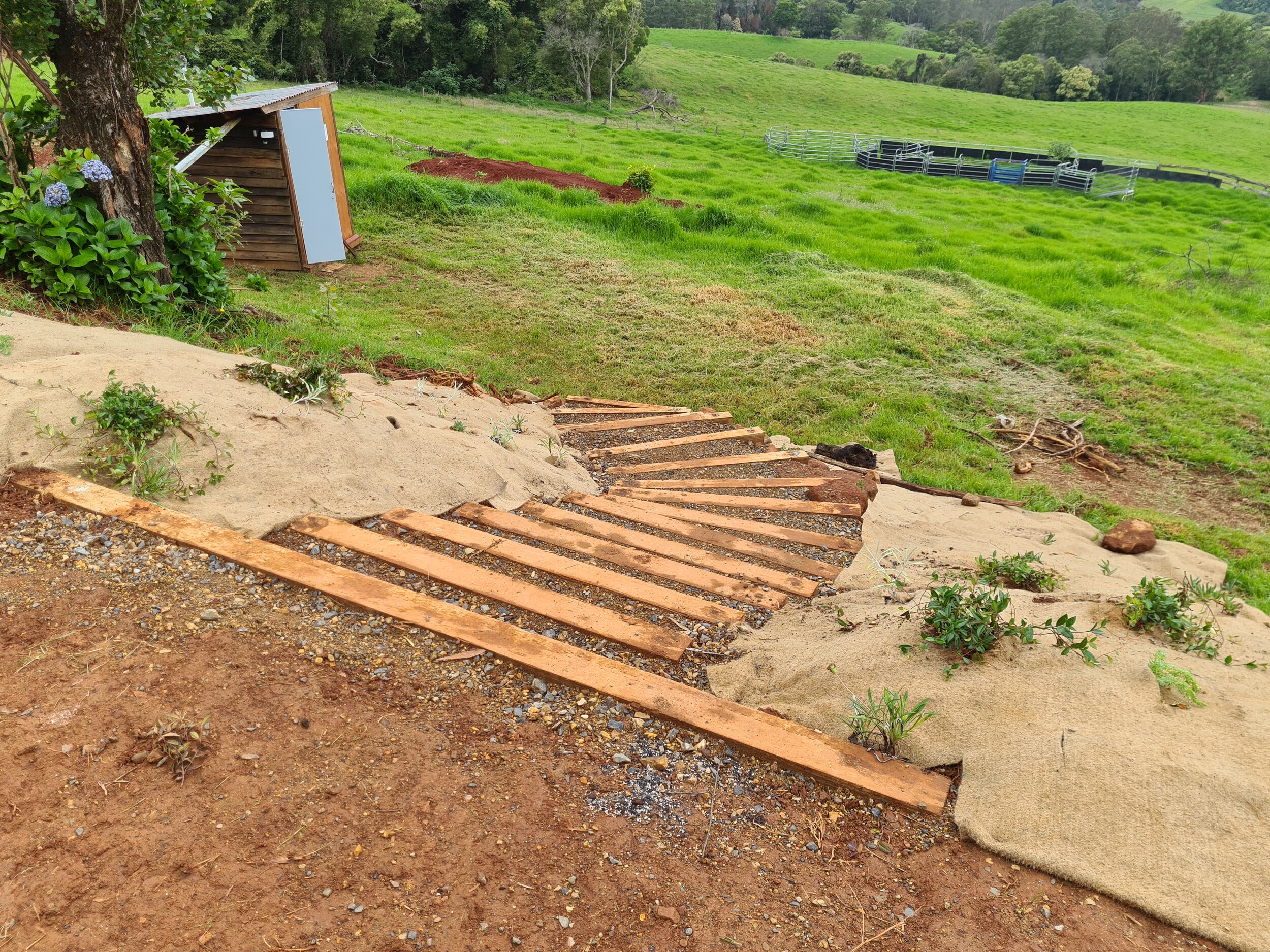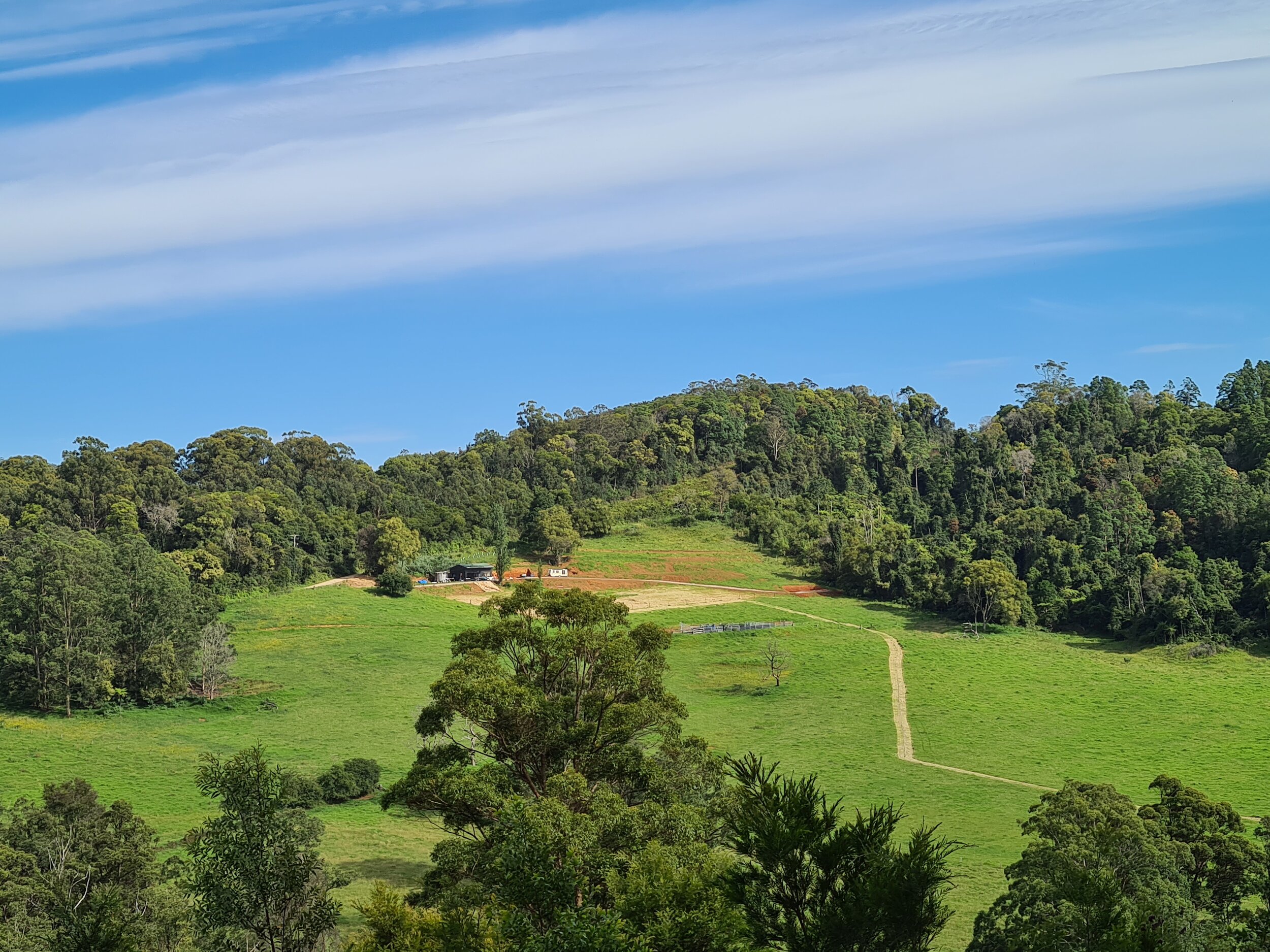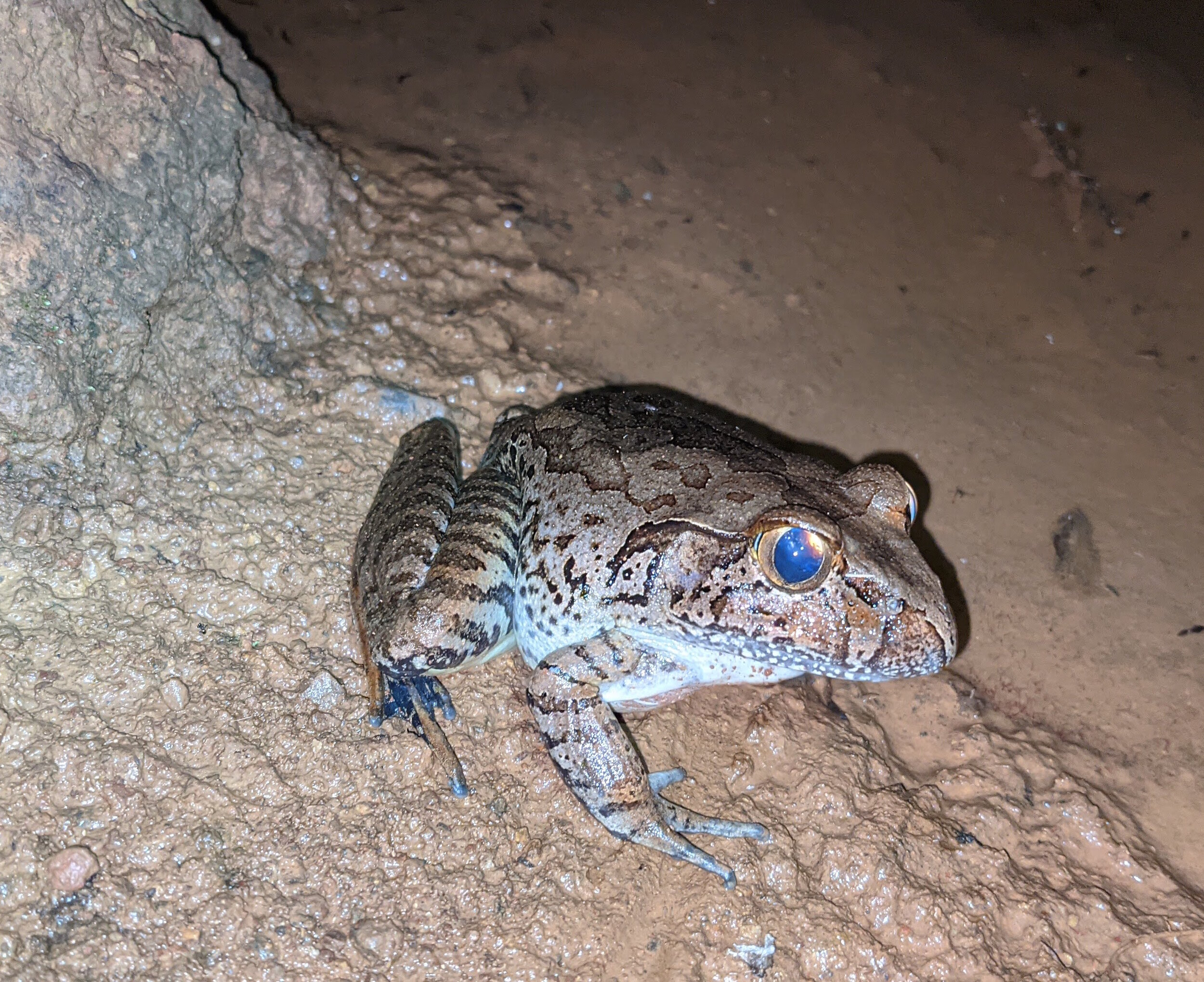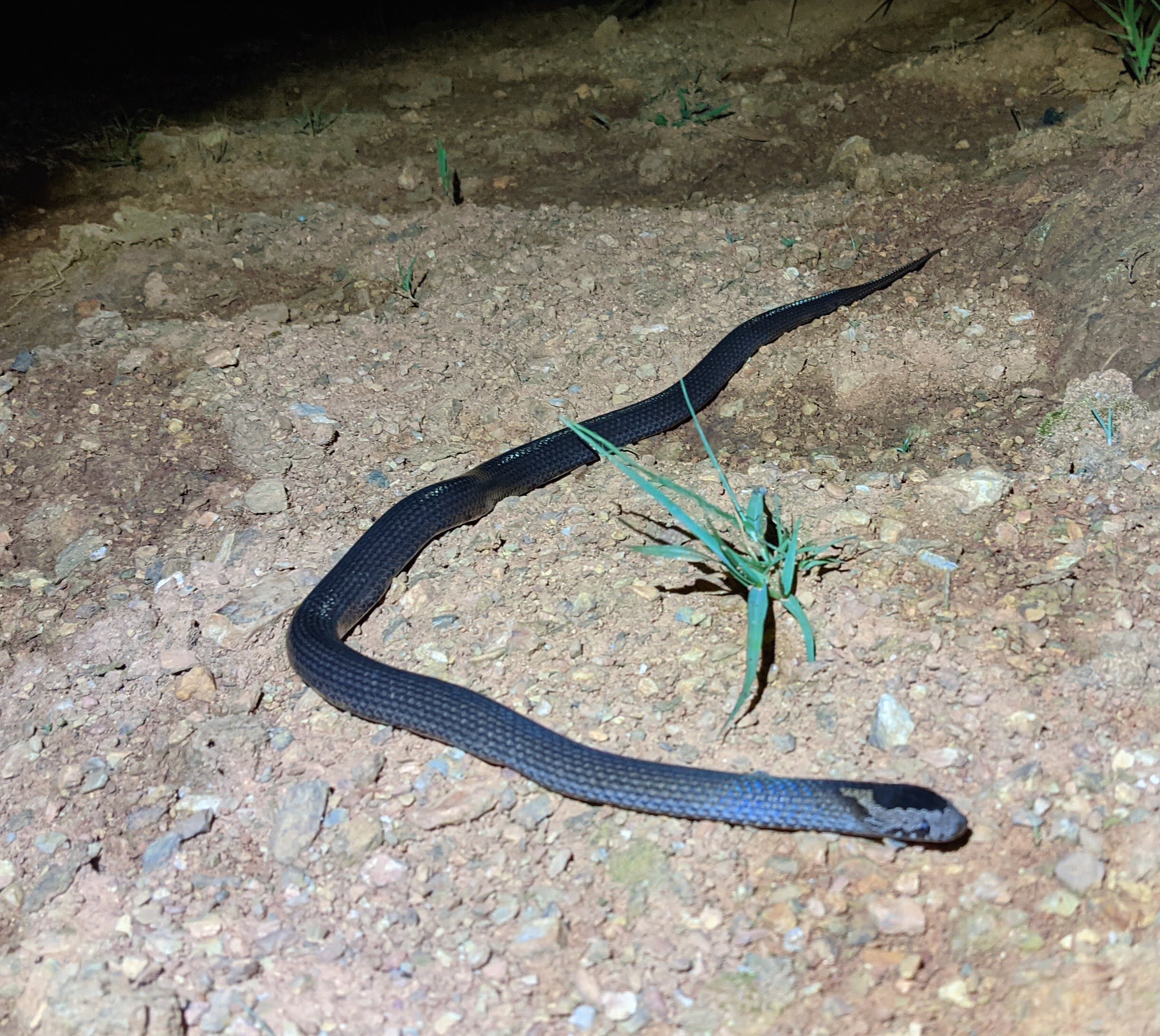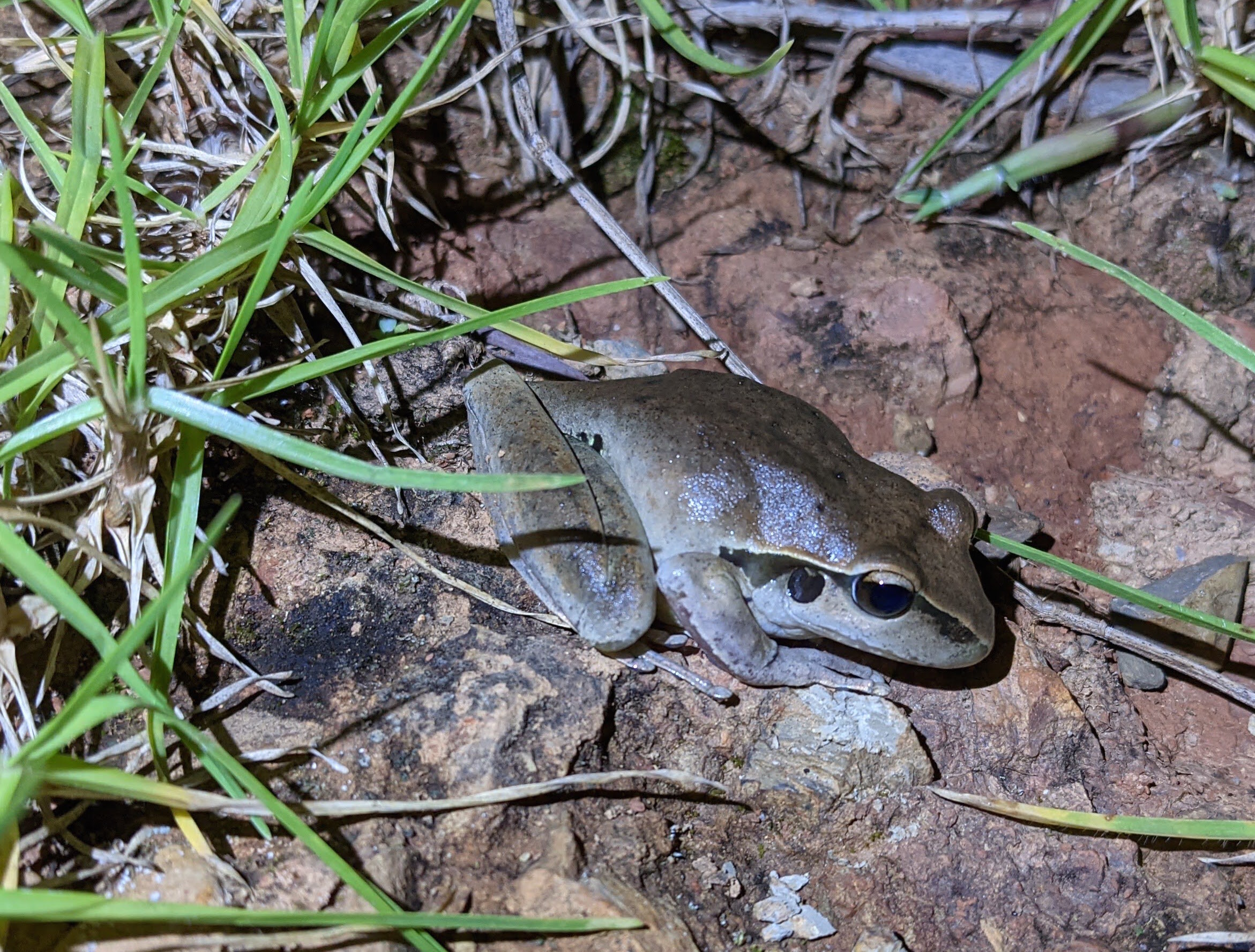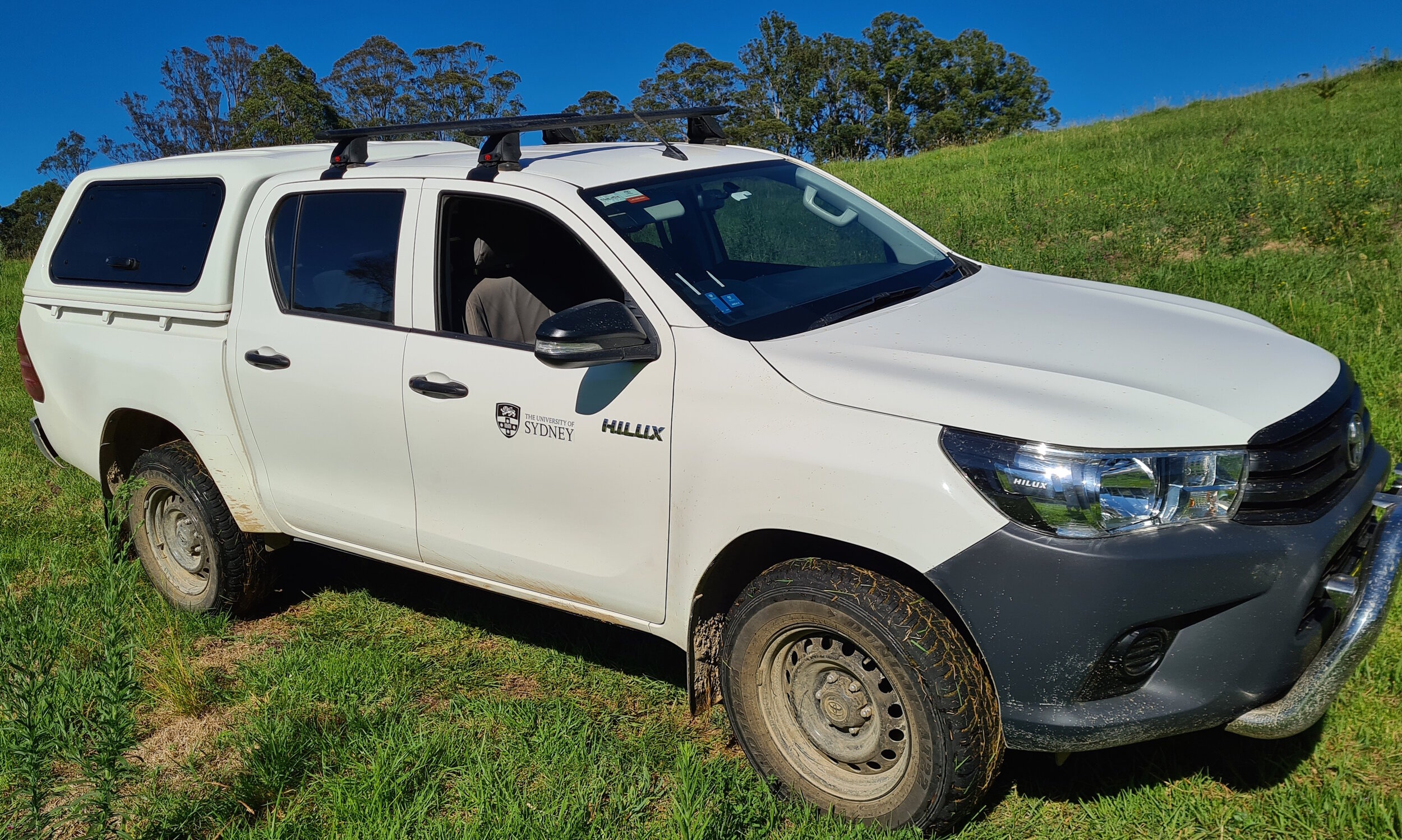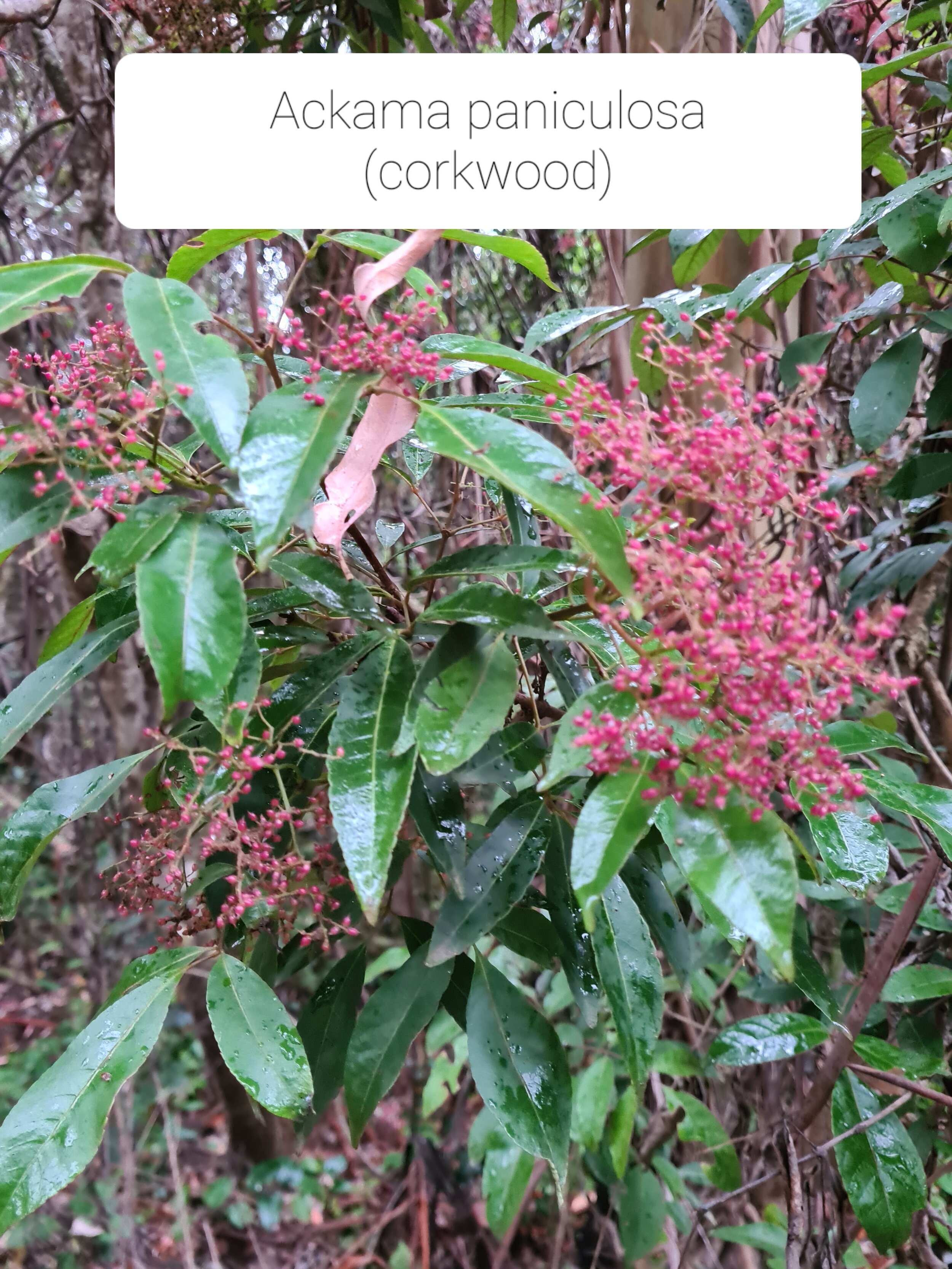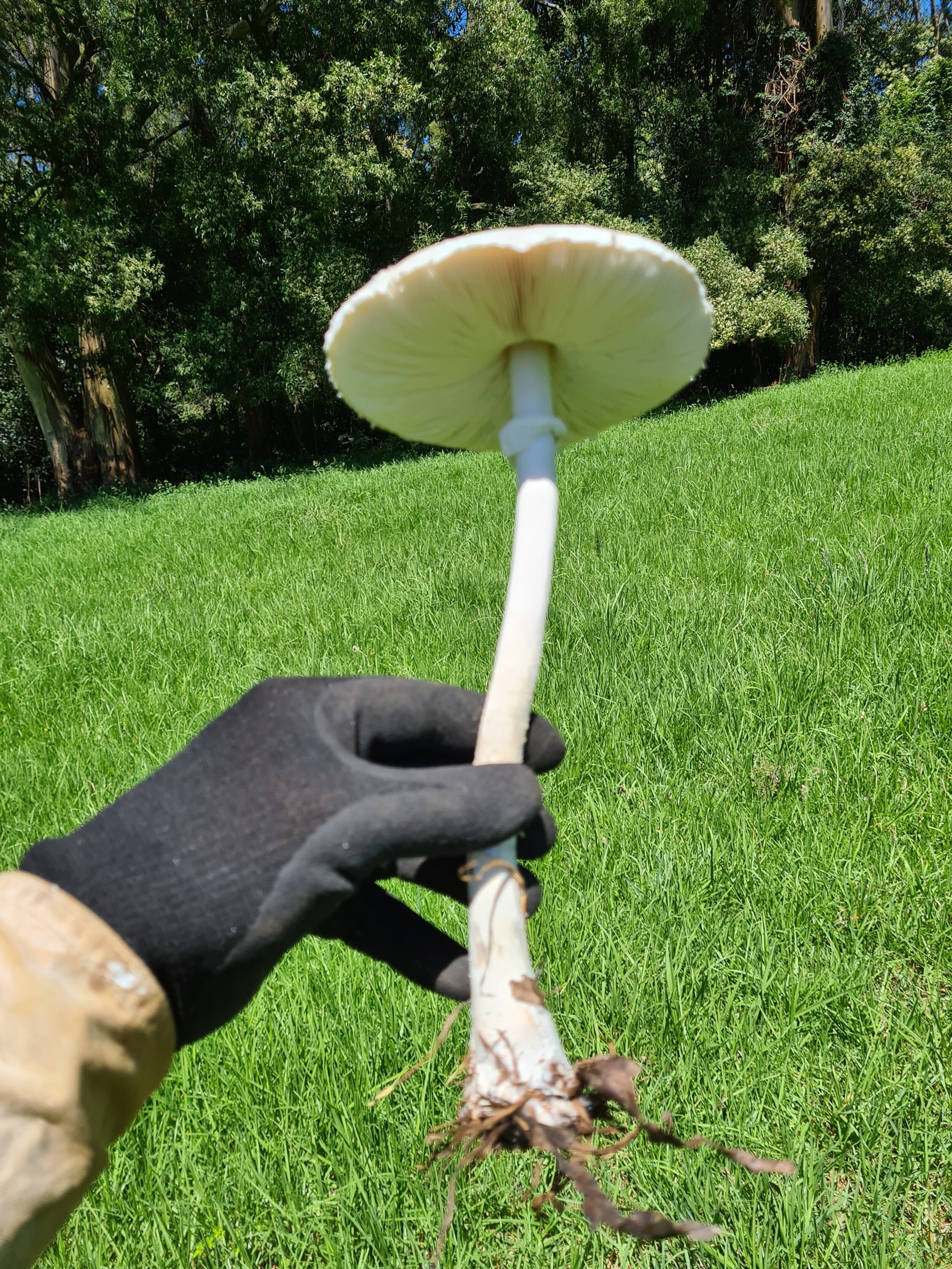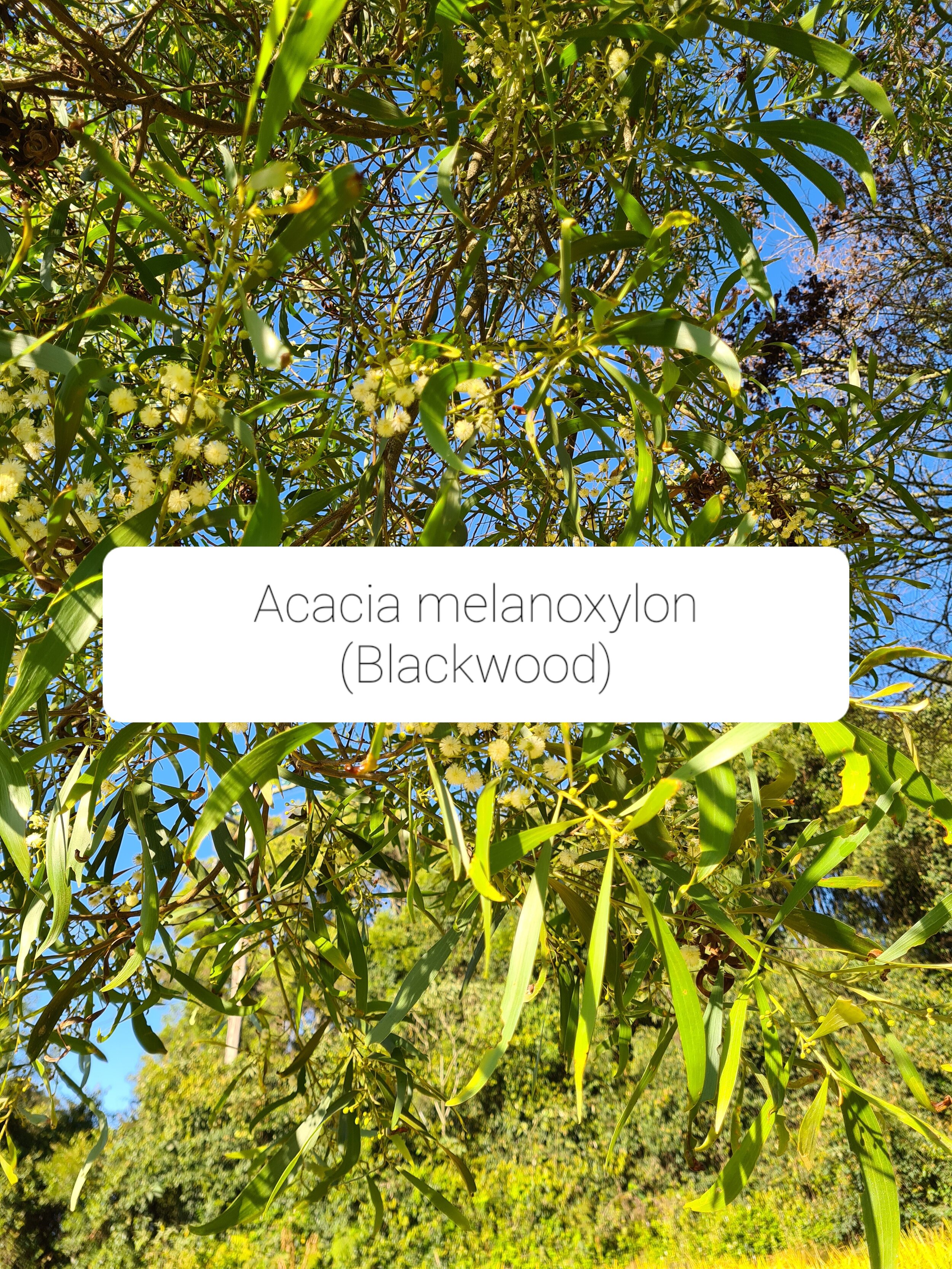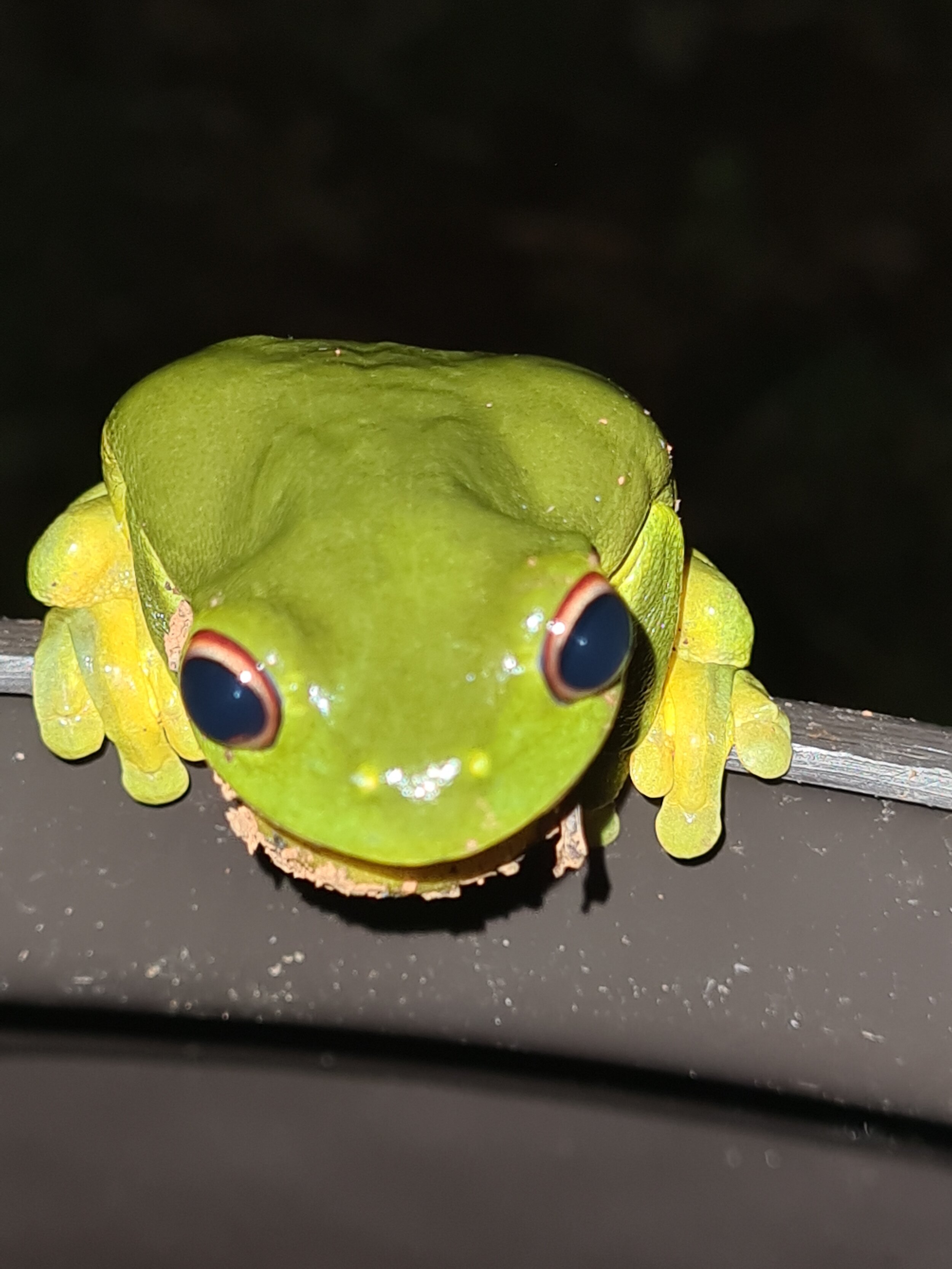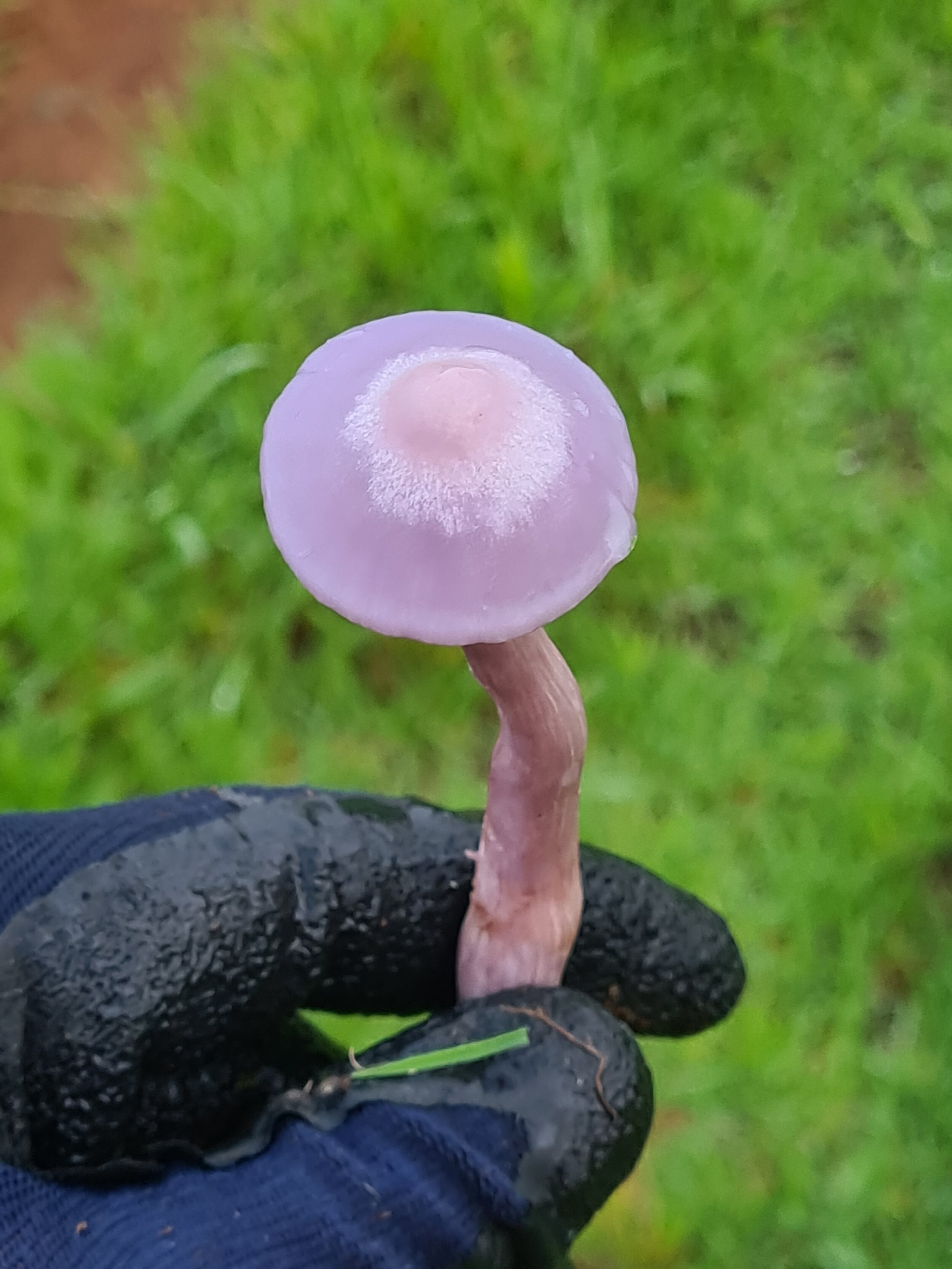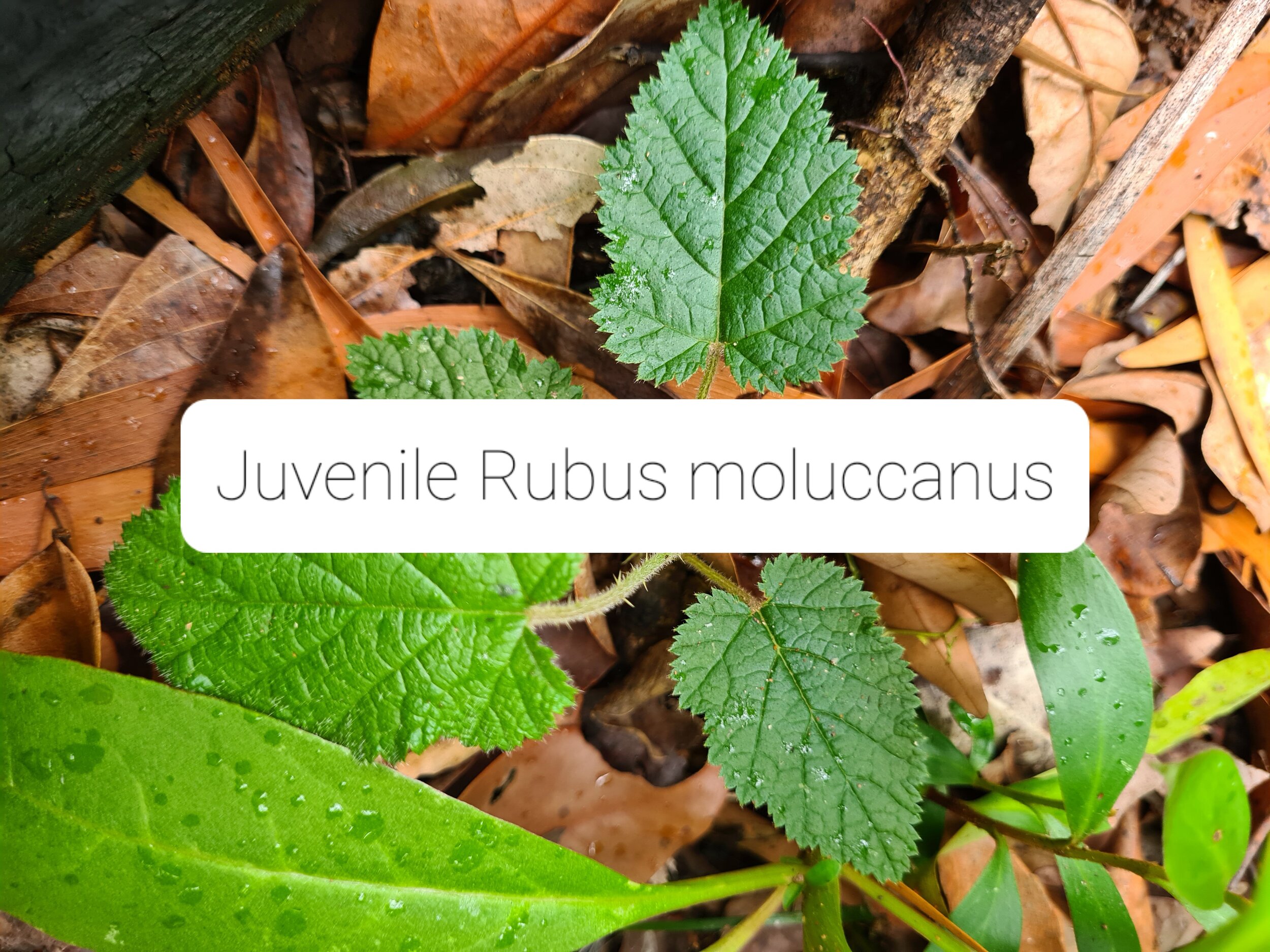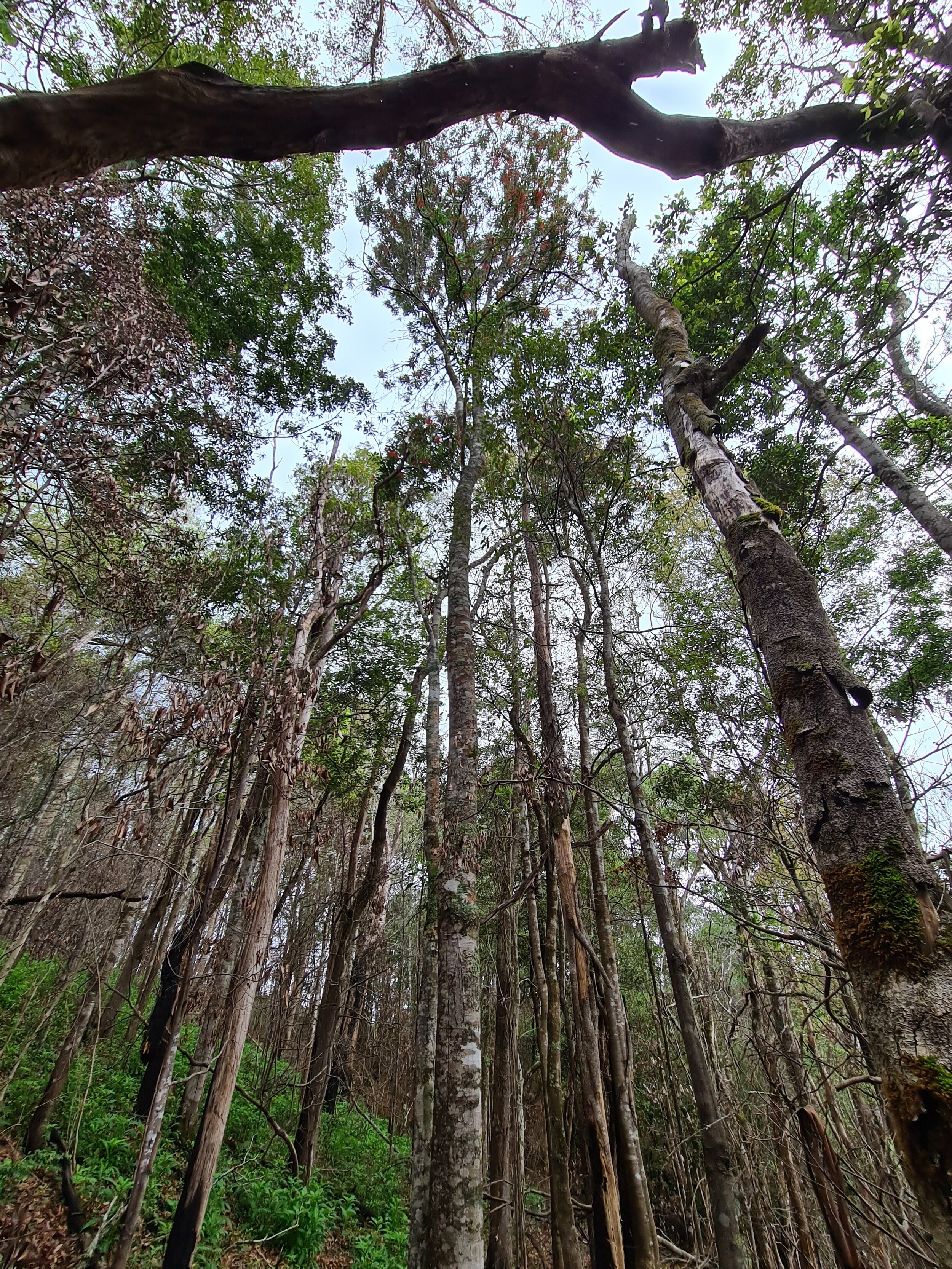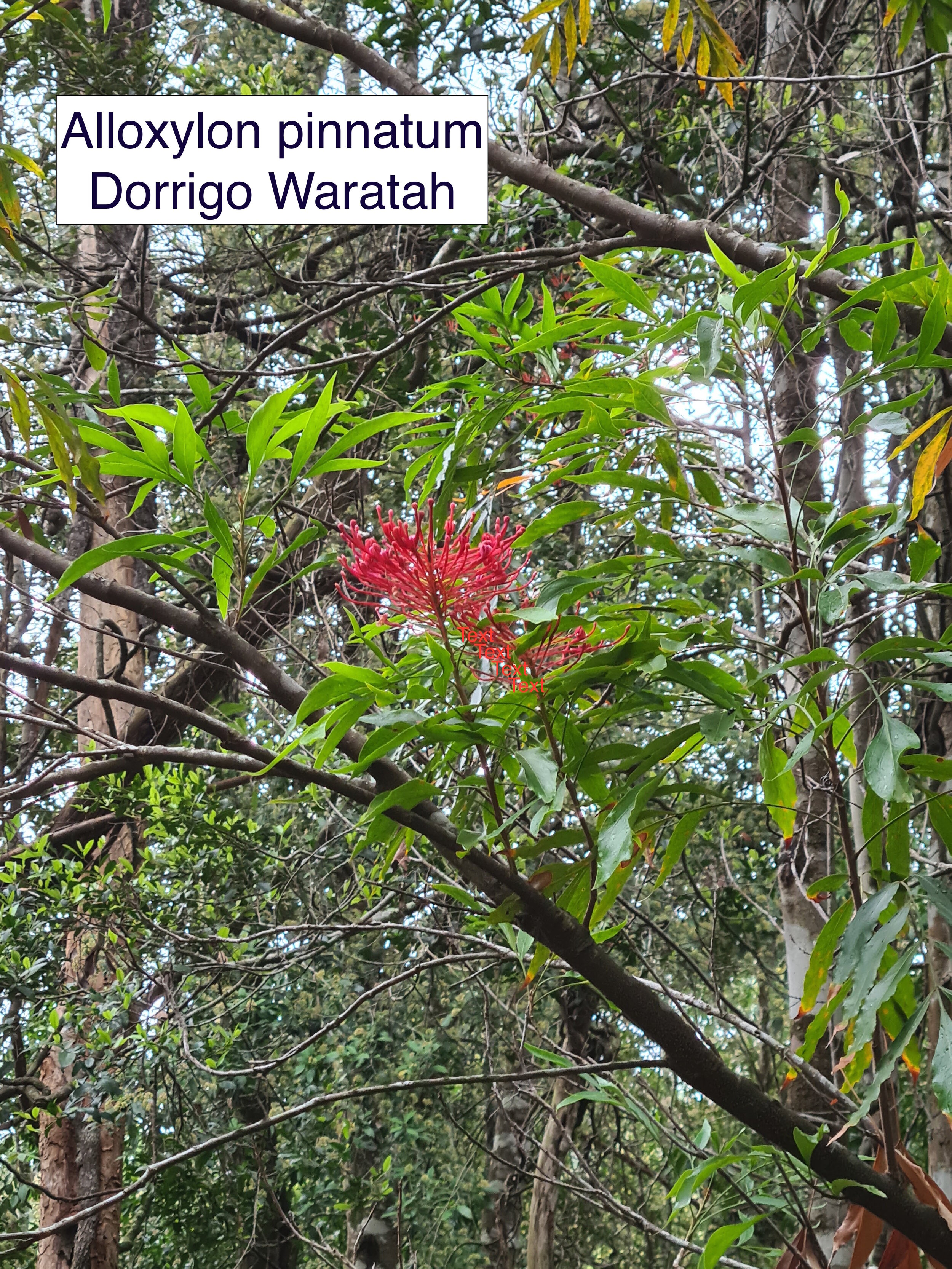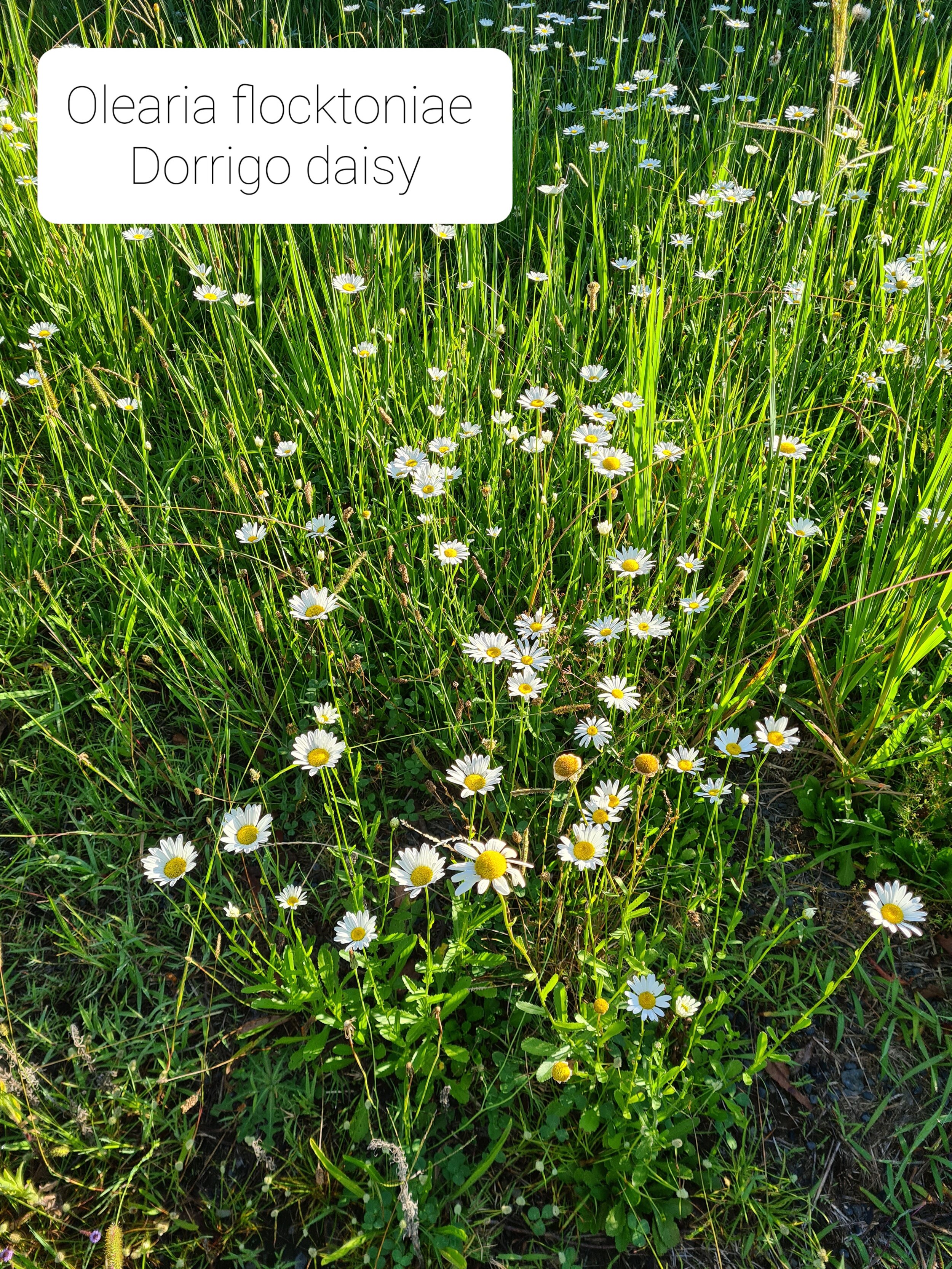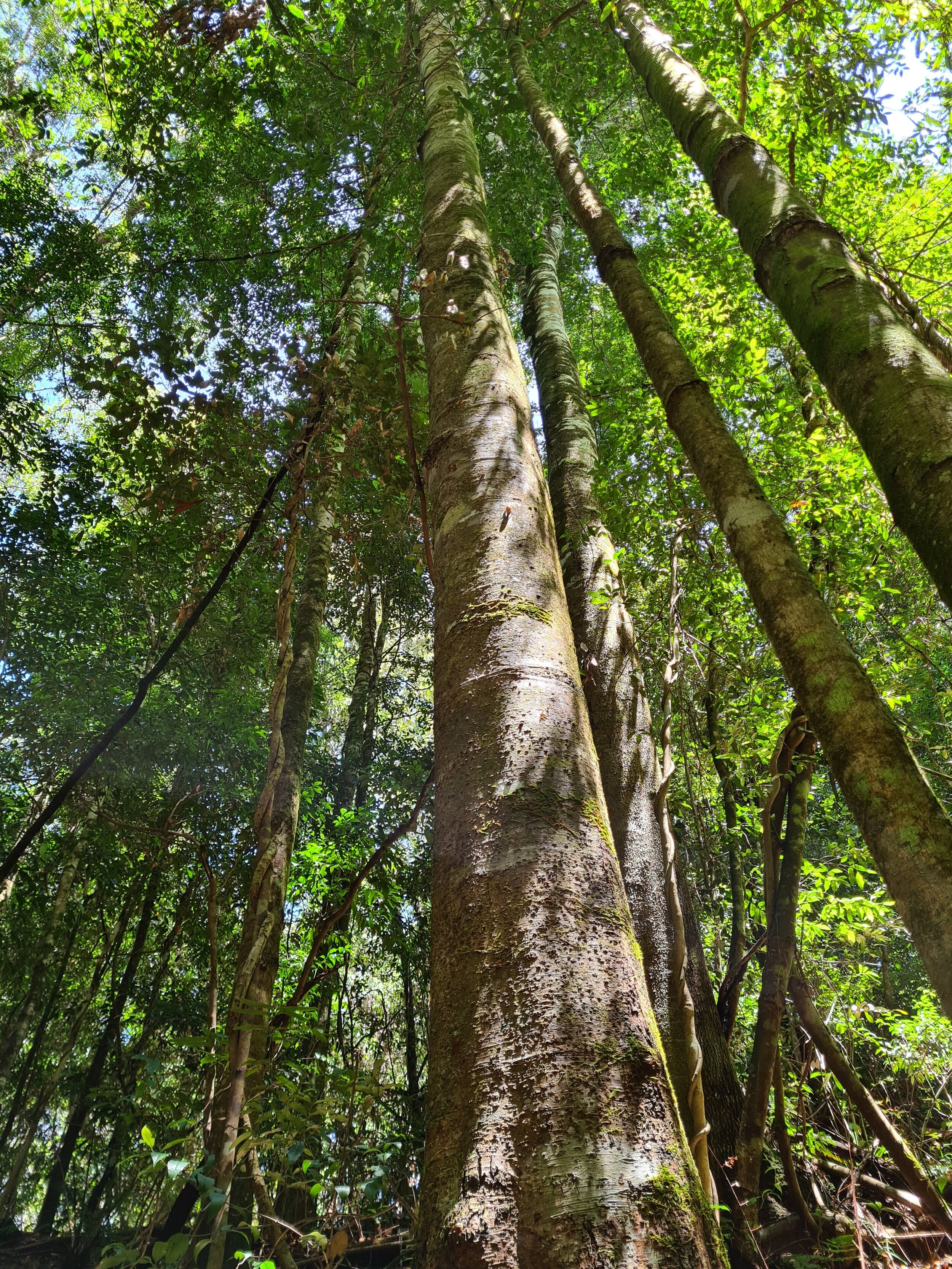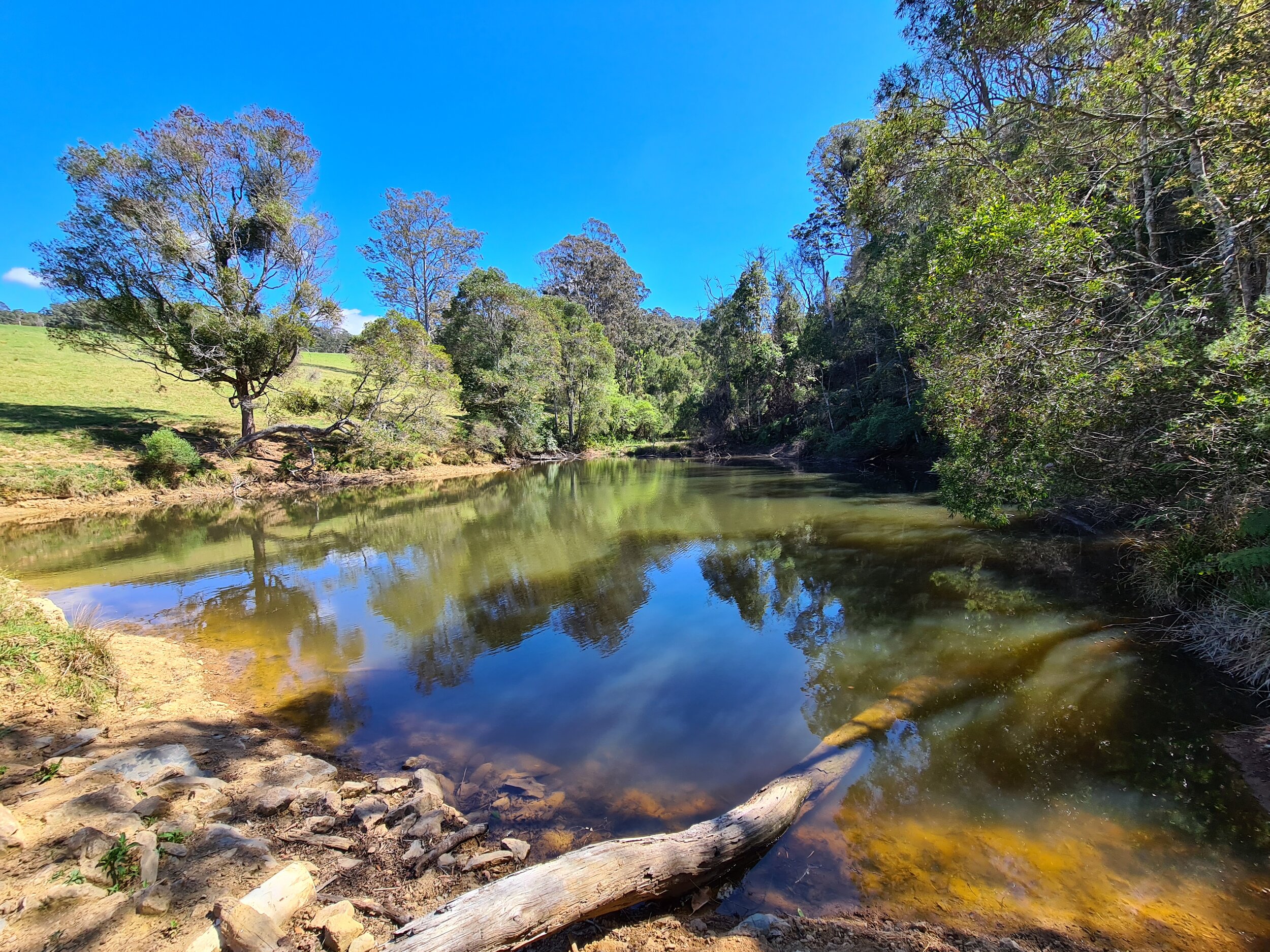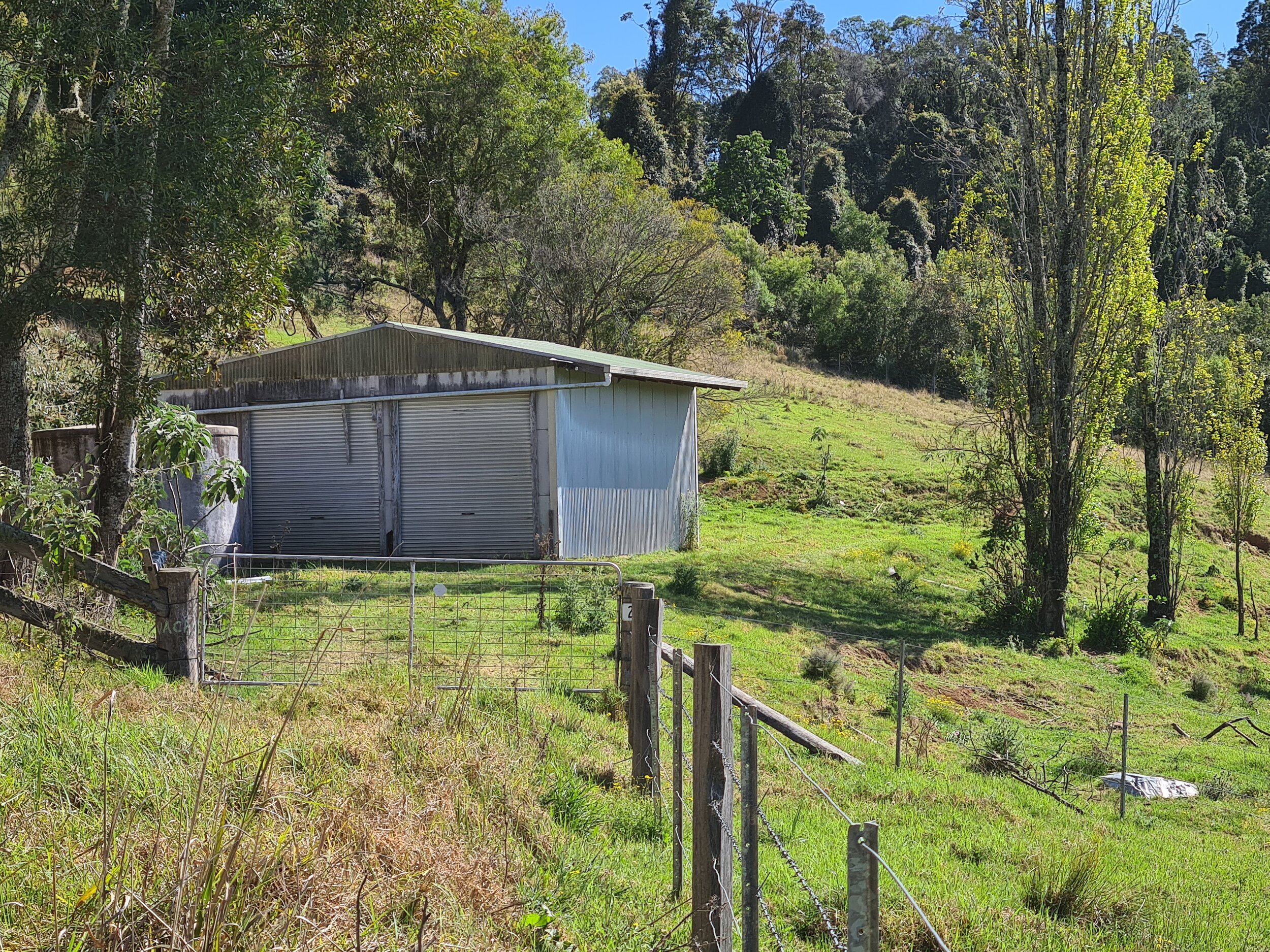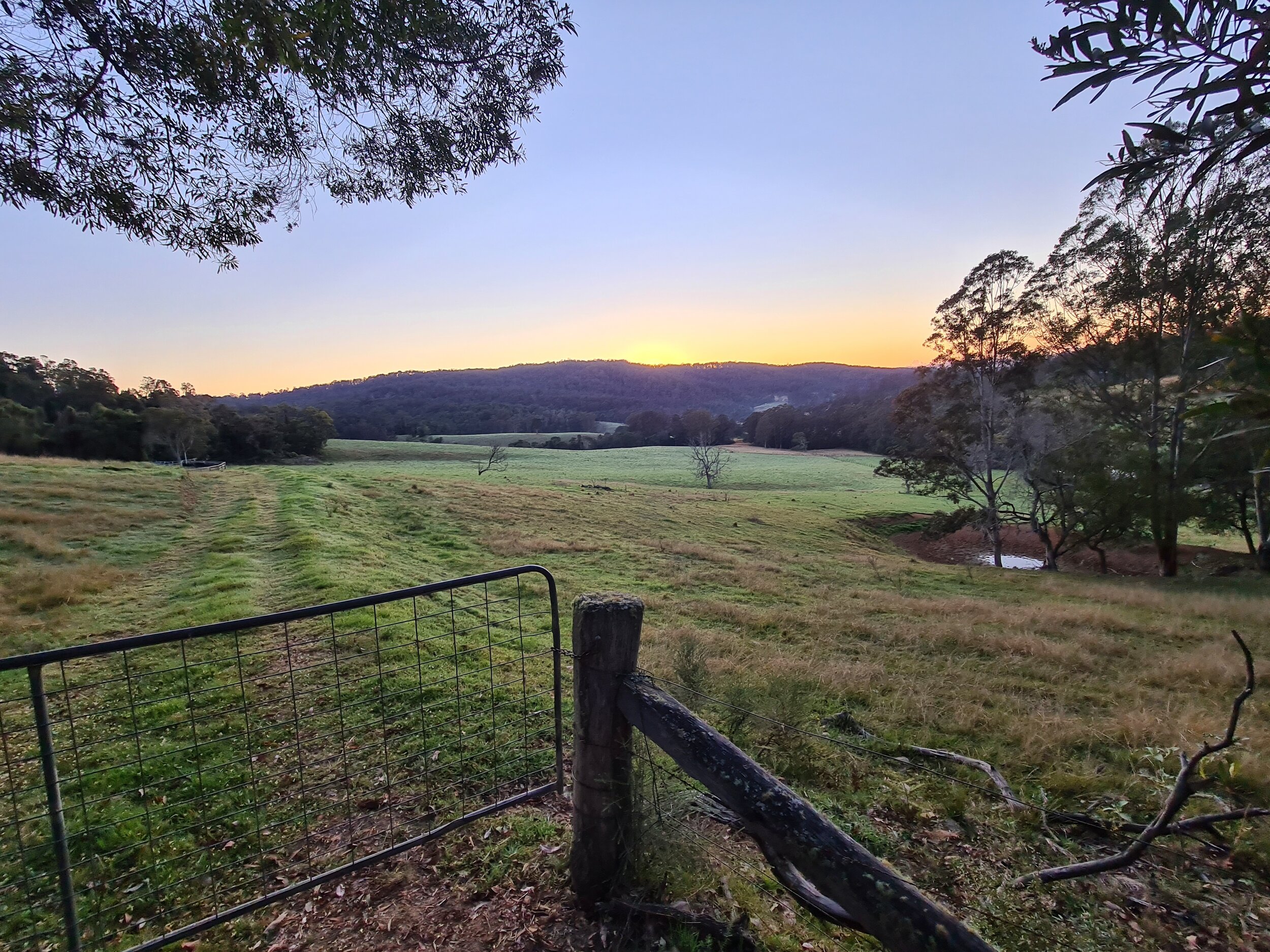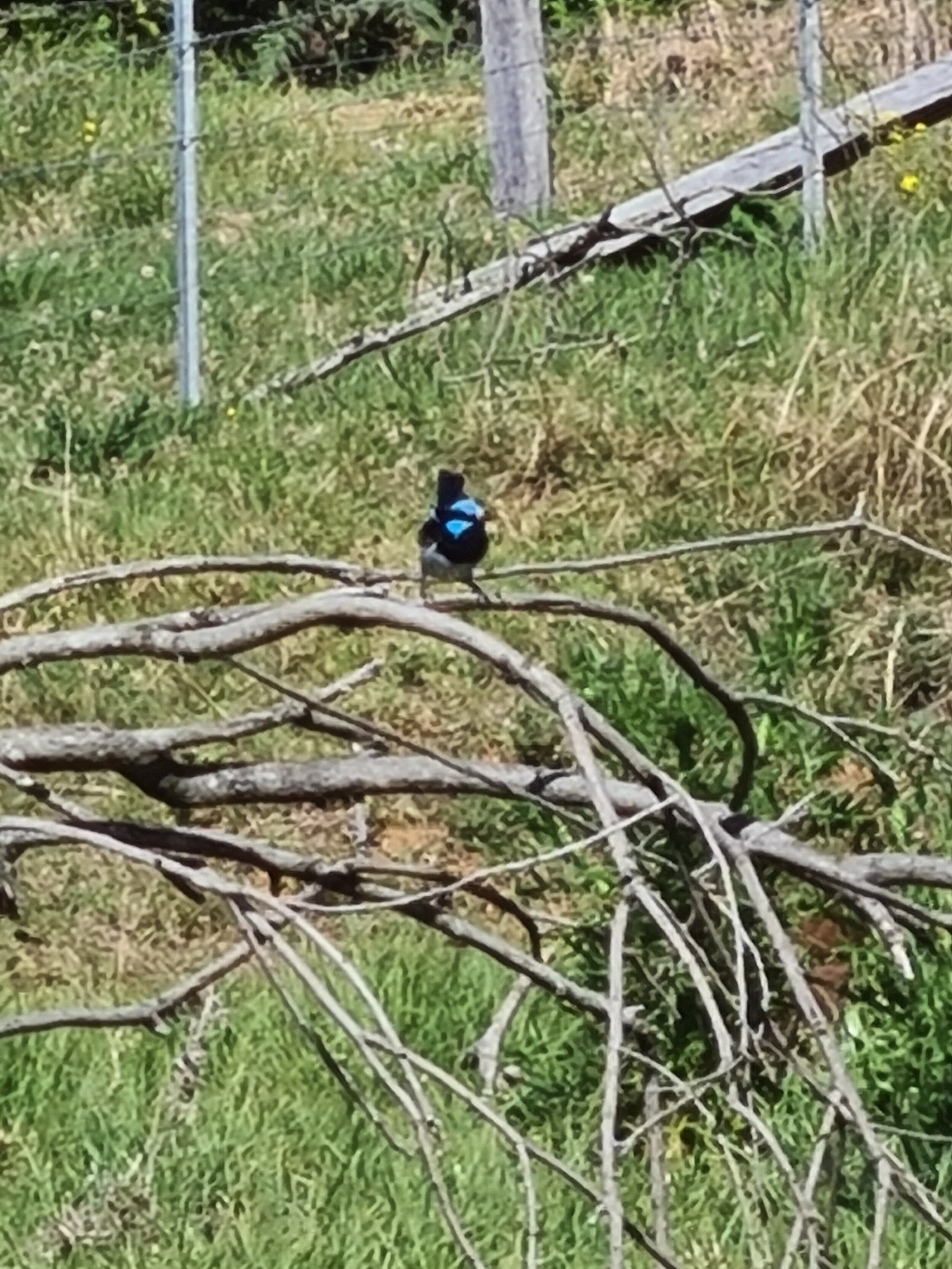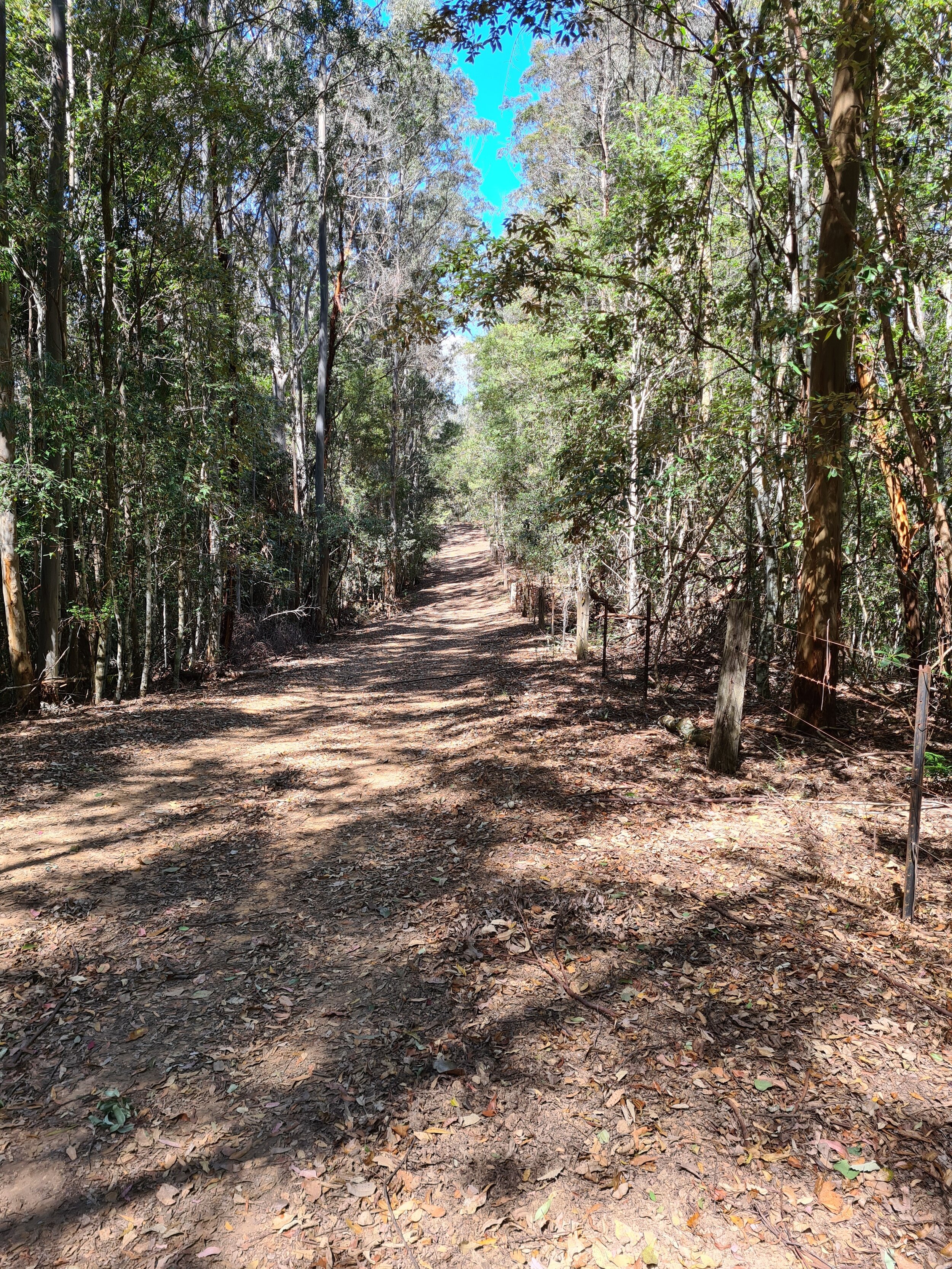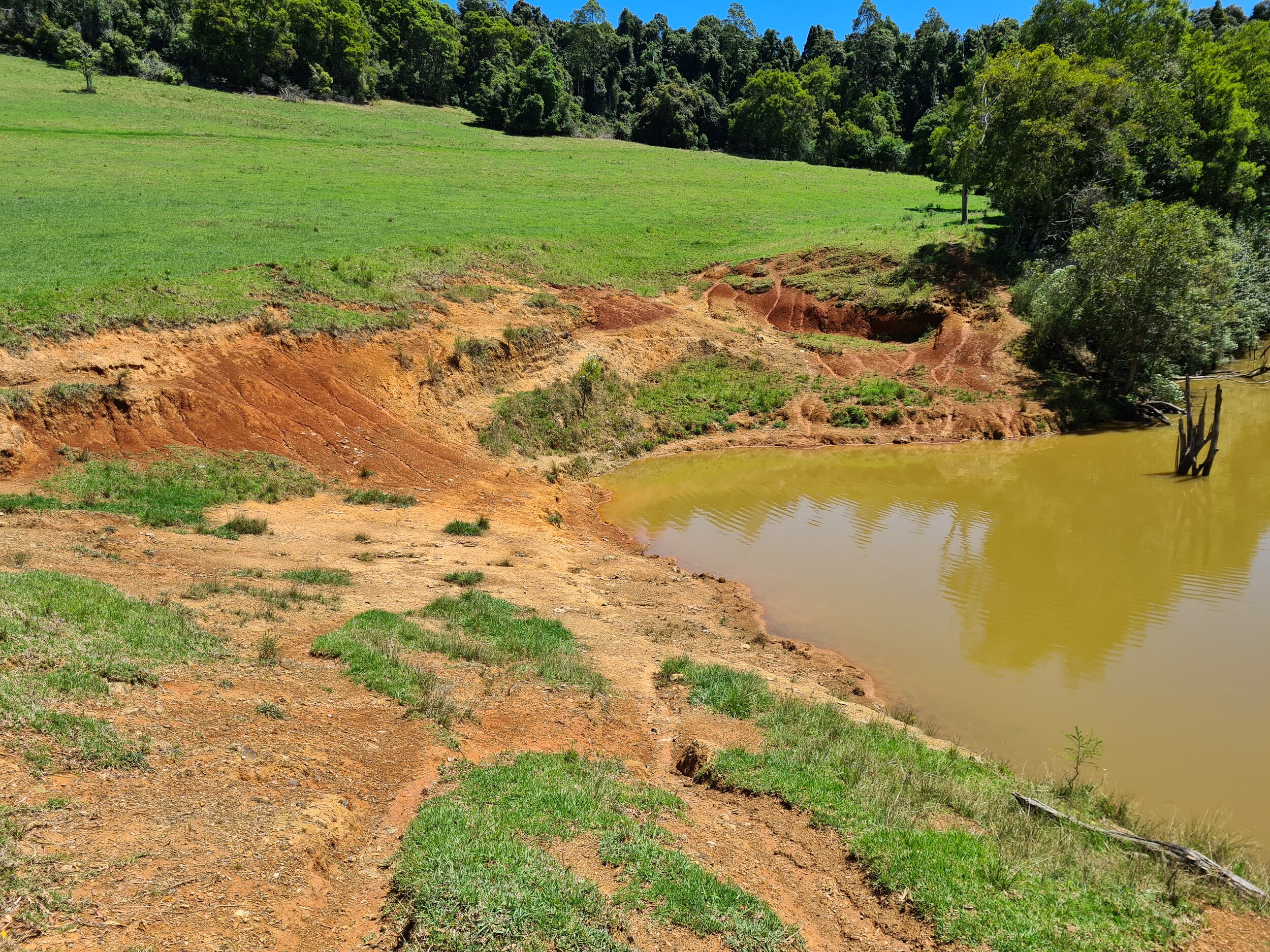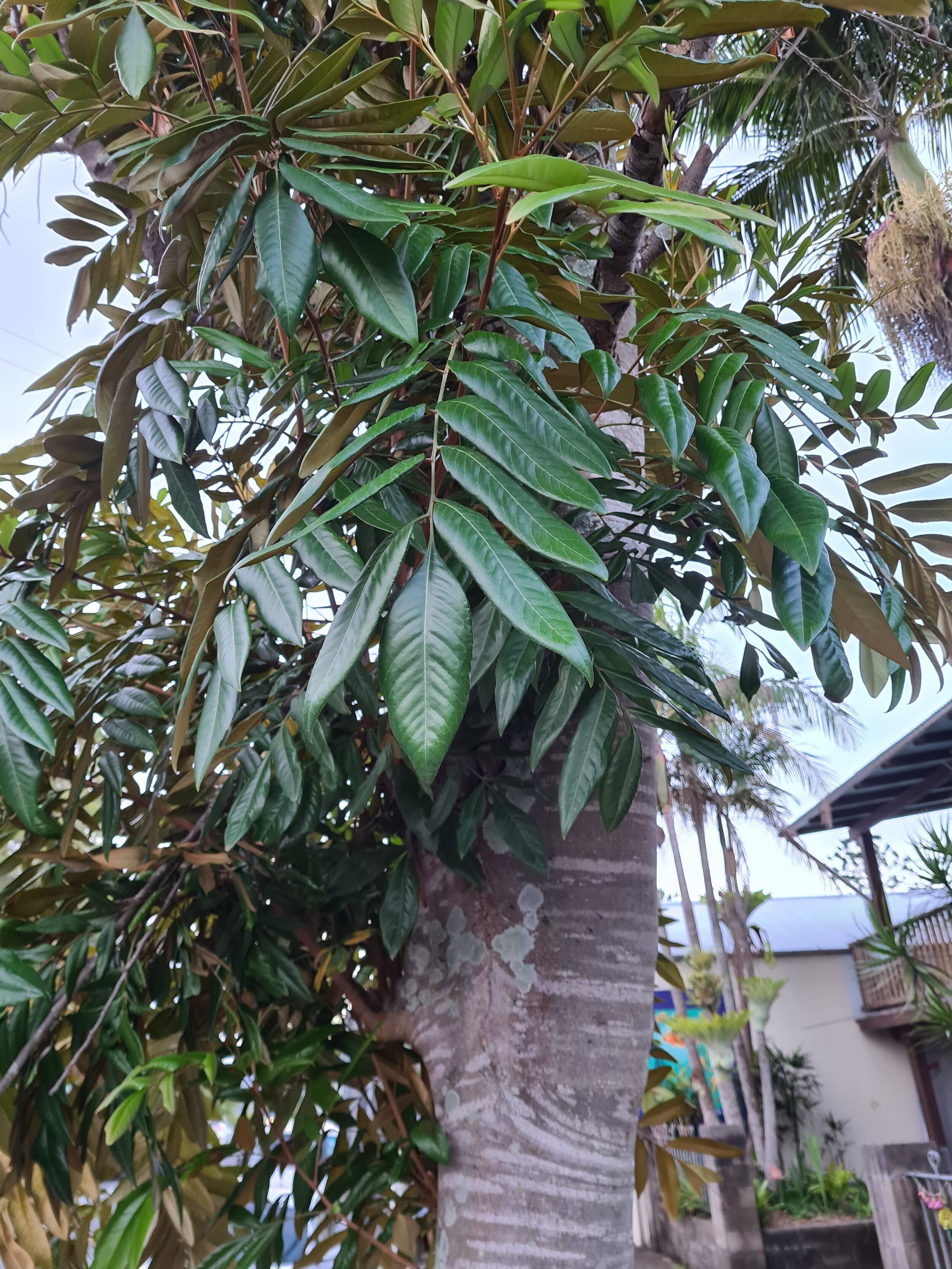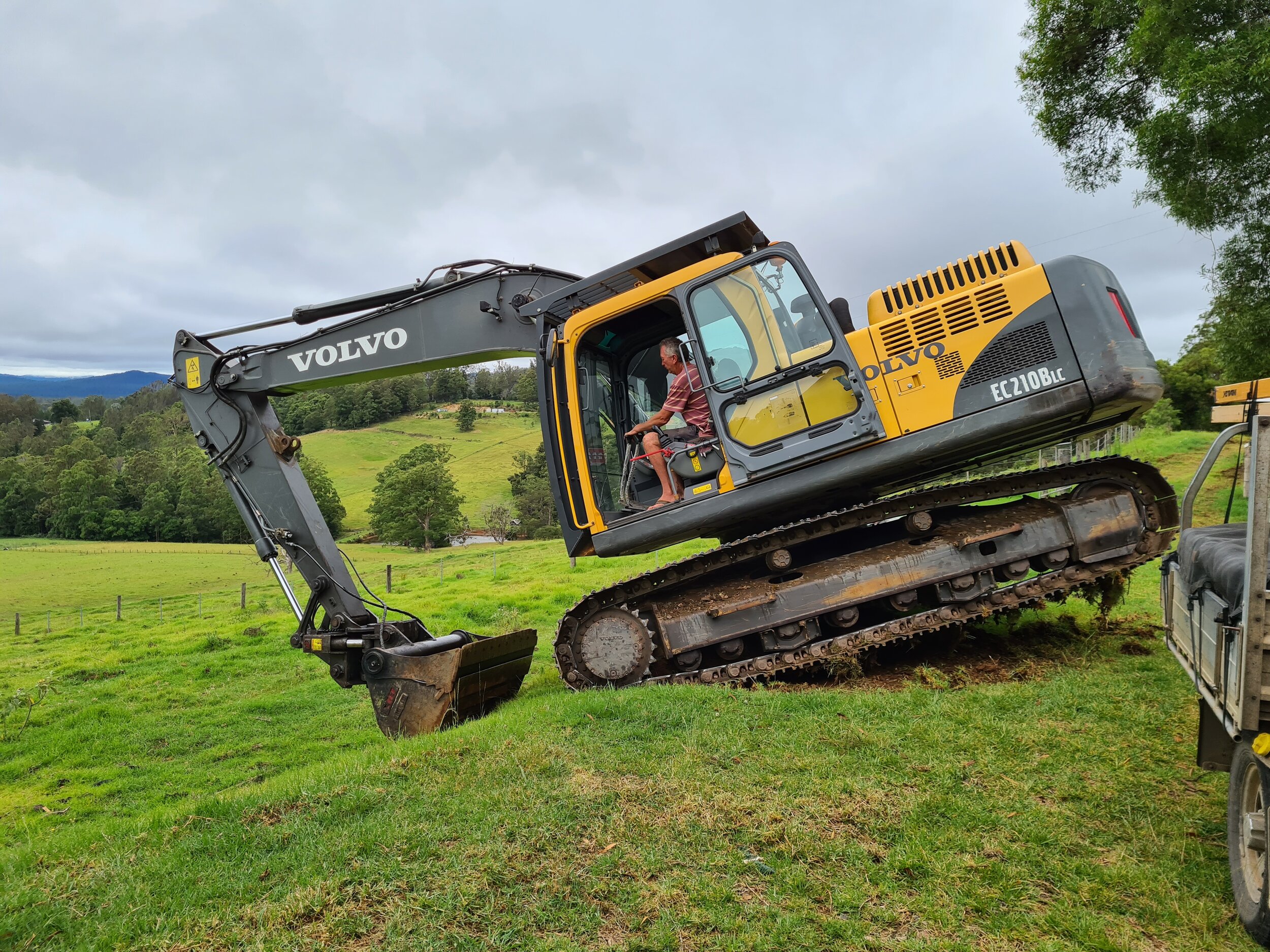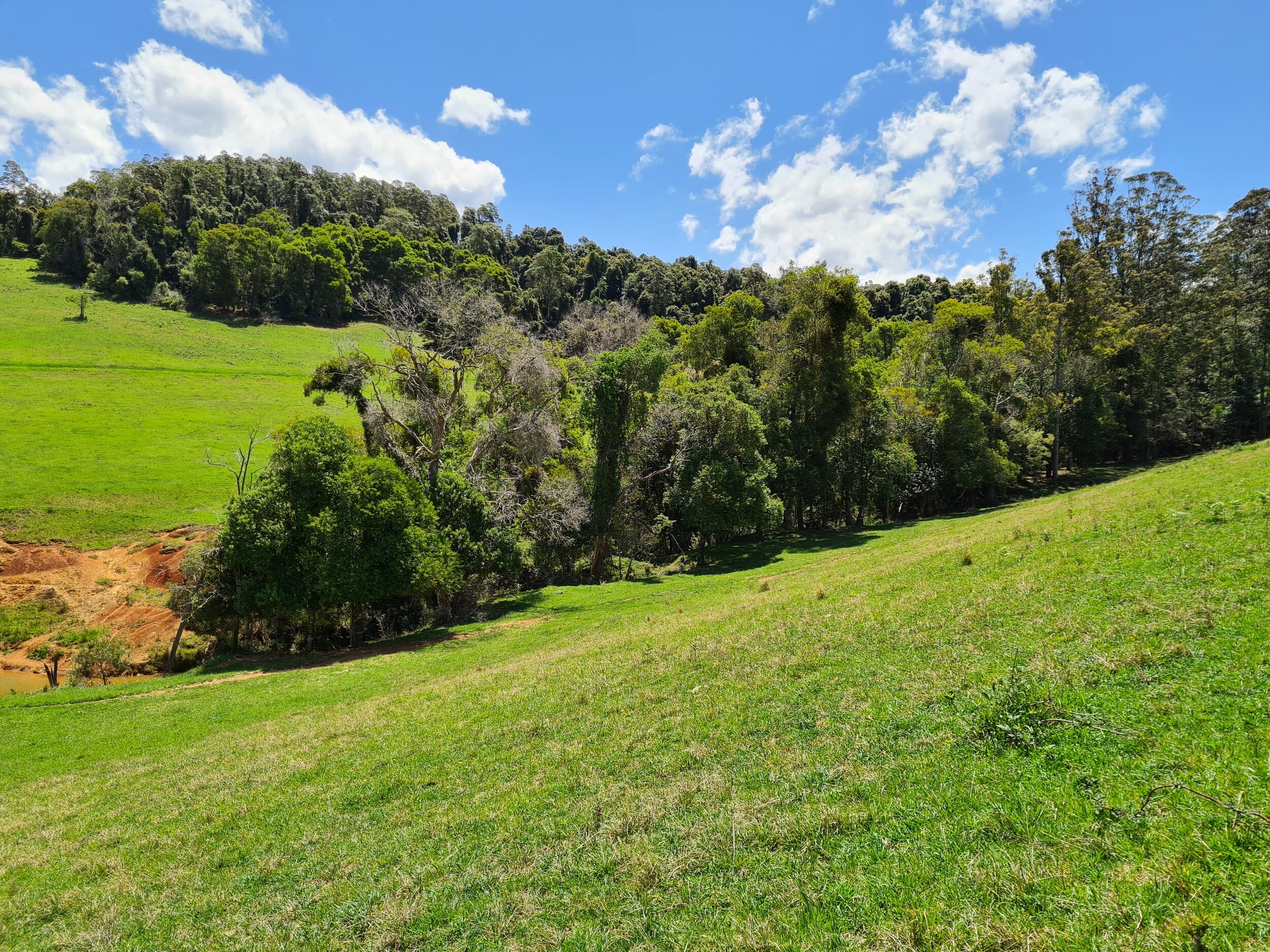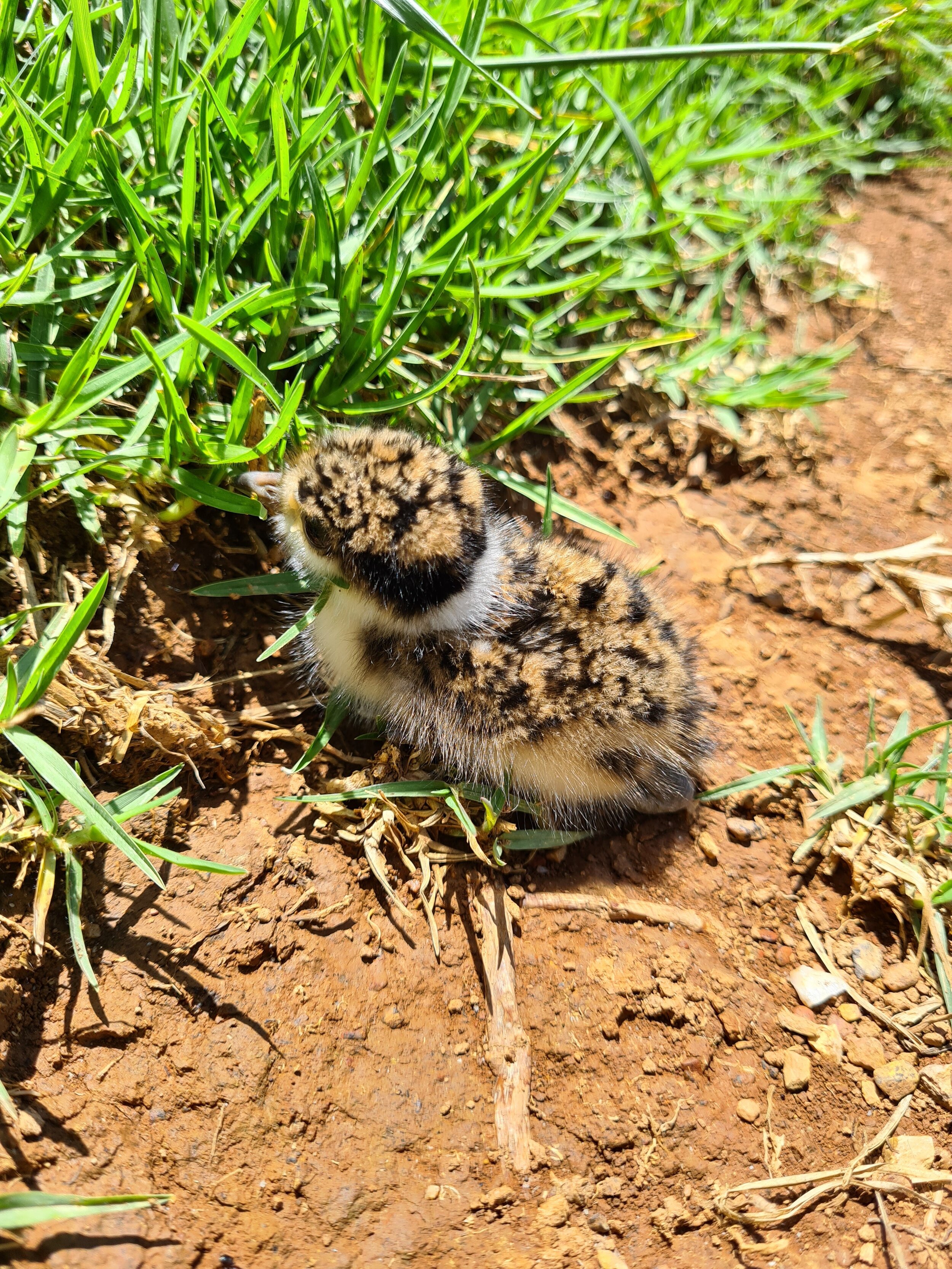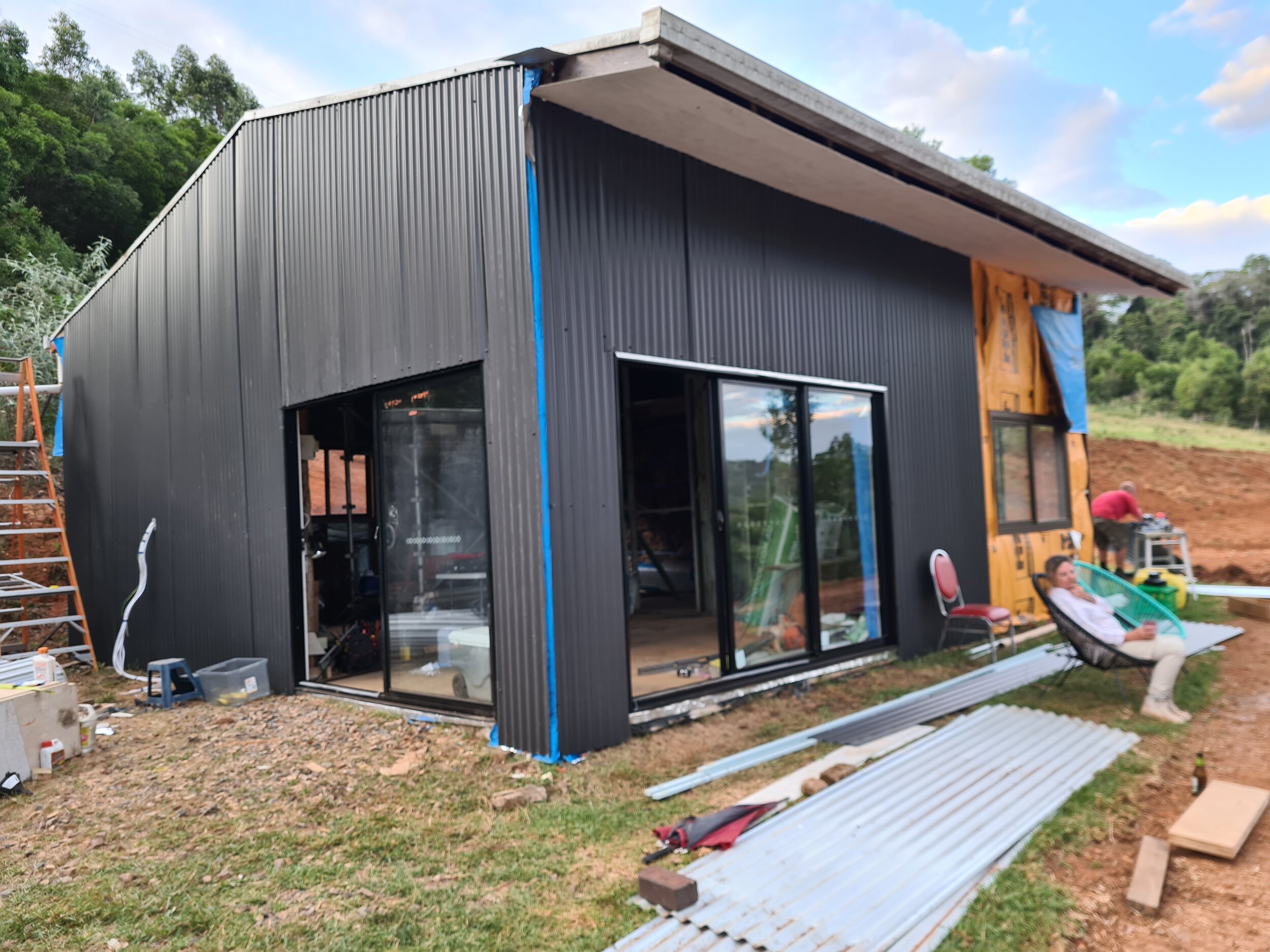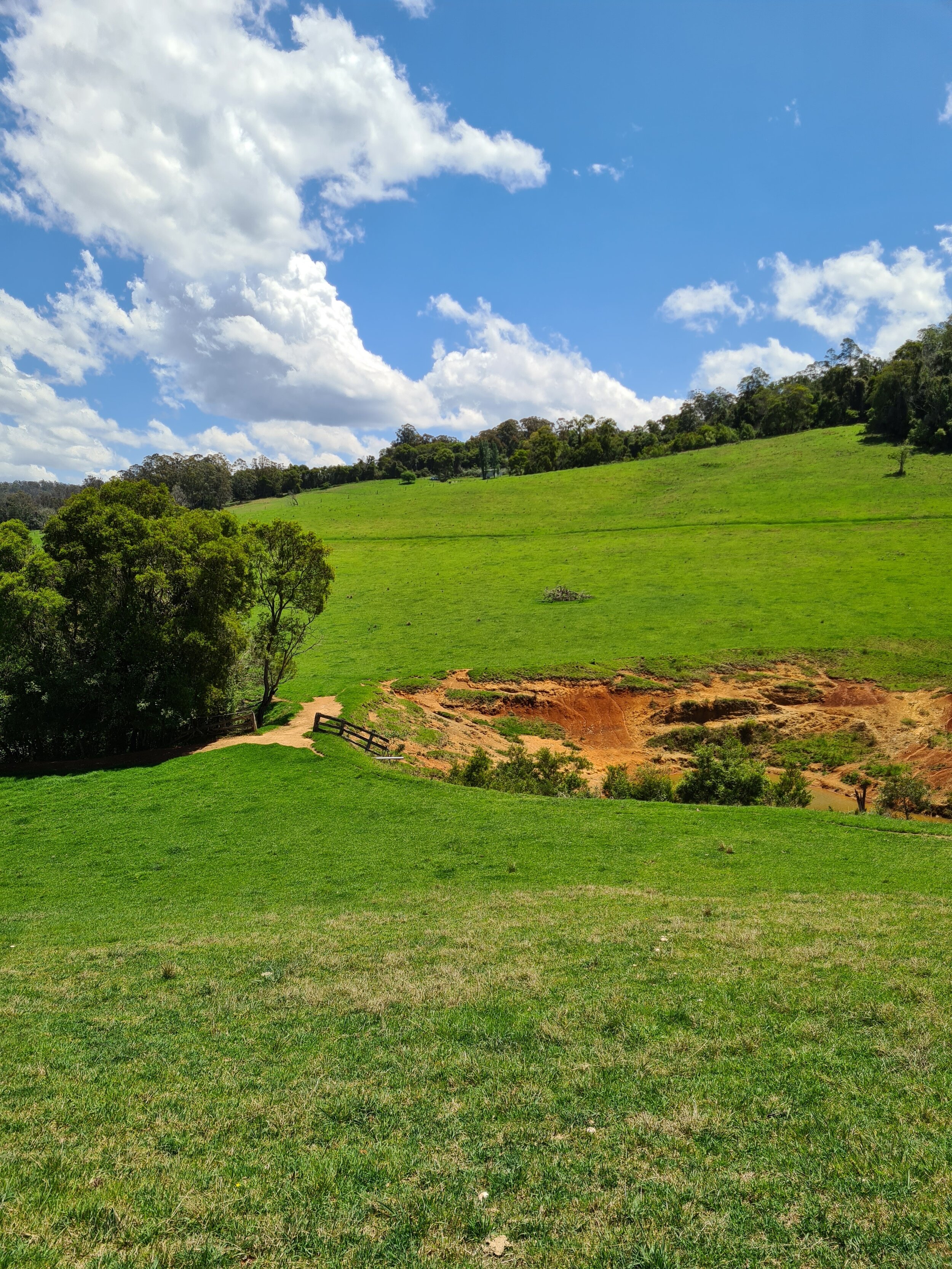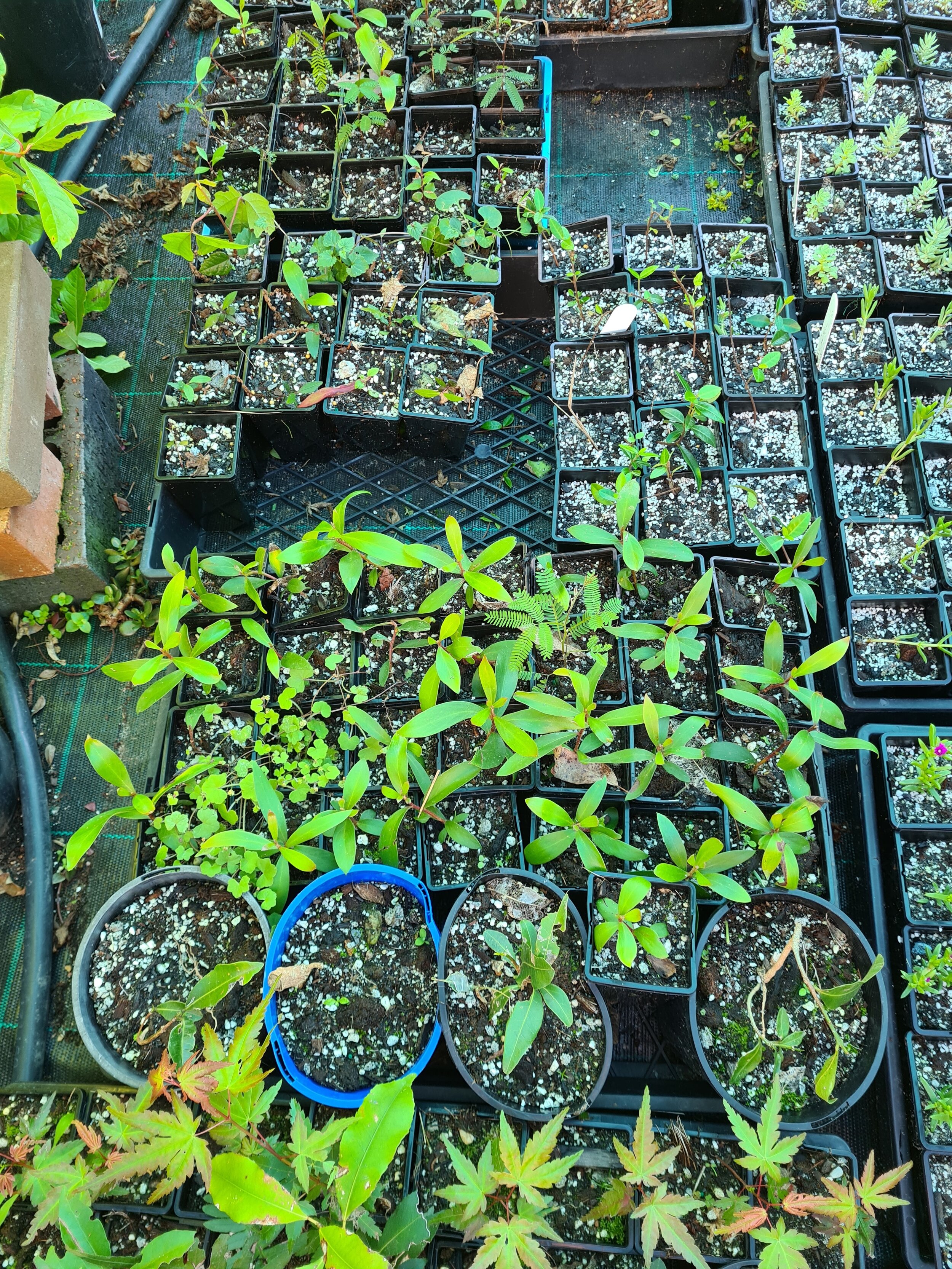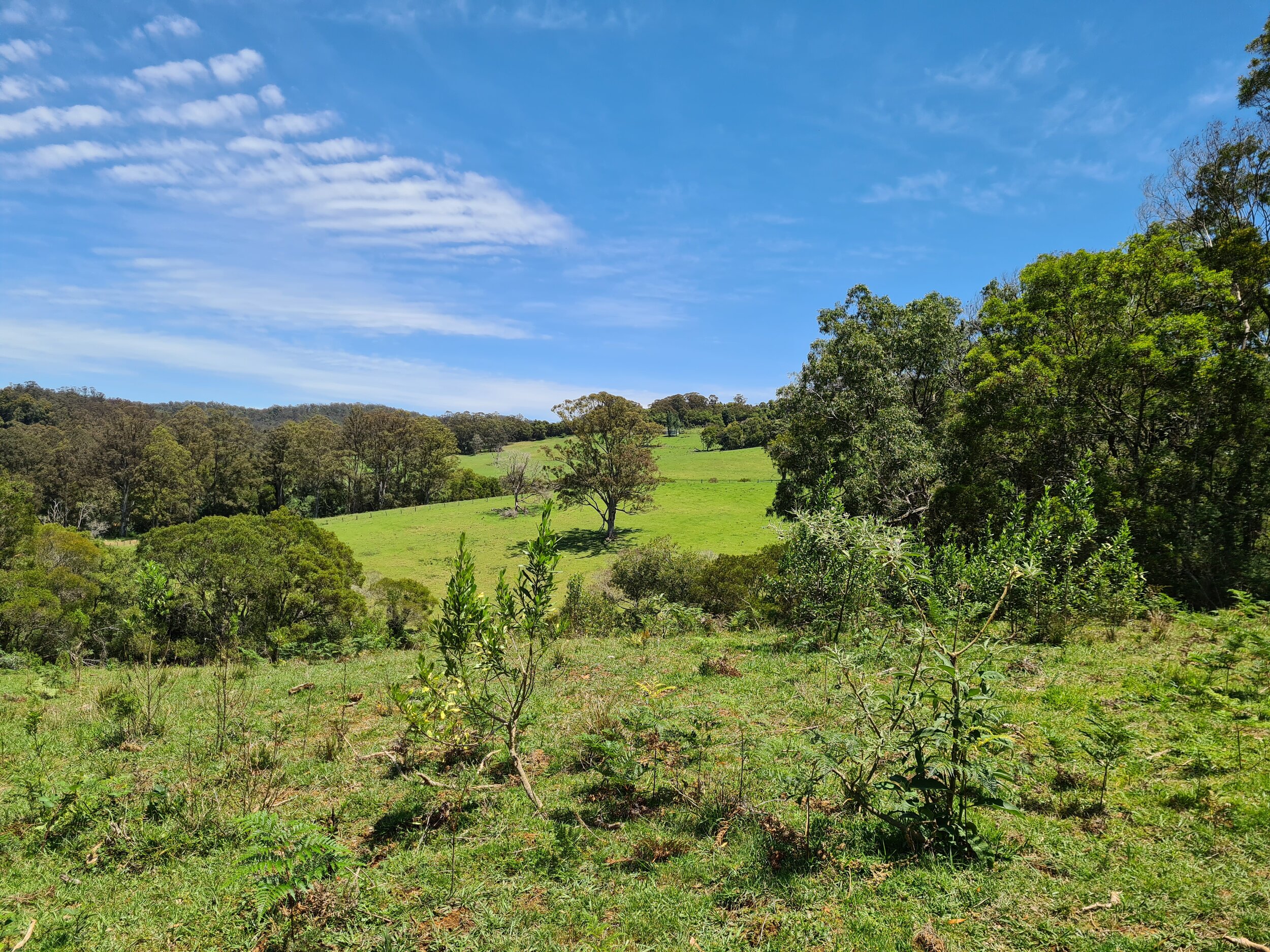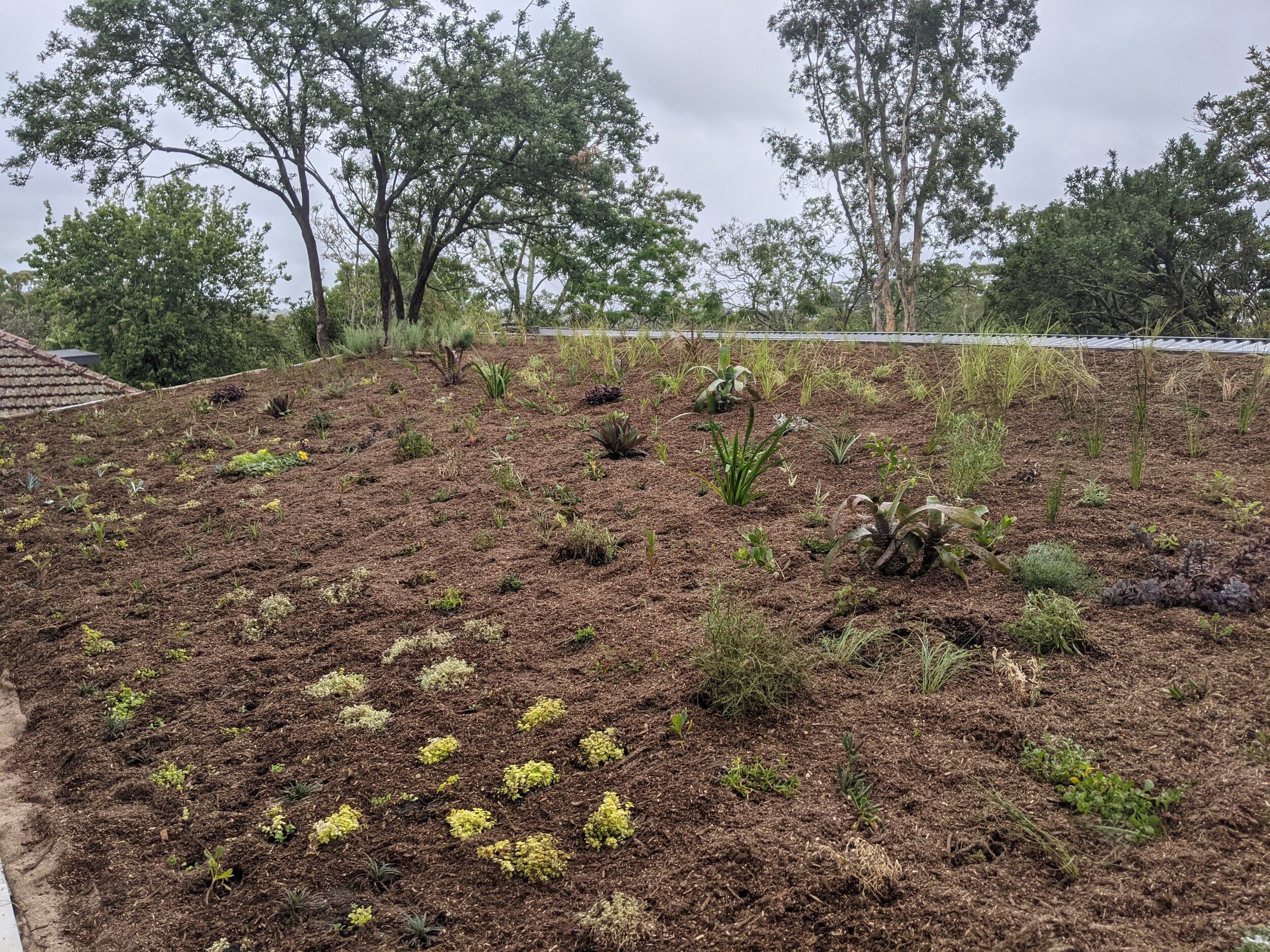What options are there?
Generally, in order to reduce heat islands, one strategy is to ensure that our outer building materials have a high so-called albedo. Albedo is a measure of how well a surface reflects energy. If a surface reflects a lot of light, it has a high albedo and looks white, whereas if the surface absorbs most of the light, it will look dark and have a low albedo. Black asphalt has a low albedo and is thus hot to walk across on a warm summer day.
The magic trick of green roofs for dissipating heat is vegetation and the evaporative cooling process coupled with the energy consumed during photosynthesis [6]. Evapotranspiration is the combined processes of evaporation and transpiration. Both processes result in evaporative cooling, the energy-requiring process in which water is transformed into its gaseous phase. The energy required is taken from the air, and so the temperature goes down. It’s essentially the same process when humans sweat to cool down.
Evapotranspiration increases with increased roof capillary capacity. The often-used well-drained soils of green roofs generally have quite low water holding capacity and water travels down preferential flow paths and macro-pore filling is low. However, materials like mineral wool (preferably phenol-formaldehyde free mineral wool) added underneath the soil layer improves macro pore space-filling and hence retention capacity significantly. This ultimately leads to better cooling due to increased evapotranspiration.
Despite the comparatively dark color of vegetated roofs and living walls, their albedo is still relatively high. Berardi et al. report albedo values of 0.7-0.85 for living roofs, which is significantly higher than the 0.1-0.2 measured for gravel, tar, or bitumen roofs. Many studies have been undertaken on how well green roofs can reduce heat island effects. One study from Hong Kong showed that grey roofs stored 75% more heat than green roofs.
Also, we should not forget that air conditioning units simply are transferring heat from the inside-to-the-outside actually exacerbating the whole heat island problem. Air-conditioners are frankly a terrible and unsustainable way to cool our indoor urban environment.
Roofs covered with a thin layer of growing media and hardy plants act similar to trees, emitting moisture and shading the area beneath. A natural air conditioner. Of course they have other benefits like saving energy costs, absorbing pollution, collecting dust whilst converting carbon dioxide into carbon. As a horticulturalist I always think of it this way; a plant generally cannot survive in temperatures over 50 degrees Celsius, our roofs in Australia typically get to 70+ in Summer. Green roofs work very well, so I can say that green roofs cannot get over 50 degrees with the aid of plants, thus reducing ambient temperatures.
The USA EPA states “Green roof temperatures can be 30–40°F lower than those of conventional roofs and can reduce city-wide ambient temperatures by up to 5°F. 1,2. In addition, green roofs can reduce building energy use by 0.7% compared to conventional roofs, reducing peak electricity demand and leading to an annual savings of $2.30 per M2 of the roof’s surface.” 4.
The Good Practice Guide to Cooling Cities representing 80 of the worlds leading cities states:
Covering a roof with a layer of vegetation that shades building materials, which would otherwise absorb heat, can reduce temperatures. Evapotranspiration provides cooling effect, as water is evaporated from the soil and plants that transpire by taking water in through roots and releasing it through leaves, a process that uses the ambient heat and consequently lowers surrounding temperatures. 5.
Green roofs will improve the building’s energy consumption and save money, but the magnitude will depend on building characteristics. Local climate, current insulation, building height, exposure to sun. Nonetheless, don’t forget that this is only one of the many benefits of vegetated roofs.
Please free to contact me for the design of you green roof system. Robert Griffith +61 468 787 071.
Measuring green roof performance?
Urbanscape by Knauf Insulation has even developed some clever software that can show your clients how much less heat will be emitted from your building. On top of this it will show energy savings and reduced water use.

